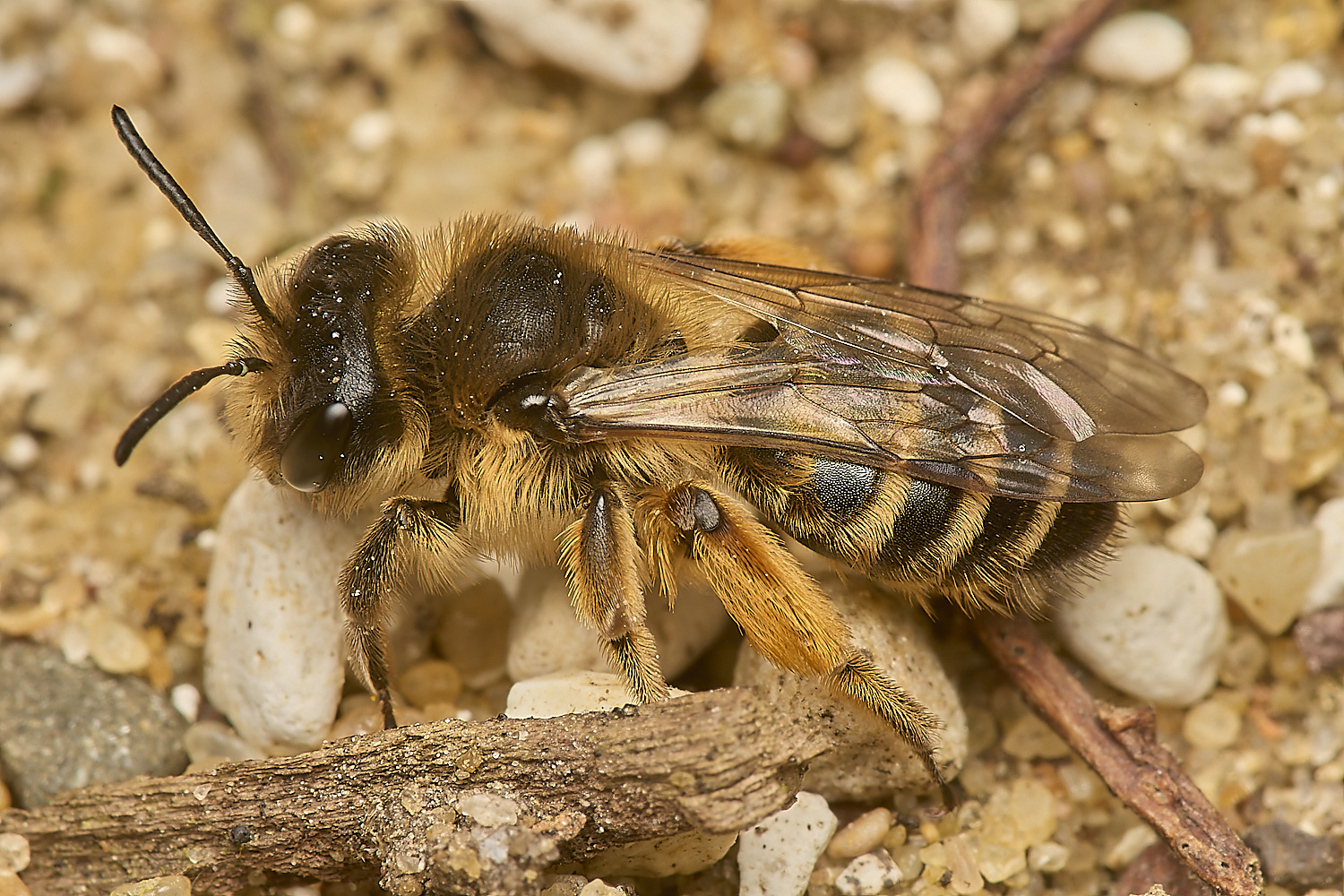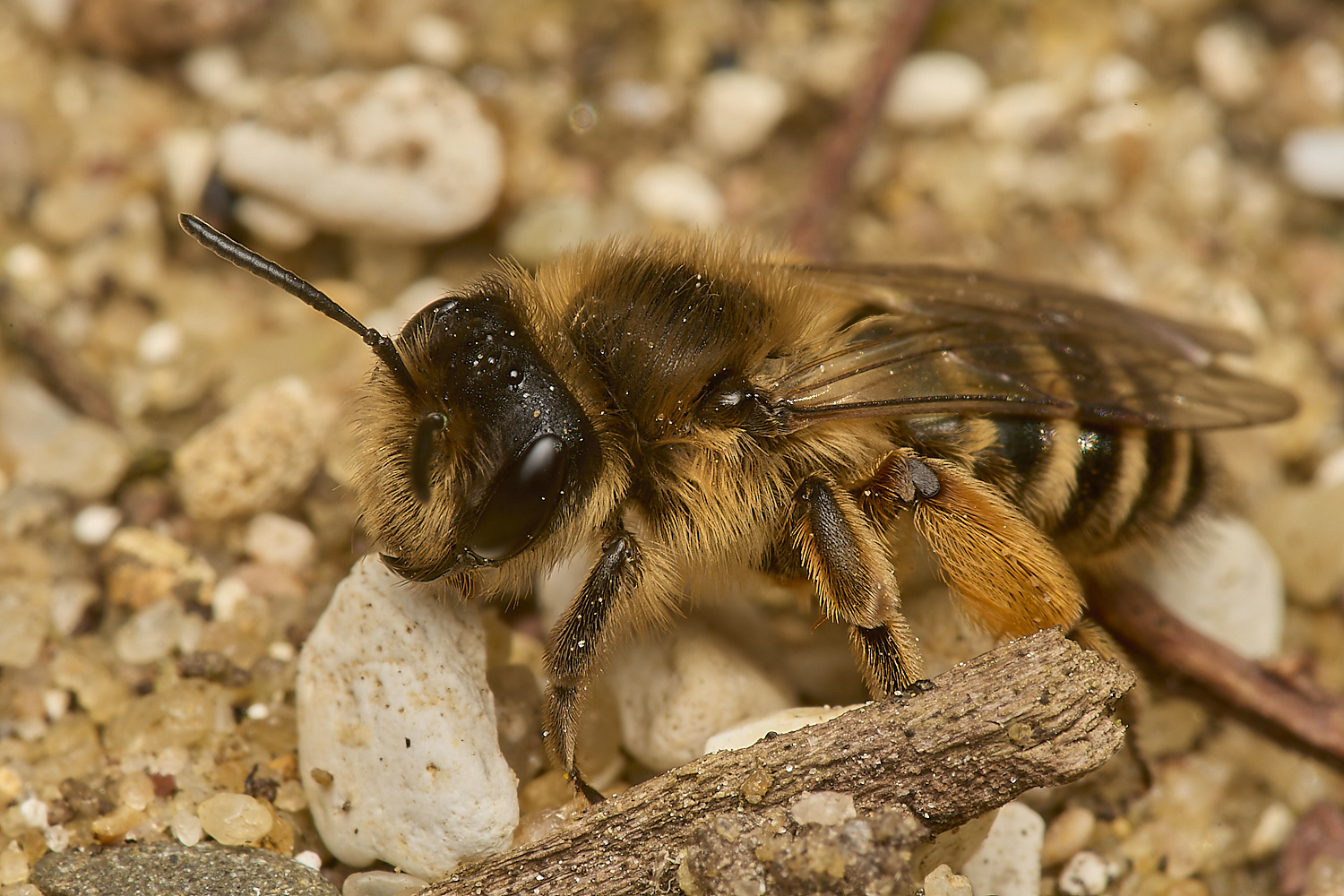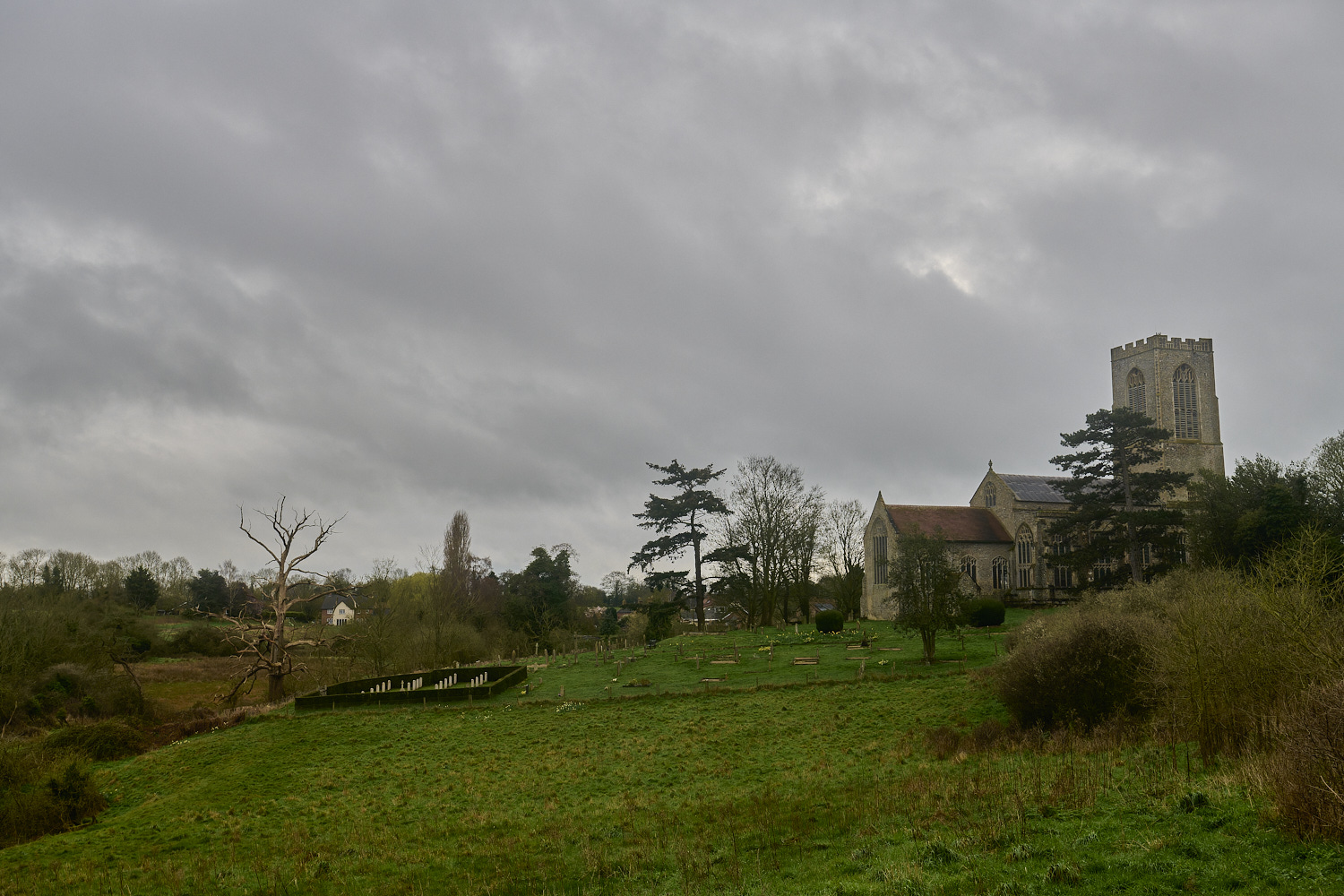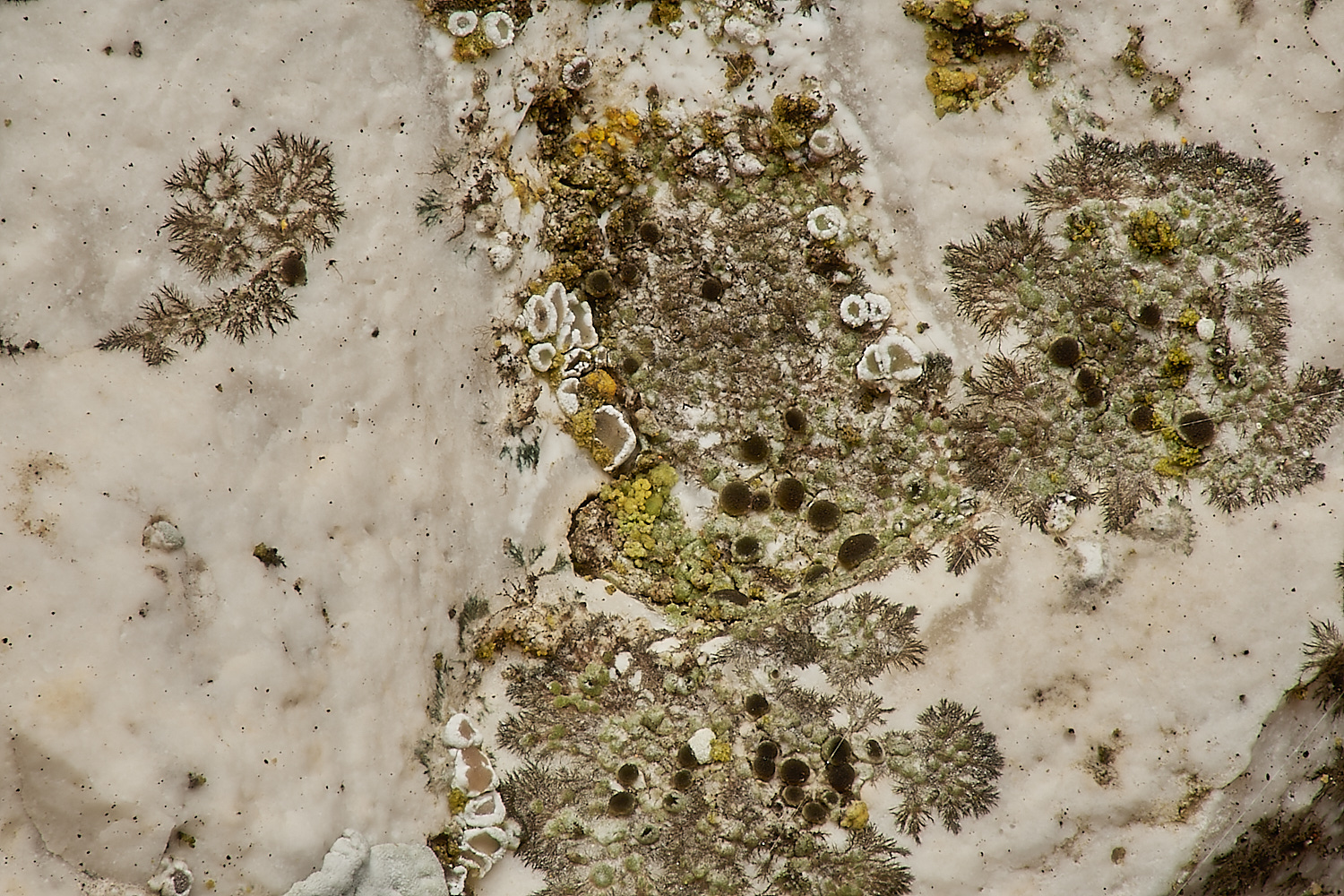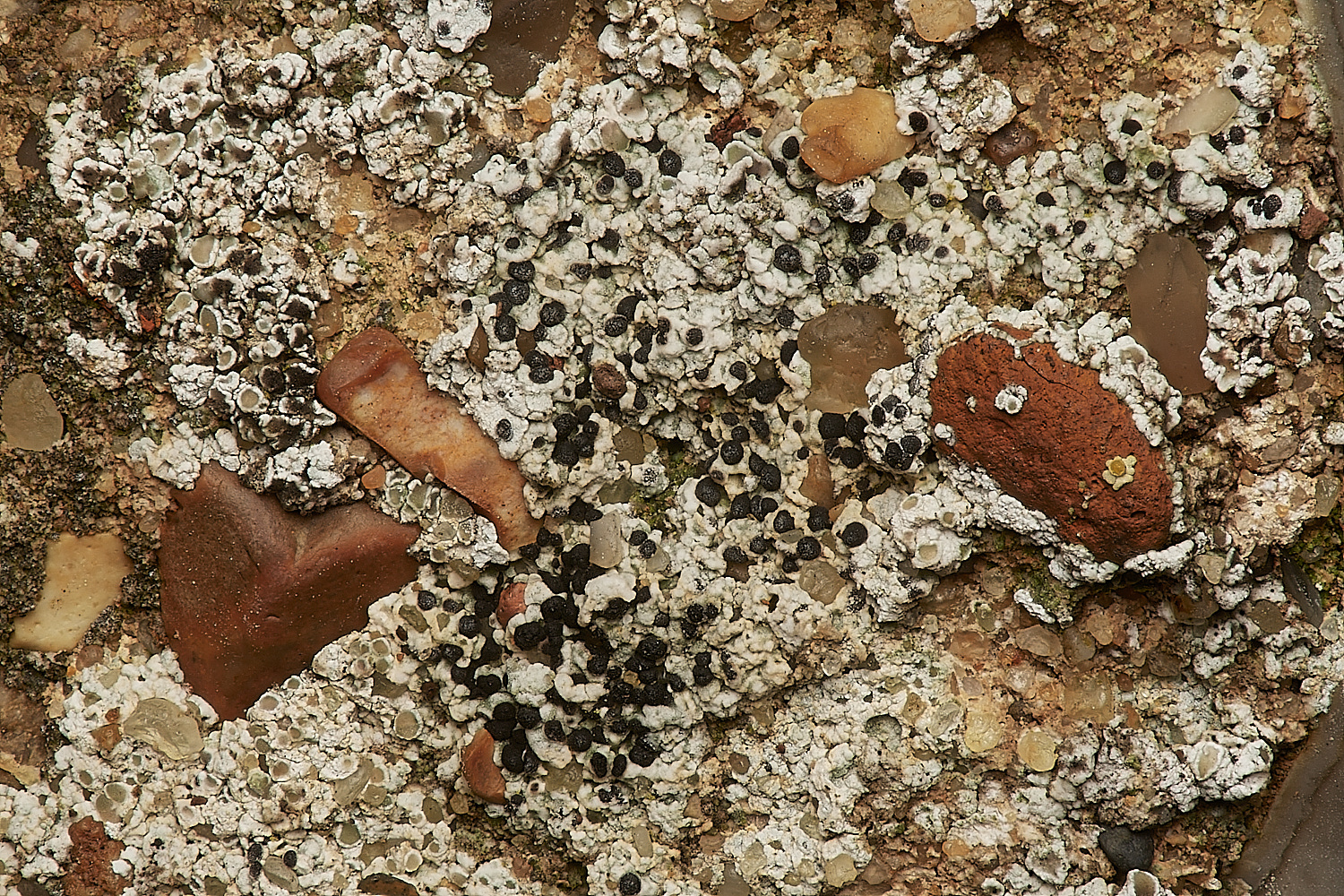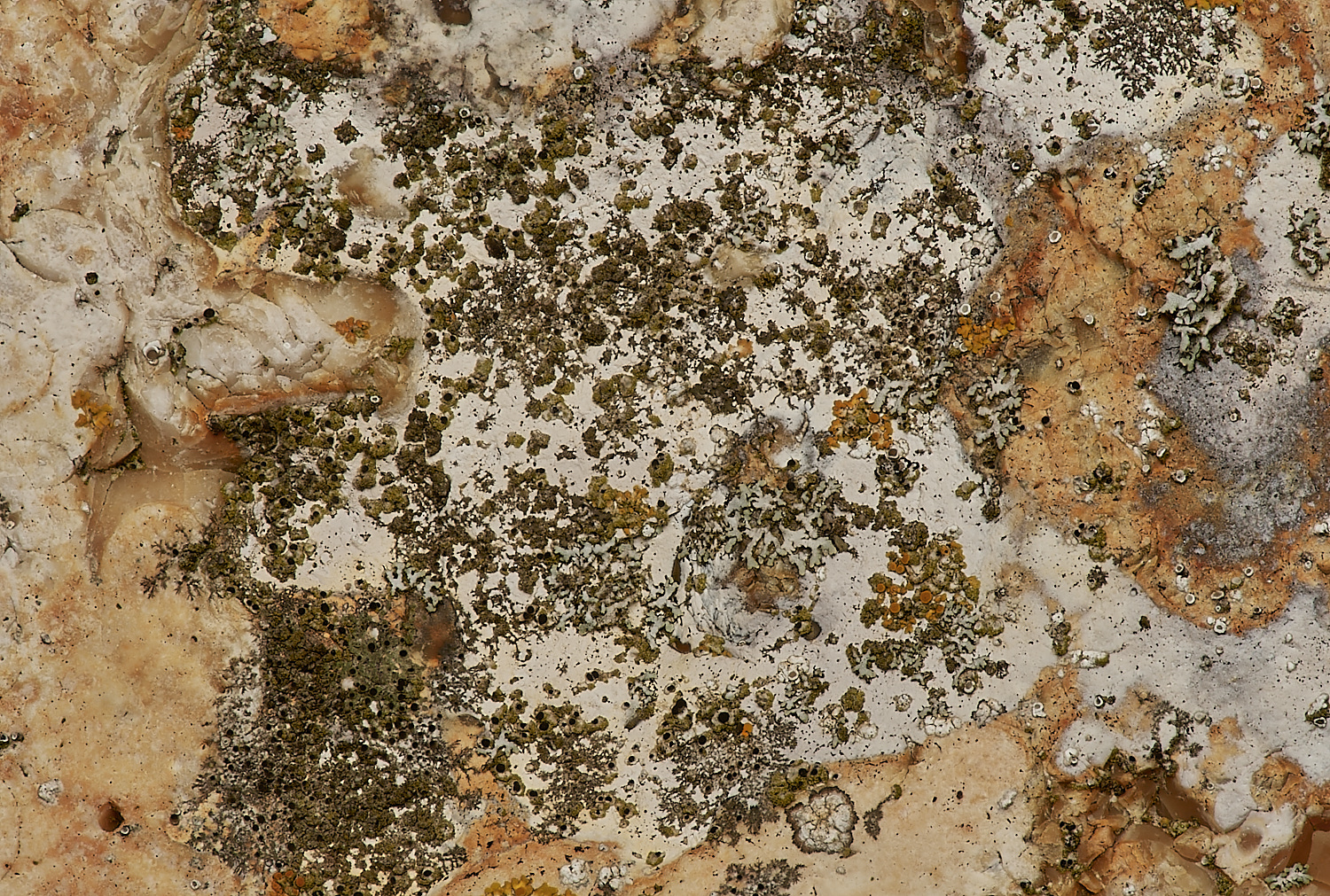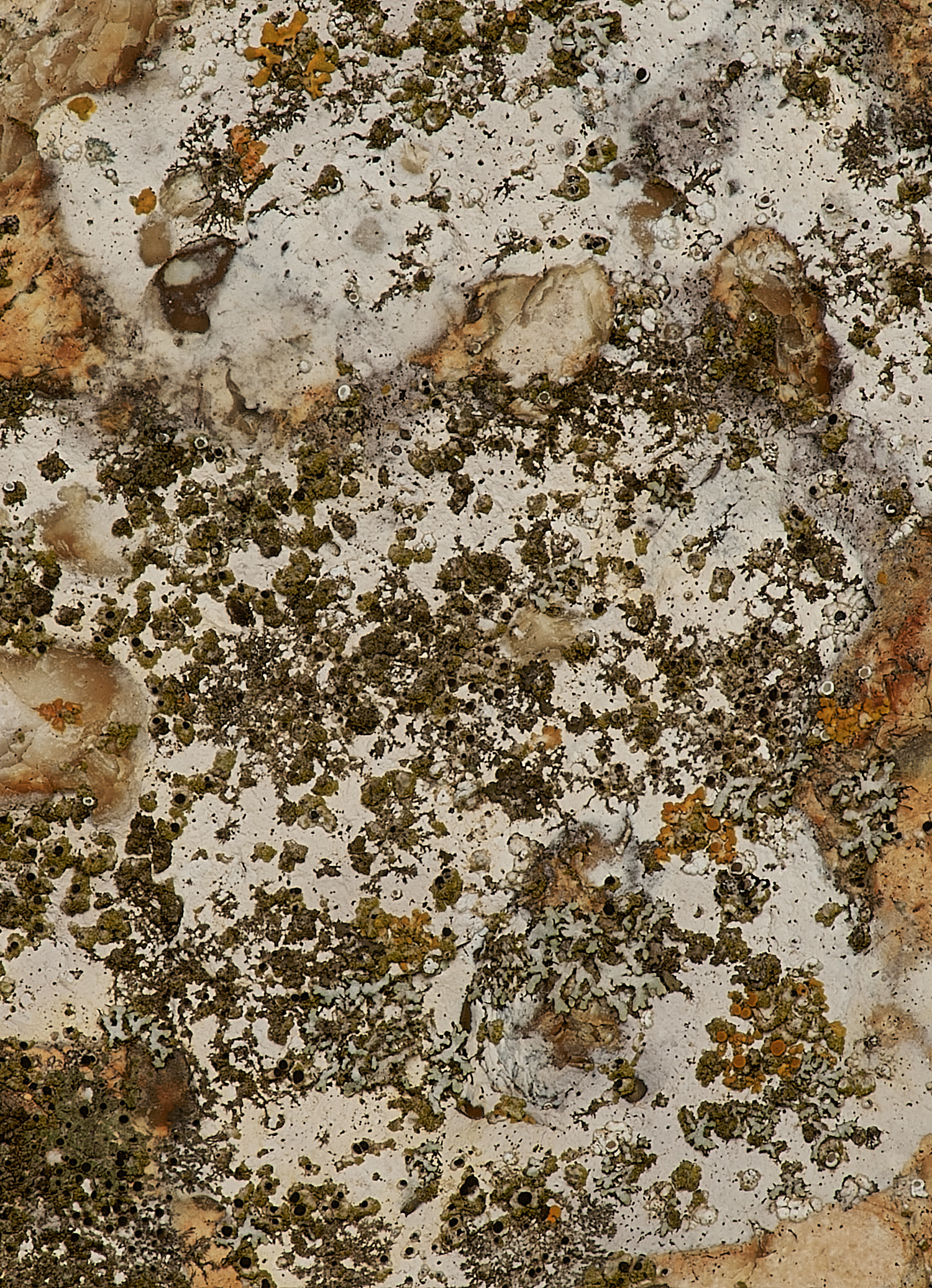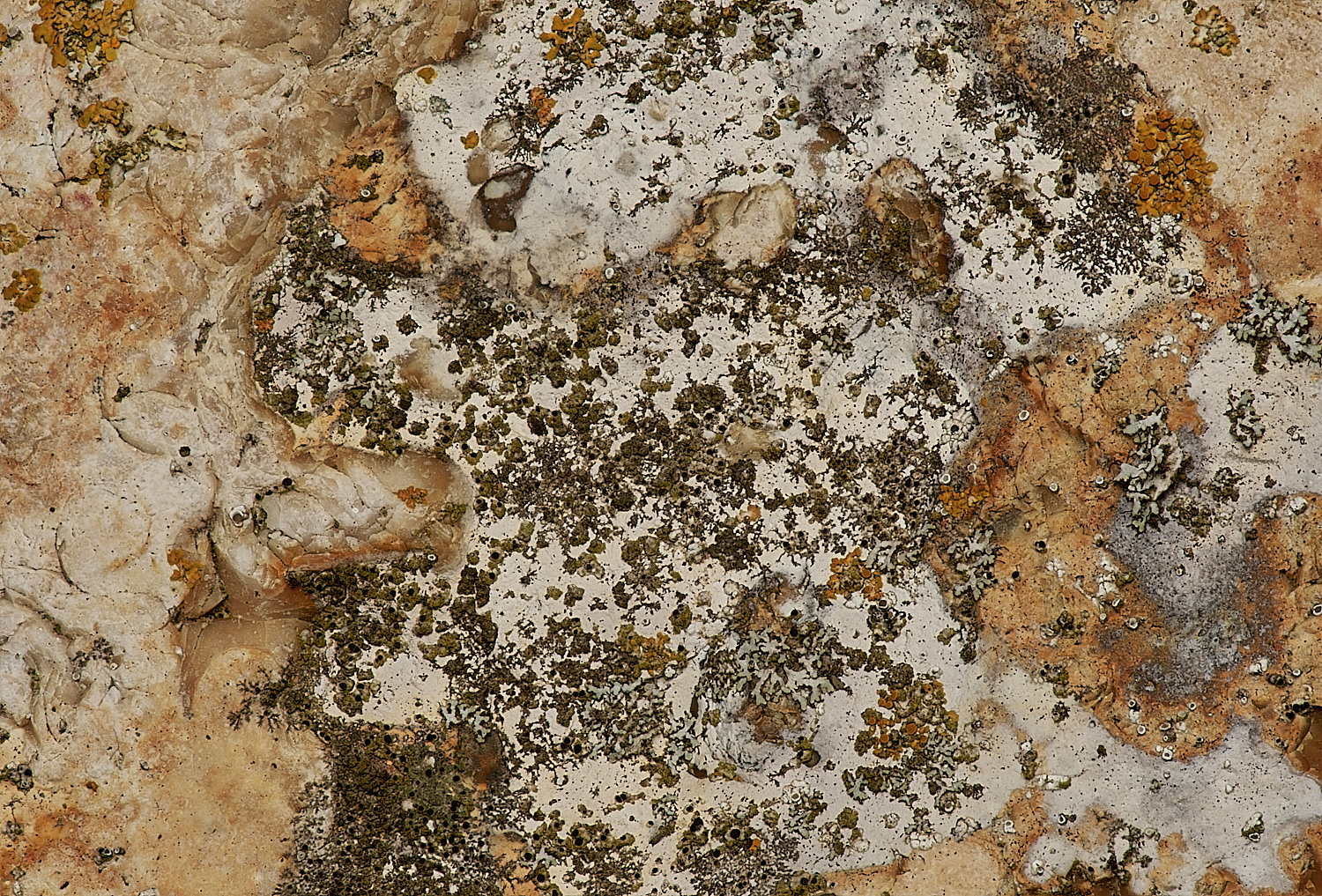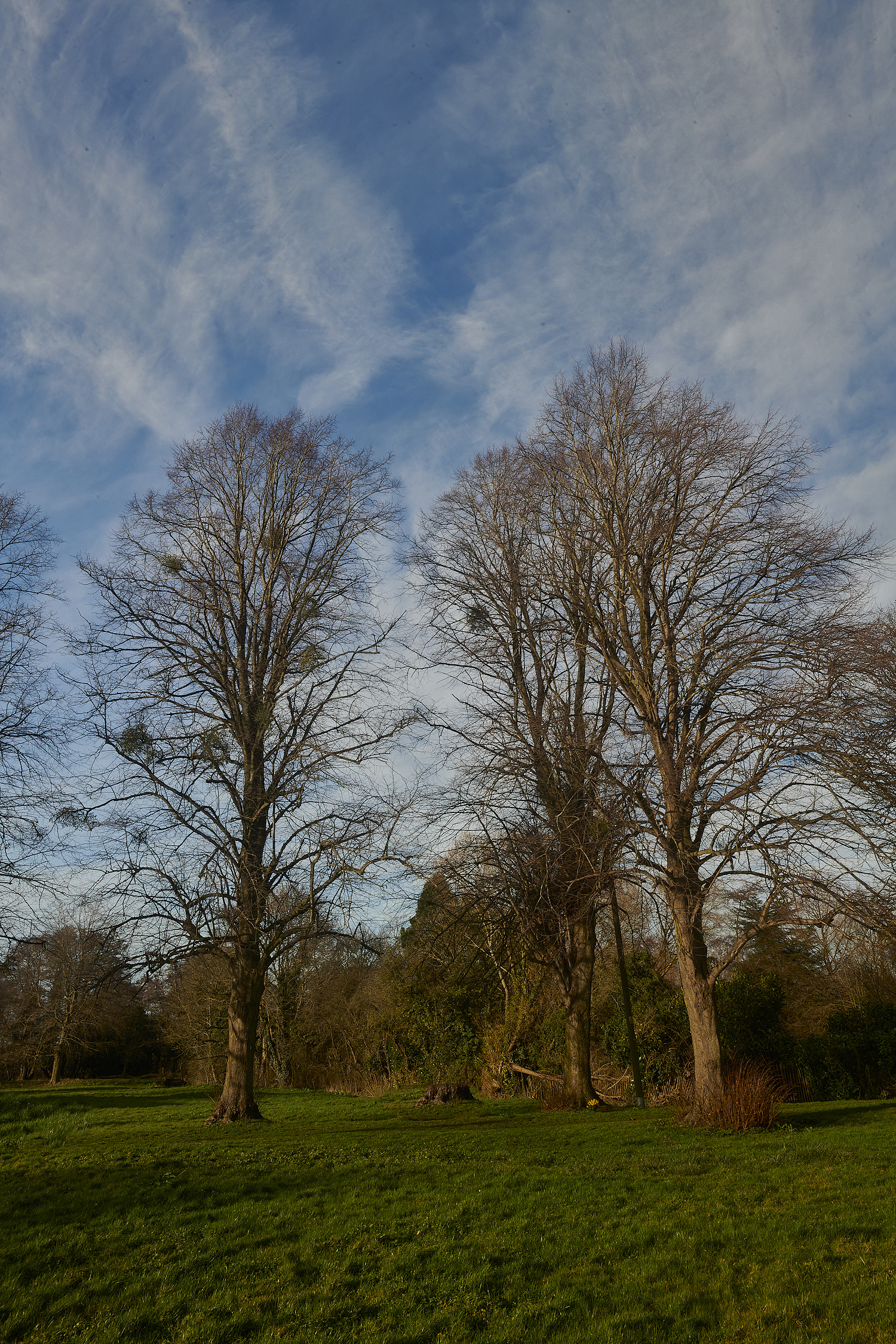Norwich
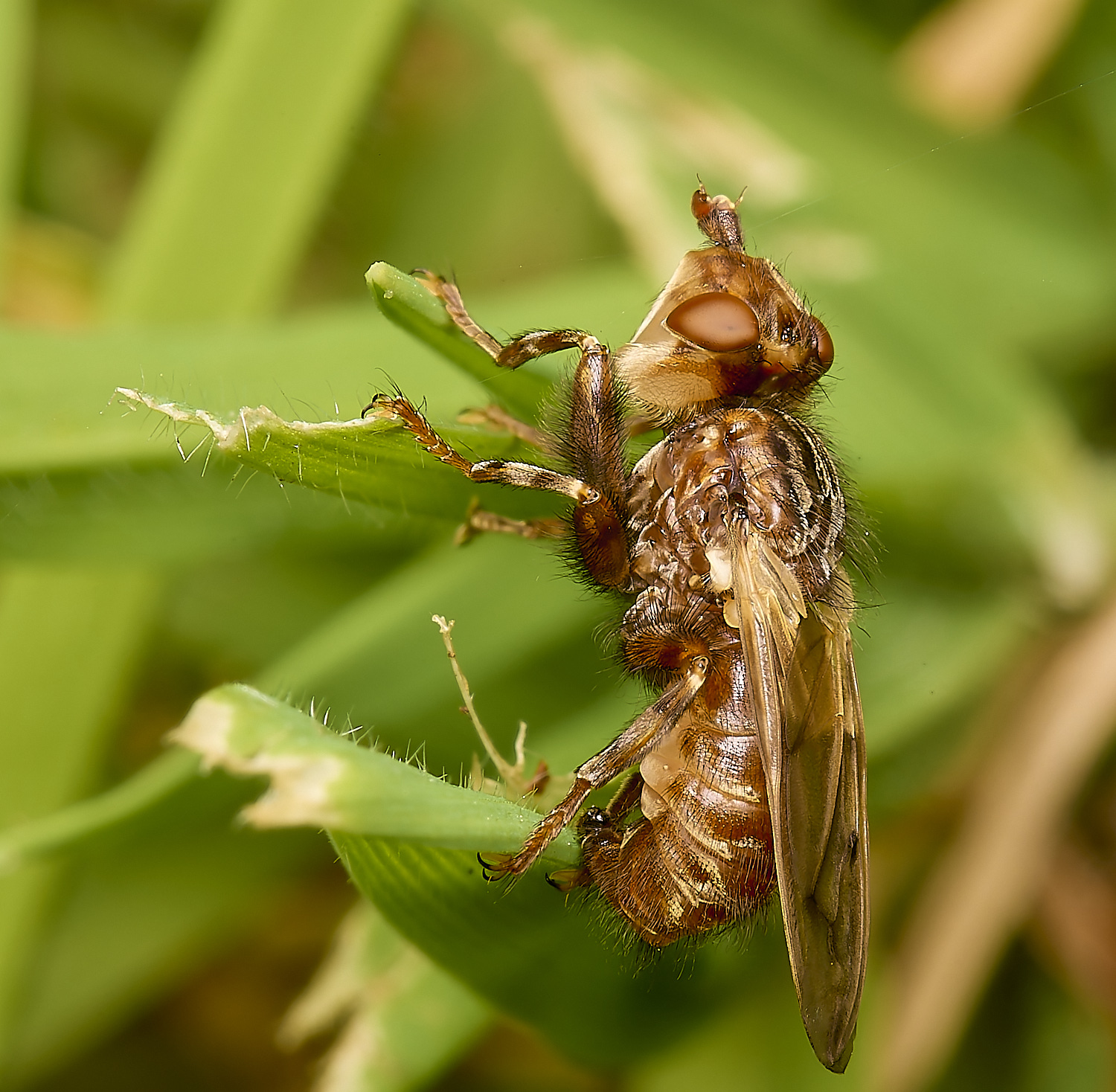
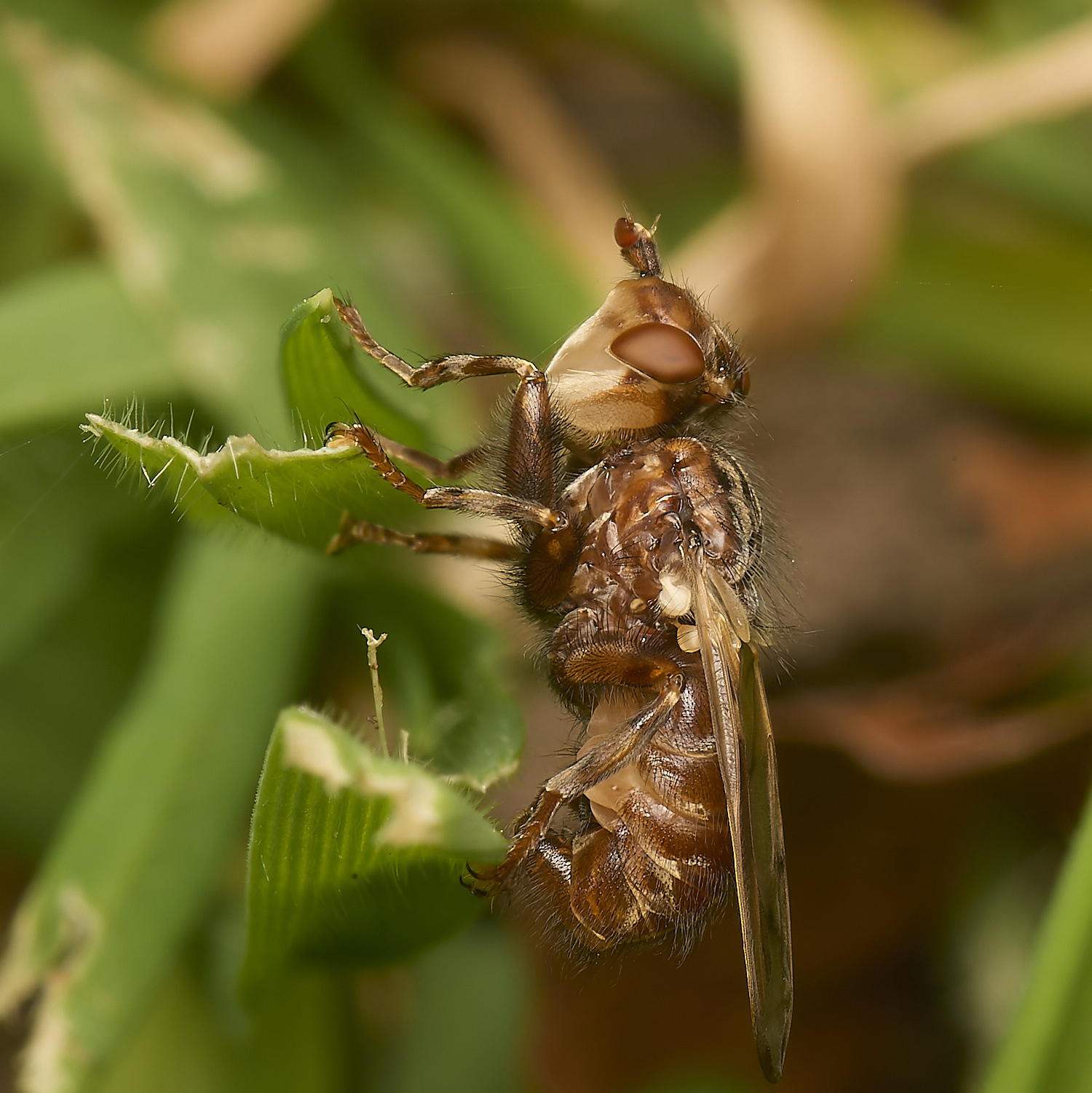
Spring Bee-grabber (Myopa testacea)?
Fly Sp?
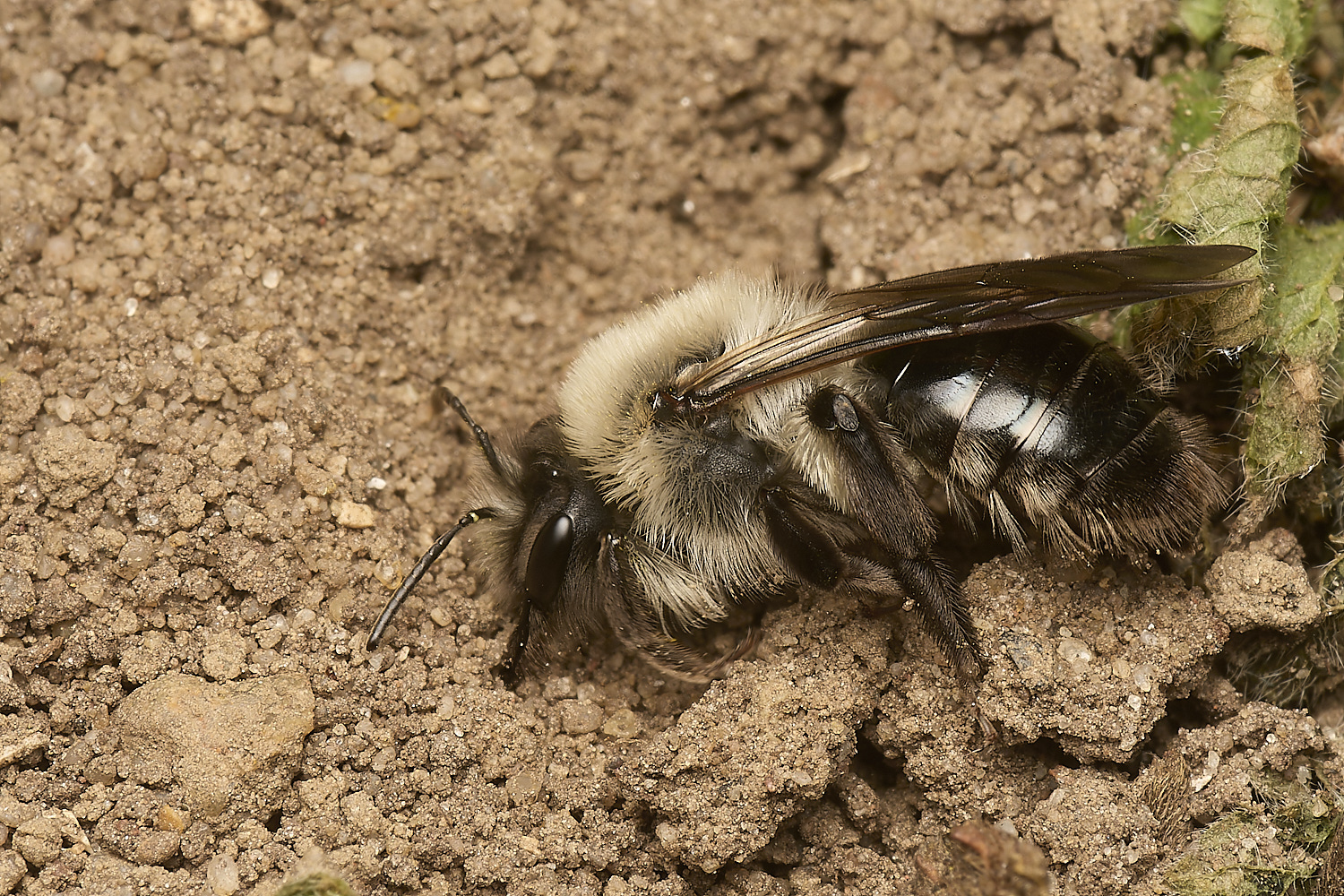
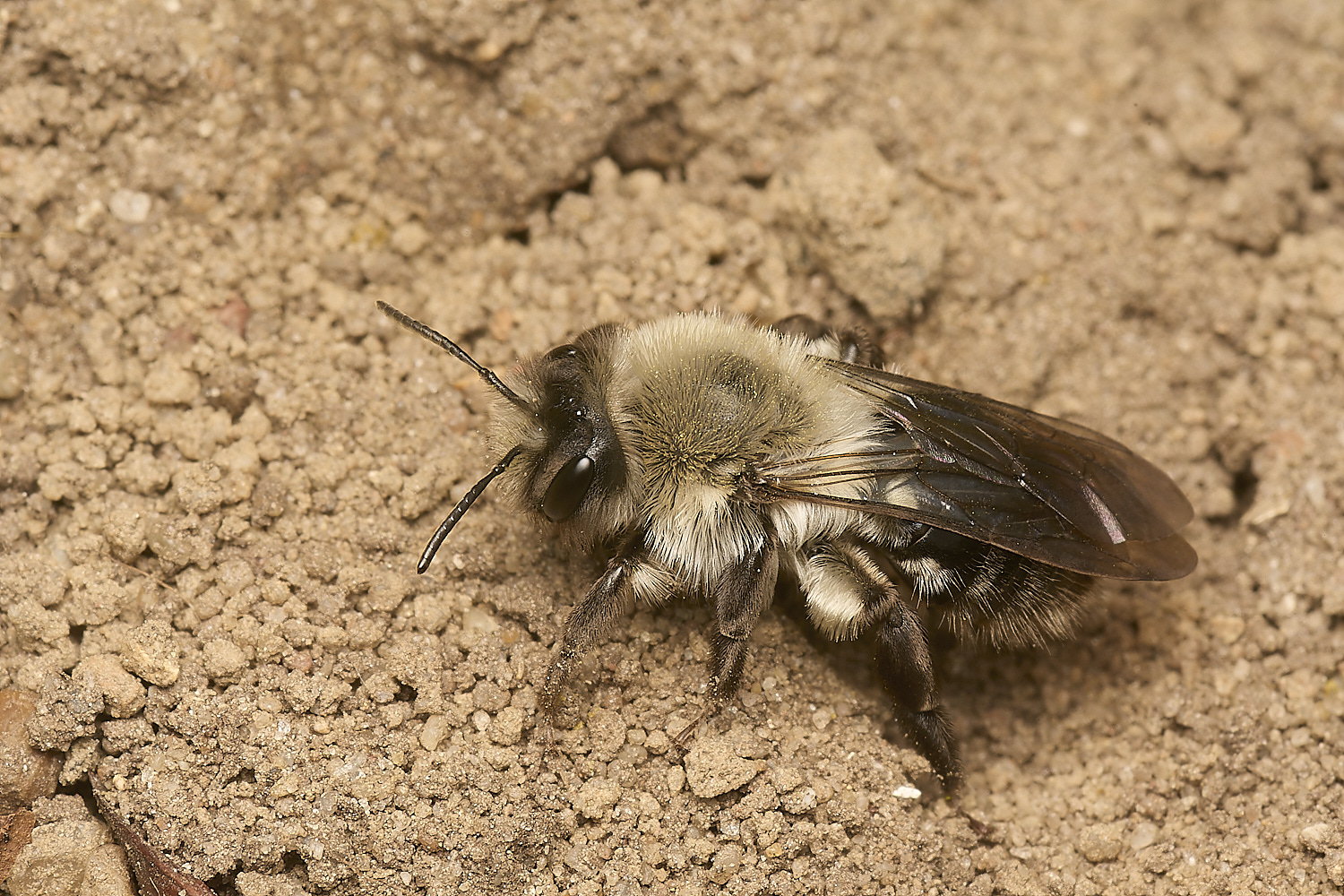



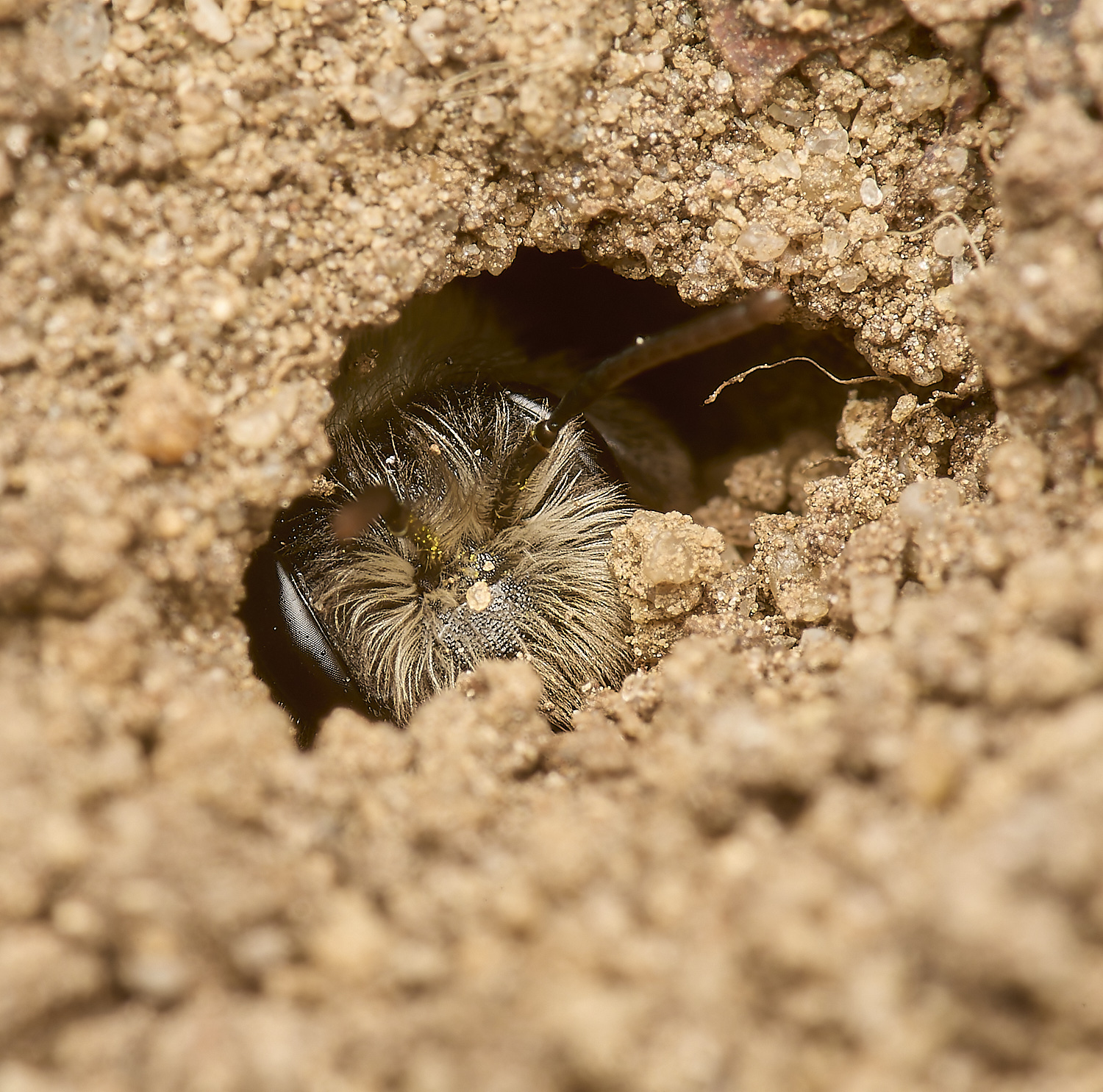
Female ♀︎







Male ♂︎


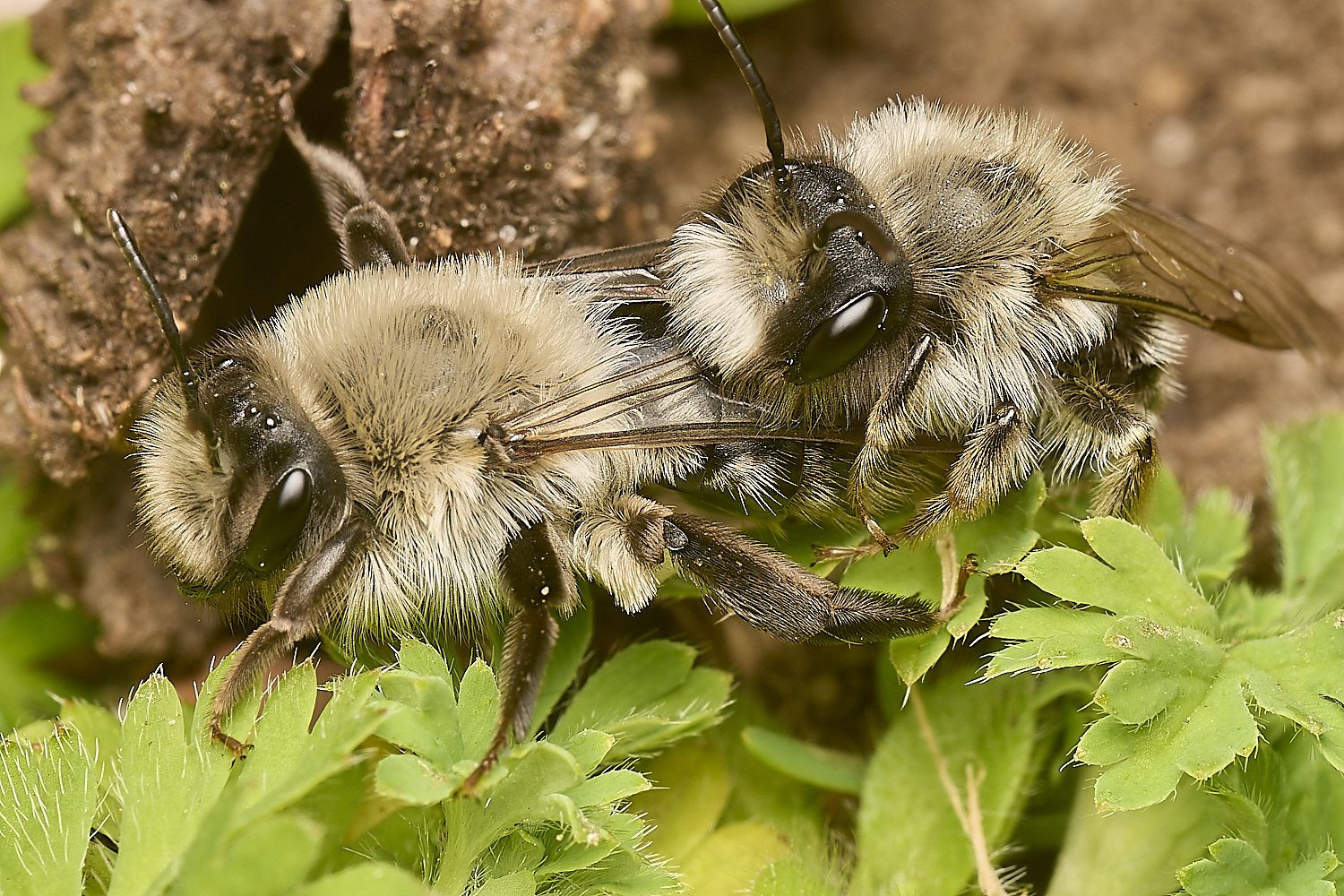
Male♂︎& Female♀︎
Grey-backed Mining Bee (Andrena vaga)
Norwich



Andrena Sp
Gwynne's Mining Bee (Andrena bicolor)?
♂︎
♂︎
♂︎
♀︎
♀︎
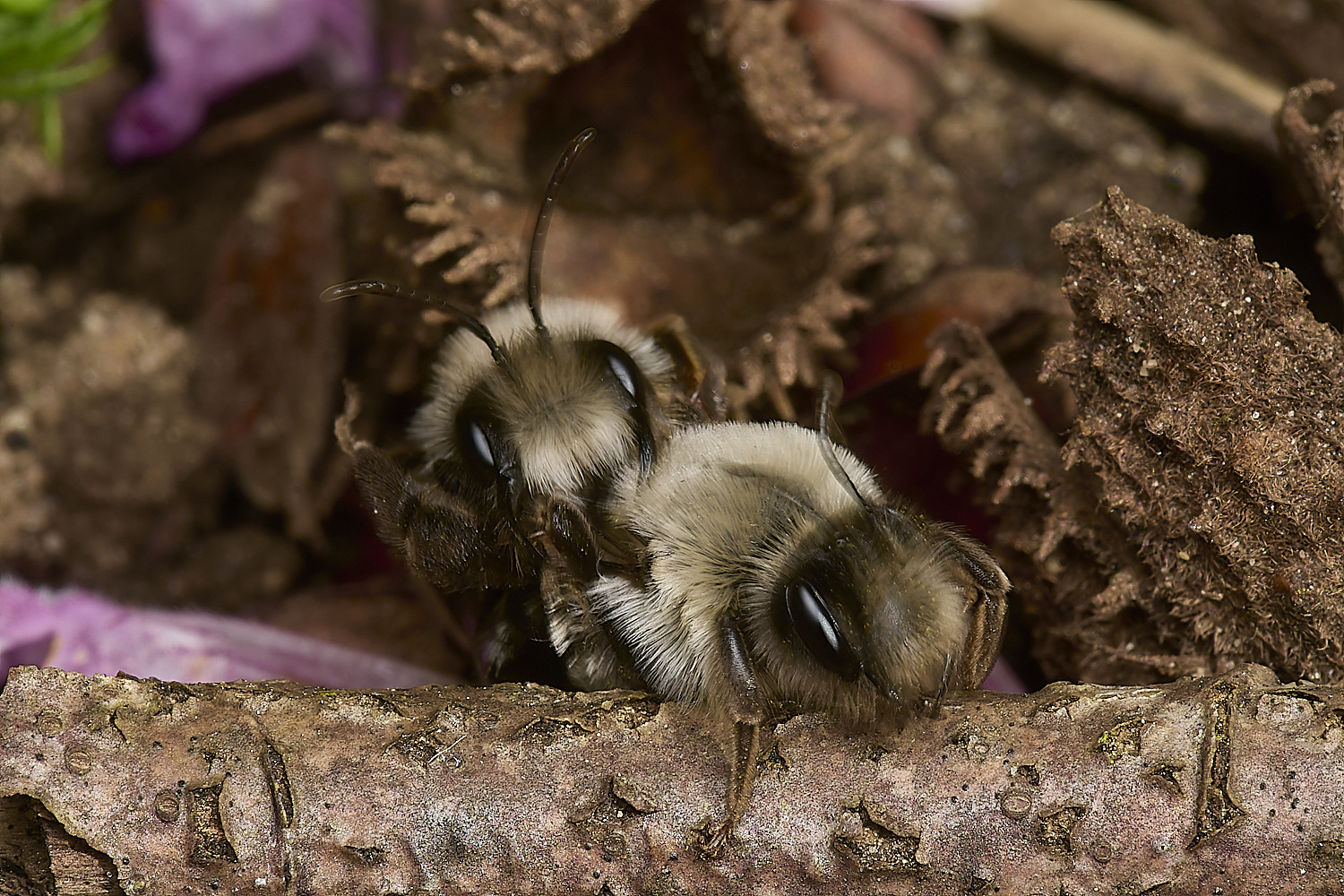
♀︎&♂︎
♀︎
♂︎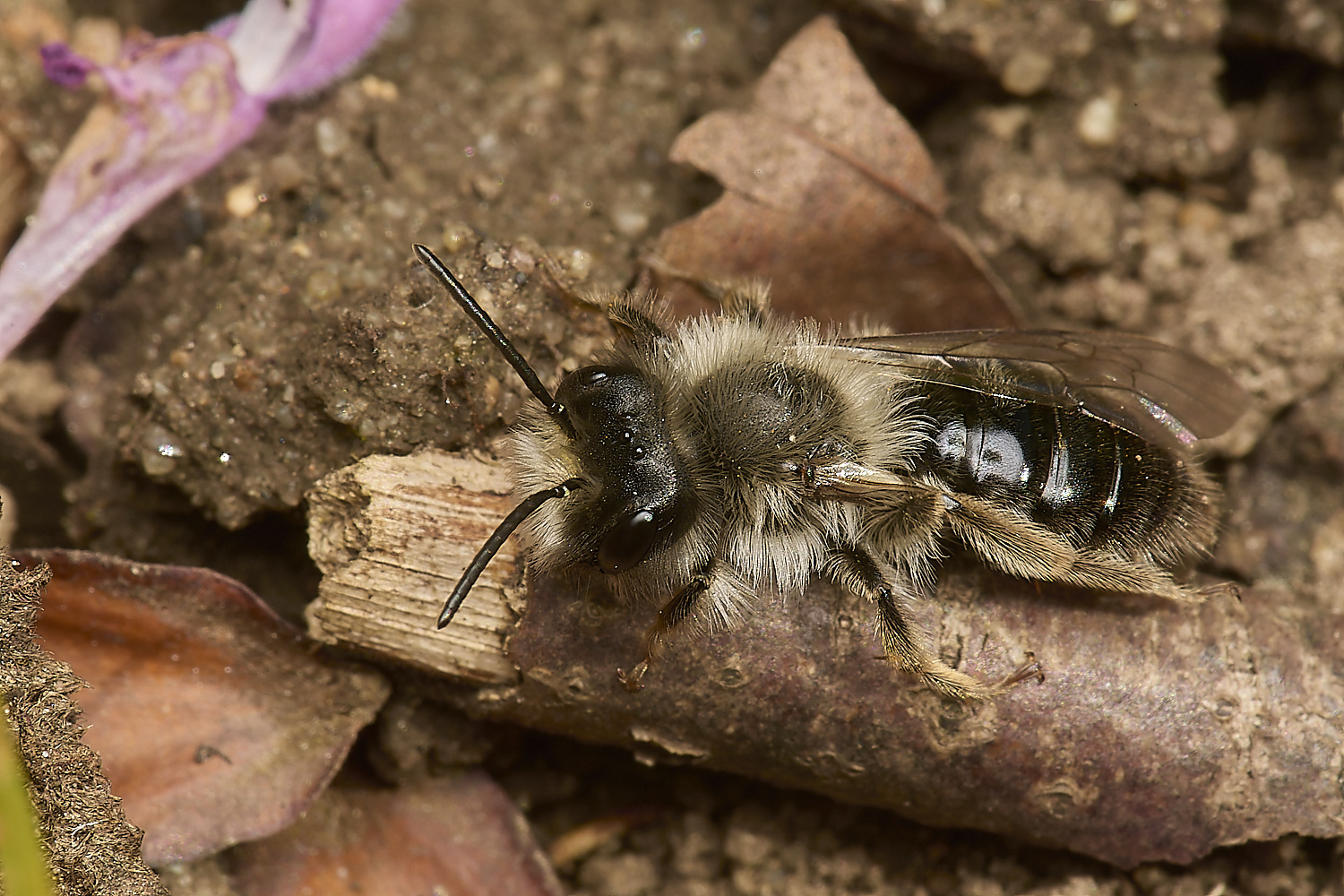
♂︎
♀︎ digging

♀︎&♂︎
♂︎
♀︎
♀︎

♀︎
Grey-backed Mining Bee (Andrena vaga)




♂︎s

♀︎s
Hiary-footed Flower Bee (Anthophora plumipes)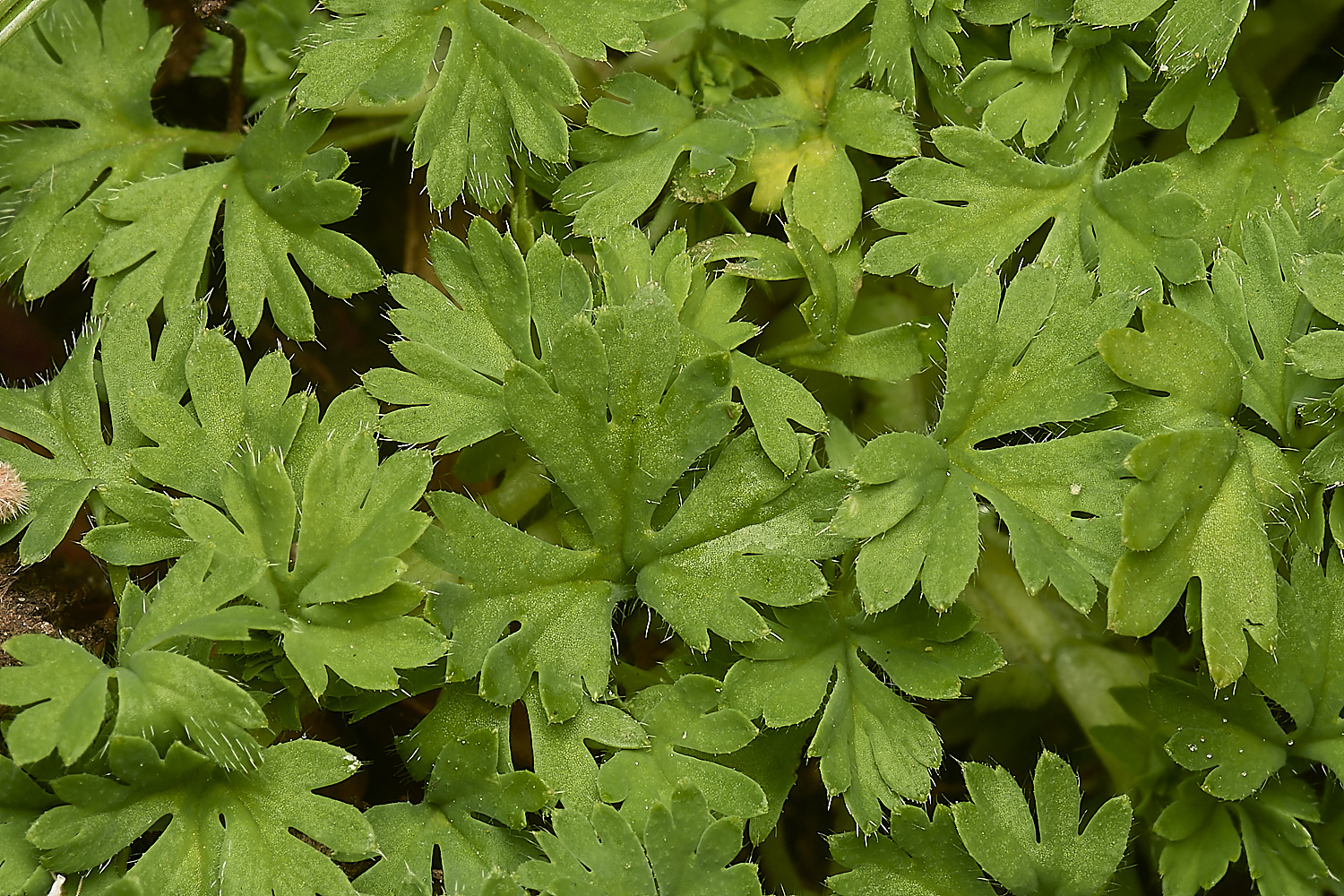
Parsley-piert (Aphanes arvensis)
Dillington
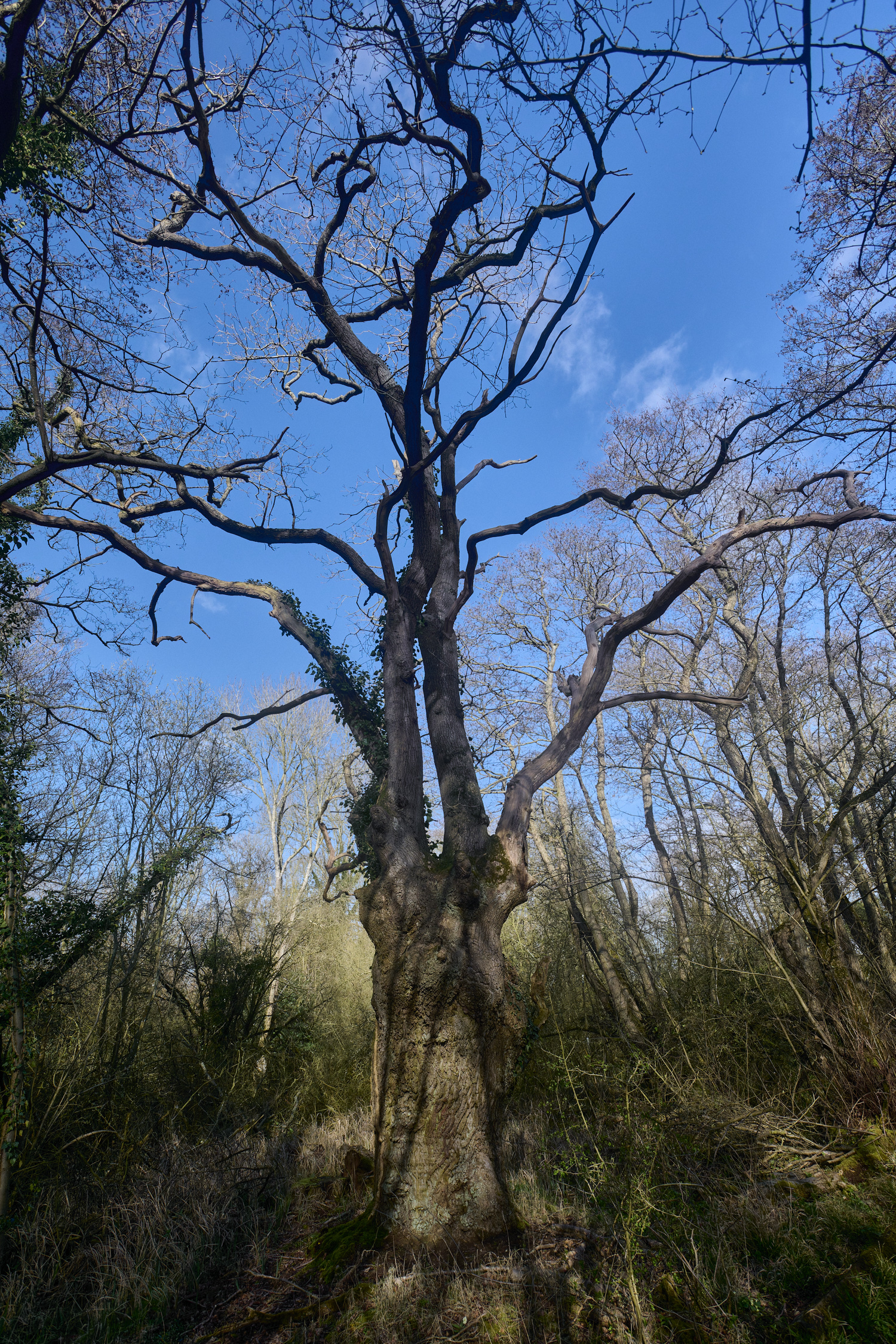
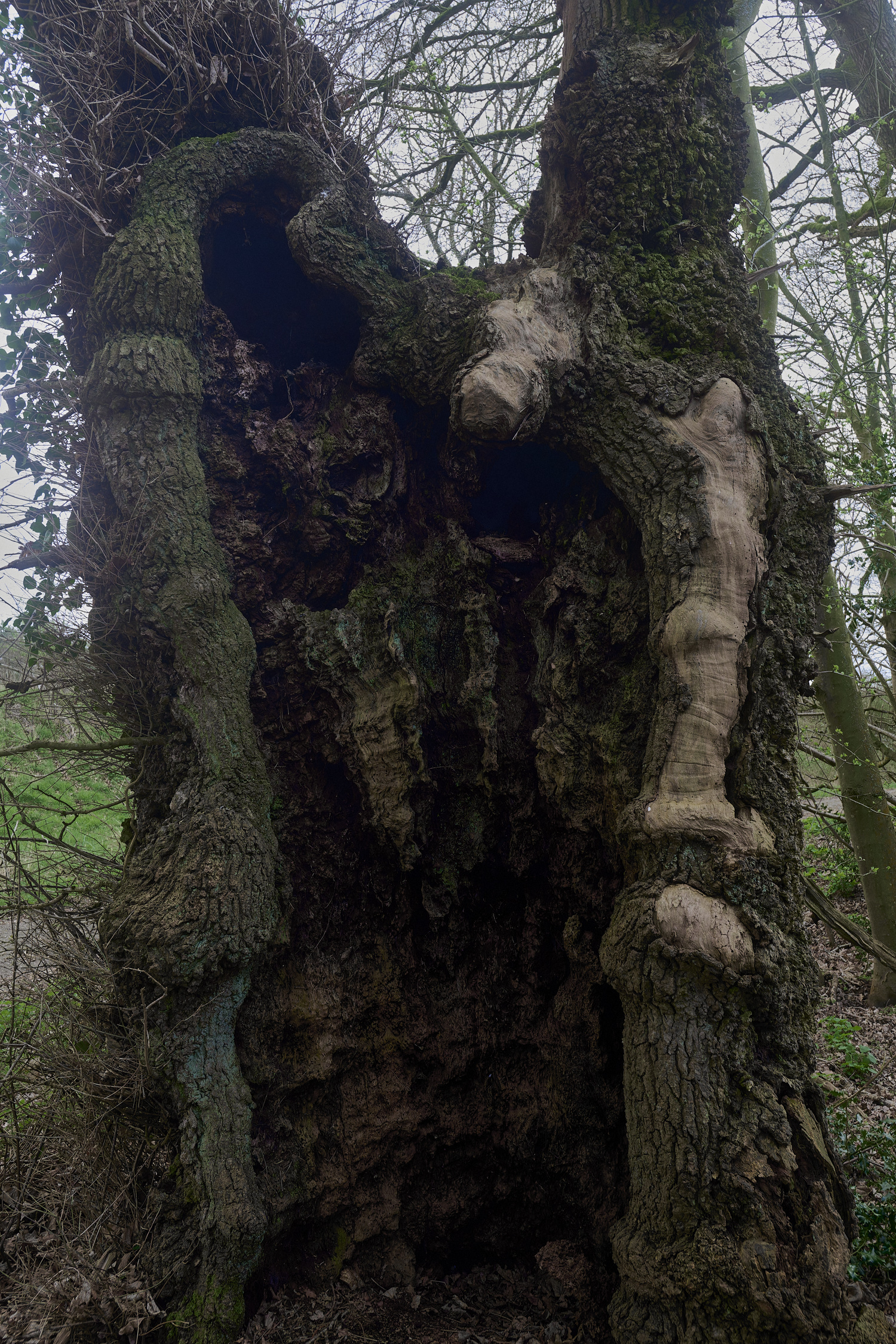


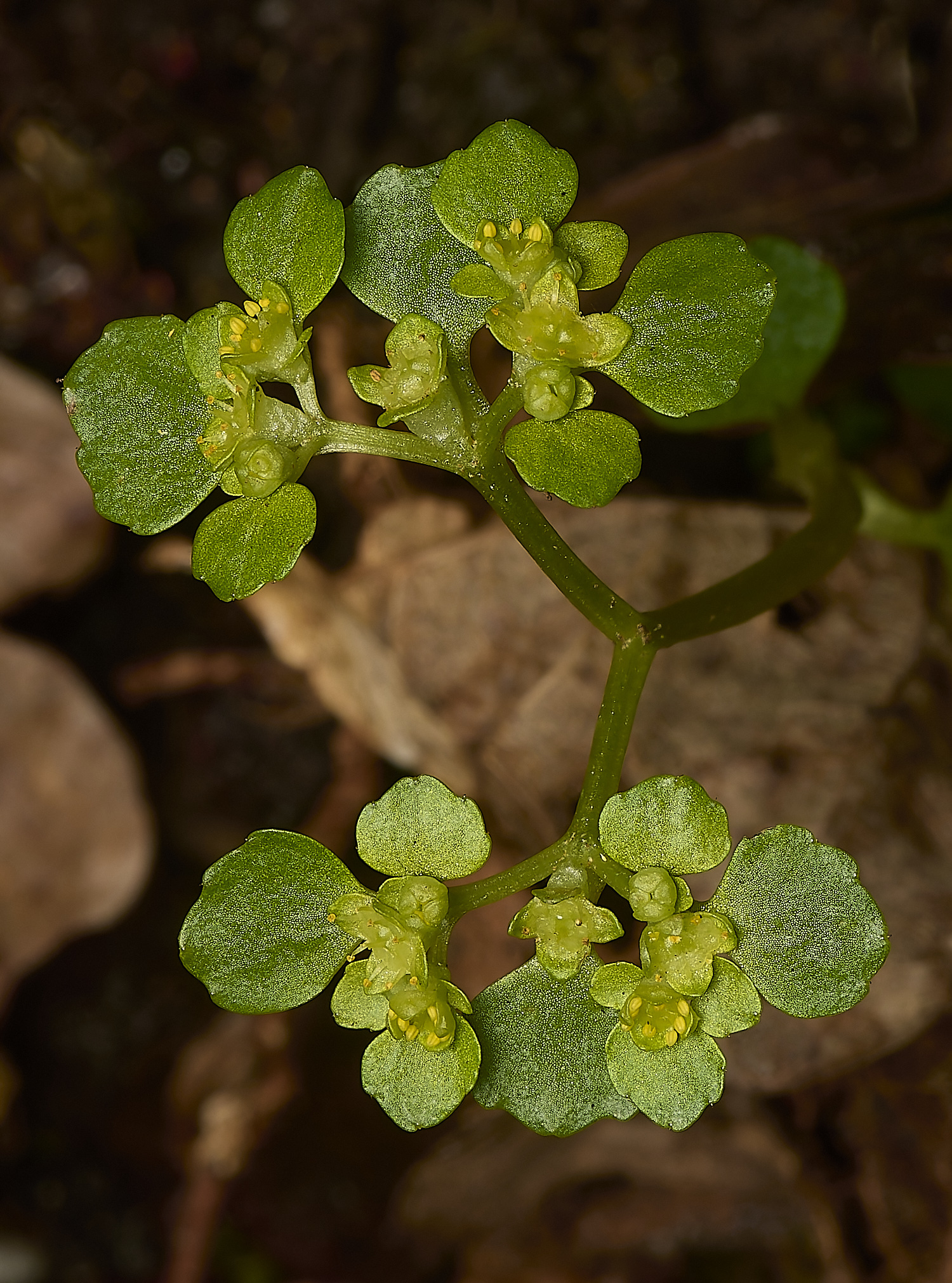
Opposite-leaved Golden Saxifrage (Chrysosplenium oppositifolium)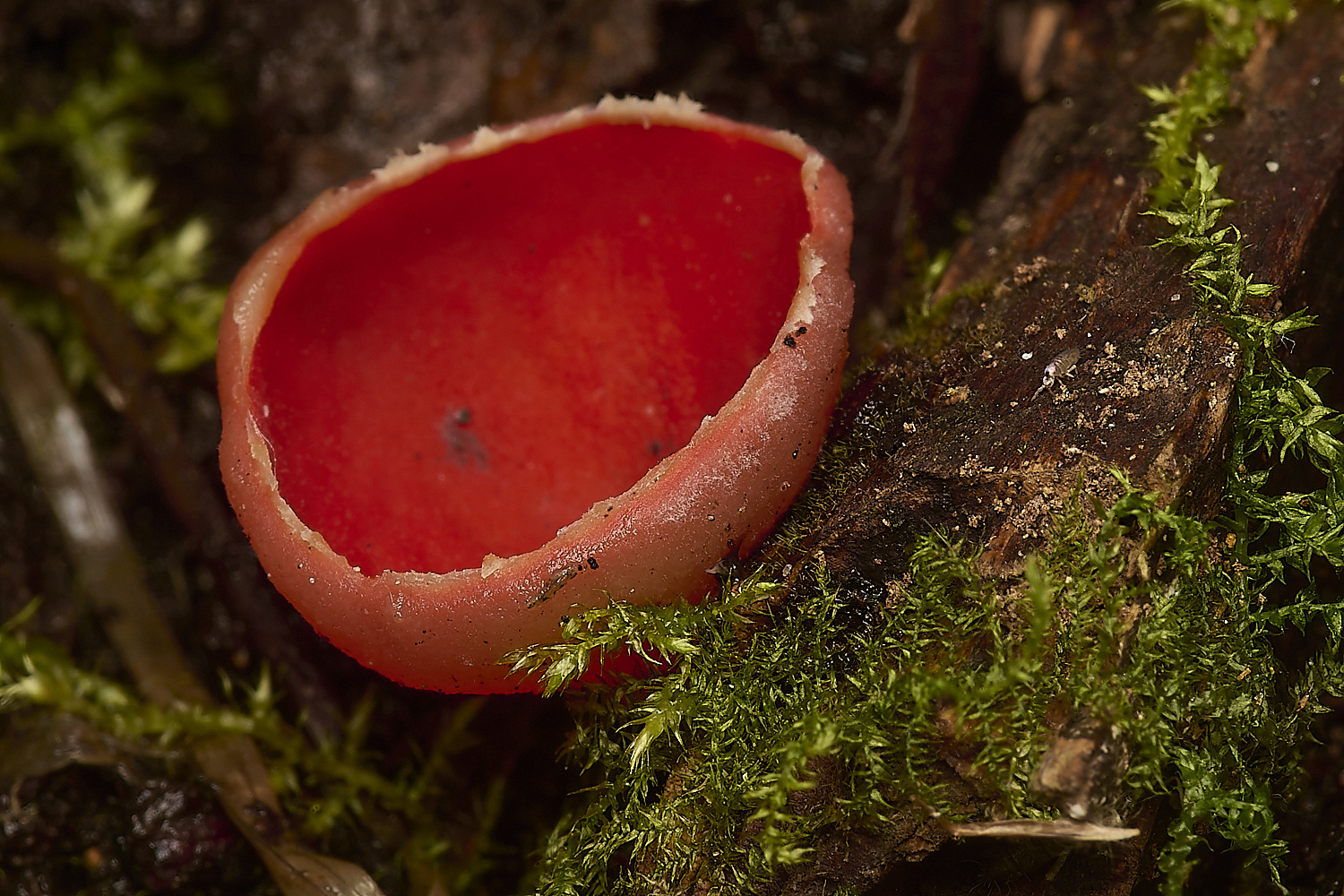
Elf Cup Sp
Dilated Scalewort (Frullenia dilatata)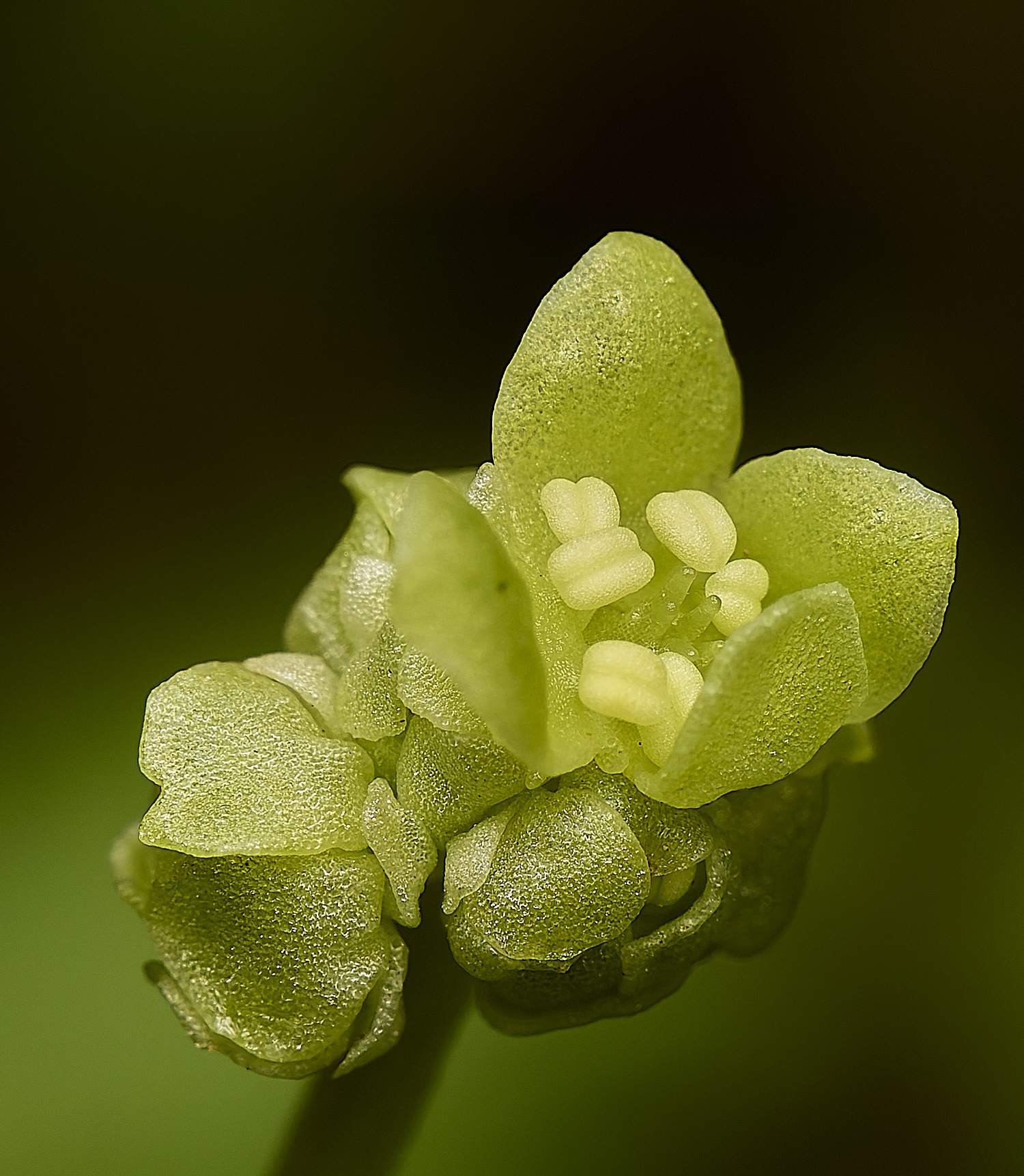
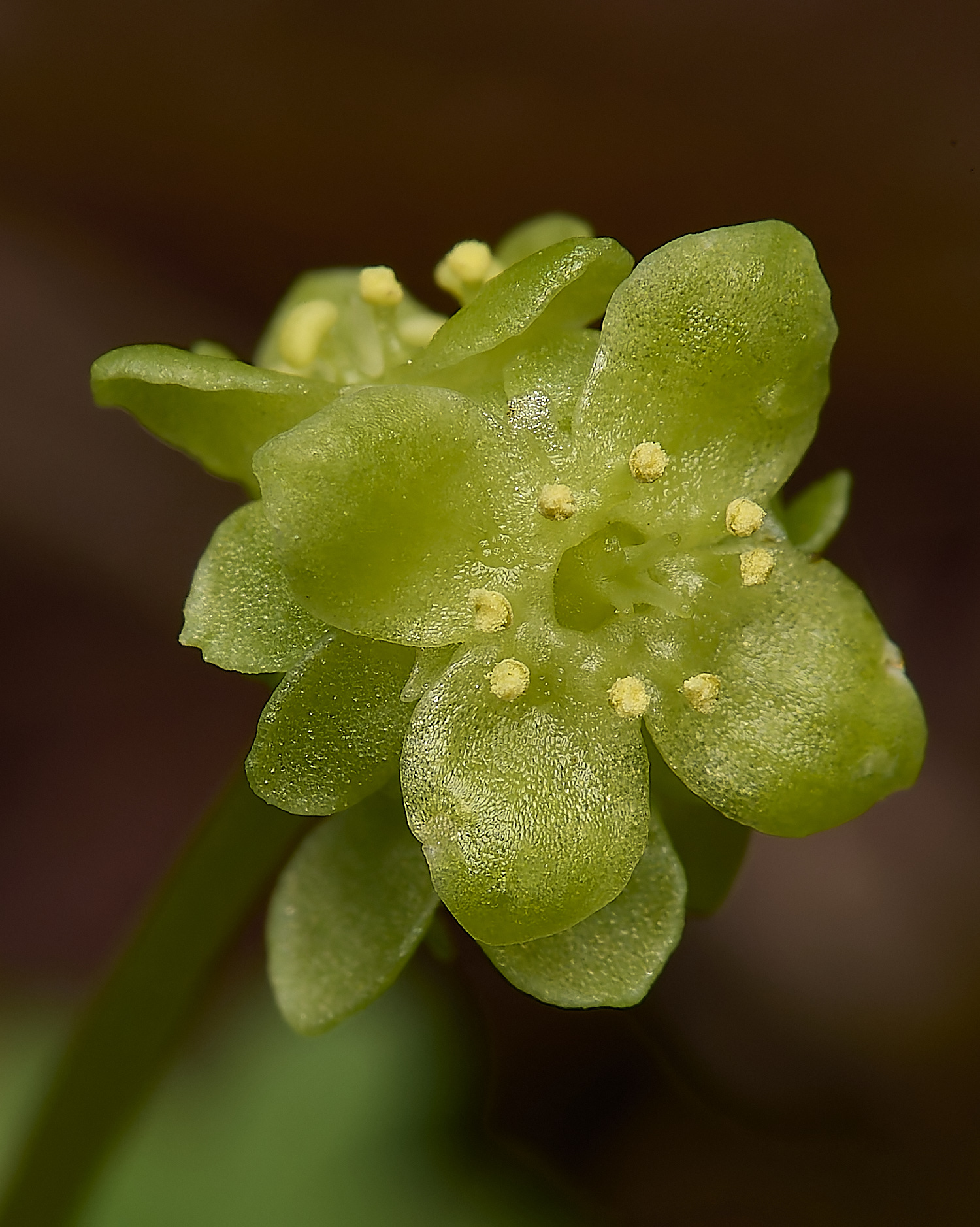
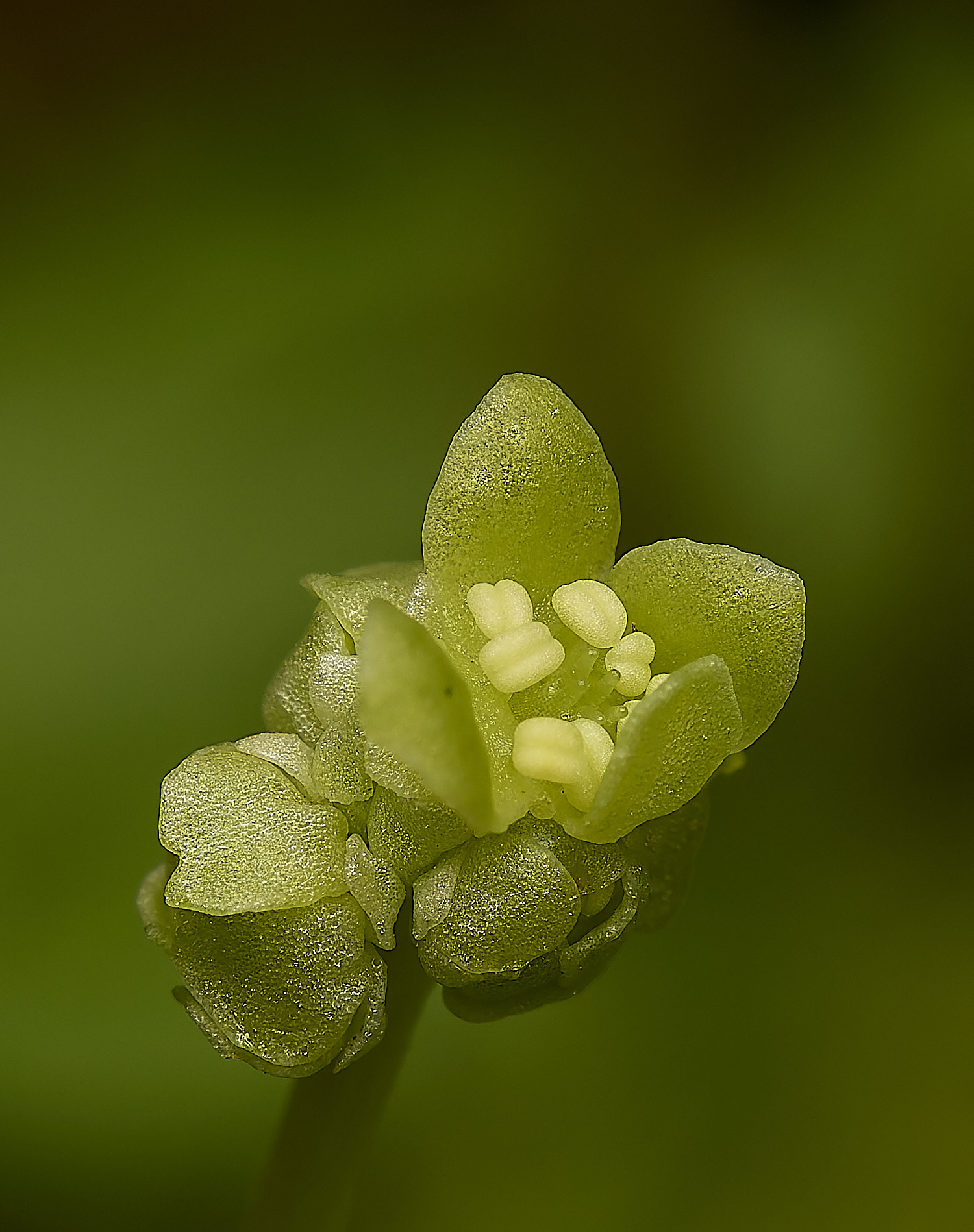
Town Hall Clock (Adoxa moschatellina)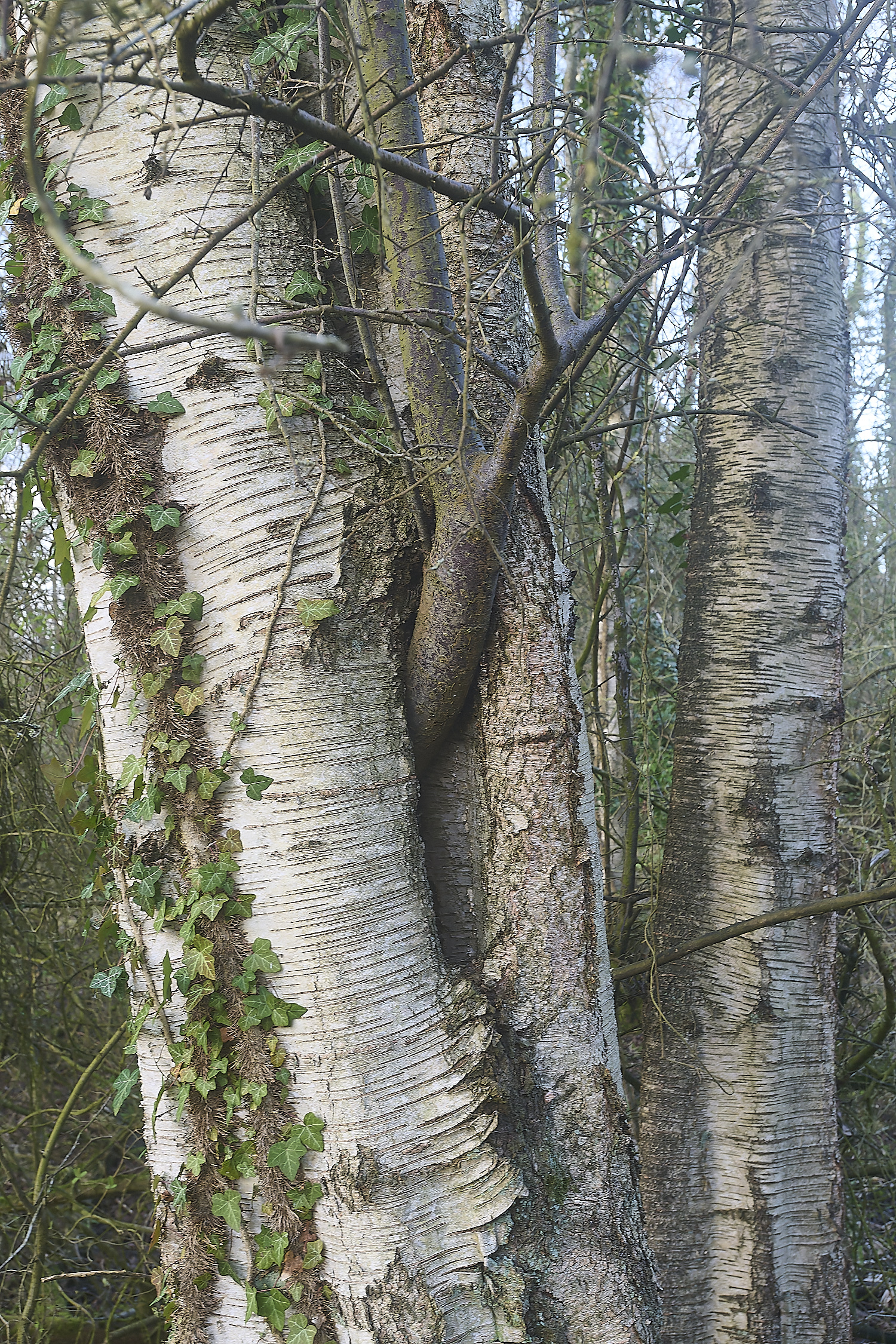
A Hawthorn (Craetagus monogyna) growing through a SIlver Birch (Betulus Sp)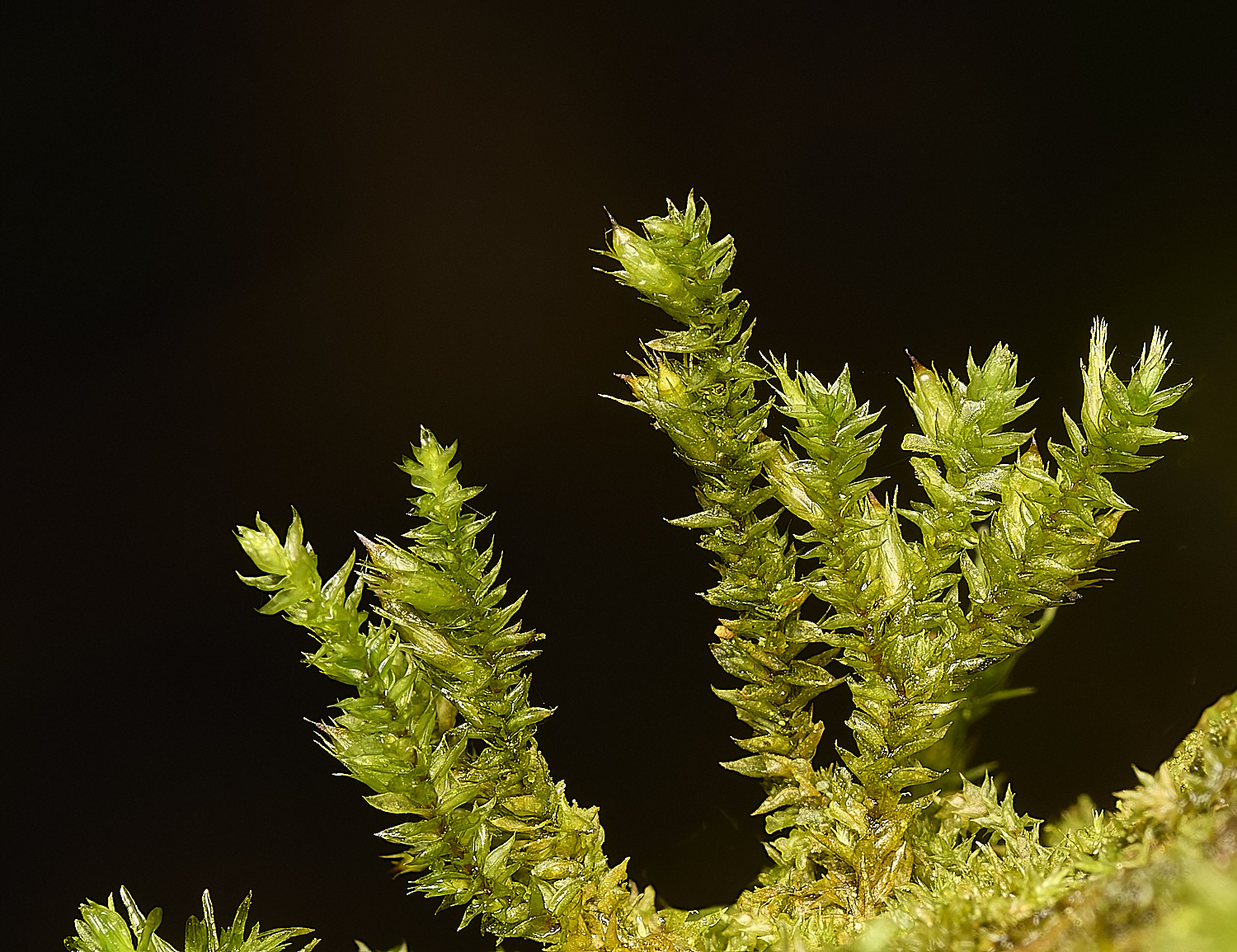
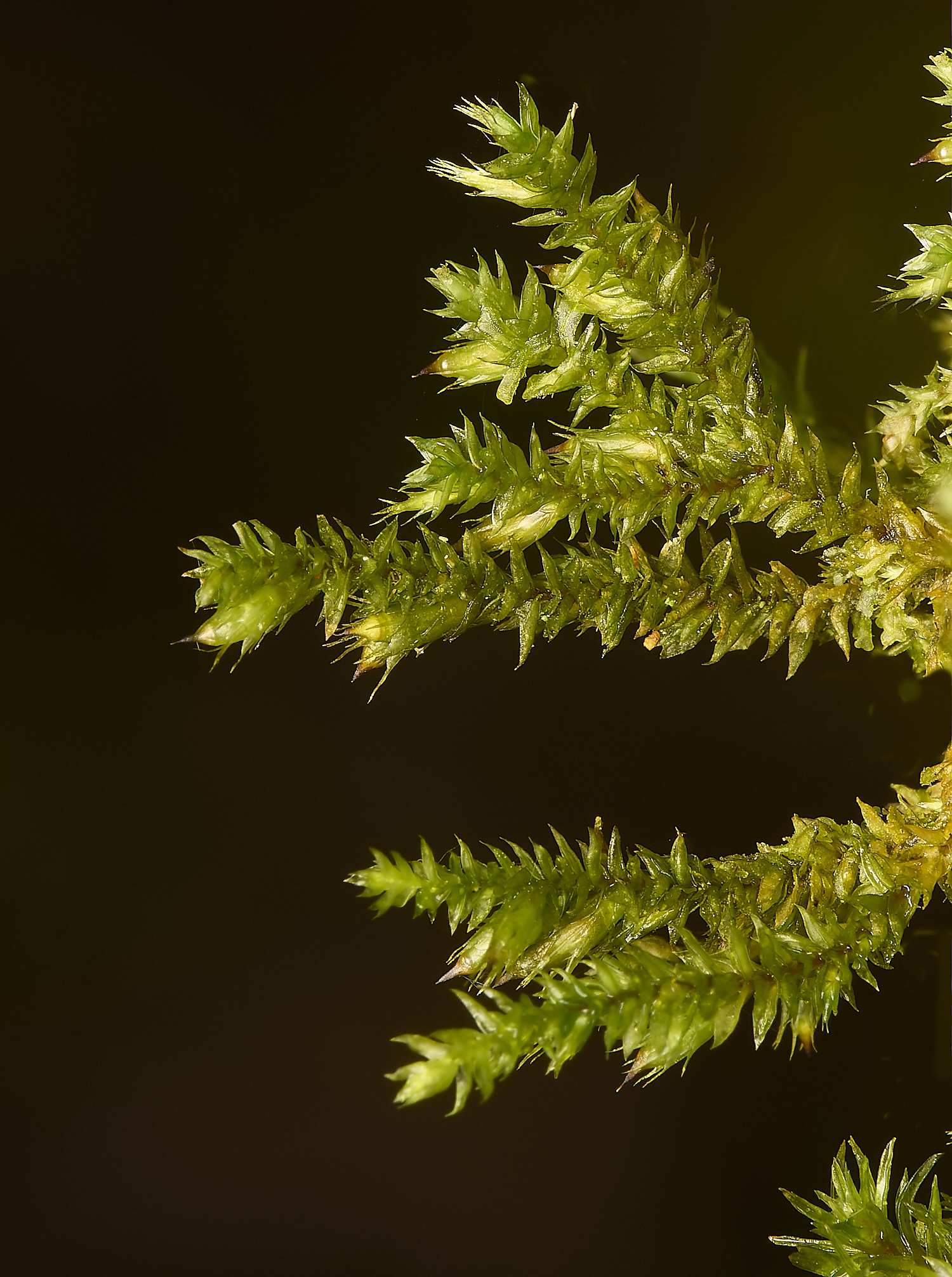

Lateral Cryphaea (Cryphea heteromalla)
A moss with shoot dimorphism.
The primary stem laying adpressed to the bark of a tree but the fruiting shoots projecting stiffly away from the bark.
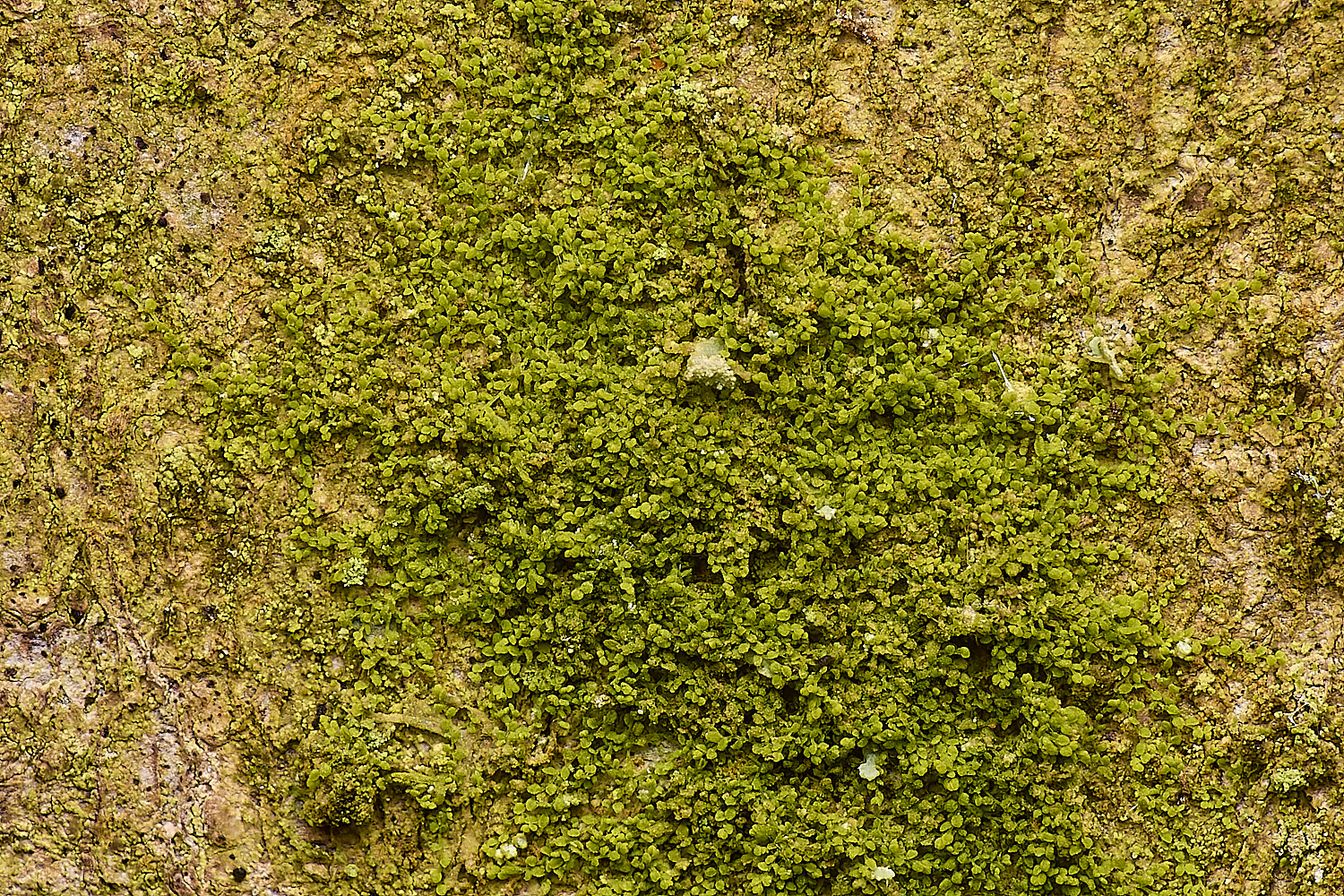
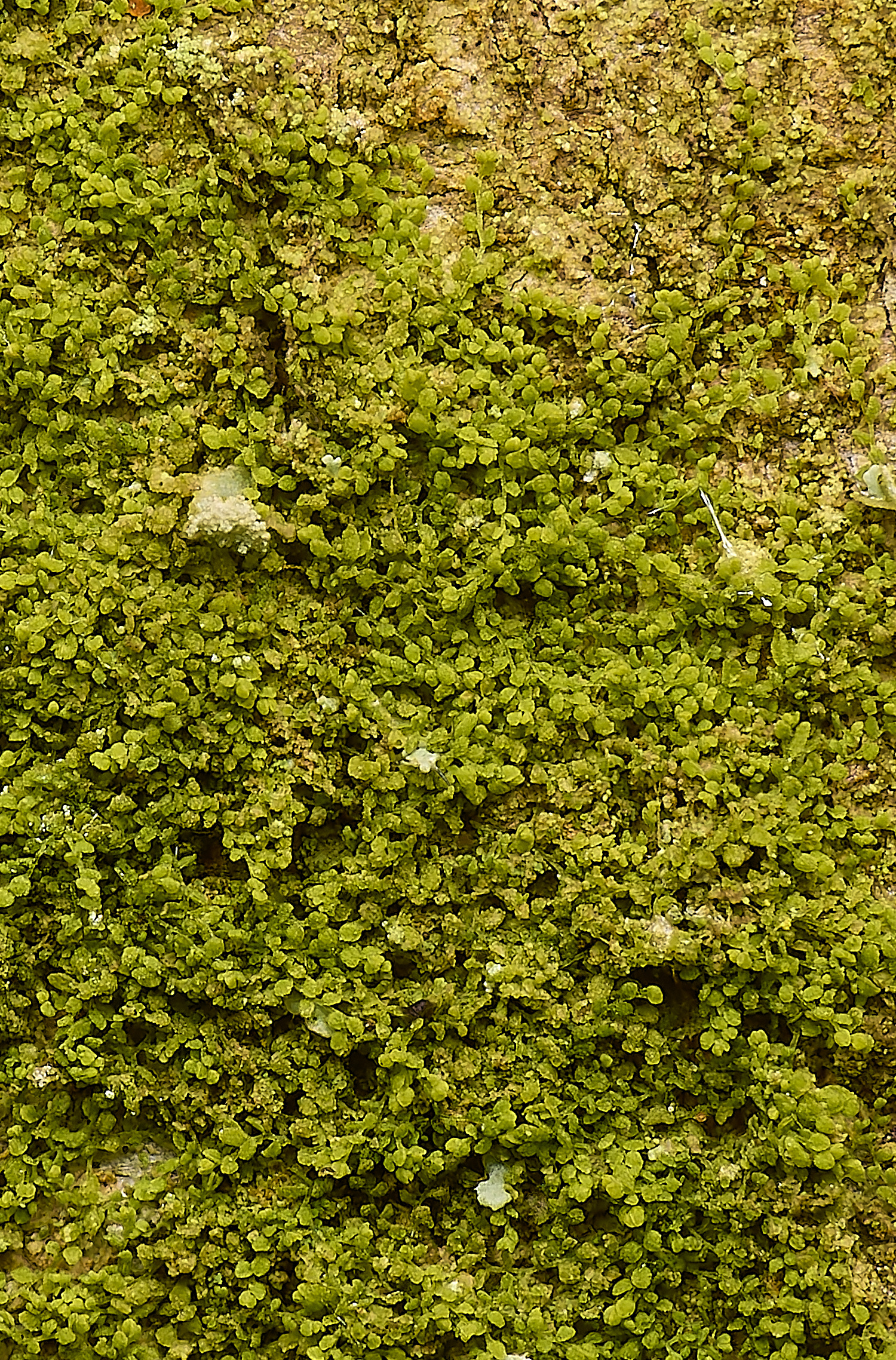
Minute pouncewort (Myriocoleopsis minutissima)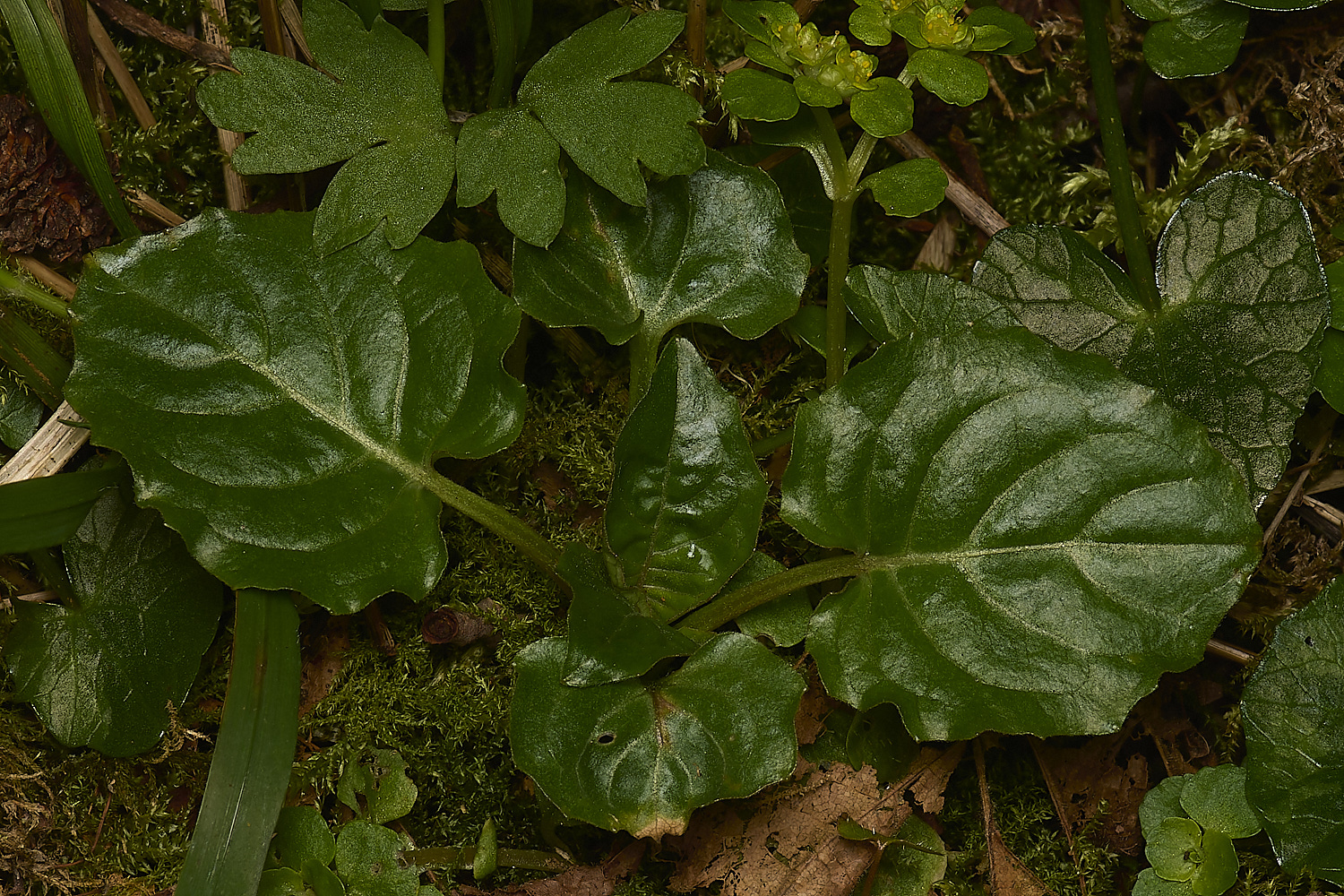
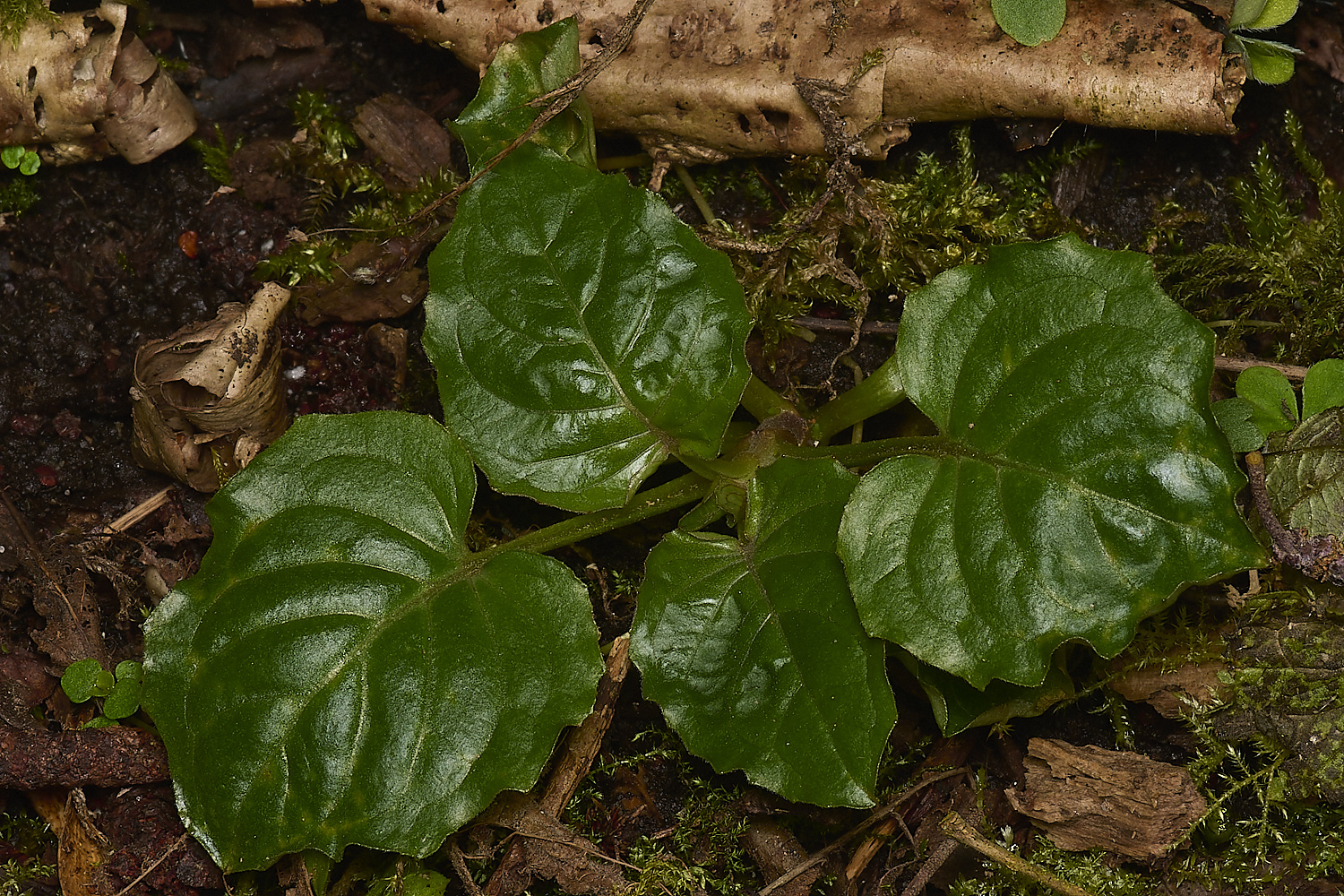
Enchnanter's Nightshade (Circaea lutetiana) broad basal leaves.


A splendid happy patterned partnership of Dilated Scalewort (Frullania dilatata) {brown} and Forked Veilwort (Metzgeria furcata)
This time fading into a Lichen Sp as well

The unmistakeable lime green of Bird's-claw beard-moss (Barbula unguiculata)
Dry, tightly rolled Hornschuch's Beard-moss (Pseudocrossidium horschuchianum)

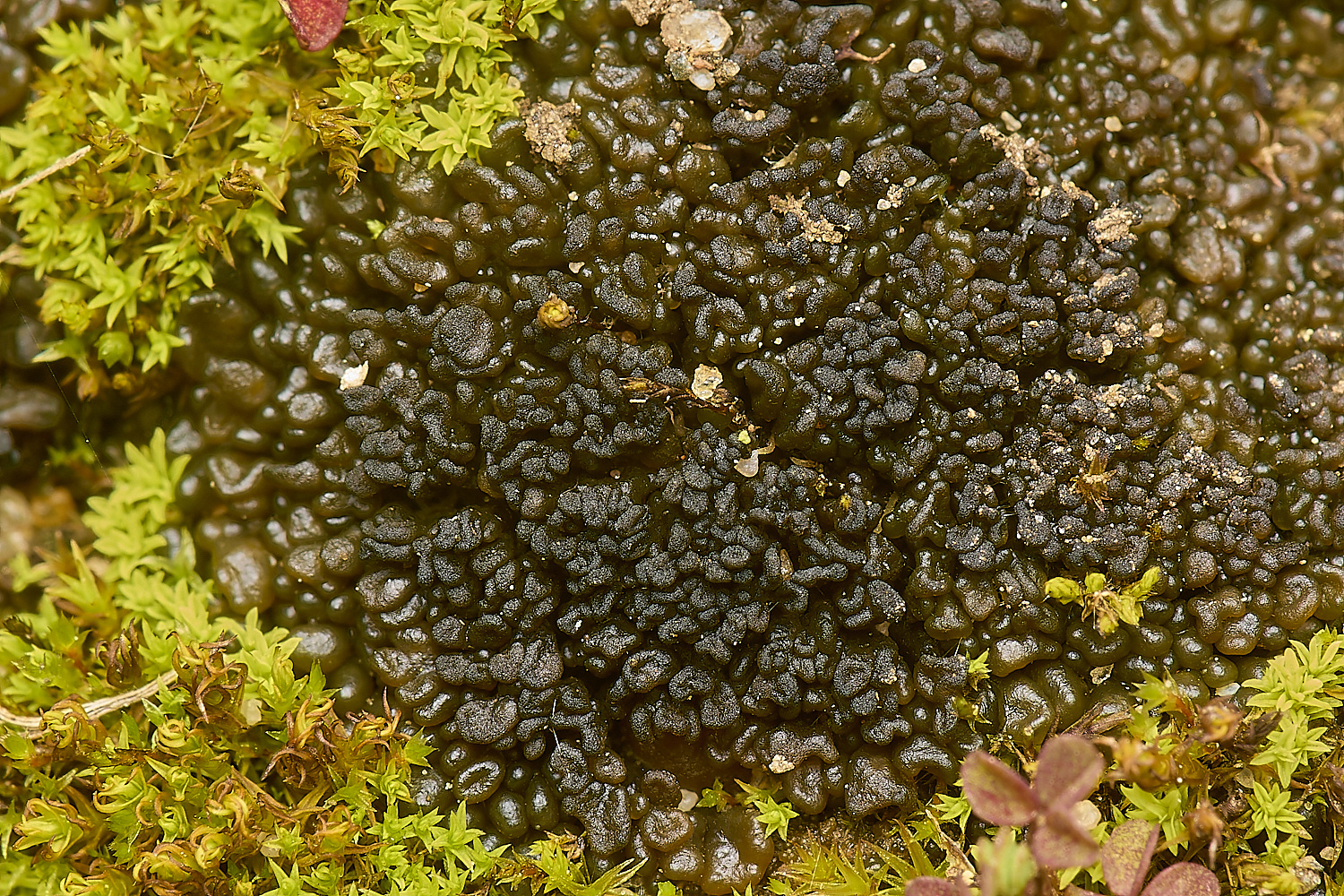
Probably Nostoc (Cyanobacteria) rather than a Lichen.
Troll's butter, spit of moon, fallen star, witch's jelly being among the panoply of names from Wikipedia.
The name going all the way back to Paracelsus 1493-1541
A combination of of the English 'nostril' and German "Nasenloch"
In other words
Snot Like 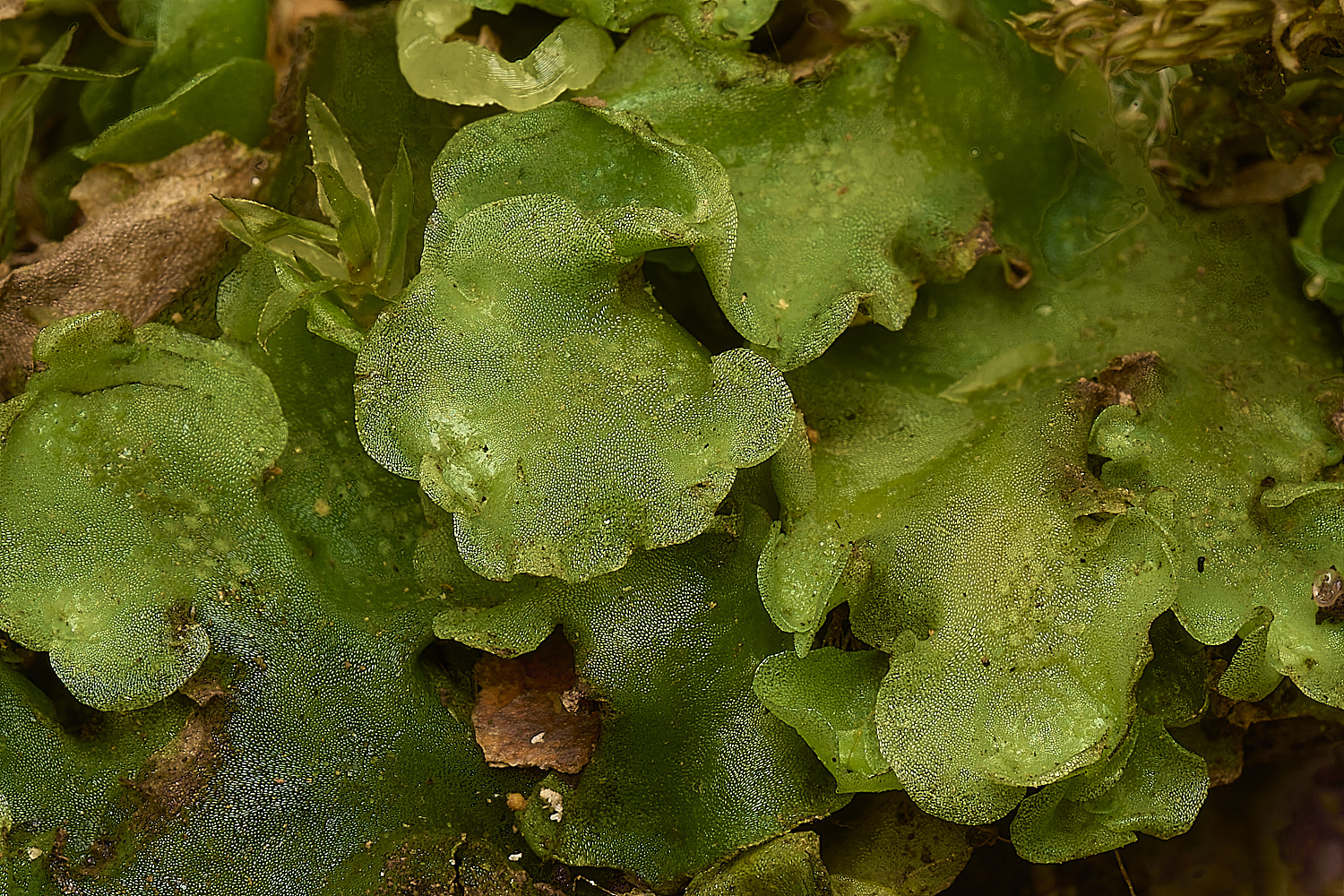
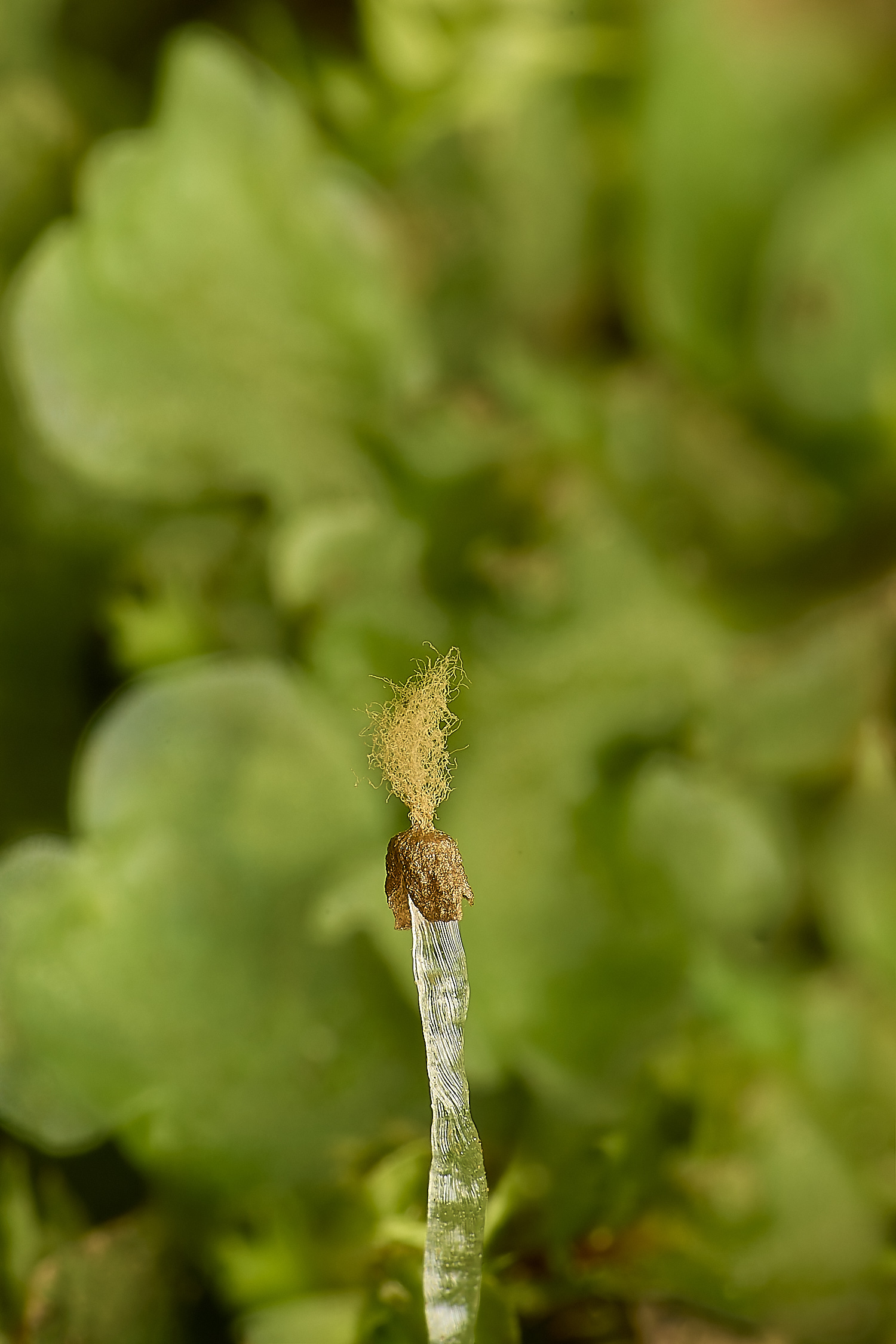
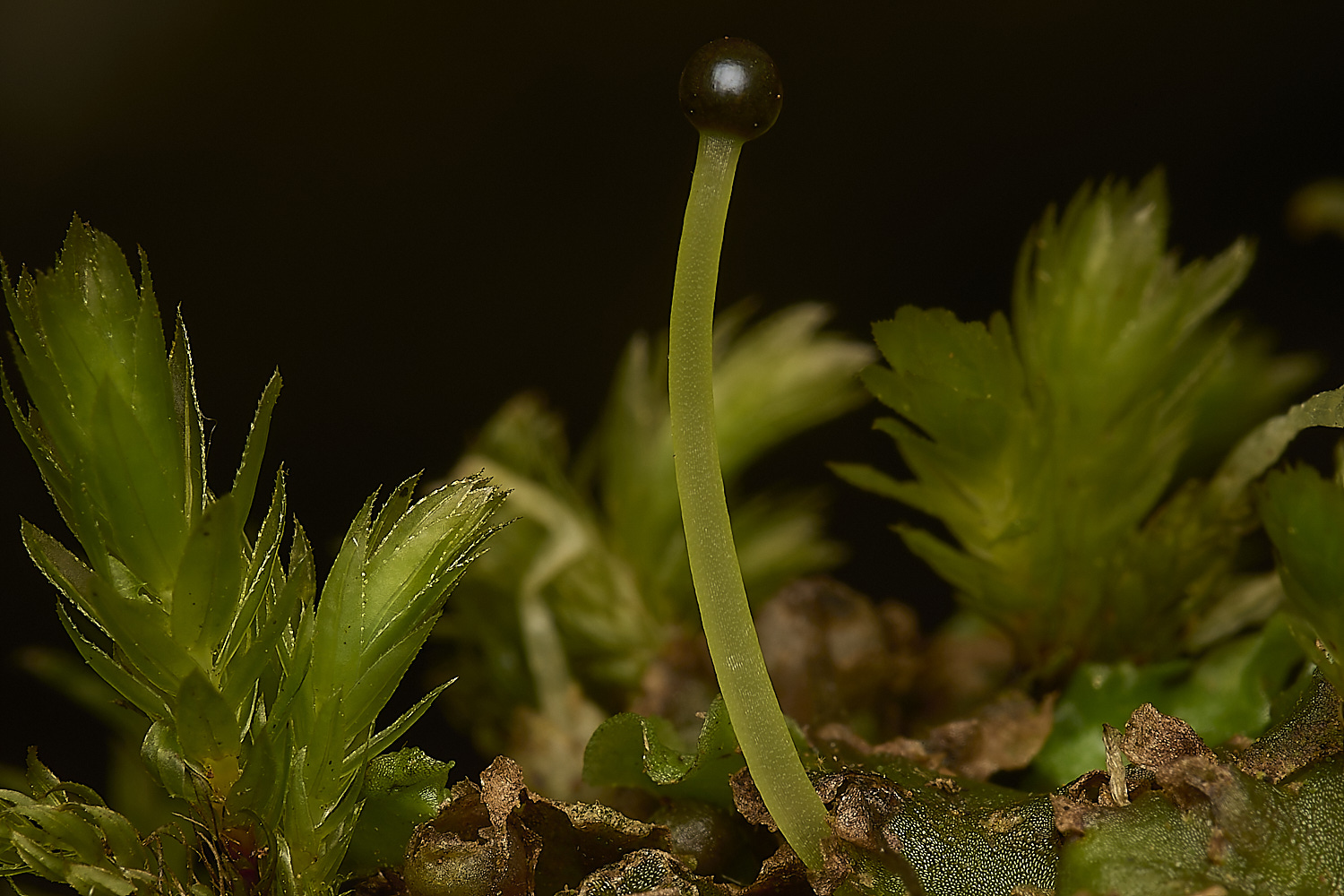
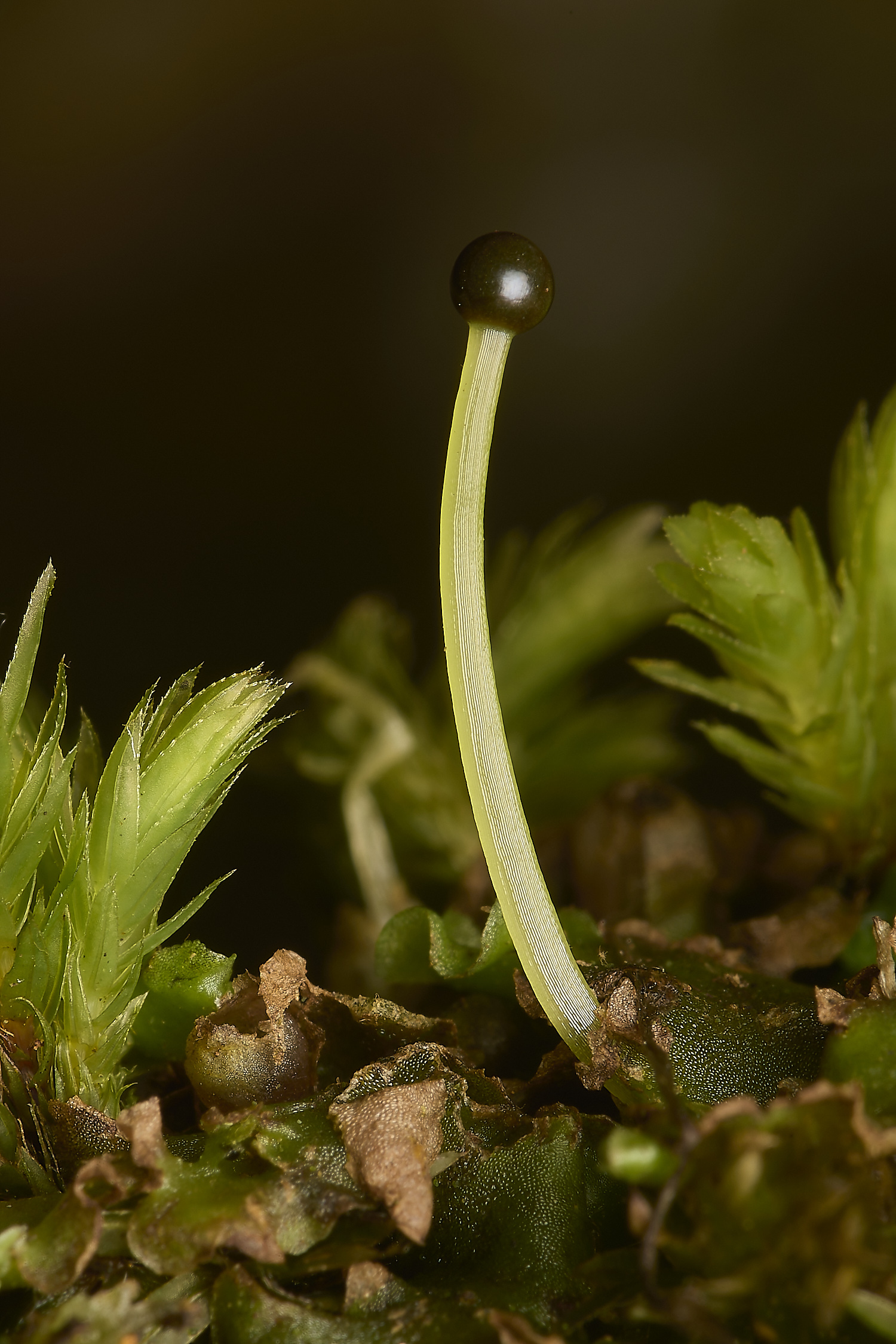
Mature sporophytes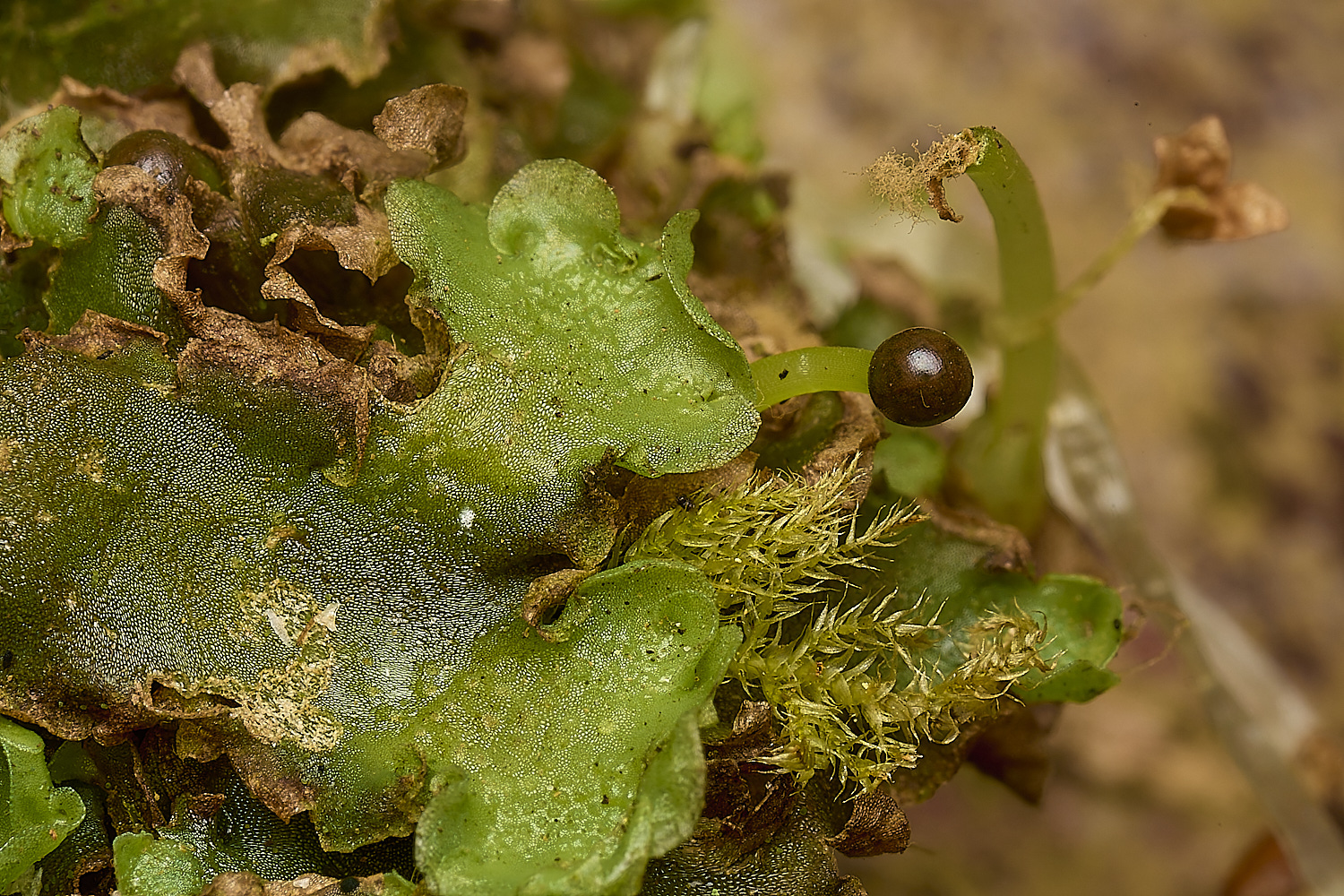
Overleaf Pellia (Pellia epiphylla)
Monoicious - Male & female organs on the same thallus.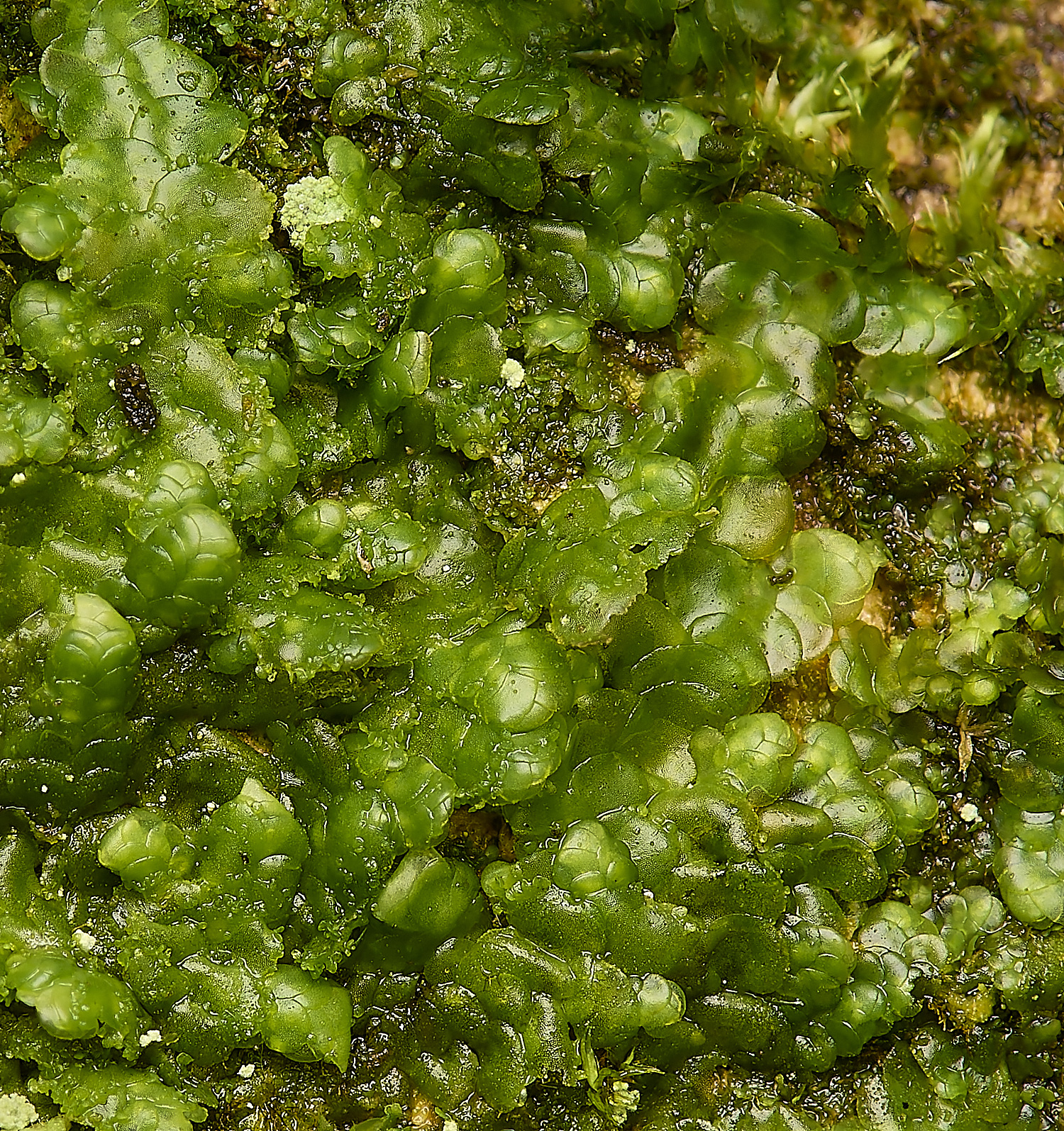

Even Scalewort (Radula complanata) with gemmae on the leaf margins.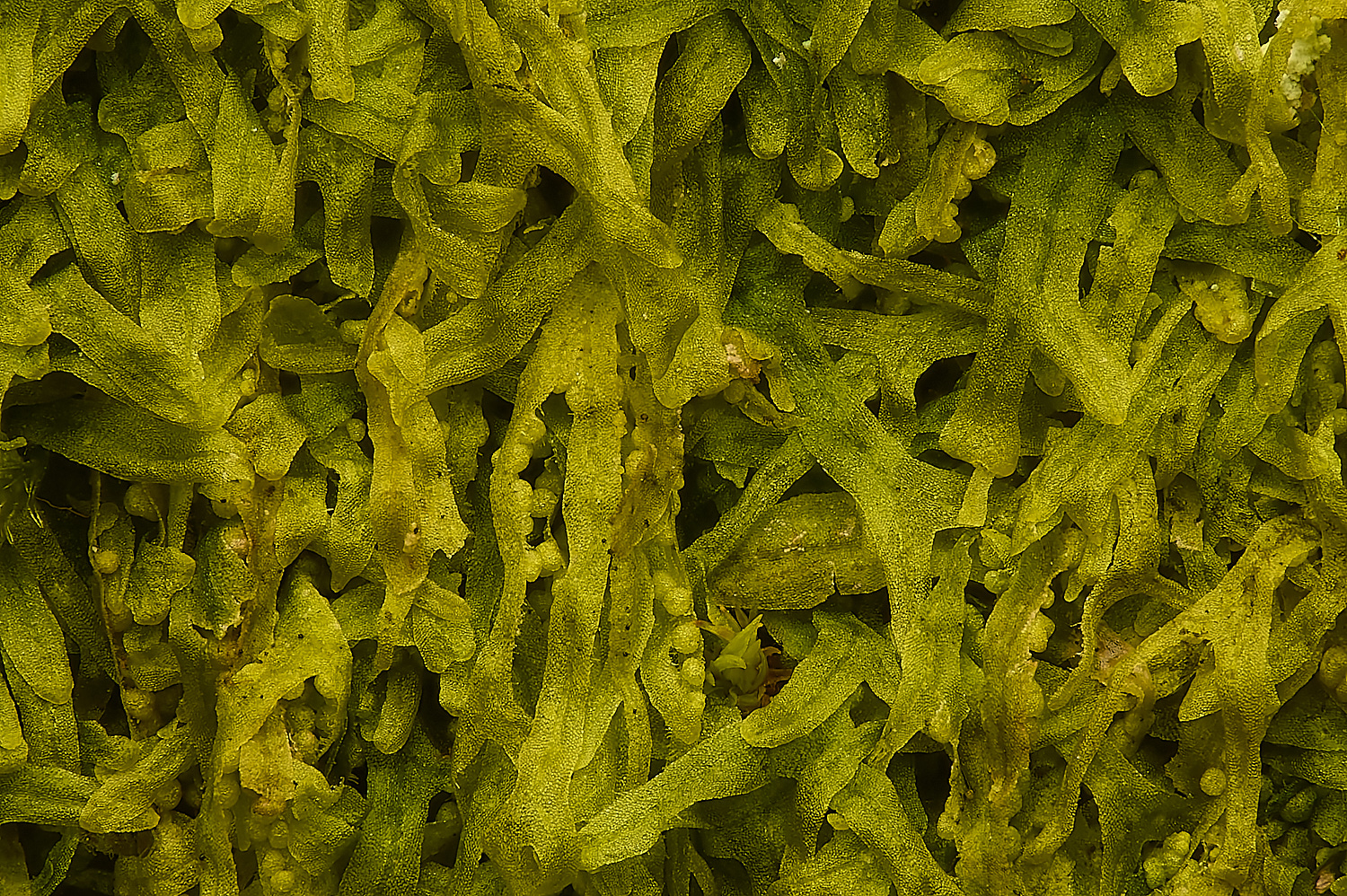
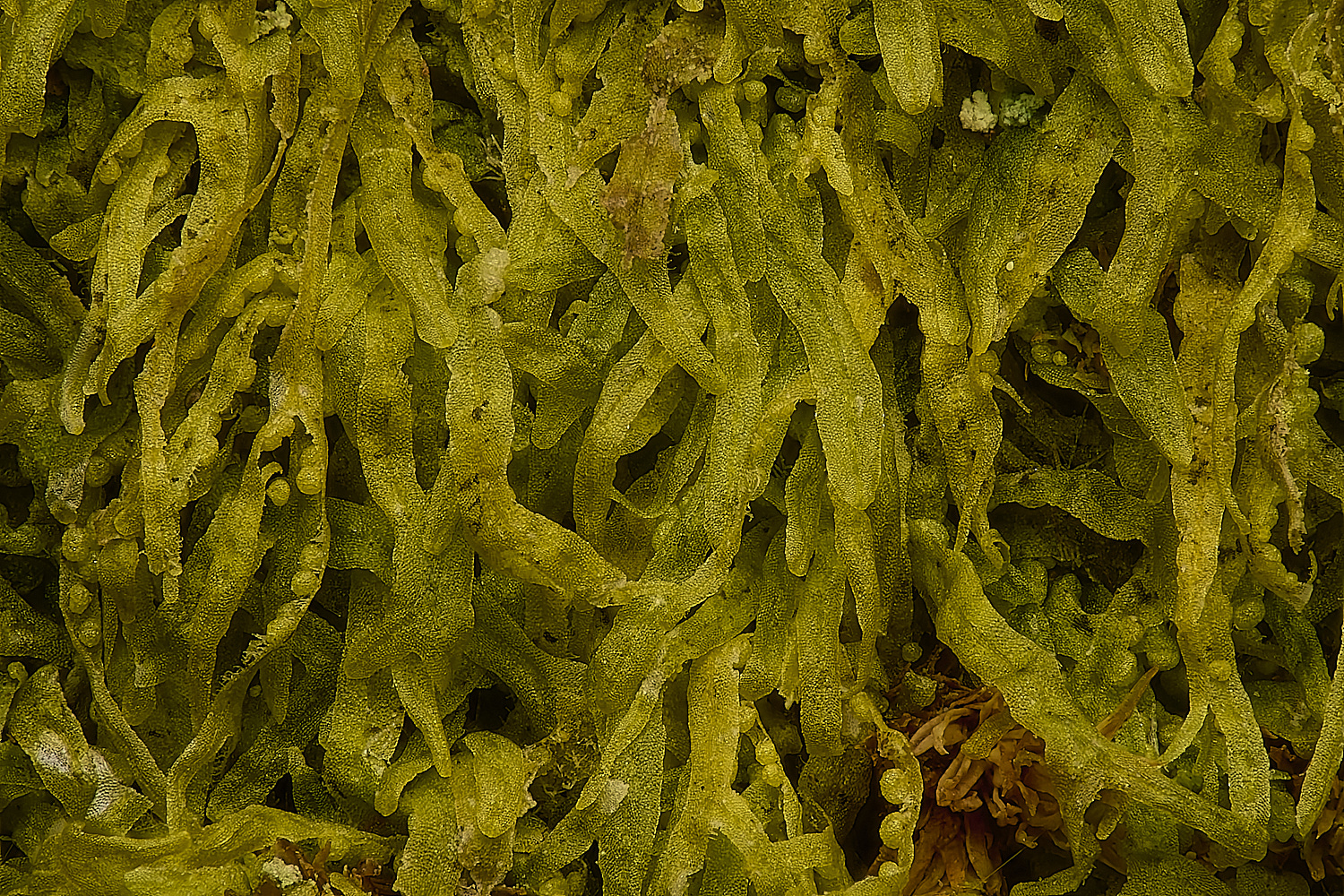
Forked Scalewort (Metzgeria furcata)
A dioecious species 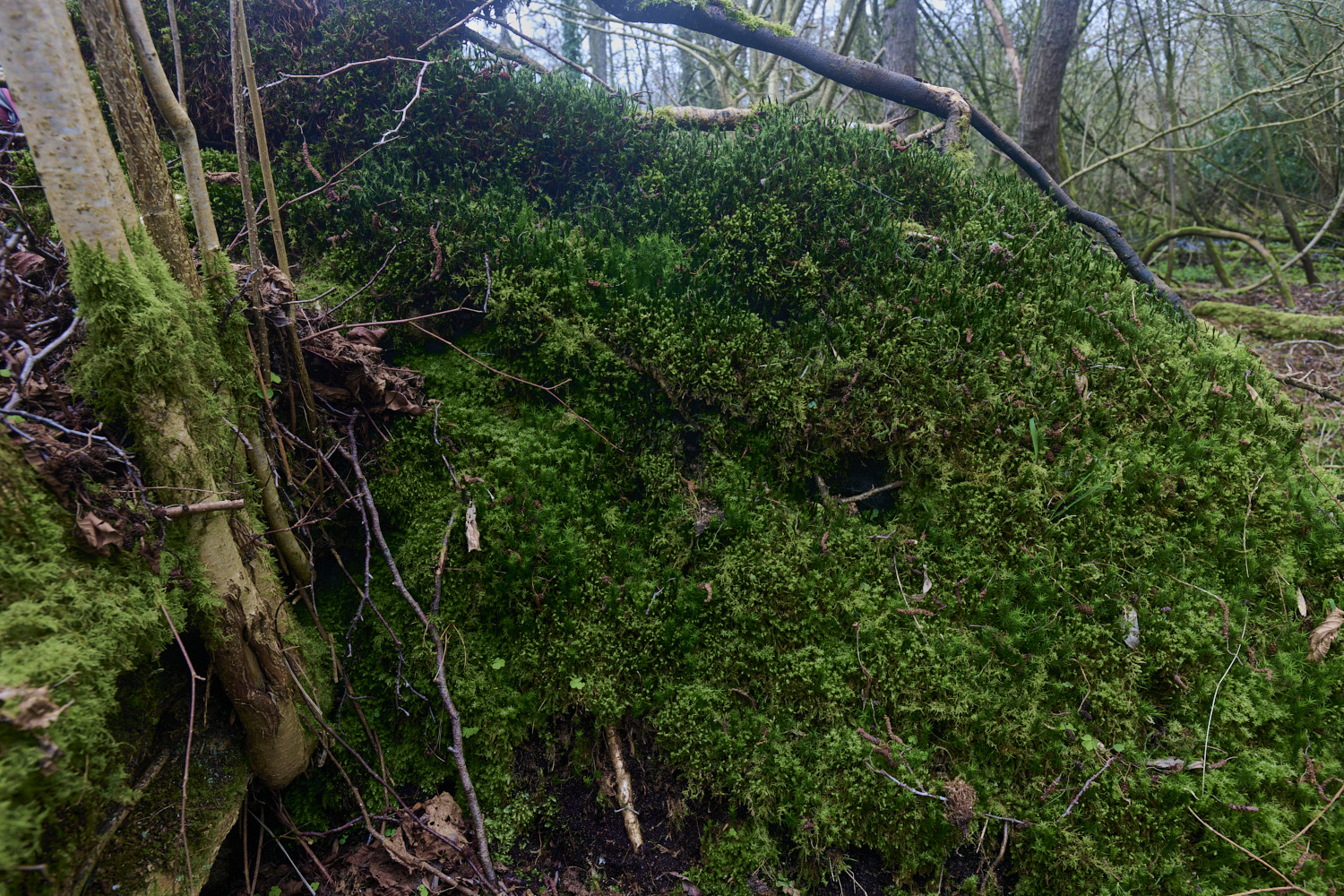
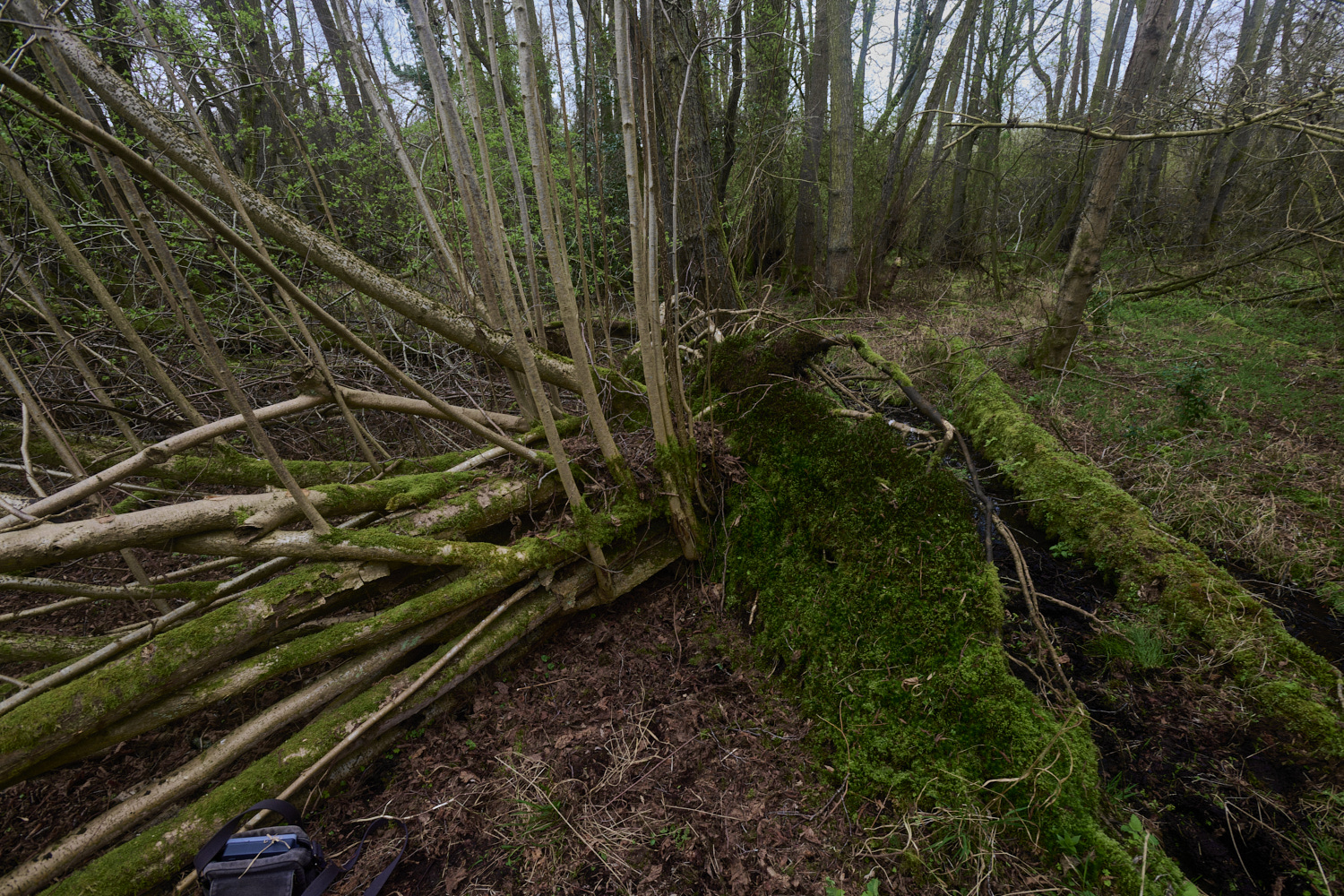
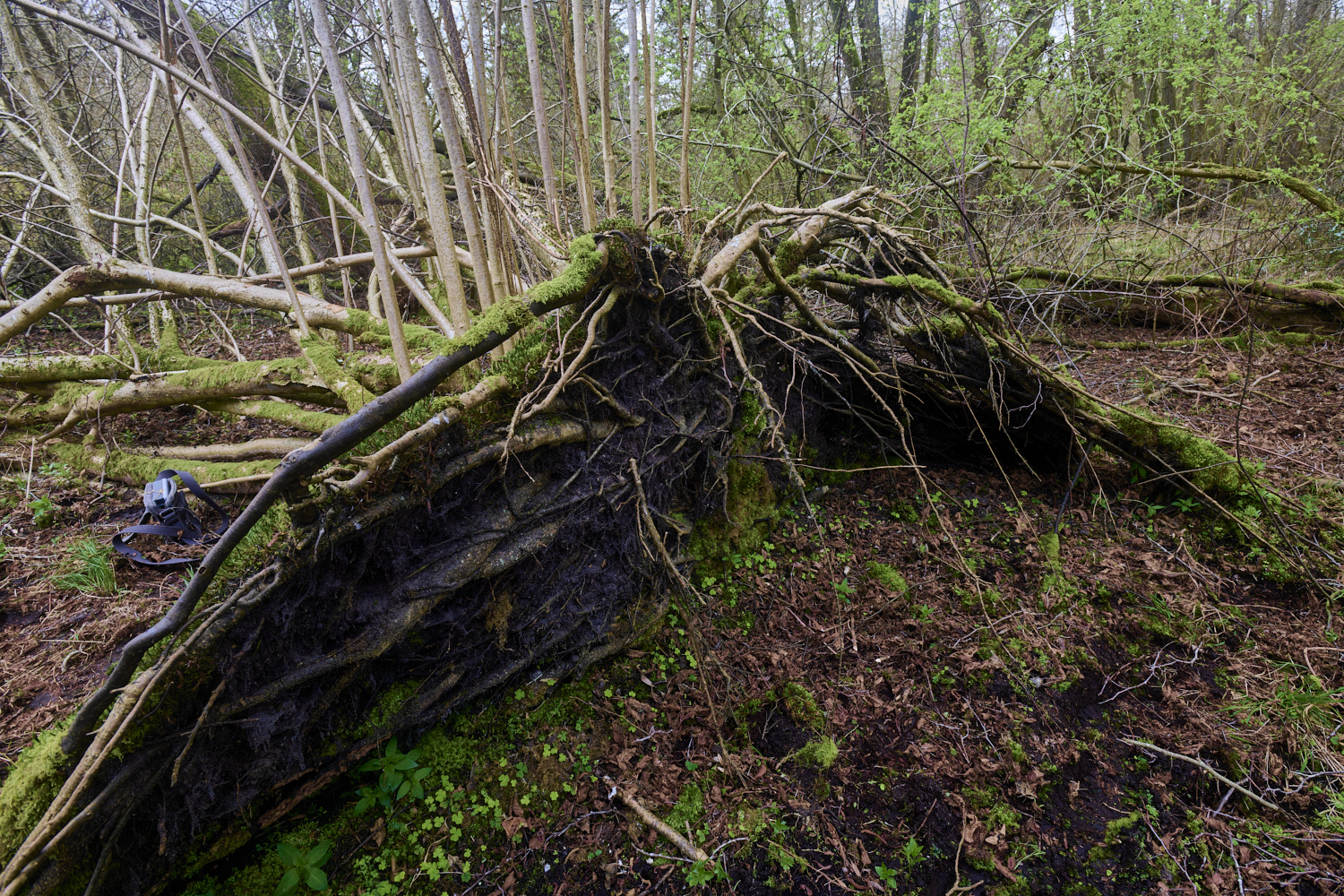
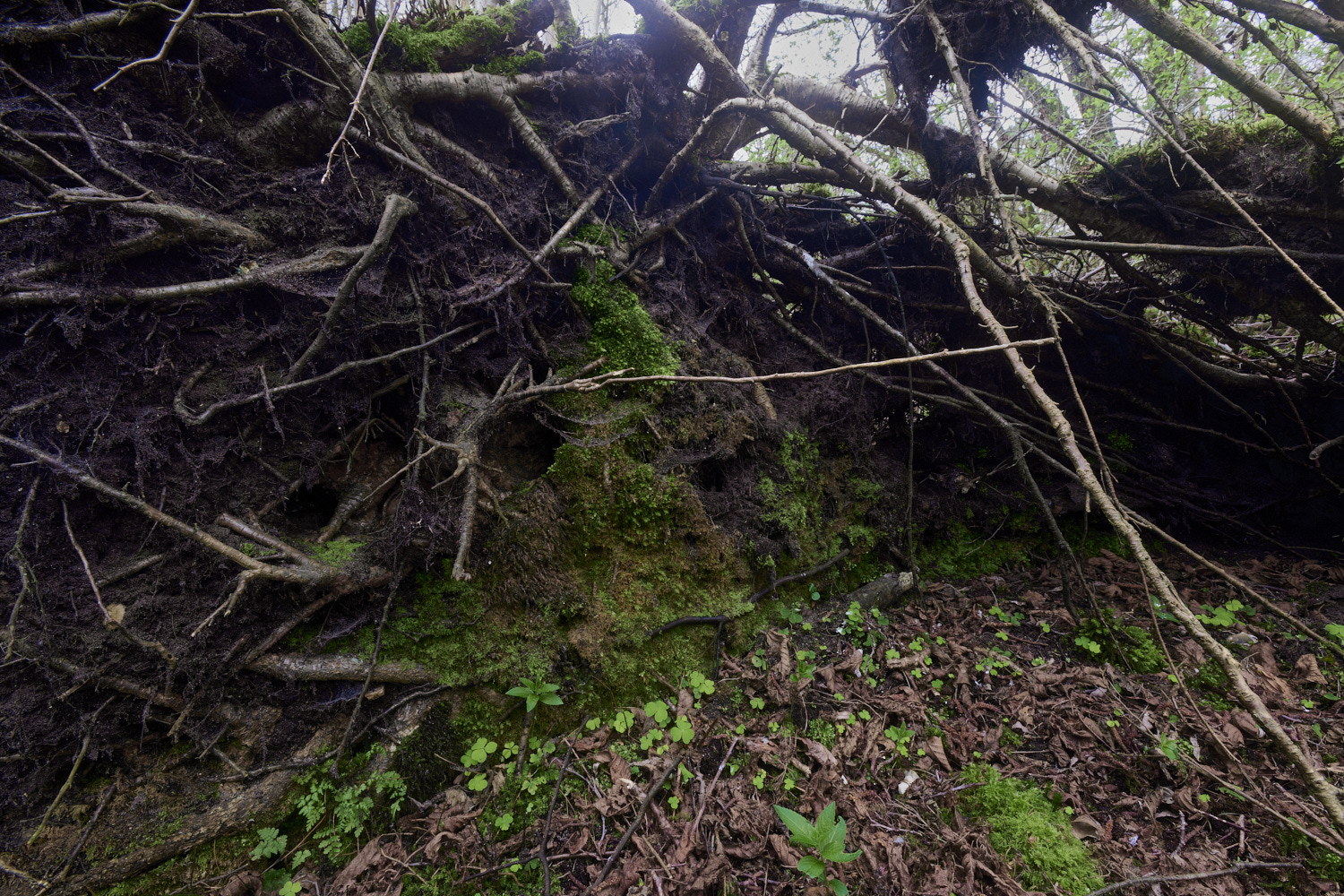

A well colonised & spectacular rootplate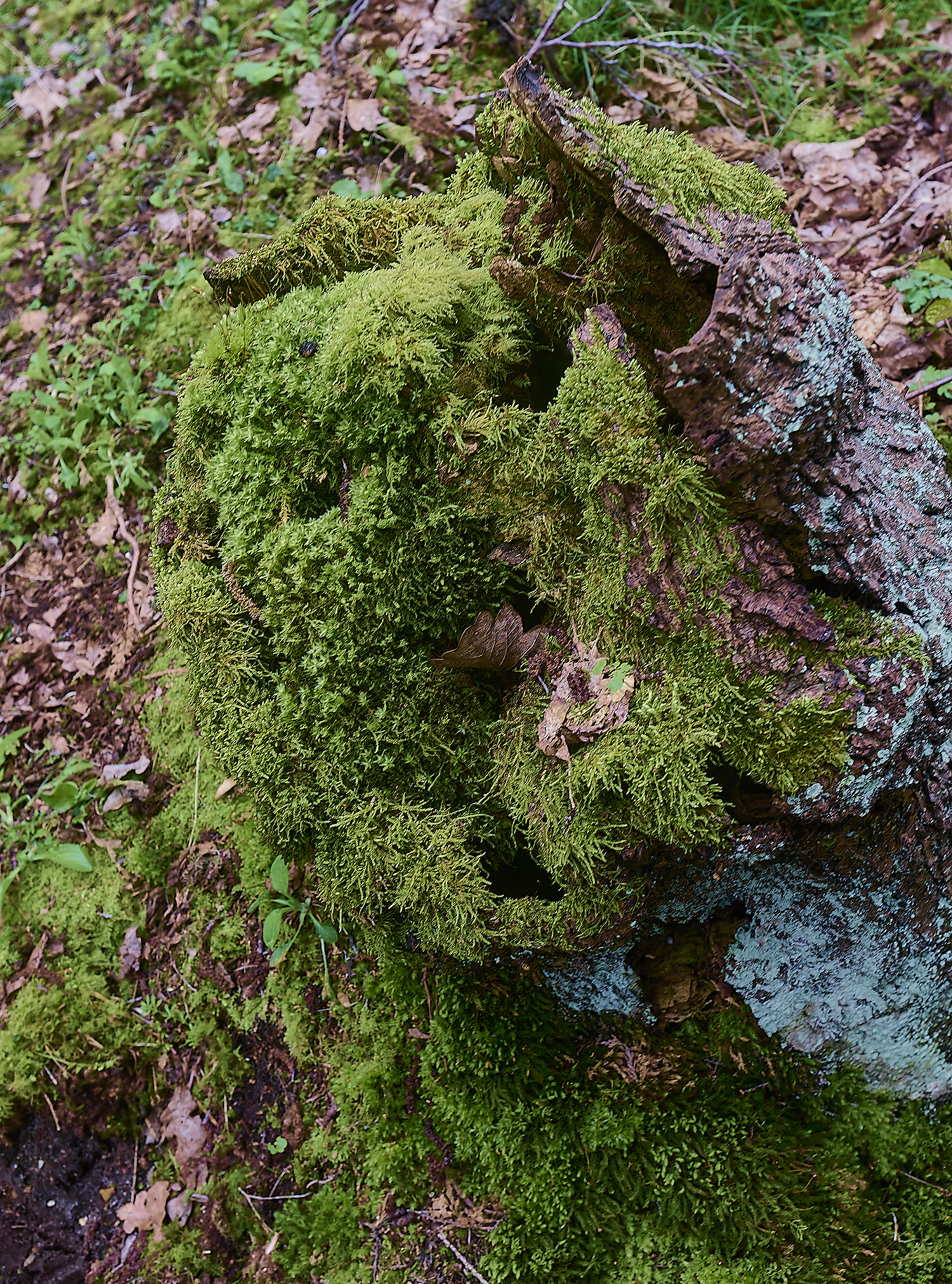
A stump engulfed.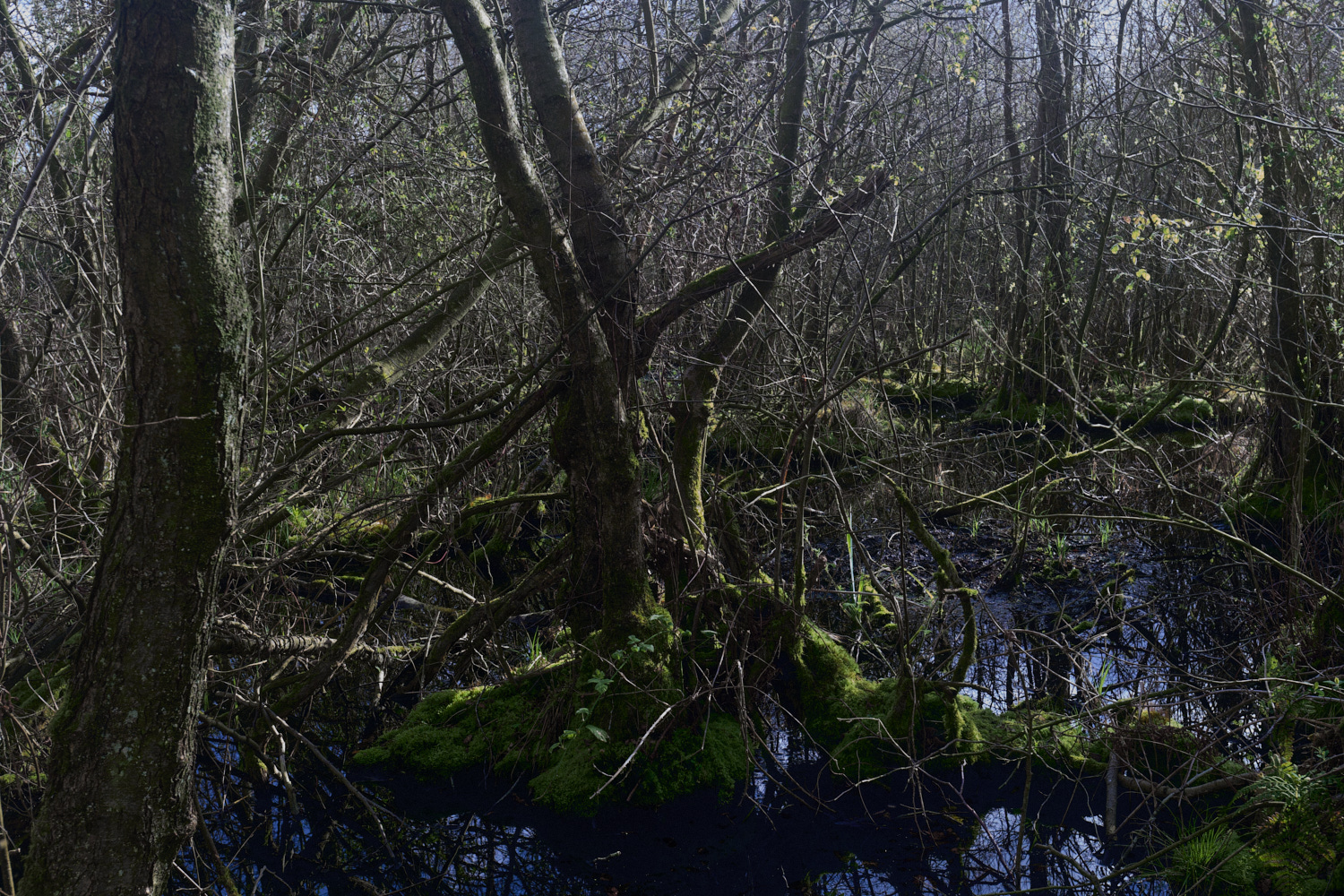
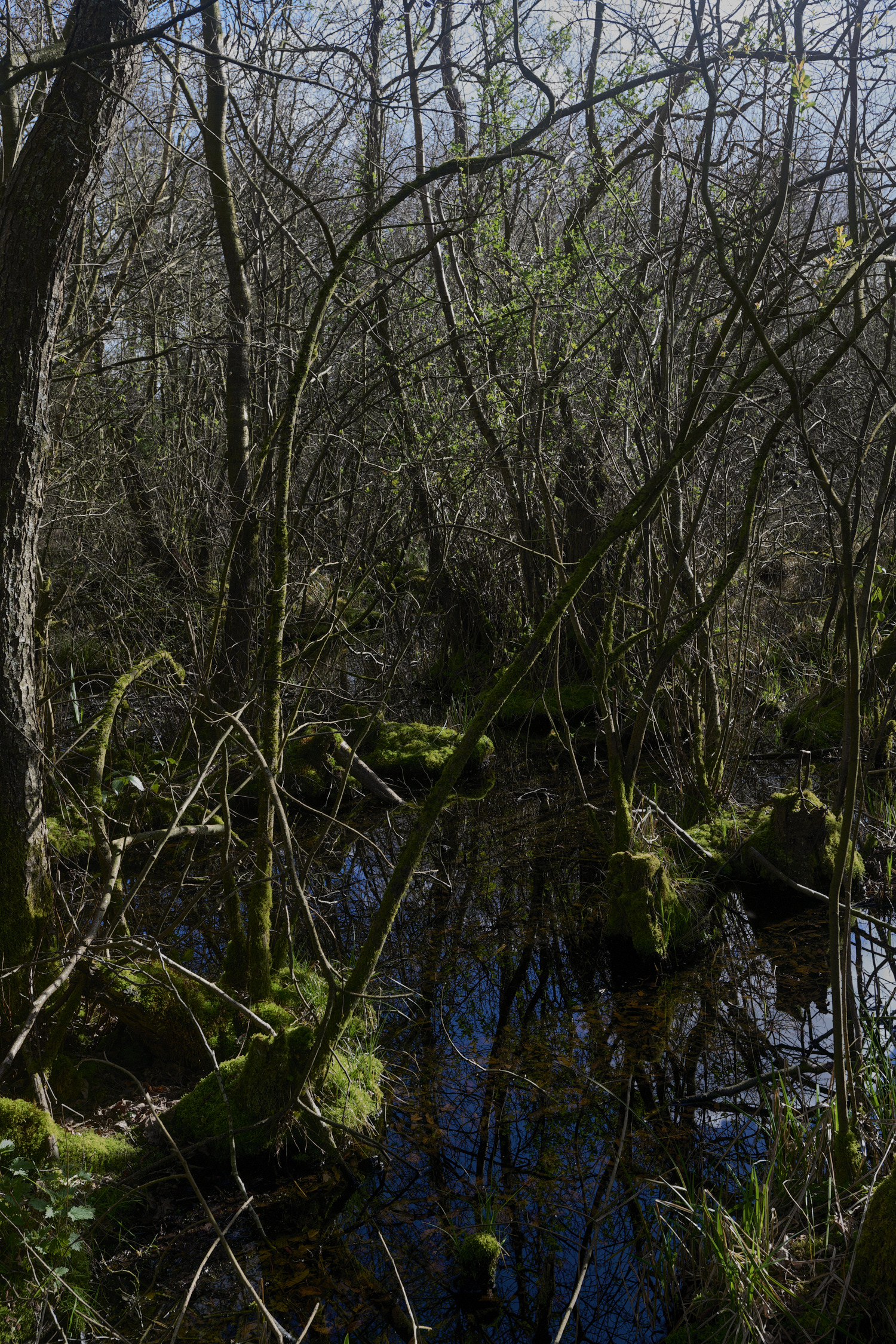
Wet woodland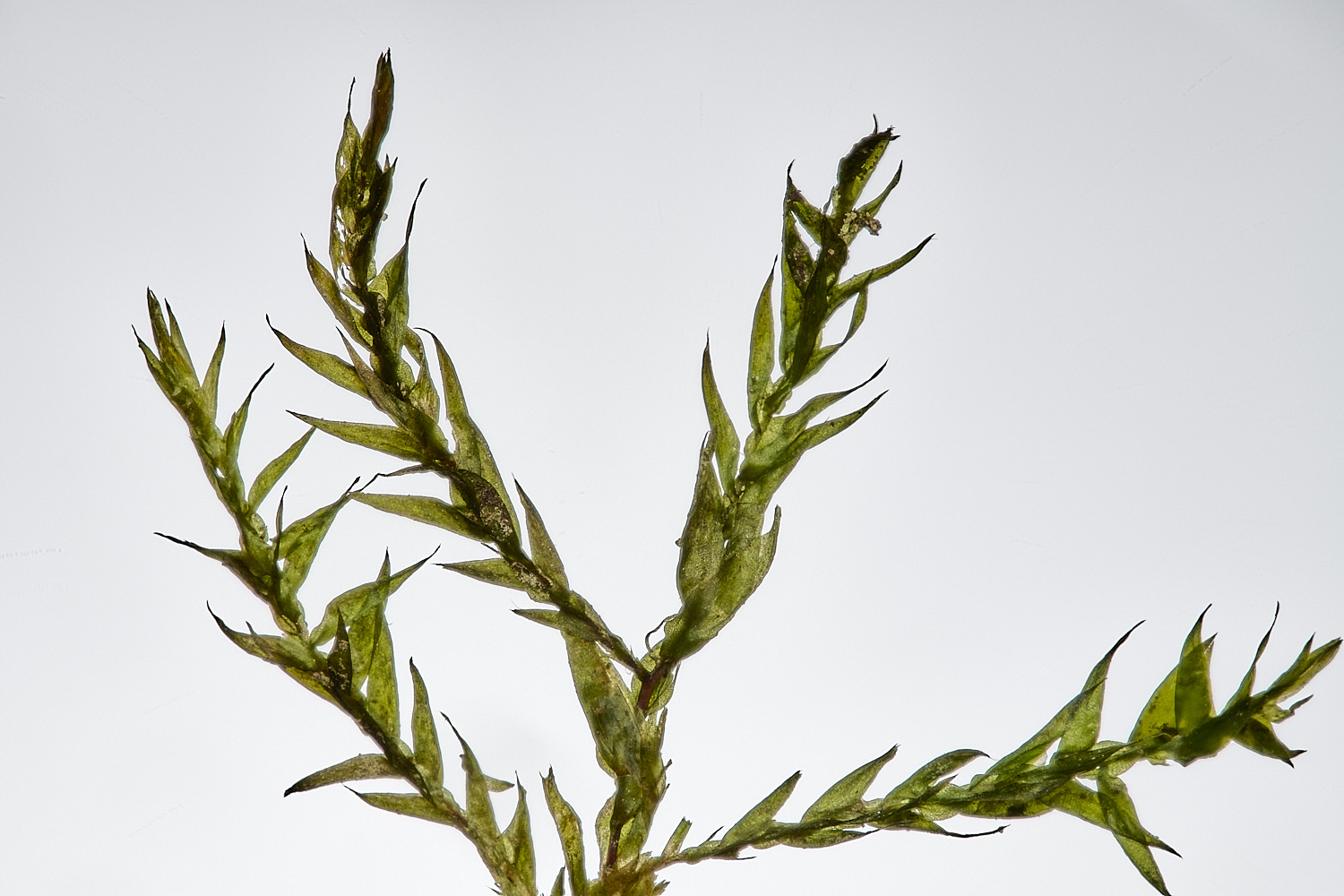
Willow Moss (Fontanalis antipyretica)
Large mouse-tail Moss (Isothecium alopecuroides)
Aldborough Church




Dog's Tooth Violet (Erythronium dens canis)
Wayland Wood
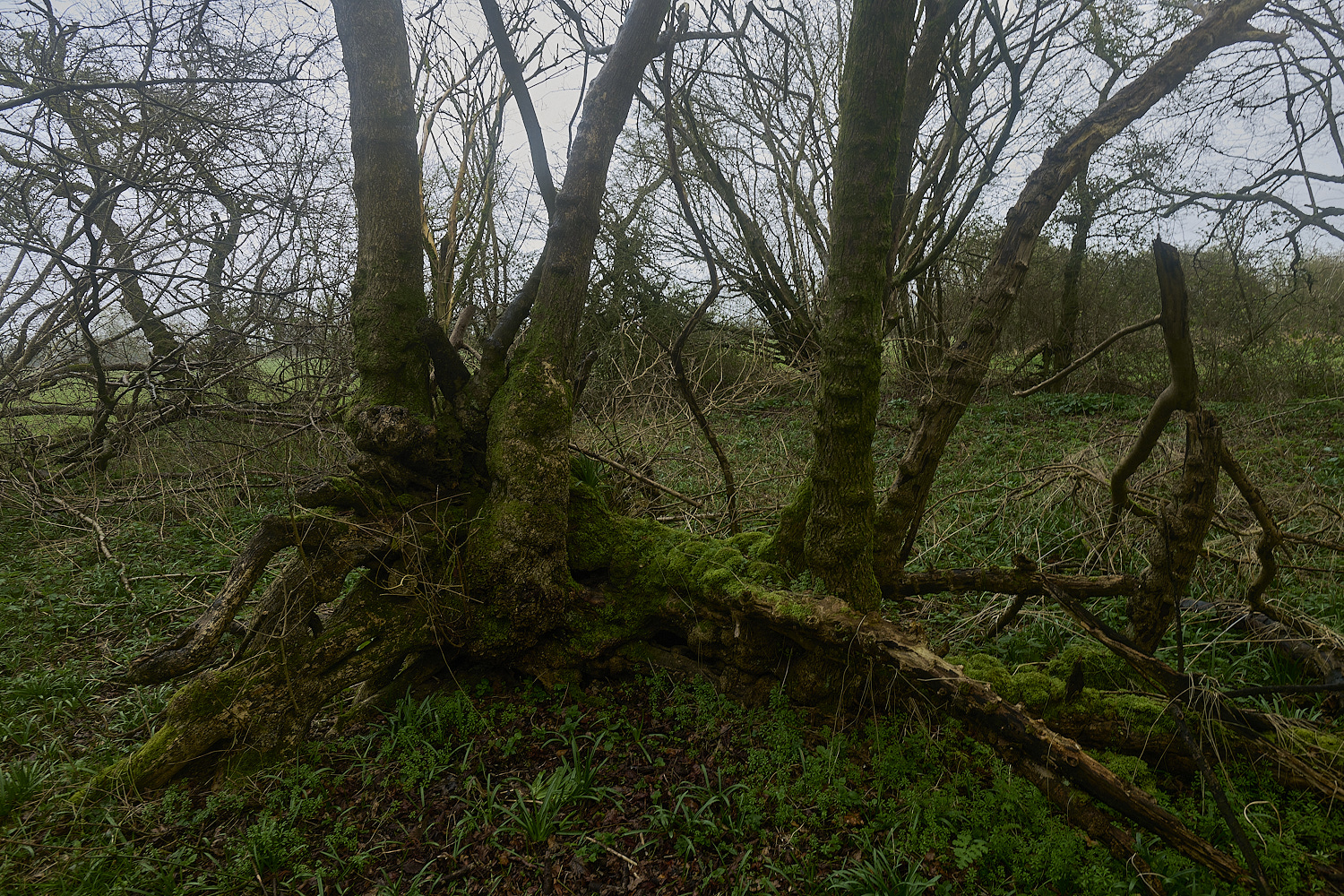
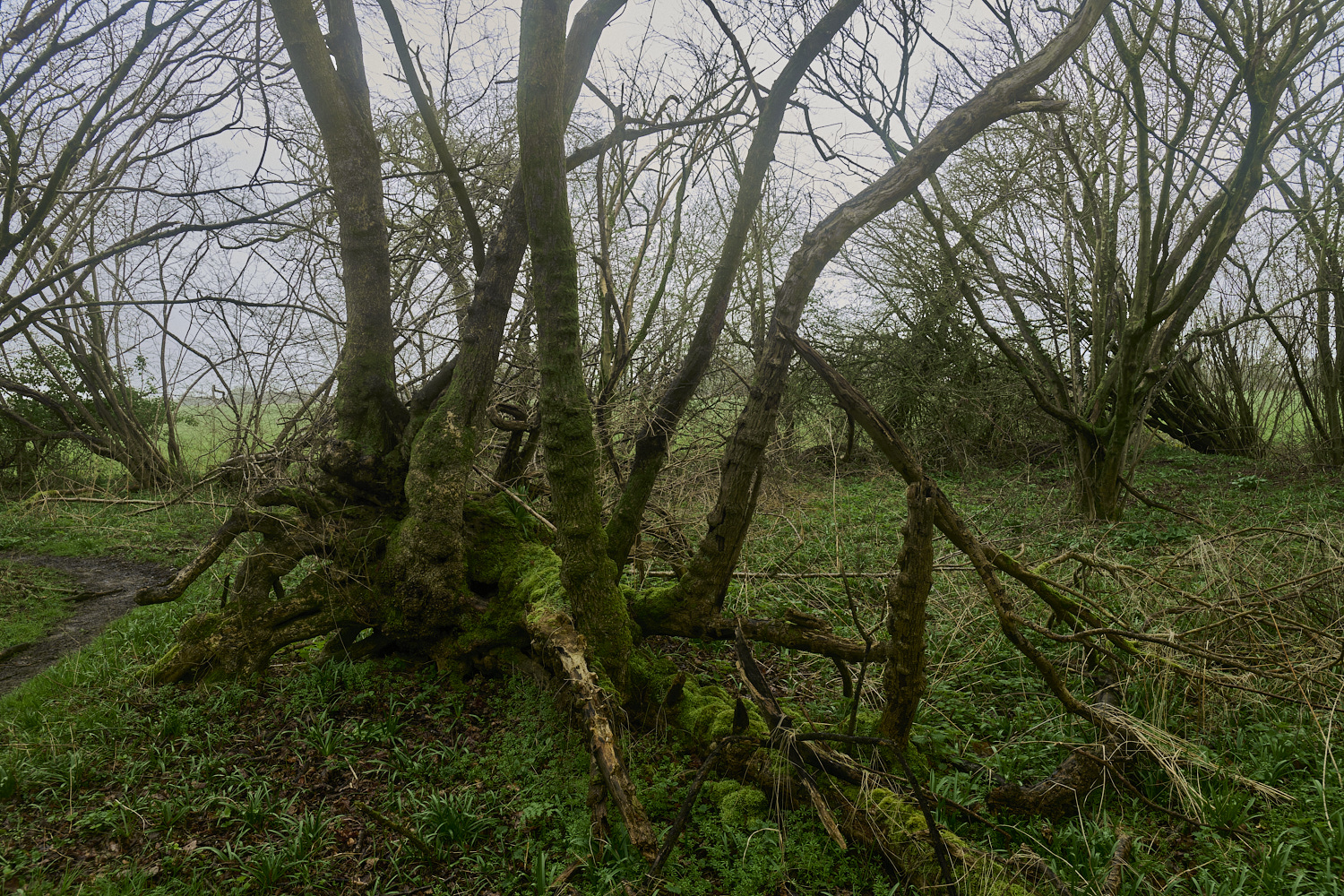
A wonderful Field Maple (Acer campestre). Downed but still growing well.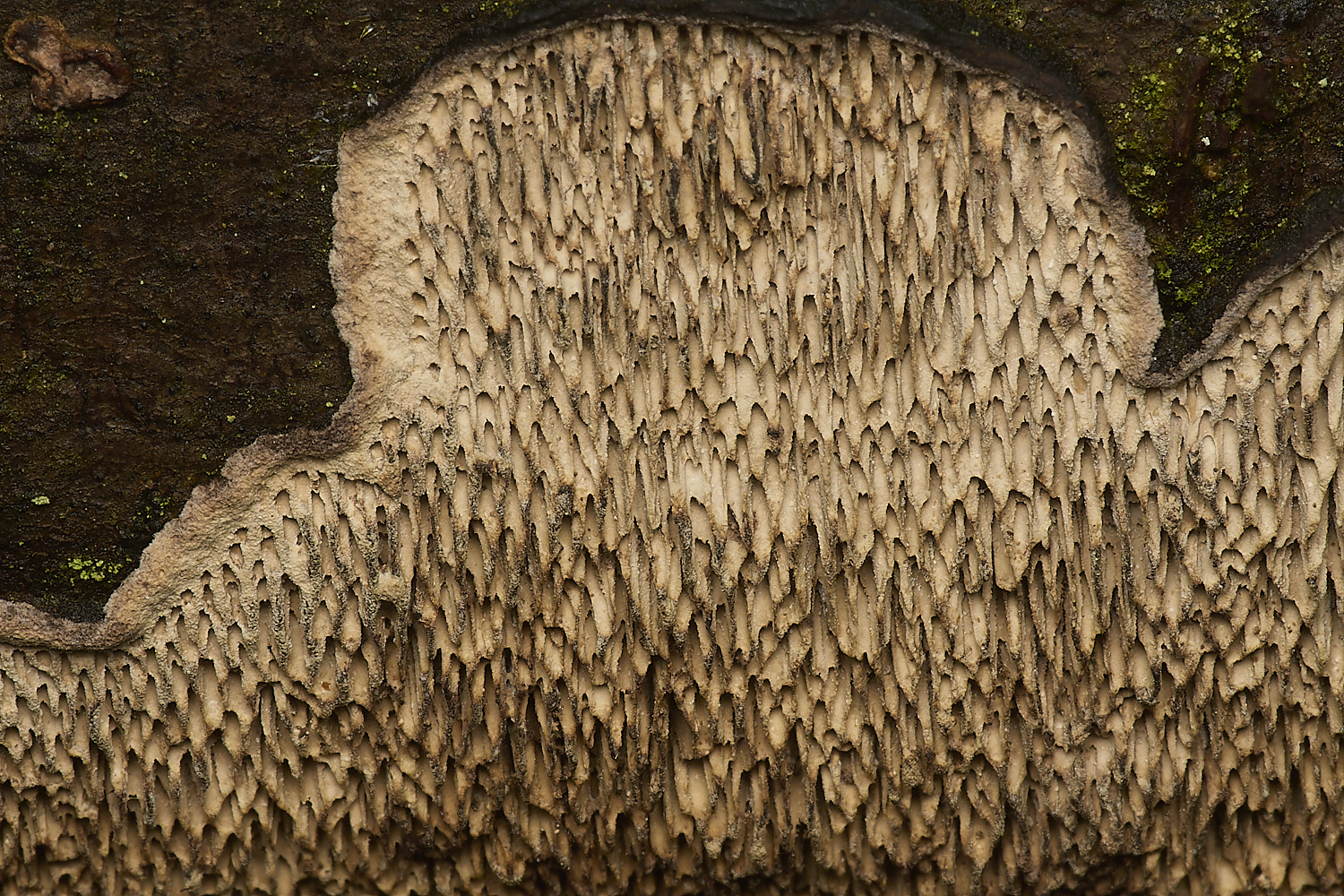
Netted Crust (Byssomerulius corium)

Candlesnuff (Xylaria hypoxylon)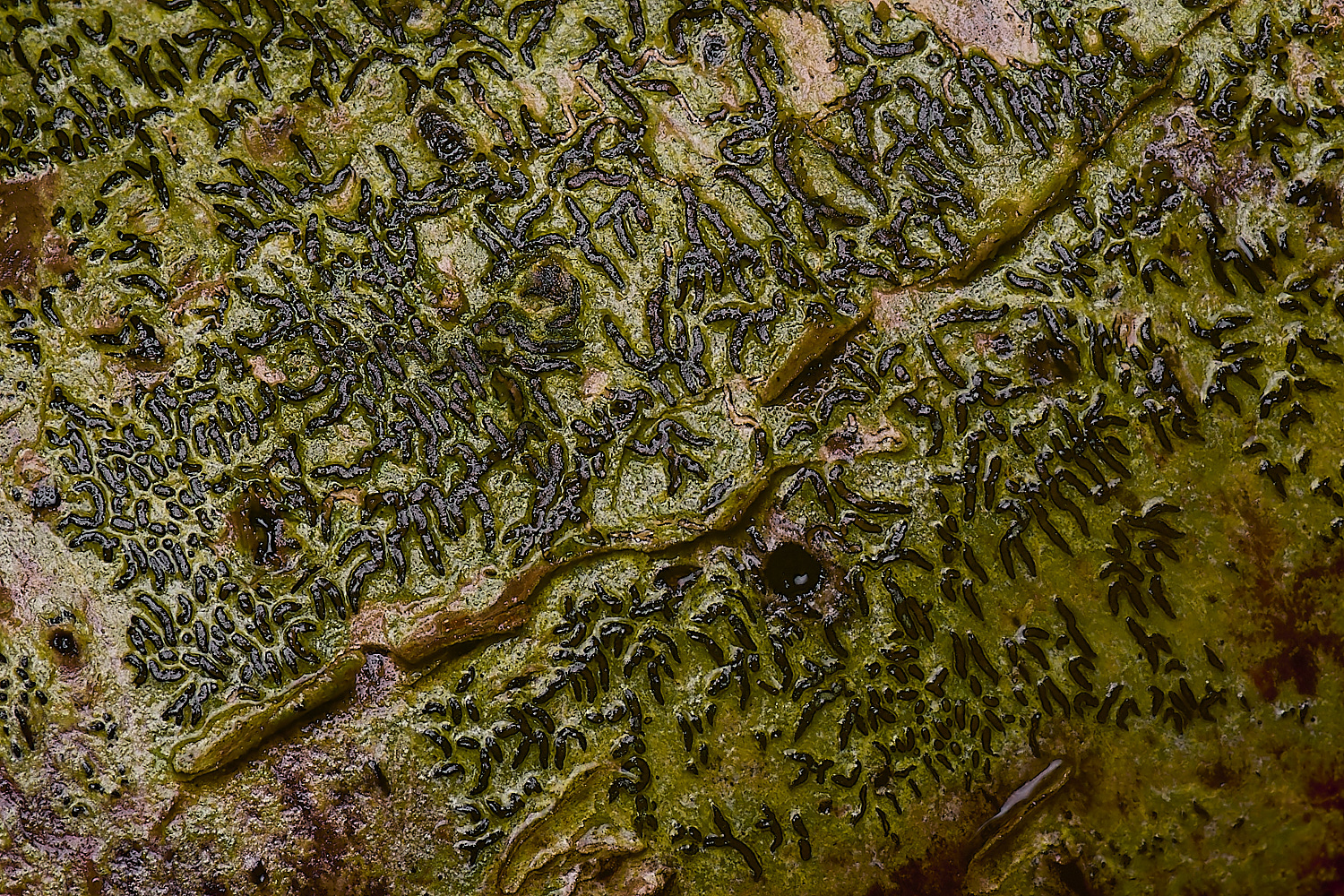
Script Lichen Sp?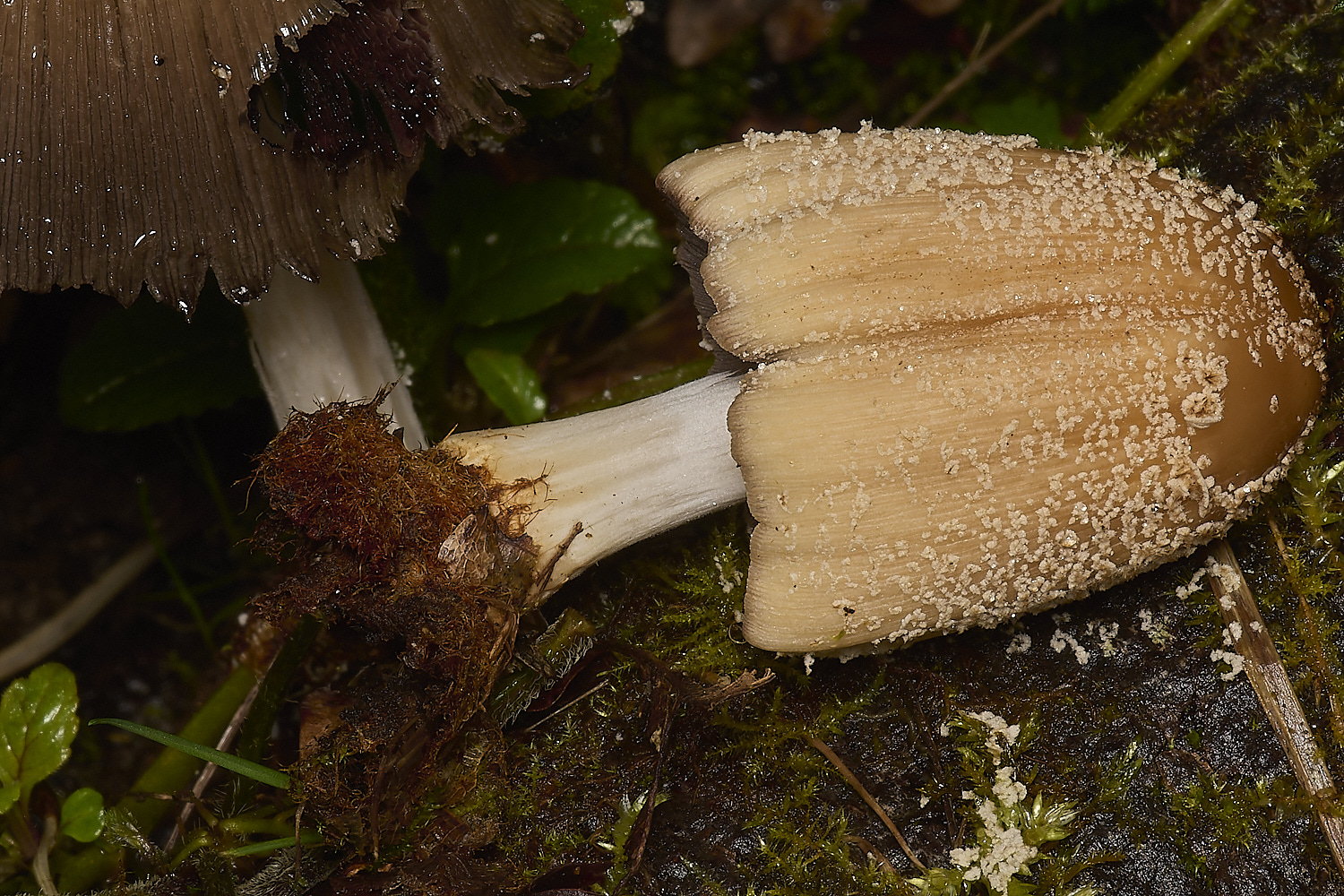
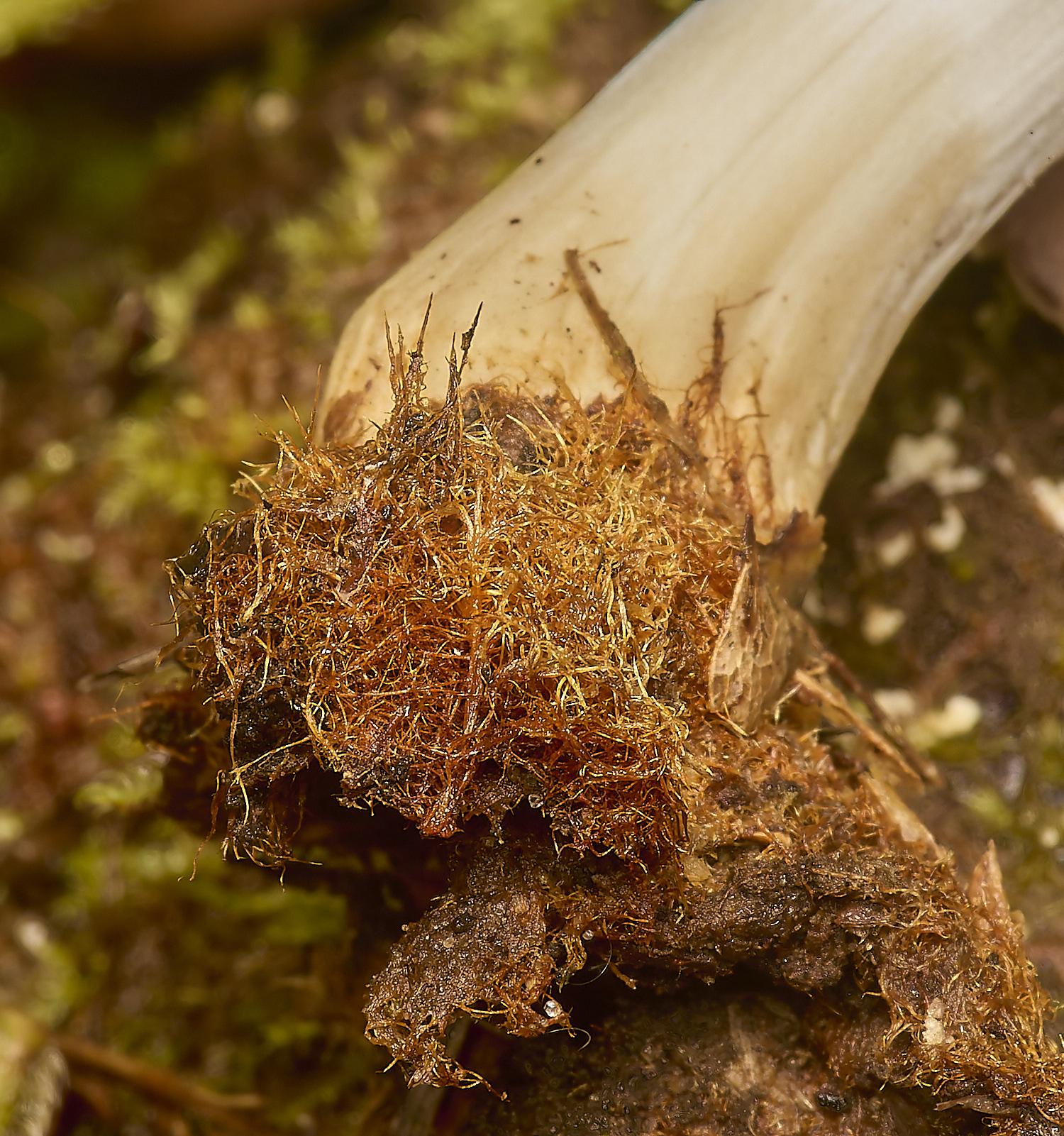
Glistening Inkcap (Coprinellus micaceus)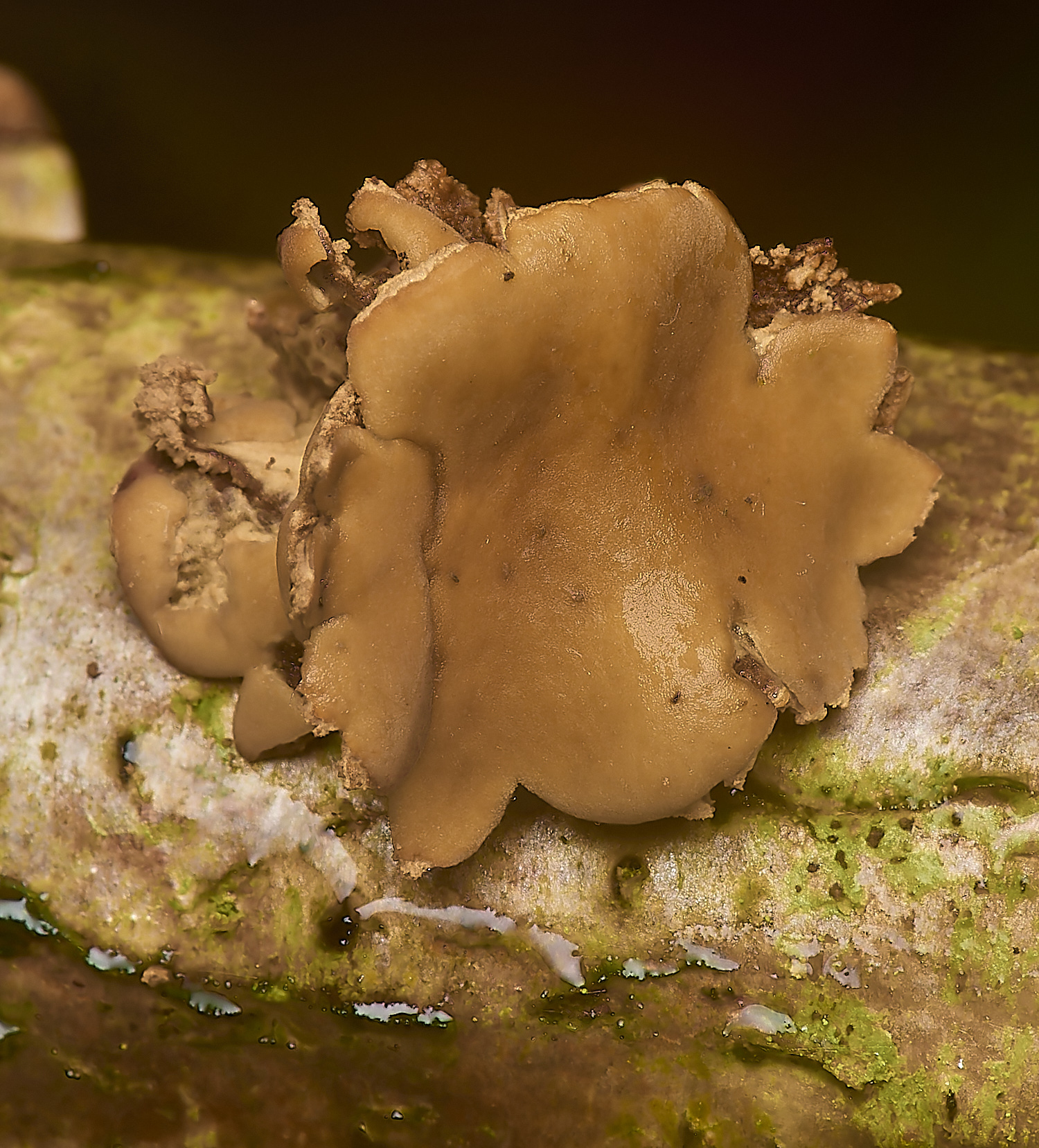
Spring Hazel Cup (Encoelia furfuracea)
Hazel (Corylus avalana) coppice 
Ash (Fraxinus excelsior and Hornbeam (Carpinus betulus)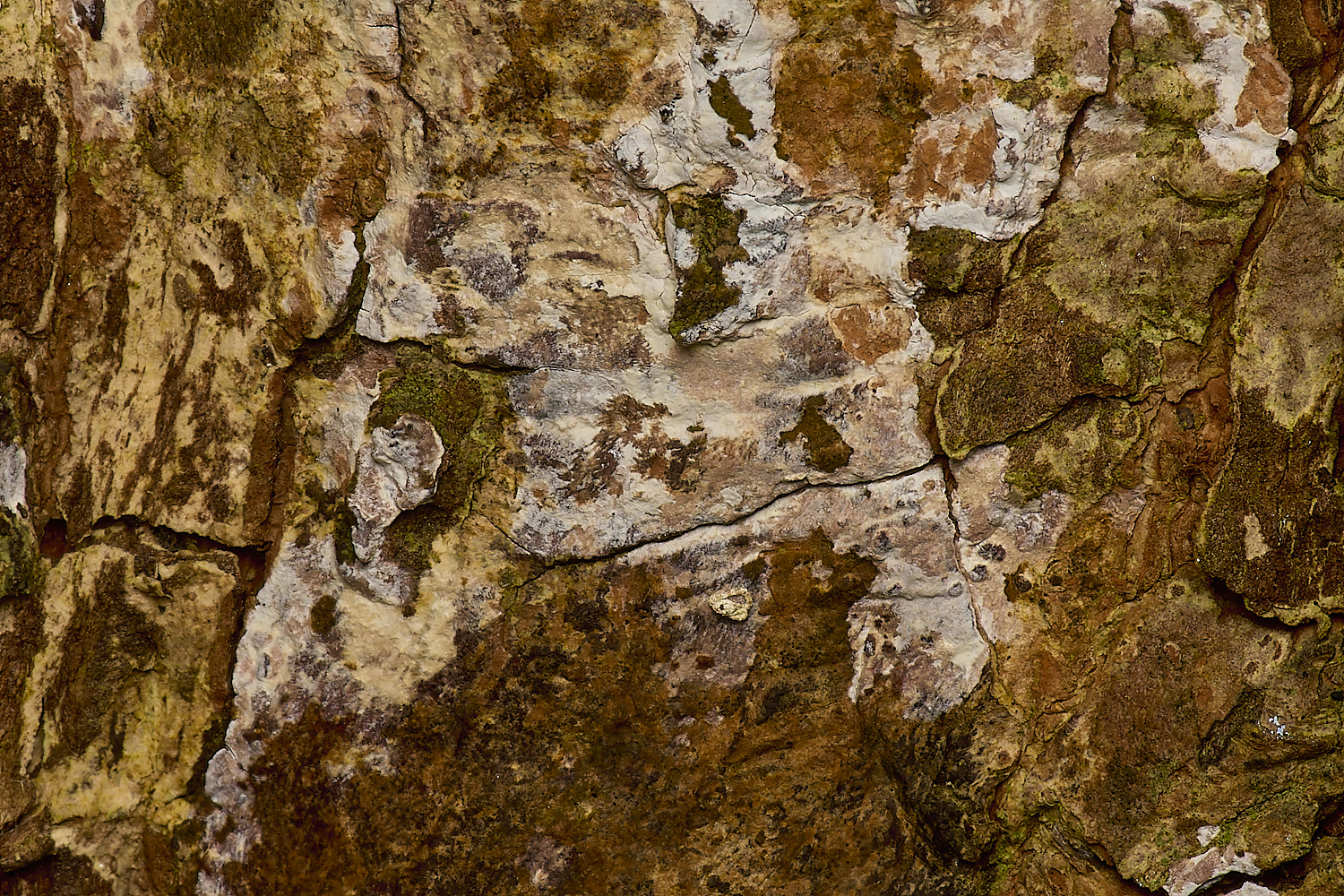
Maple whitewash (Bendrothele acerina)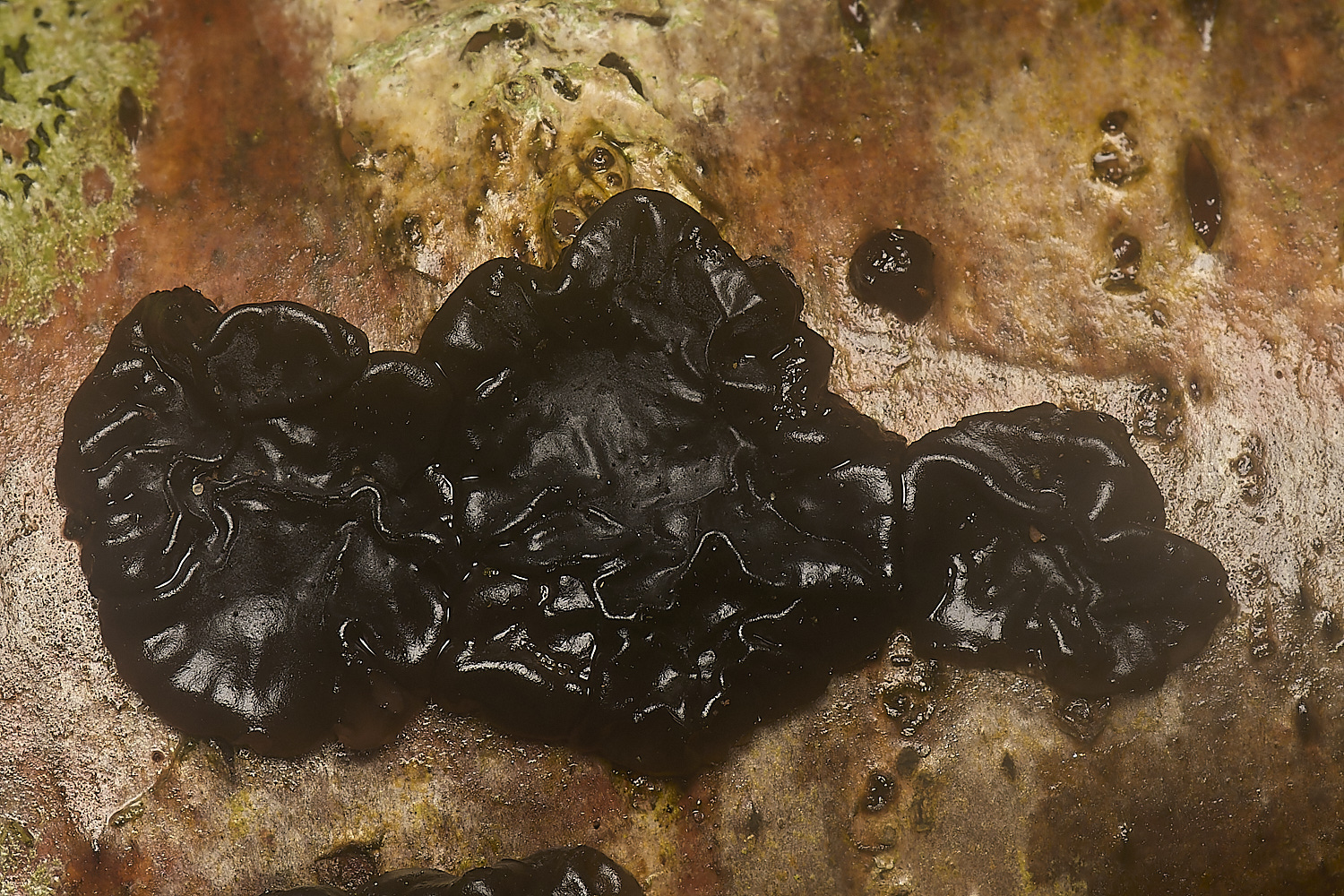
Exidia plana on Hazel (Corylus avenllanus)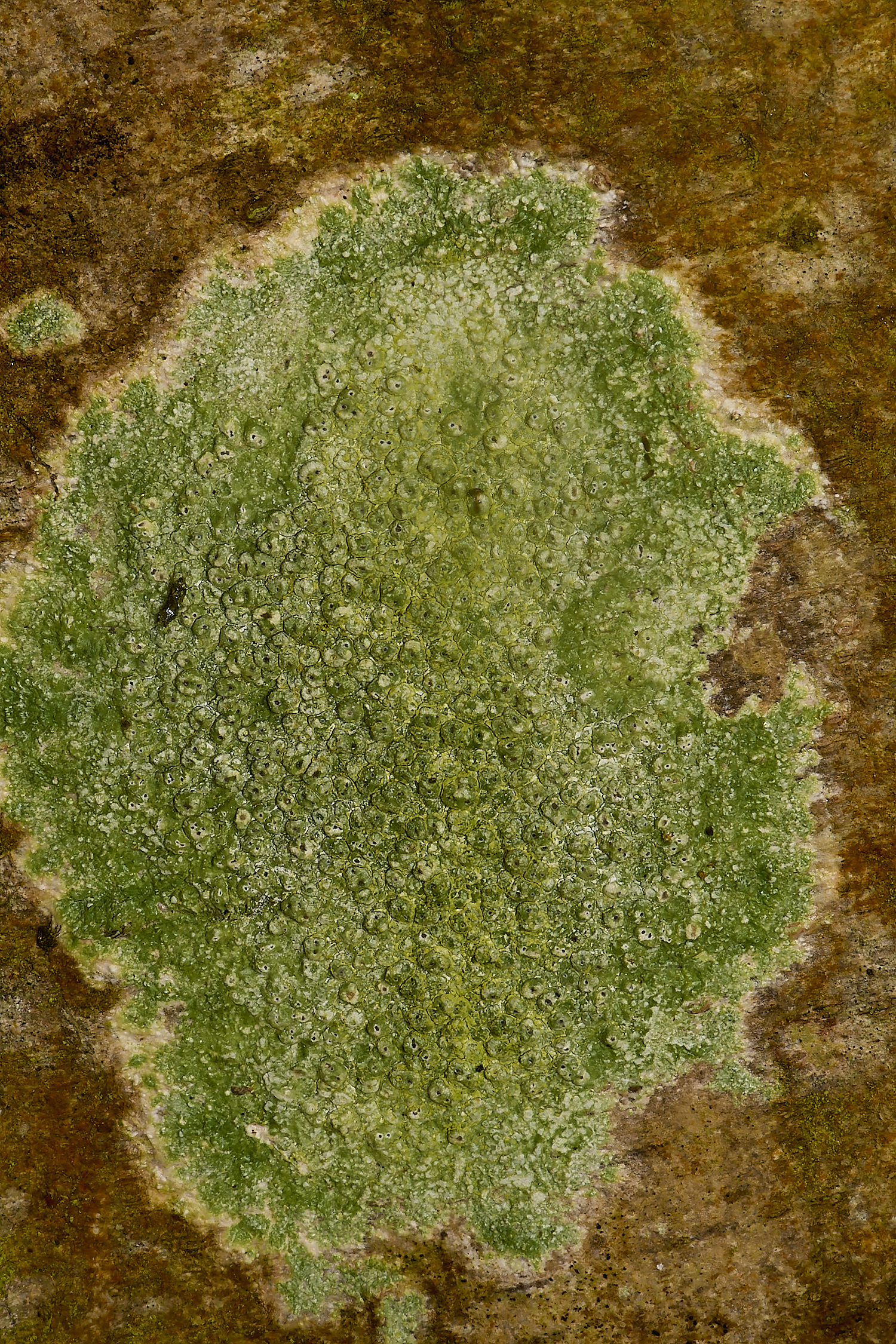
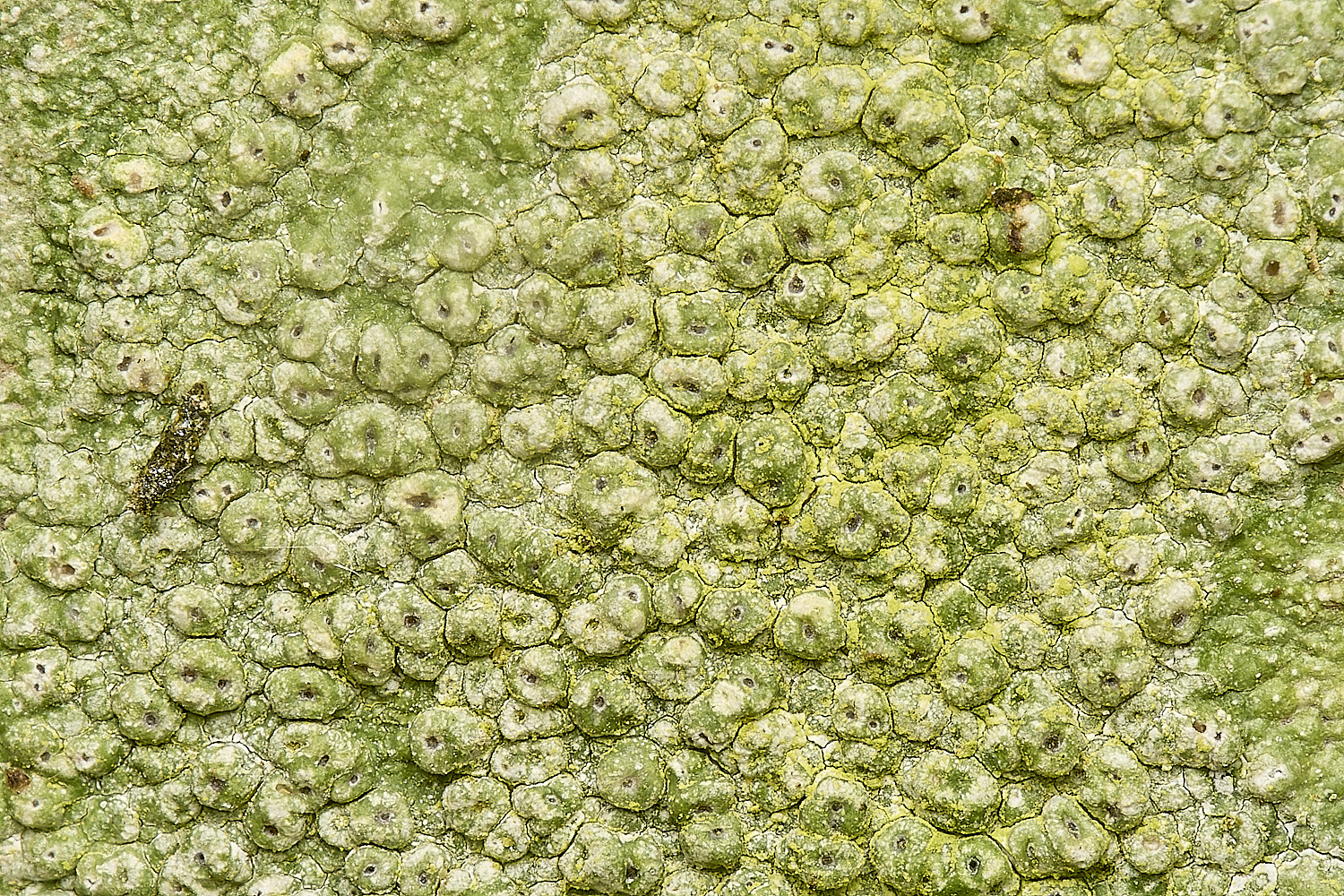
Lichen Sp?
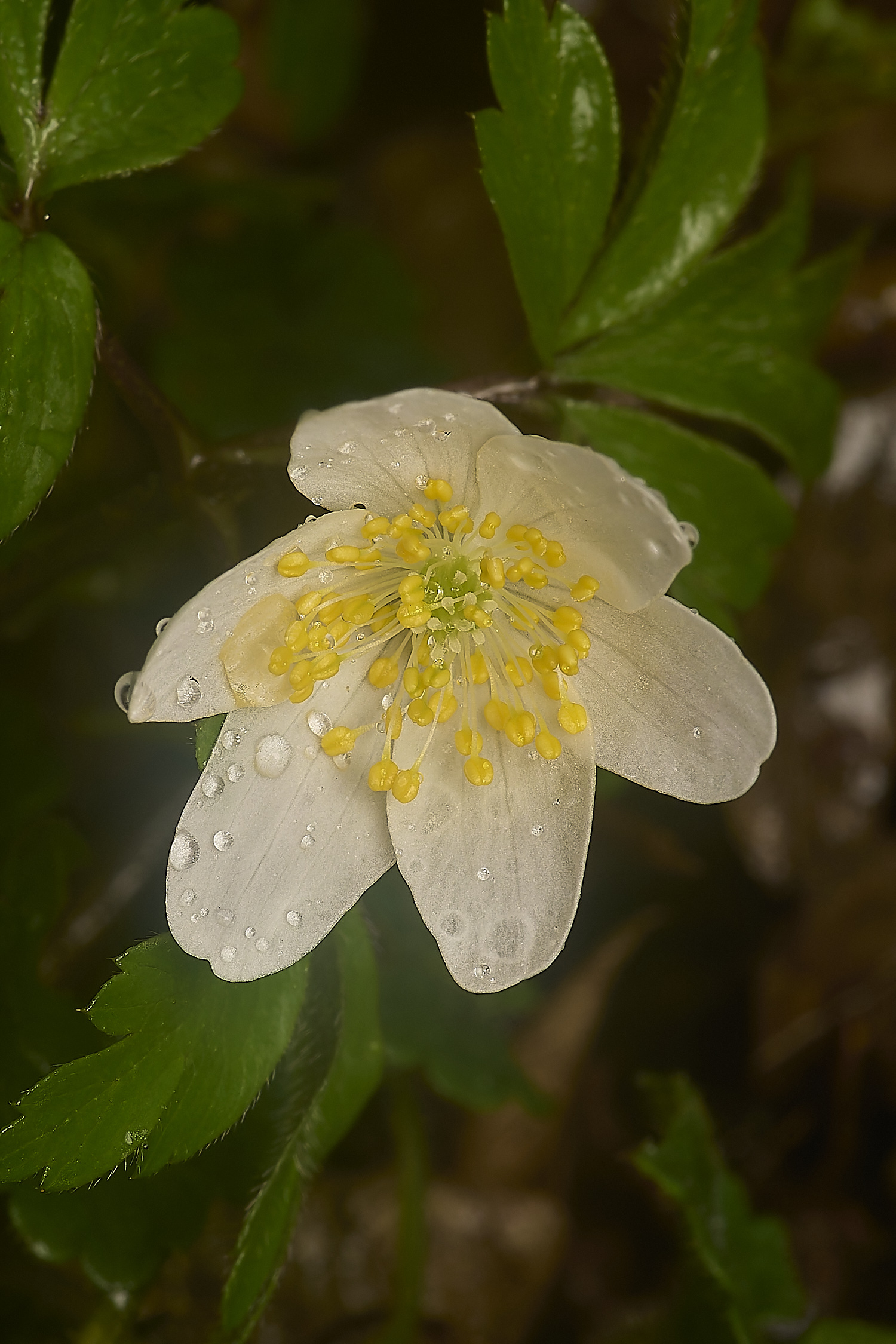
Wood Anemone (Anemone nemorosa)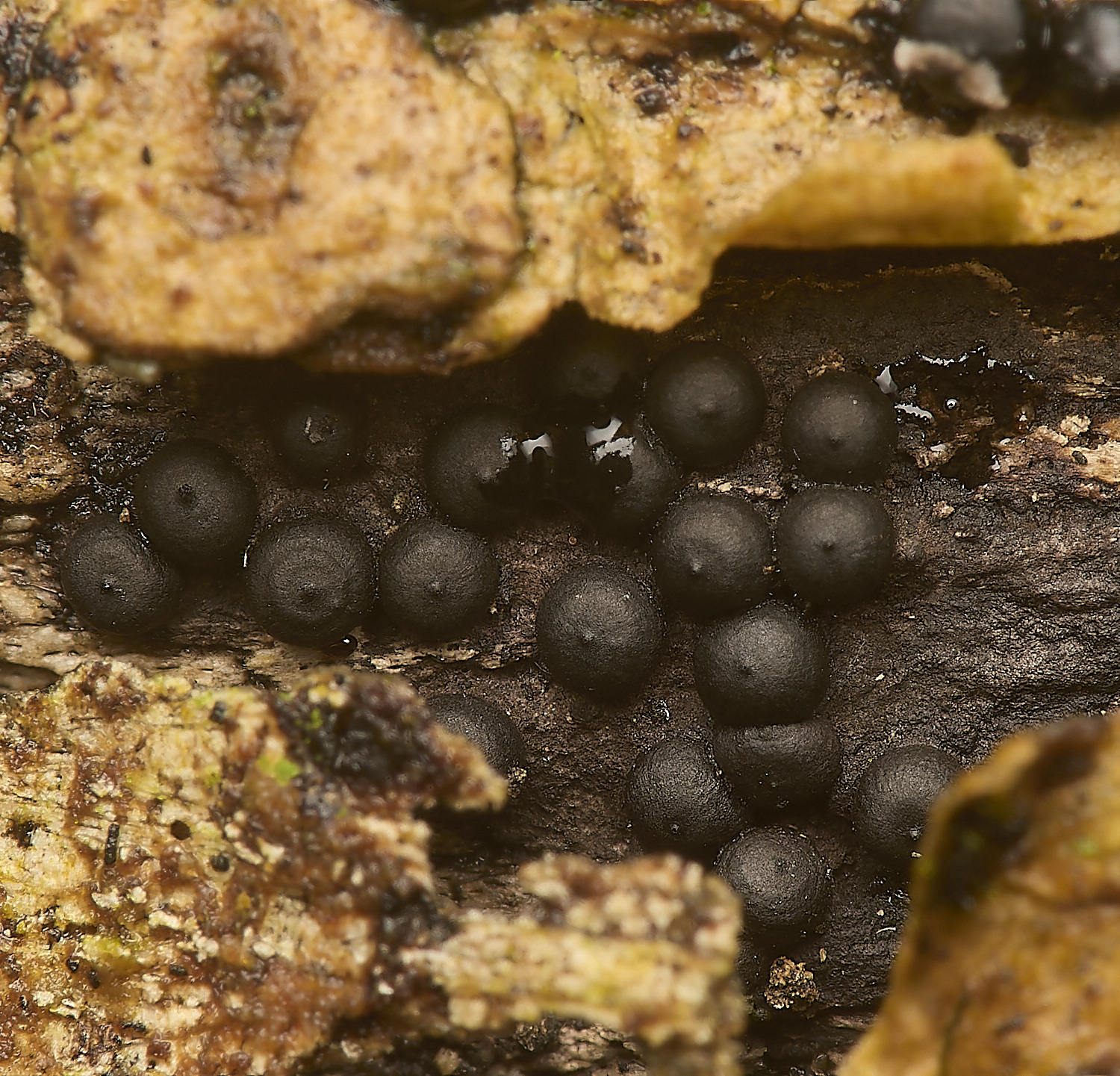
Rosellinia Sp
From Jeremy
I narrowed it down to R. britannica and R. corticium, based on stromal diameter > 1mm, structure at base not stellate, larger spore size (21 - 27 x 7 - 9um), apical apparatus reaching 7um or more in length, minutely papillate ostioles, full length pore split.
I thought I could see a slimy sheath around the spore (making it R. corticium) but looked at more slides and decided this was just a bit of squashed ascus and that the slime is just at the ends of the spores. This makes it Rosellinia britannica. It tends to be found on Ash and Ivy. There are a handful of records in Norfolk and I found it at Colitishall earlier this year on Ivy. (There no Norfolk records for R. corticium, though it occurs in Britain.) 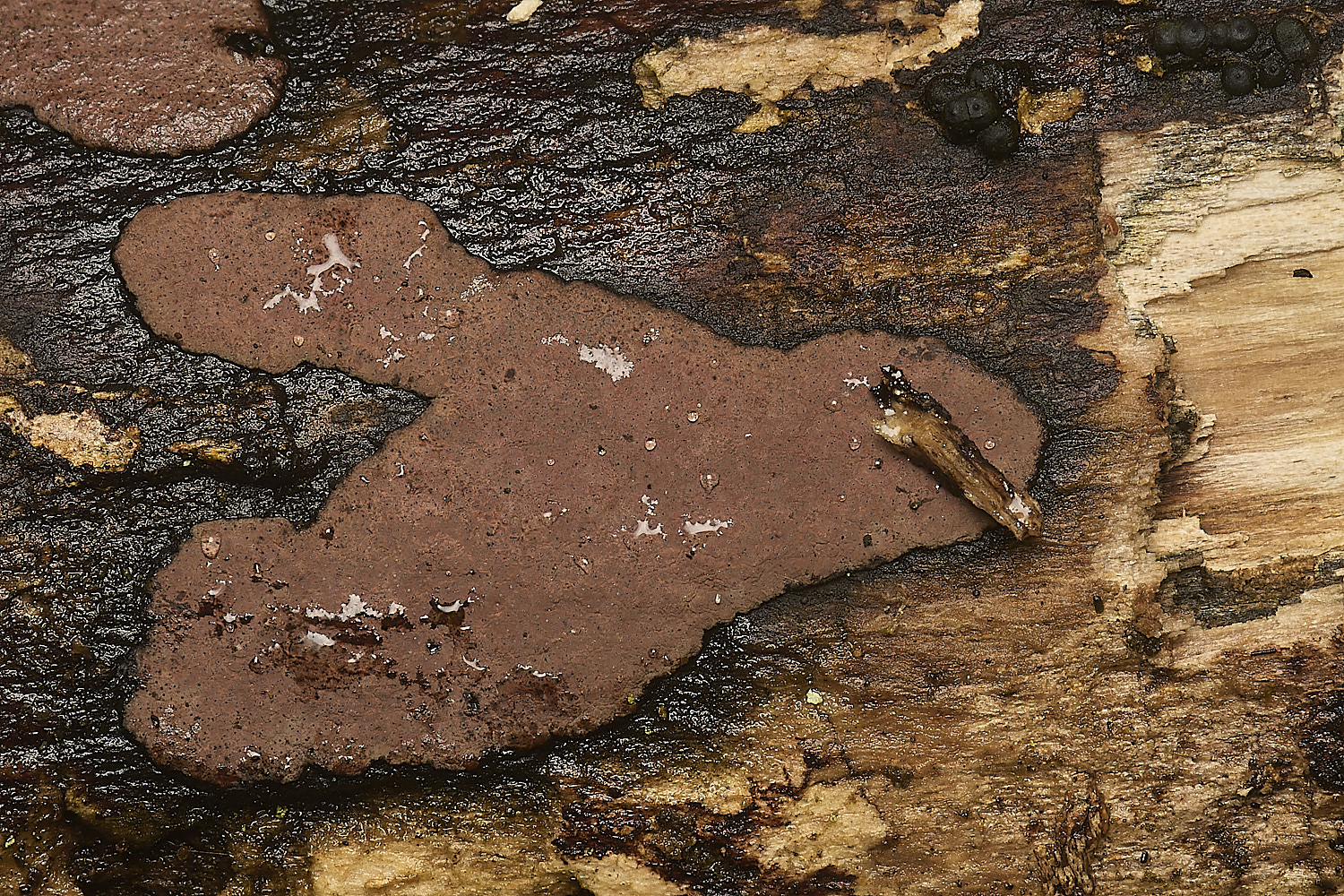
Hypoxylon petrinae
Turkey Tail (Trametetes versicolor)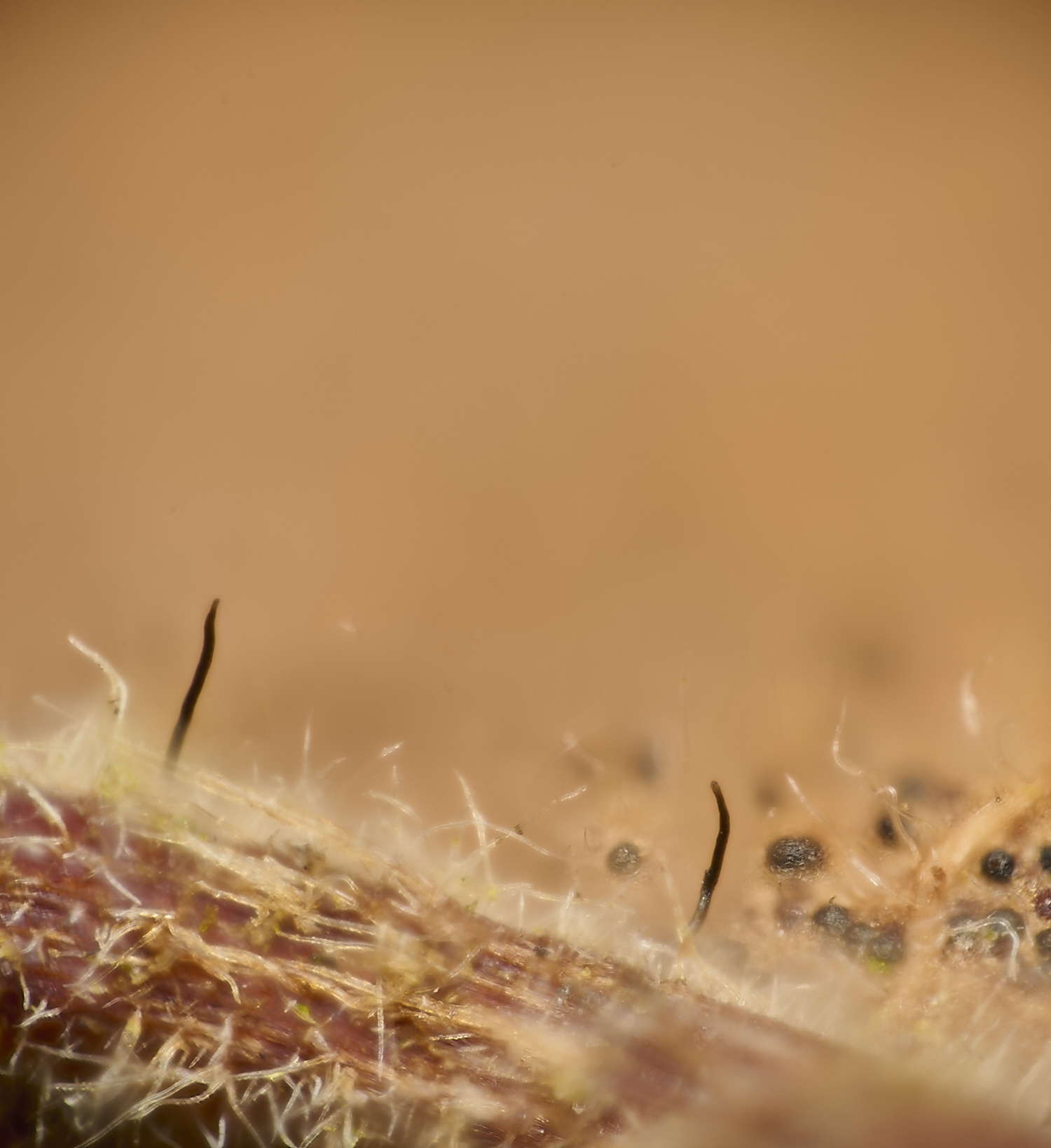
Ophiognomonia alni viridis on a birch leaf
Dersingham Bog
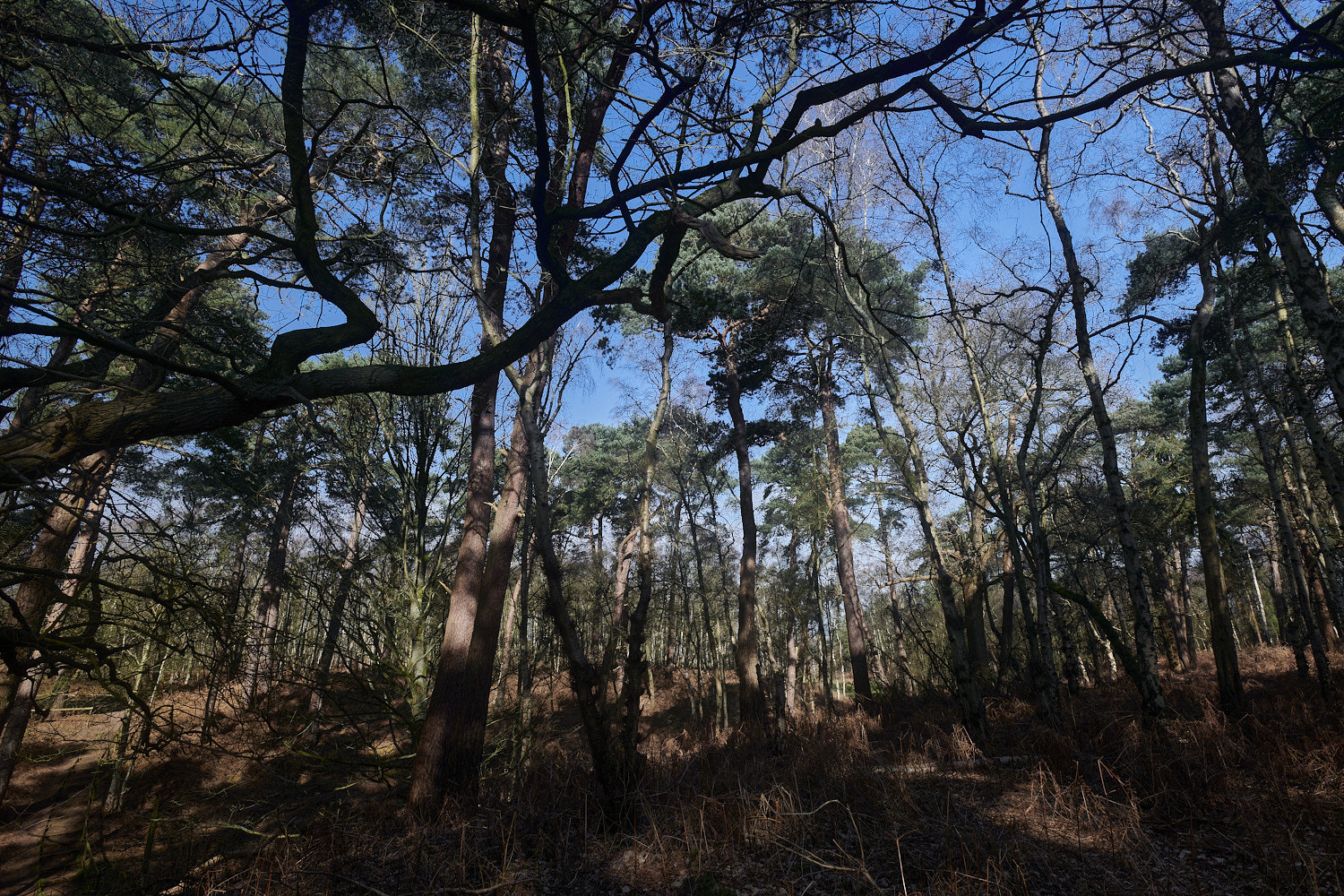
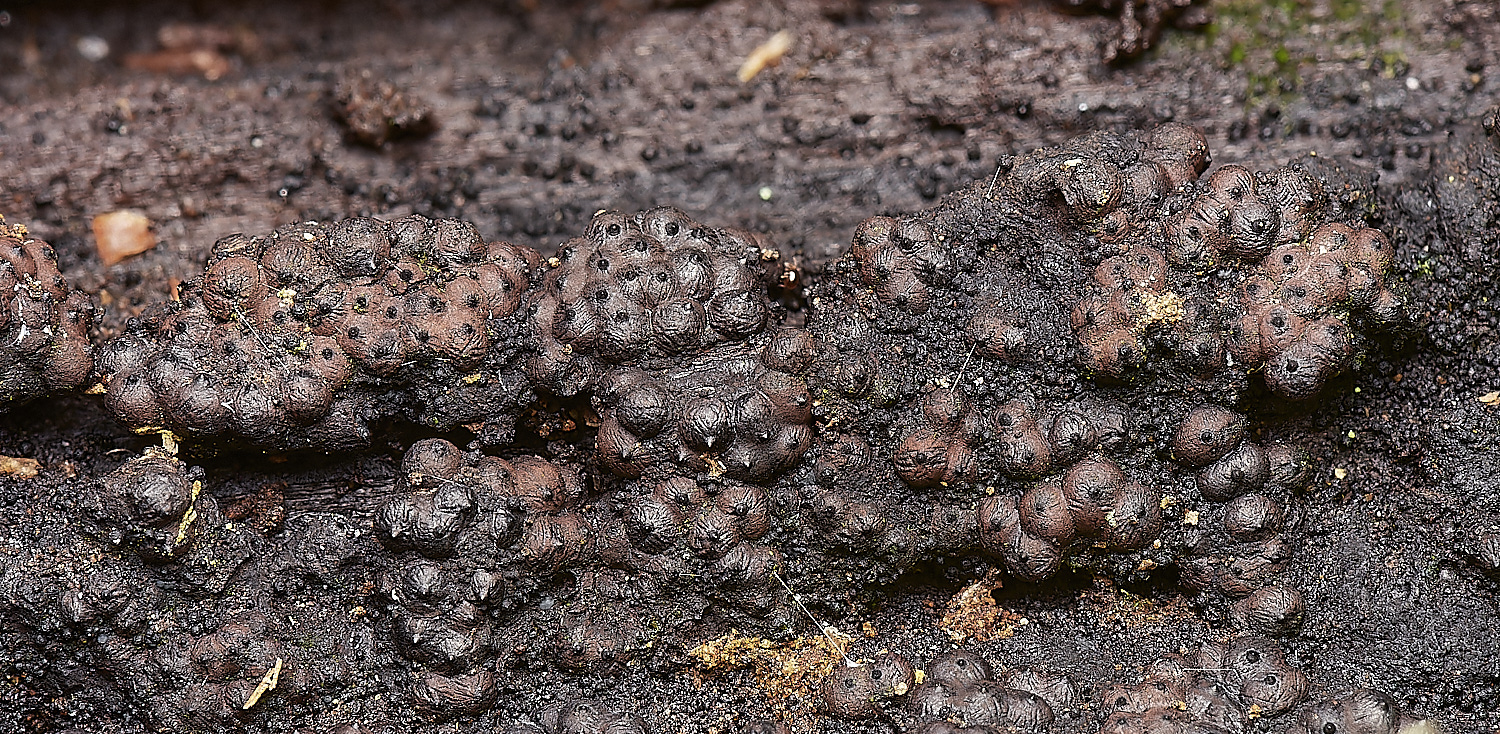
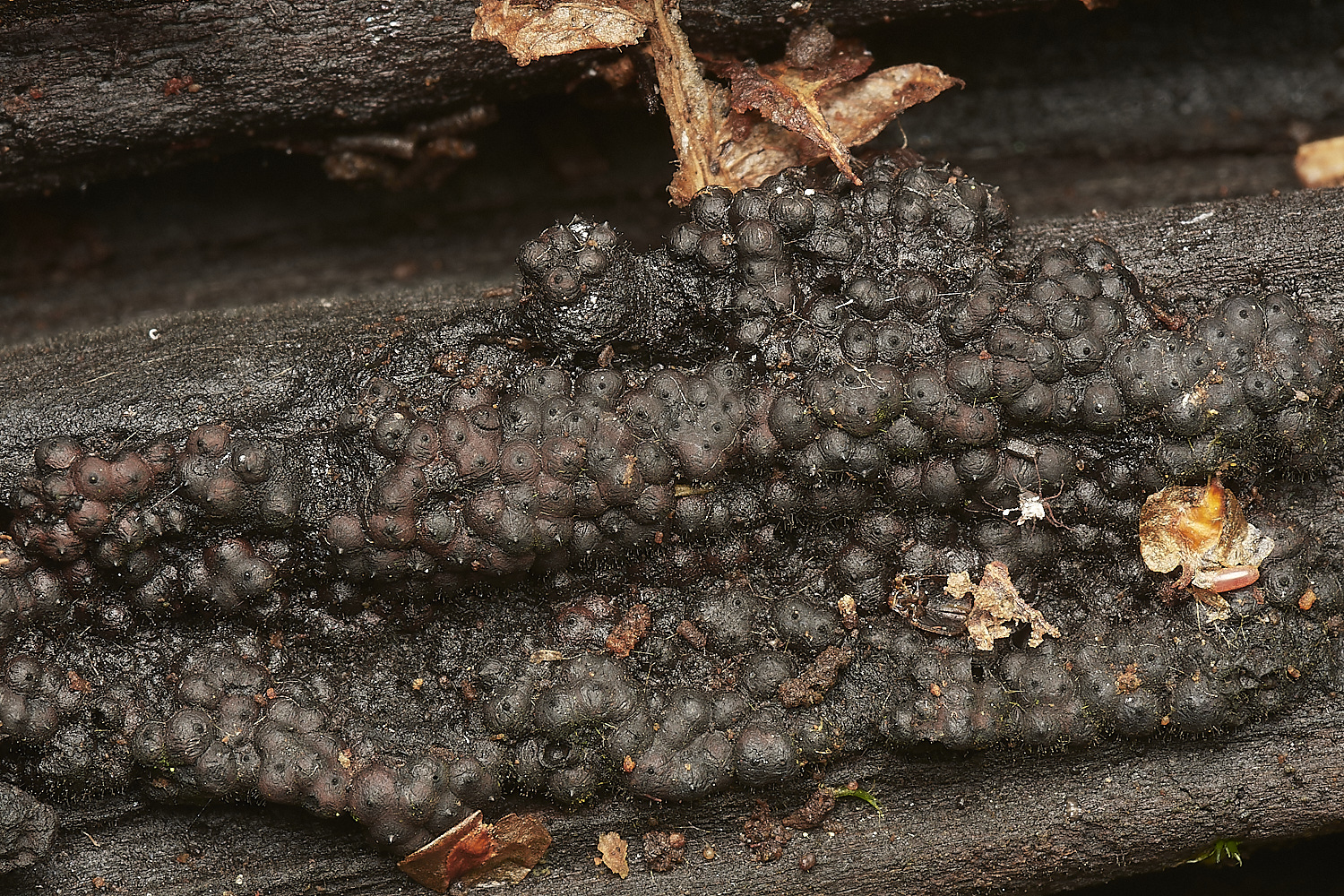
Rosalina Sp?
This turned out to be
Birch Woodart (Annulohypoxylon multiforme)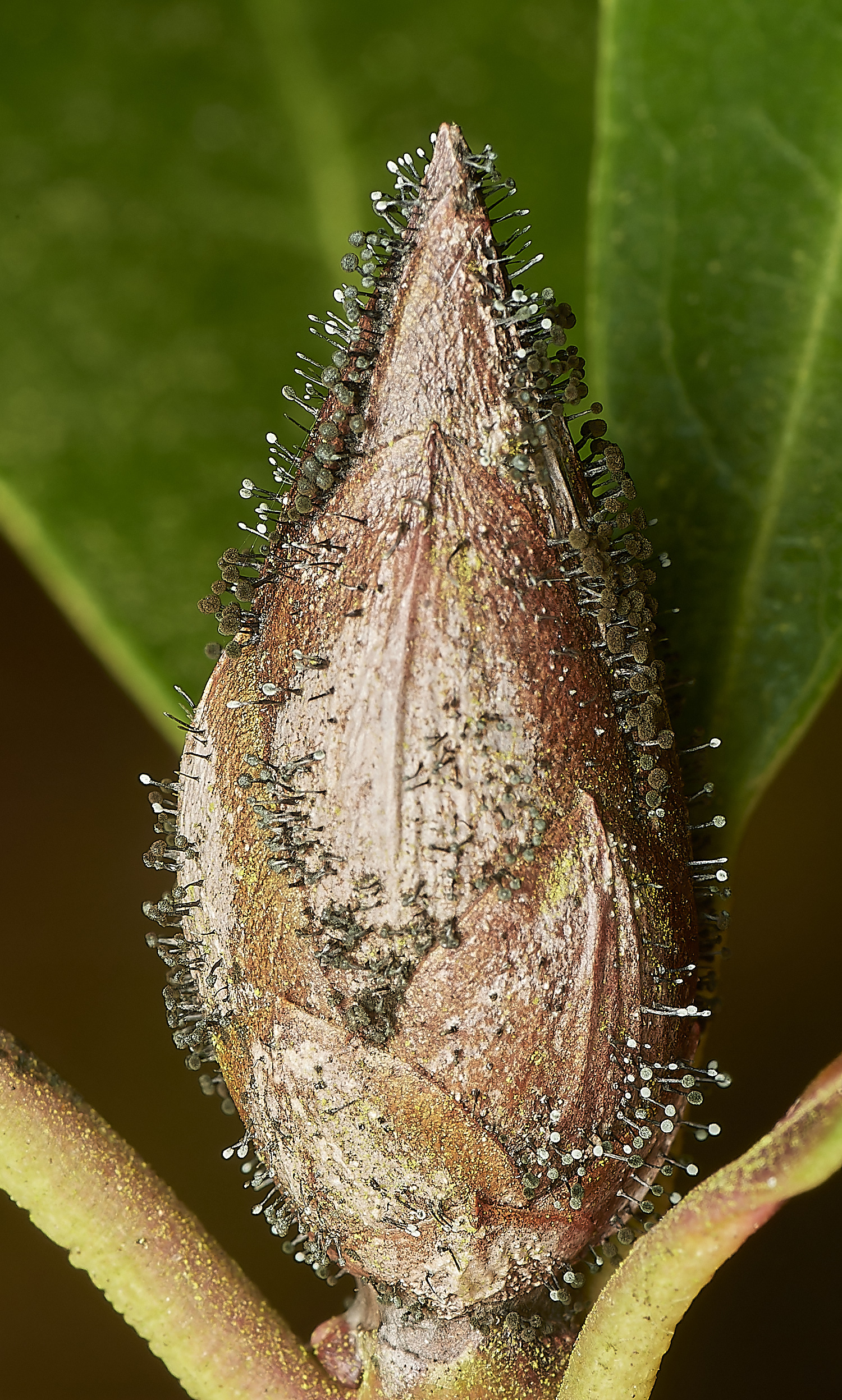
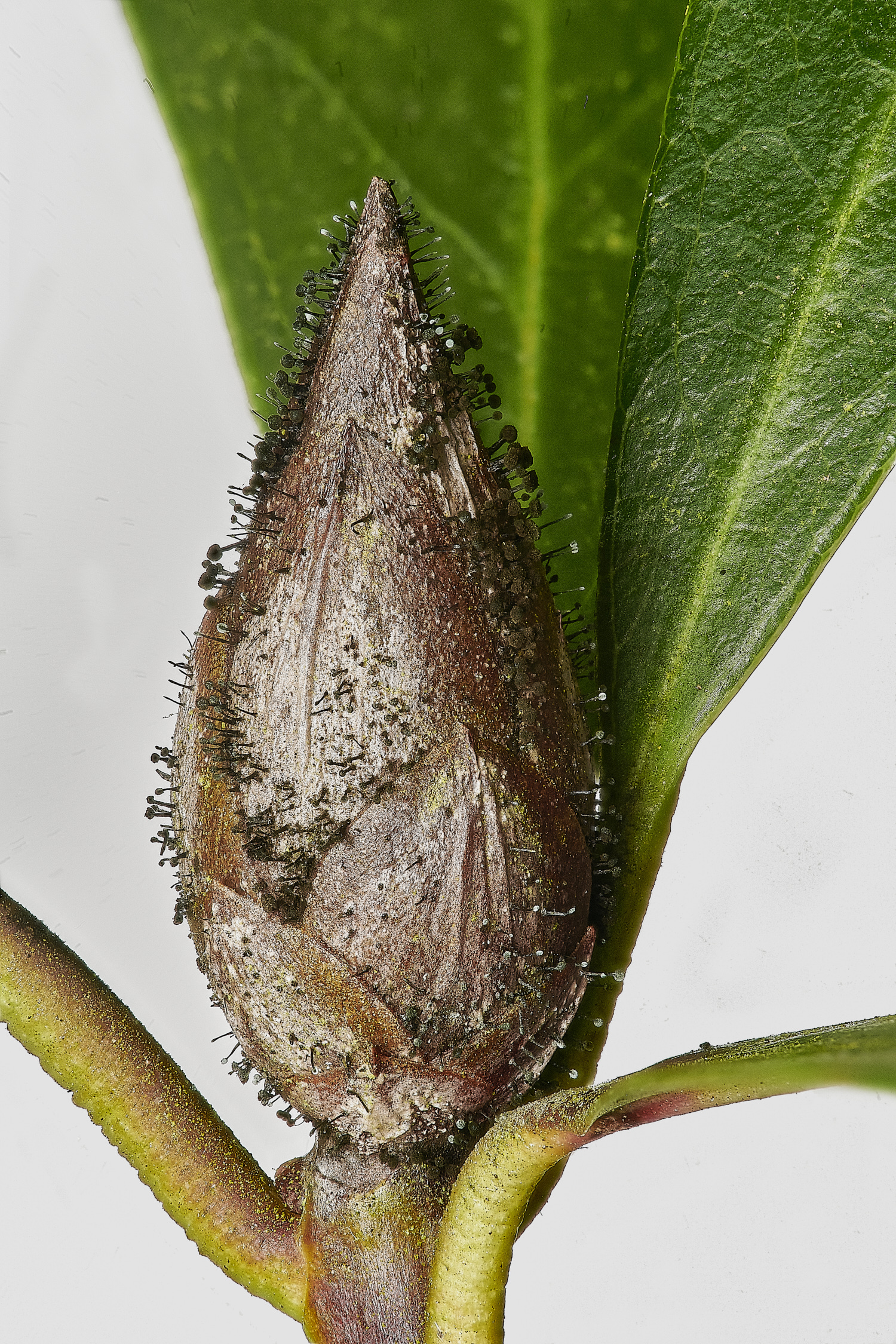
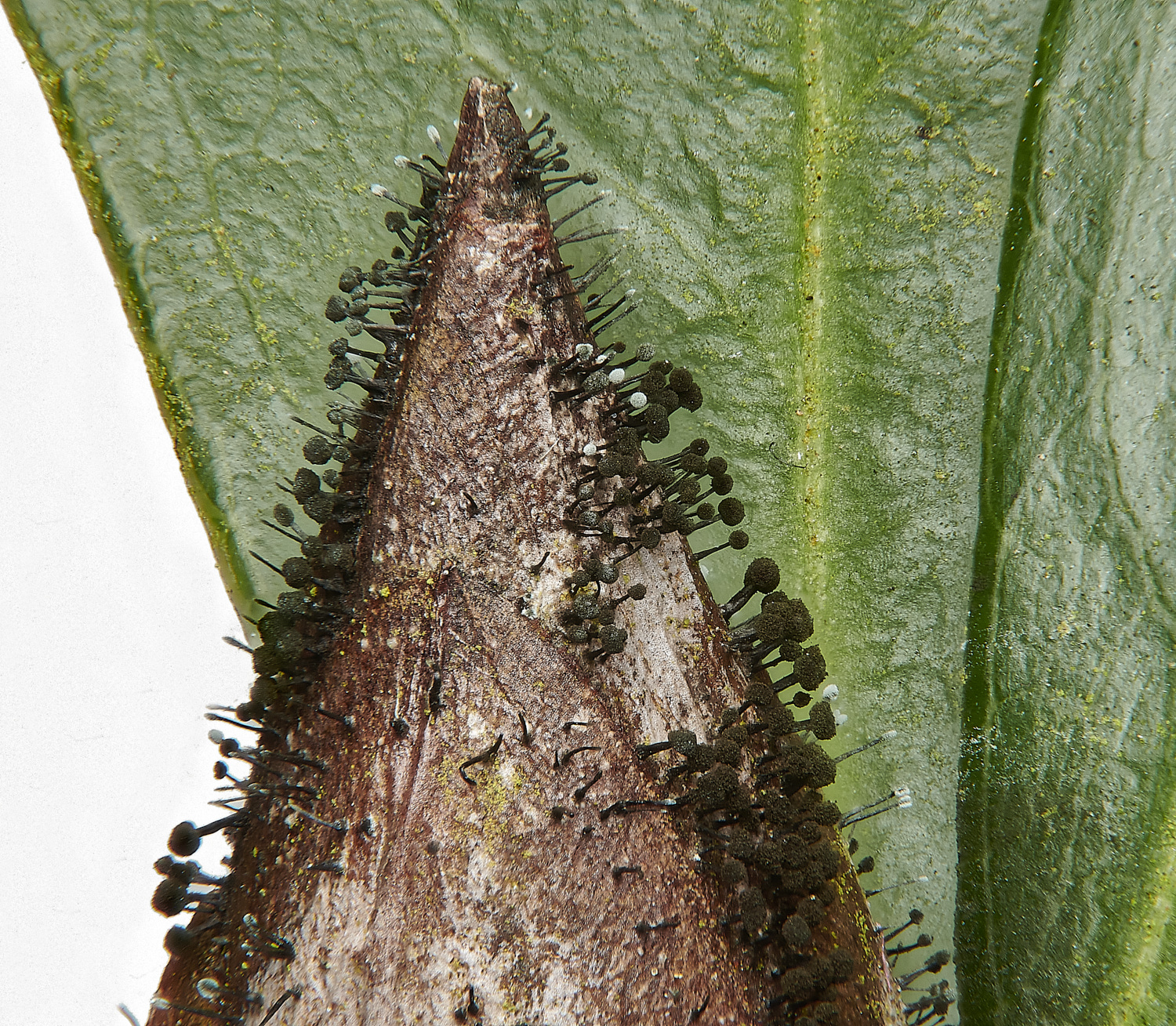
Rhododendron Bud Blast (Pcynostysanus azaleae)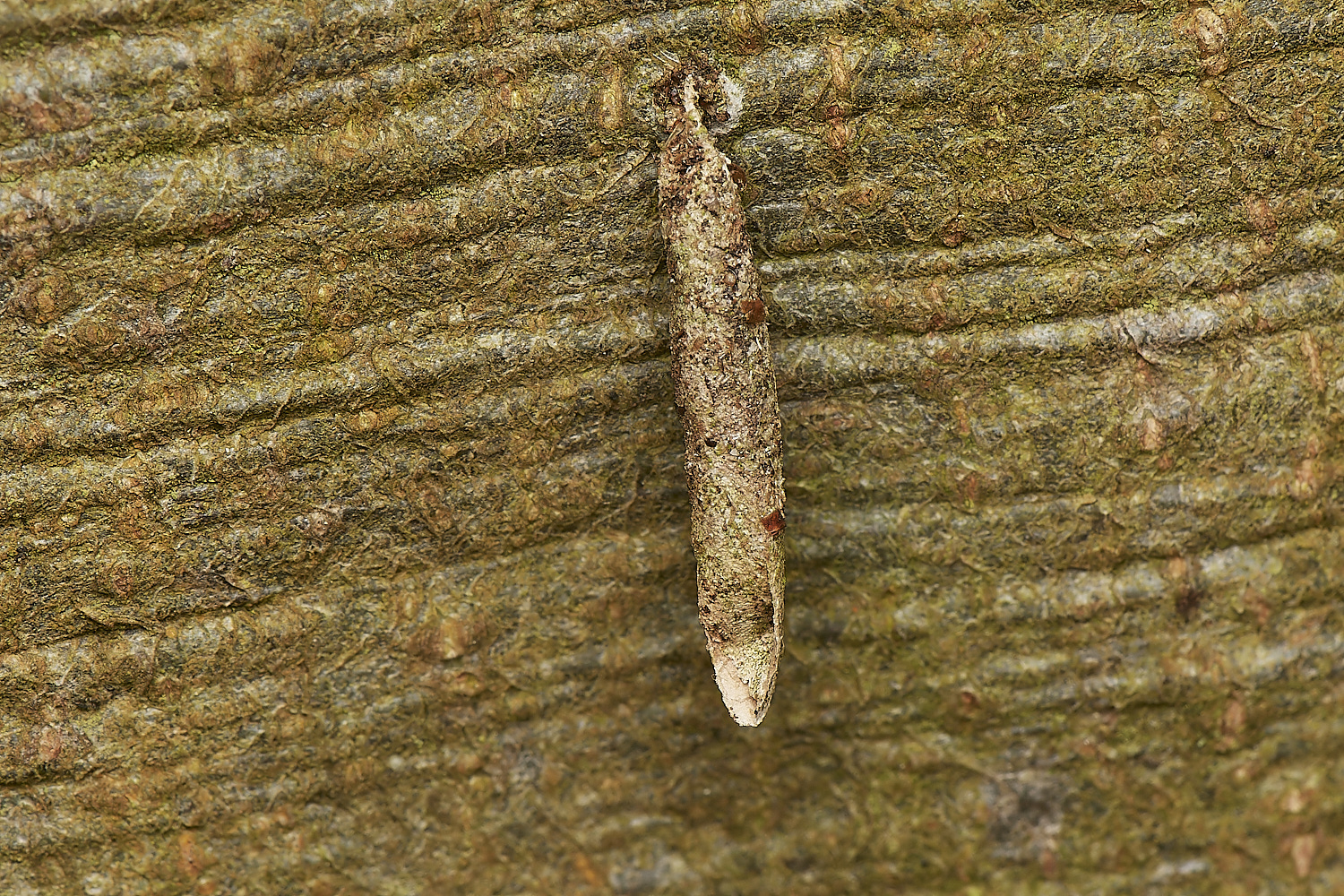
Bagworm Case
Only adult males ever leave the case. The adult females are wingless and leave the case for mating or remains in the case
while the male extends his abdomen into the female's case to breed.
One species of female dies without laying eggs and the larval bagworm offspring emerge from
the parent's body. Some species are parthanogenic.
Taleporia tubulosa
Thanks to TM for id.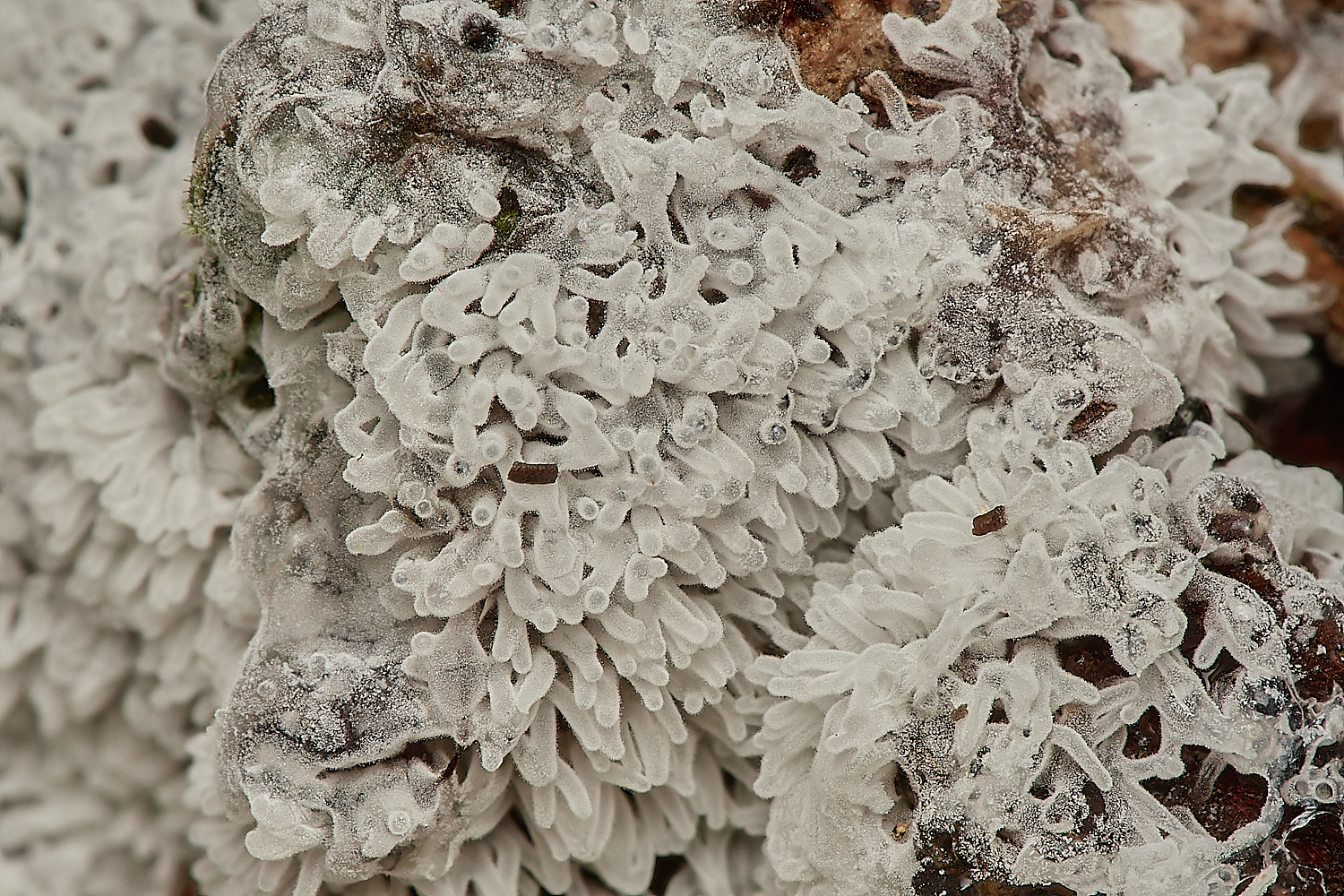
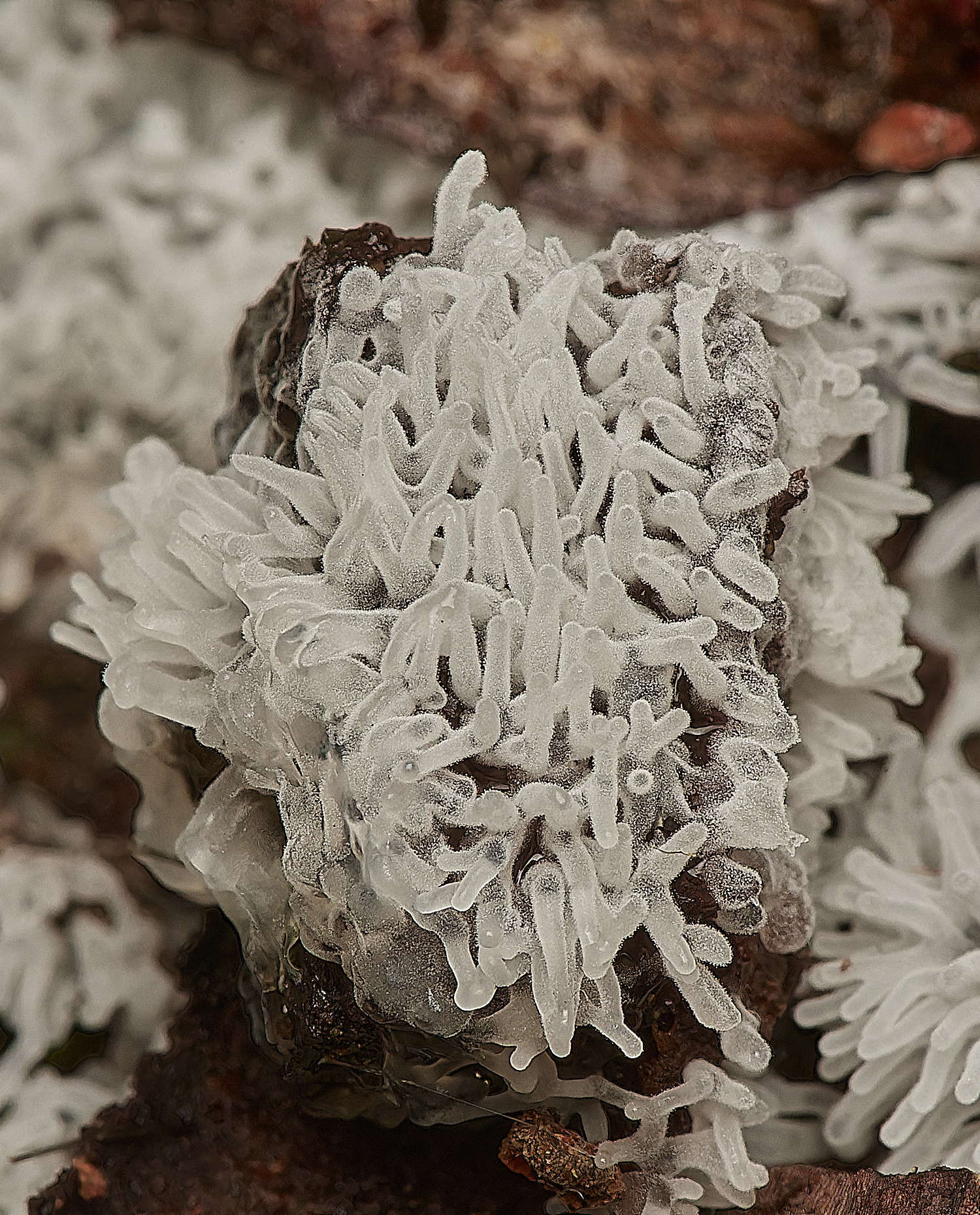
Slime mold loking like young deer's horns.
Ceratiomyxa fruticosa 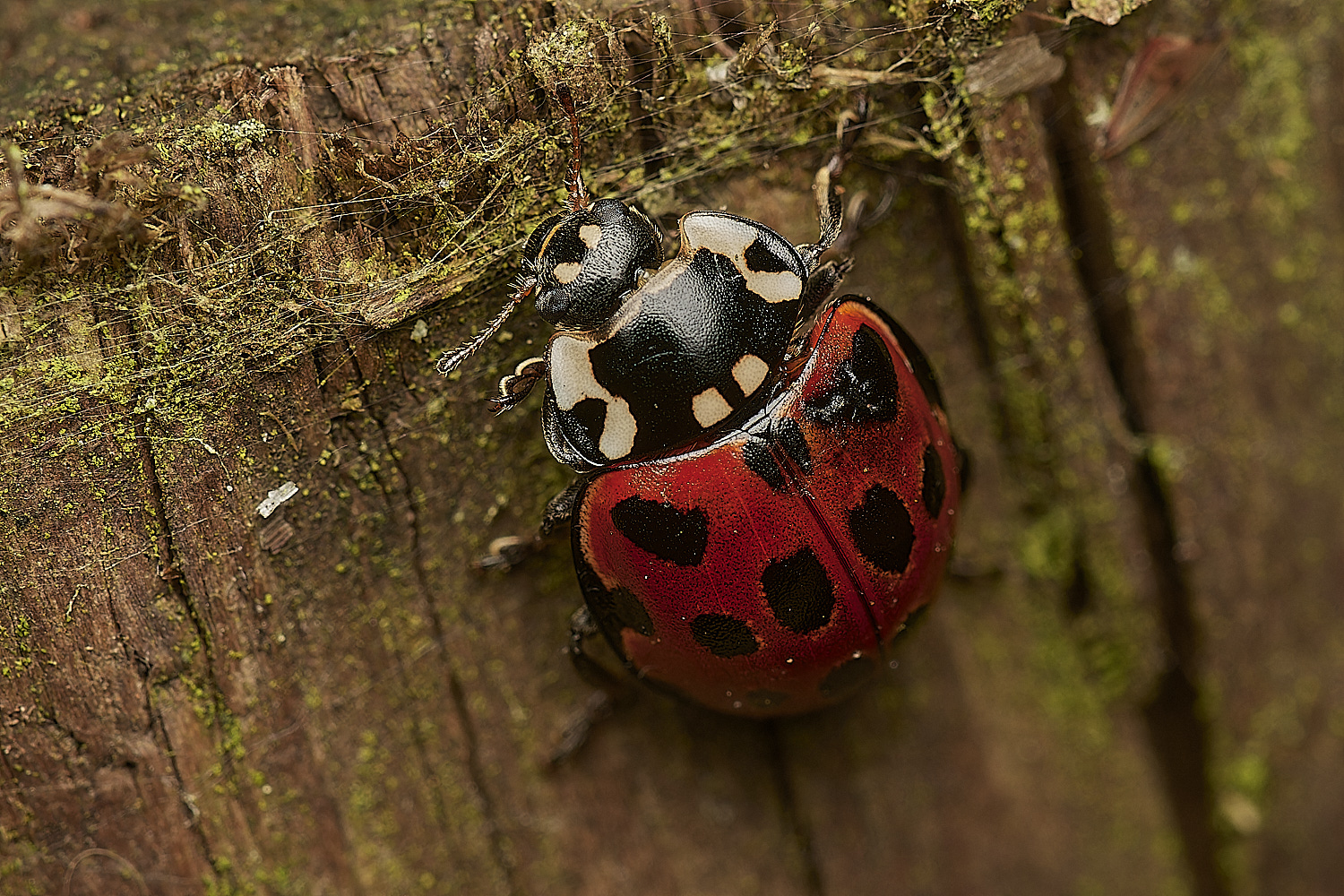

Eyed Ladybird (Anatis ocellata)
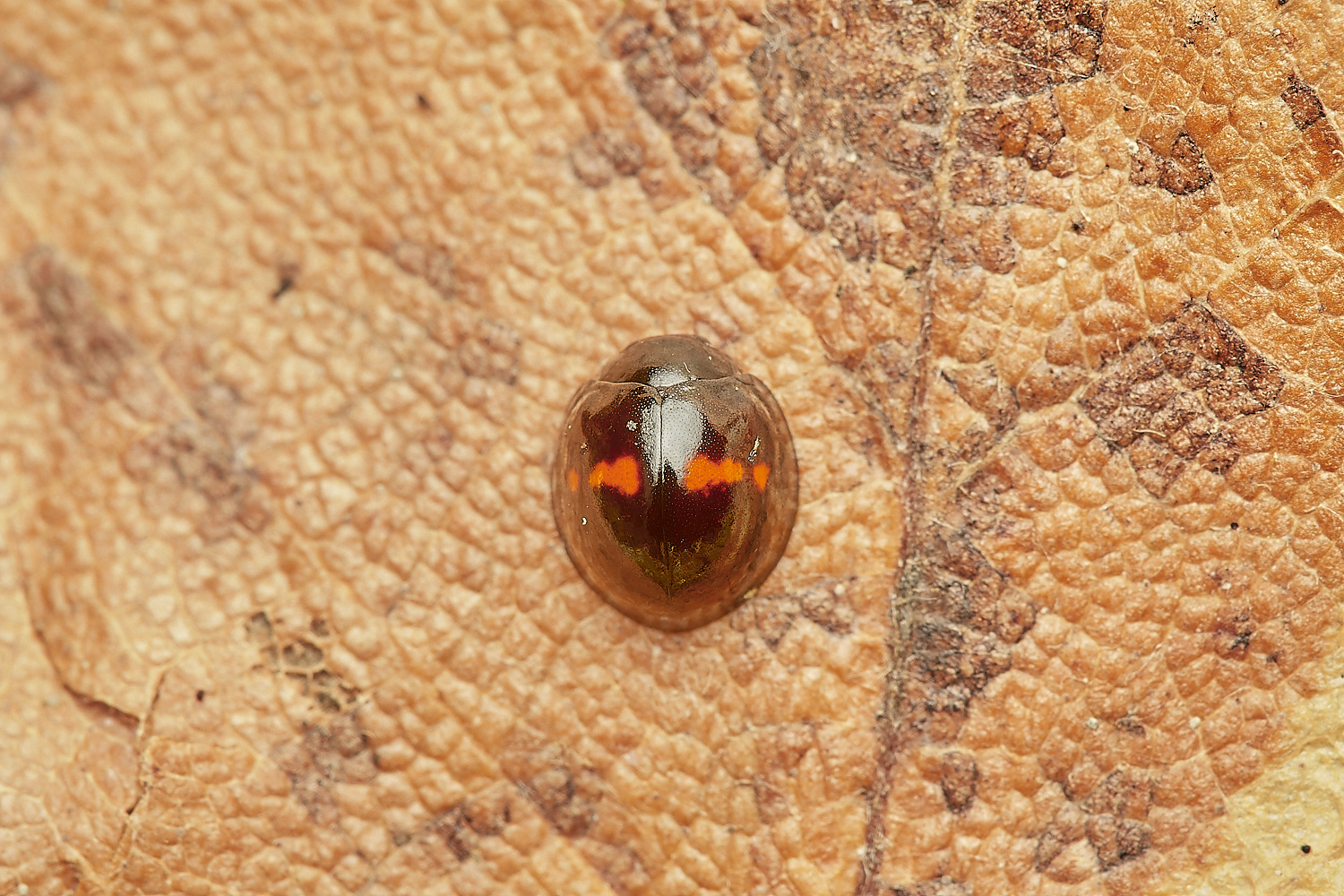
Heather Ladybird (Chilocorus bipustulatus)
from
James Common

Orange Underwing (Archiearis parthenias)
Unusually found at eye height, so this was a treat to see.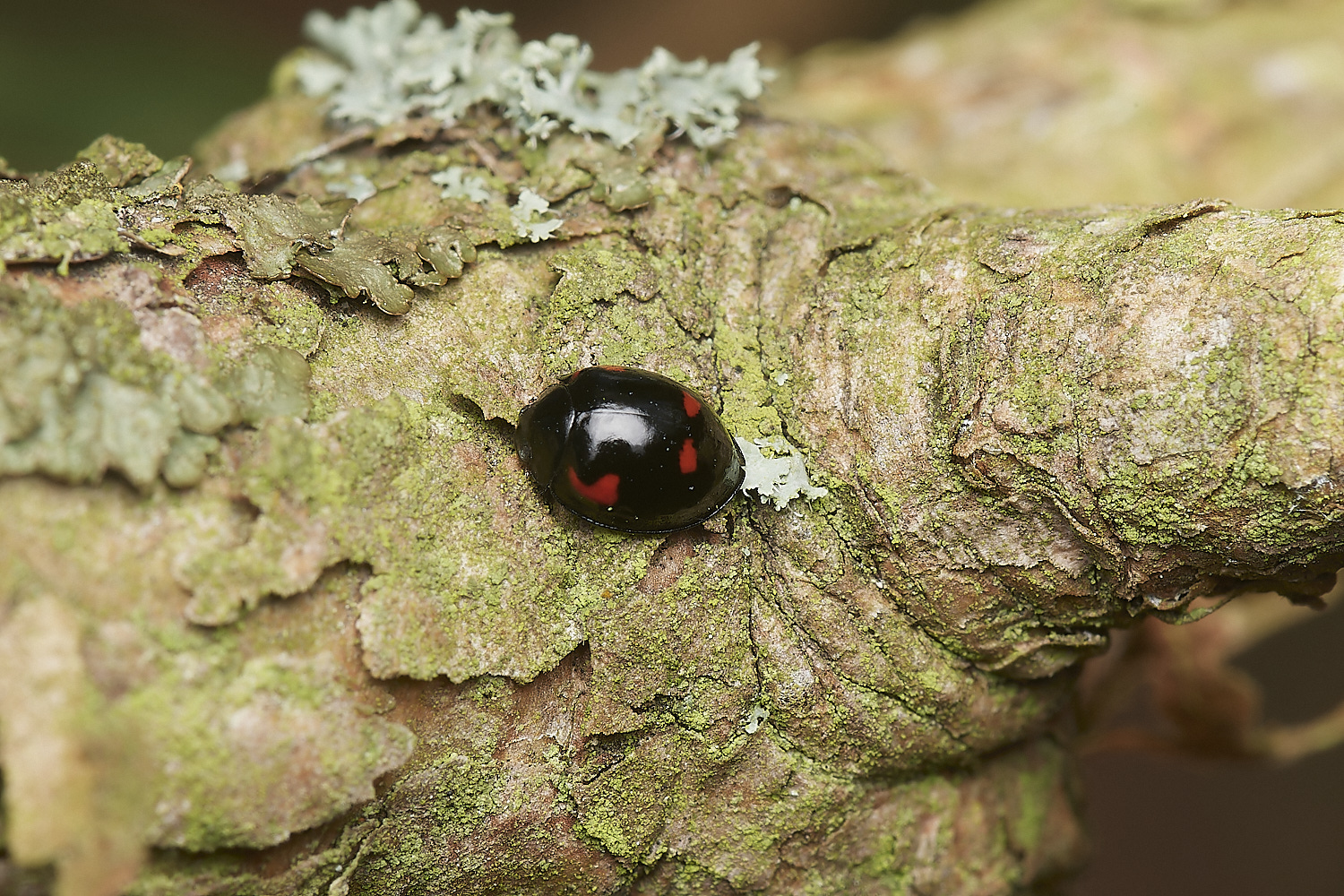
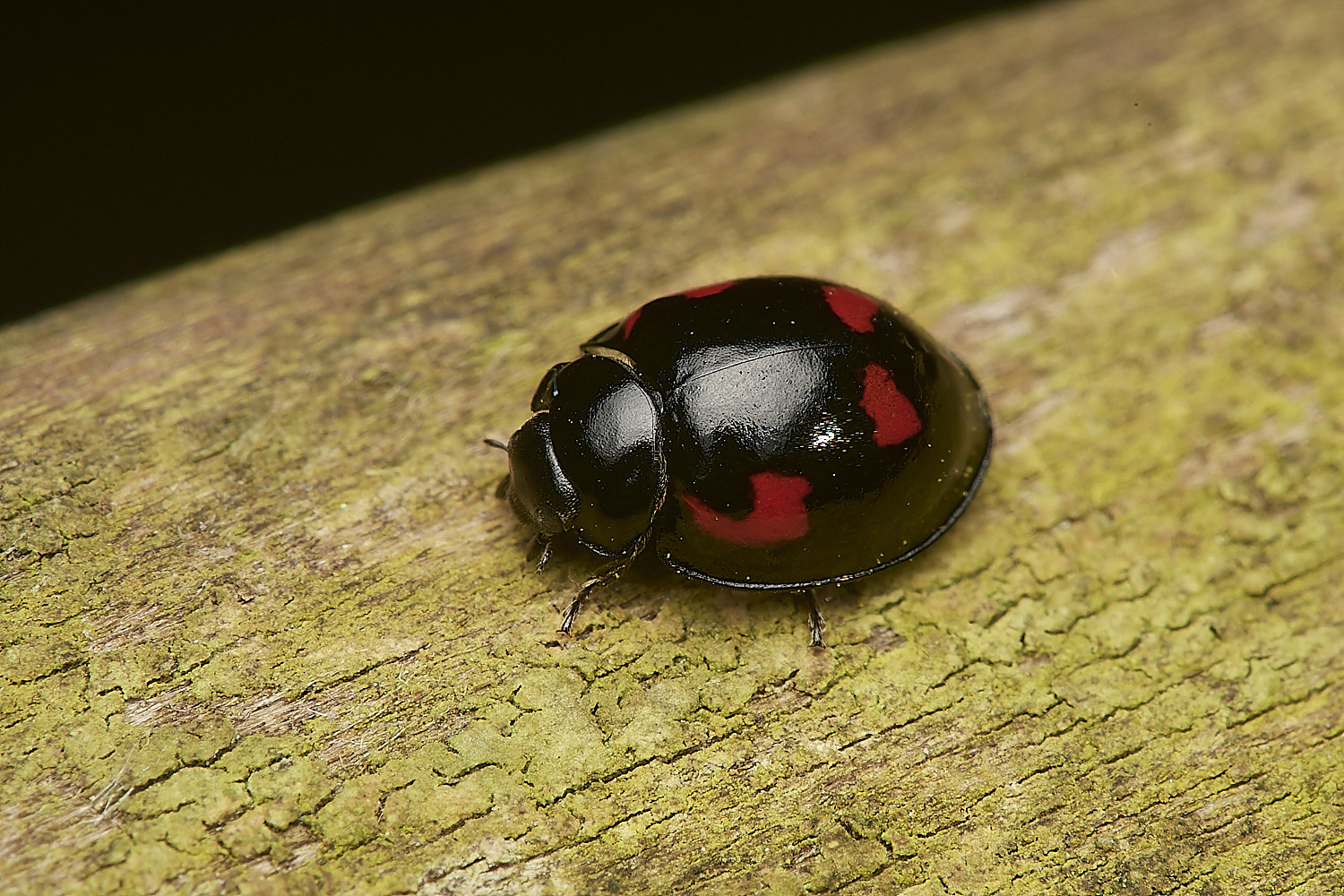
Pine Ladybird (Exochomus quadripustulatus)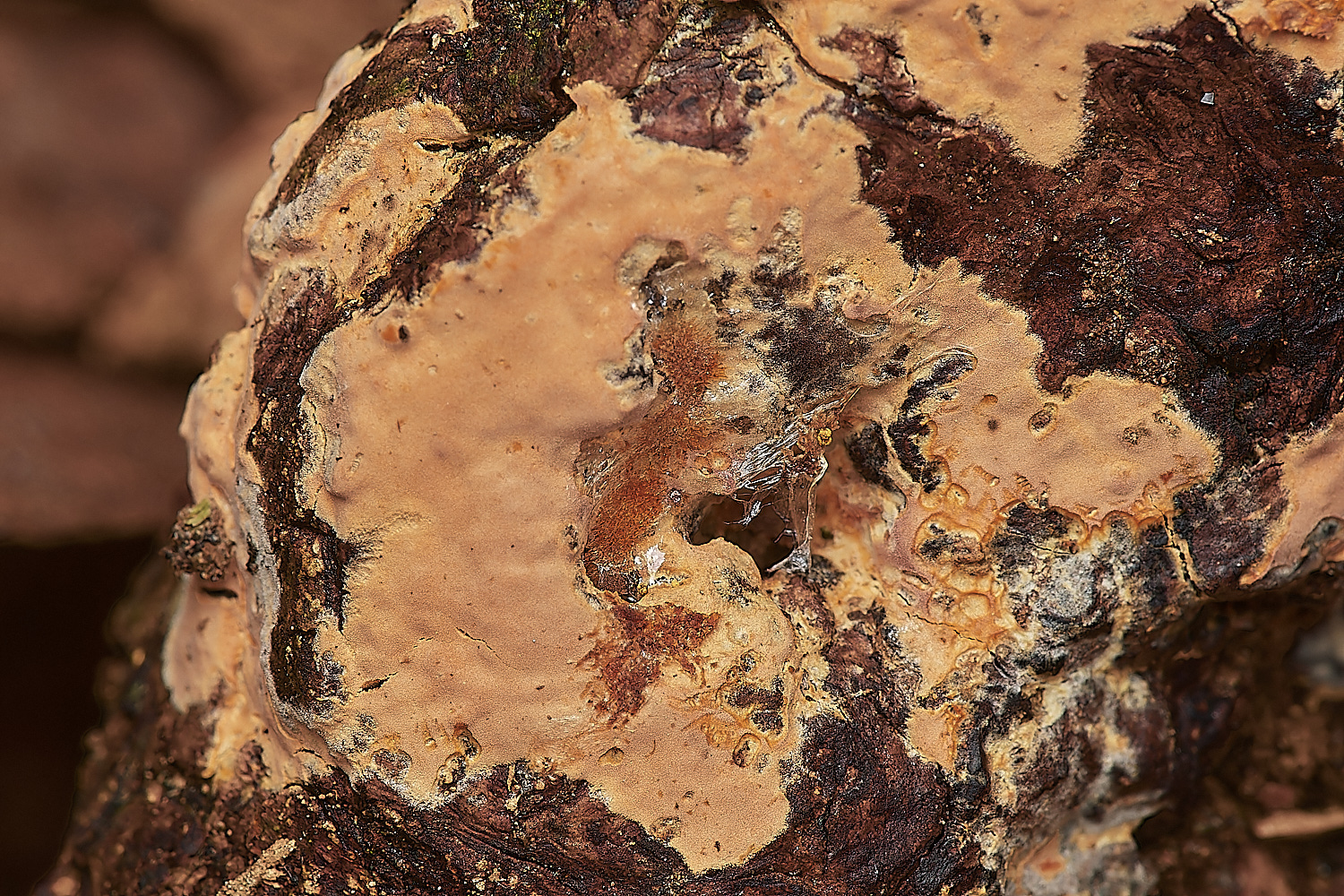
Rosy Crust (Peniophora incarnata)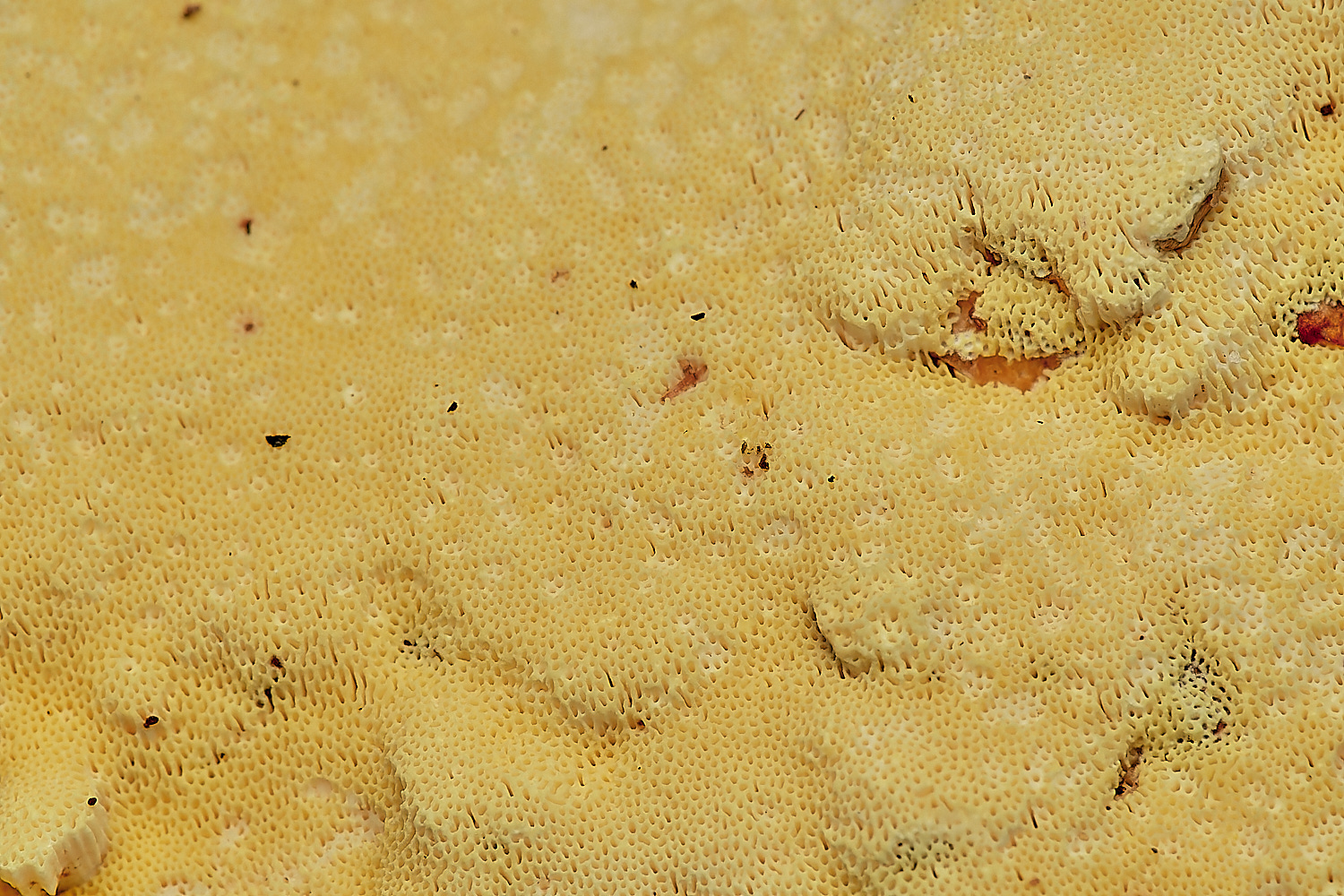
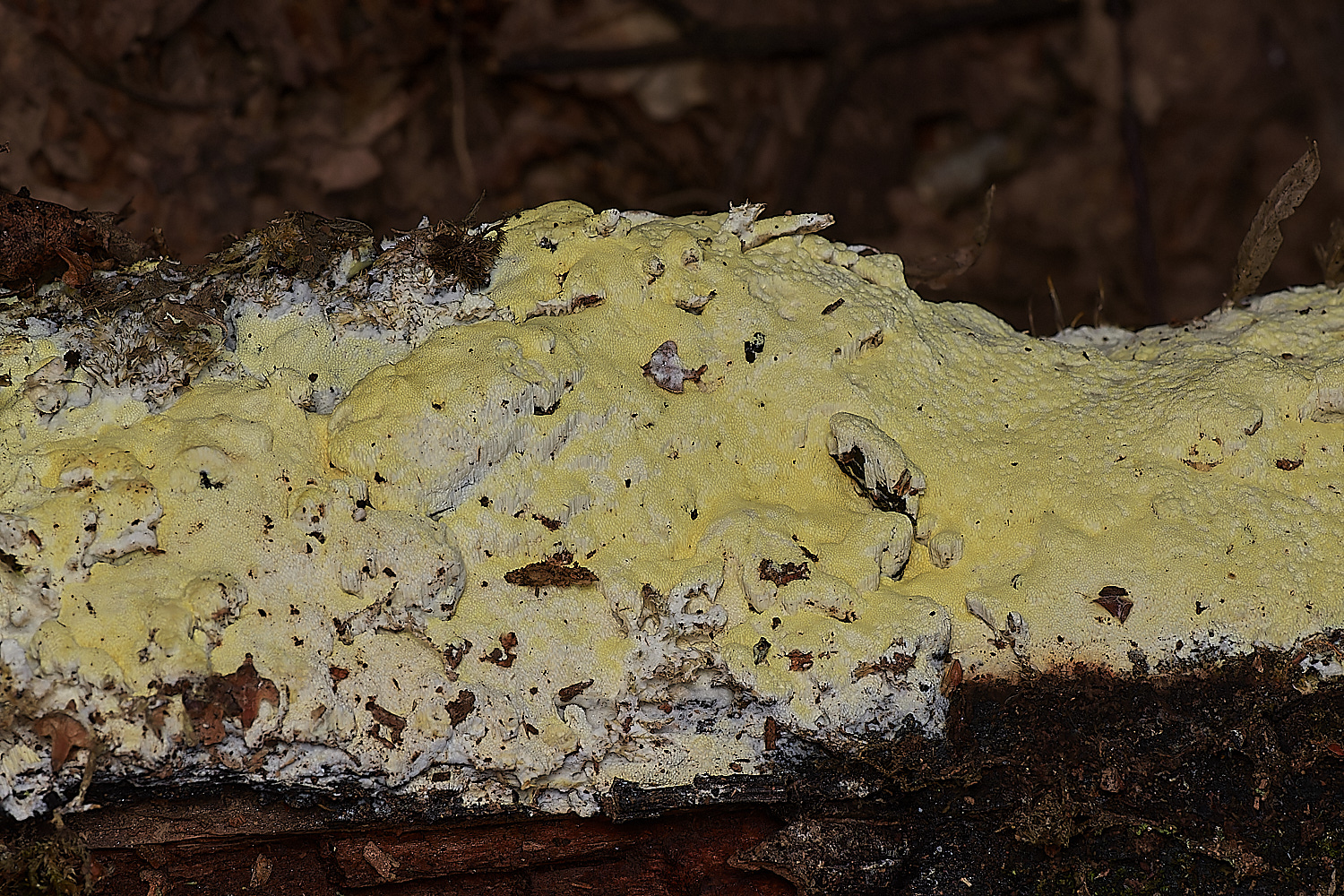
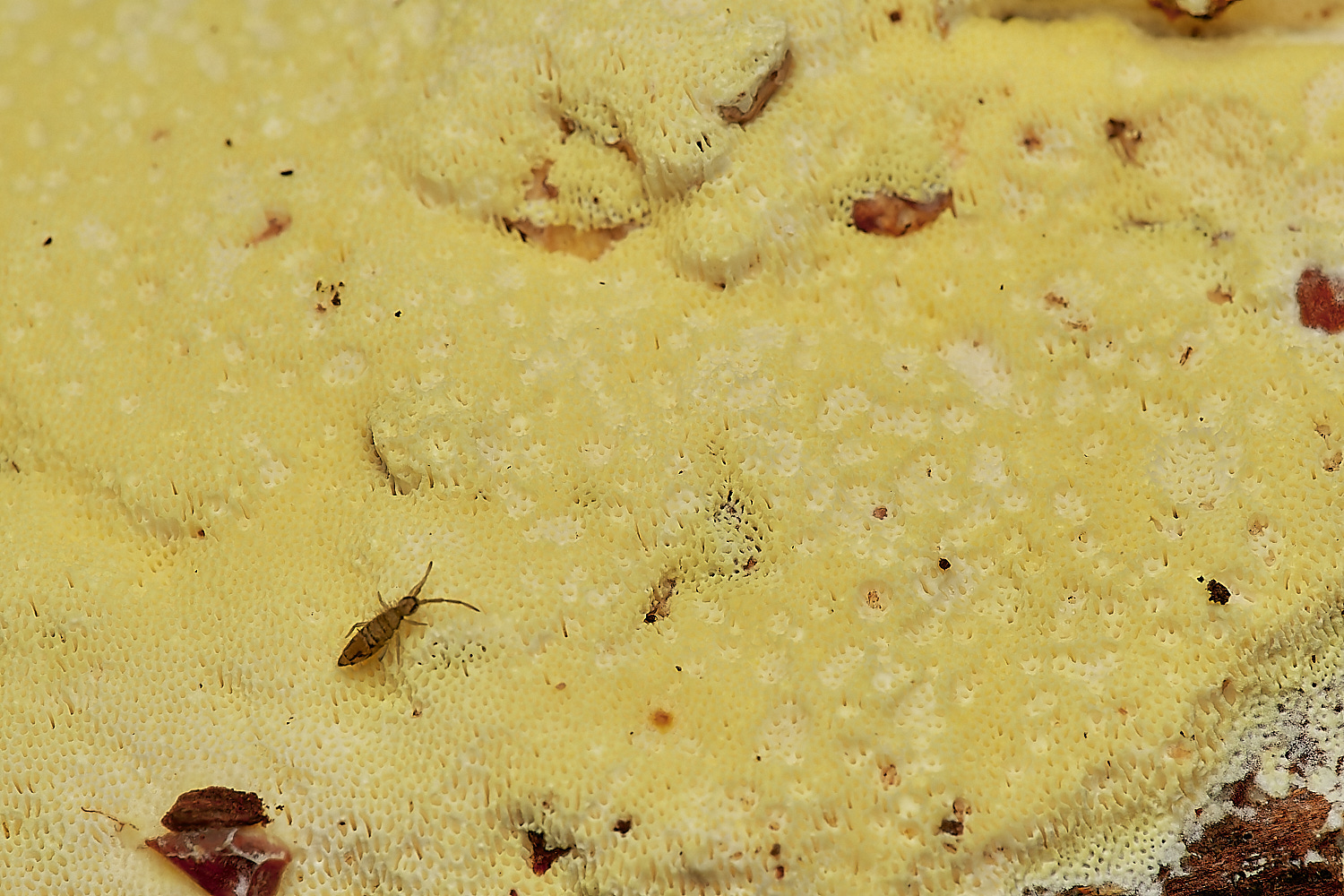
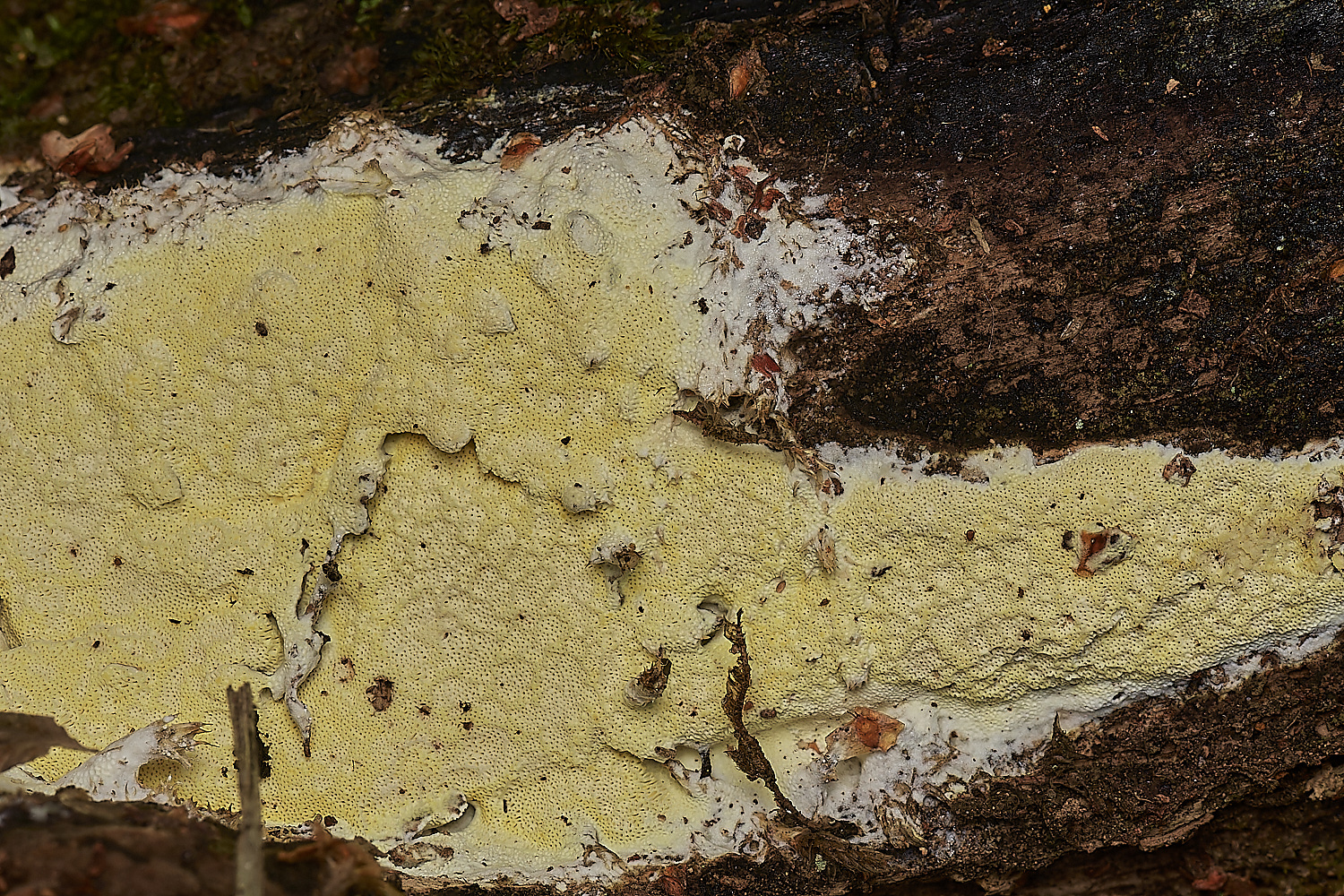

A rather spectacular lemon yellow poroid fungus.
Unusually flat but it turned out
to
be
Yellow Porecrust (Antrodia xantha)
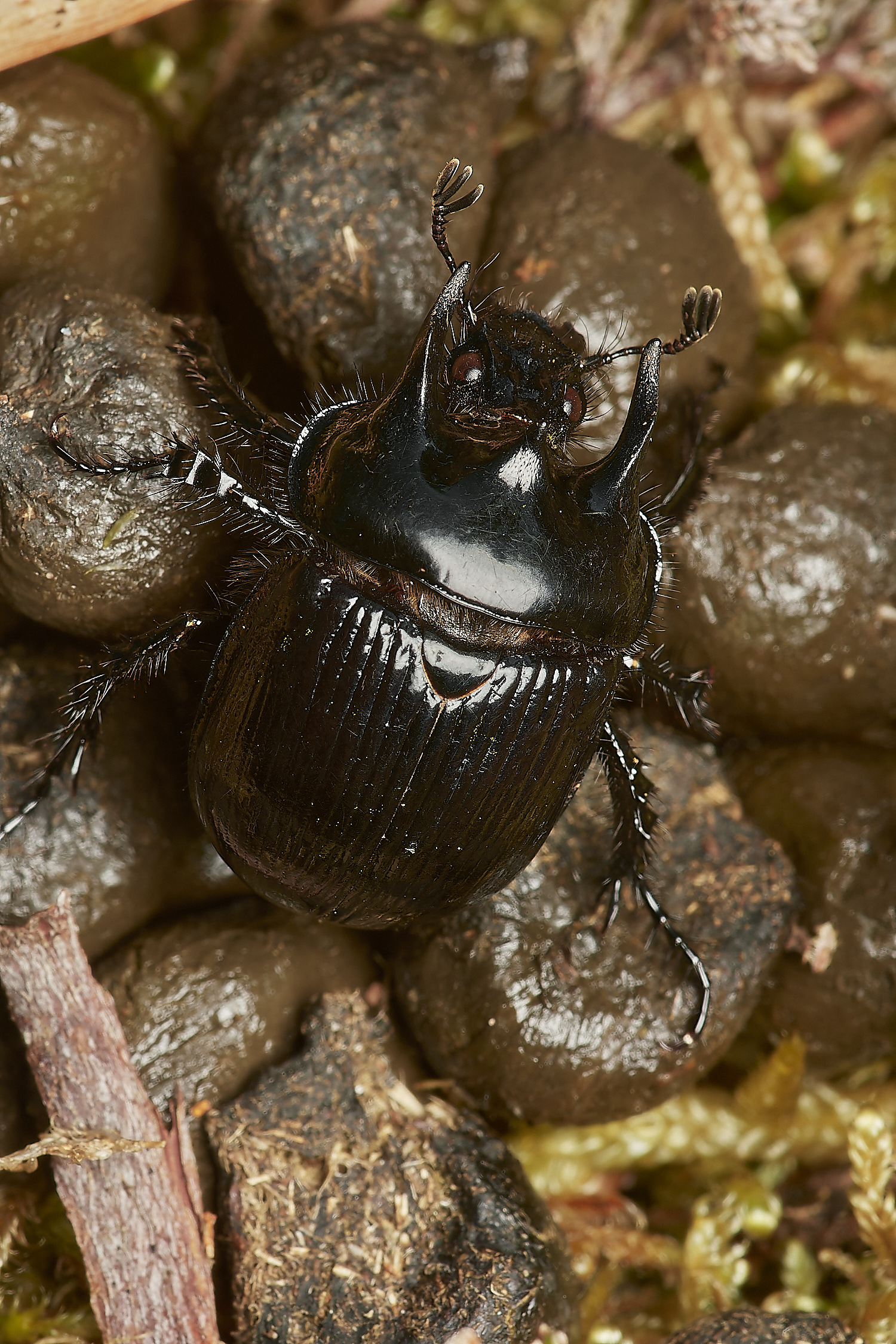
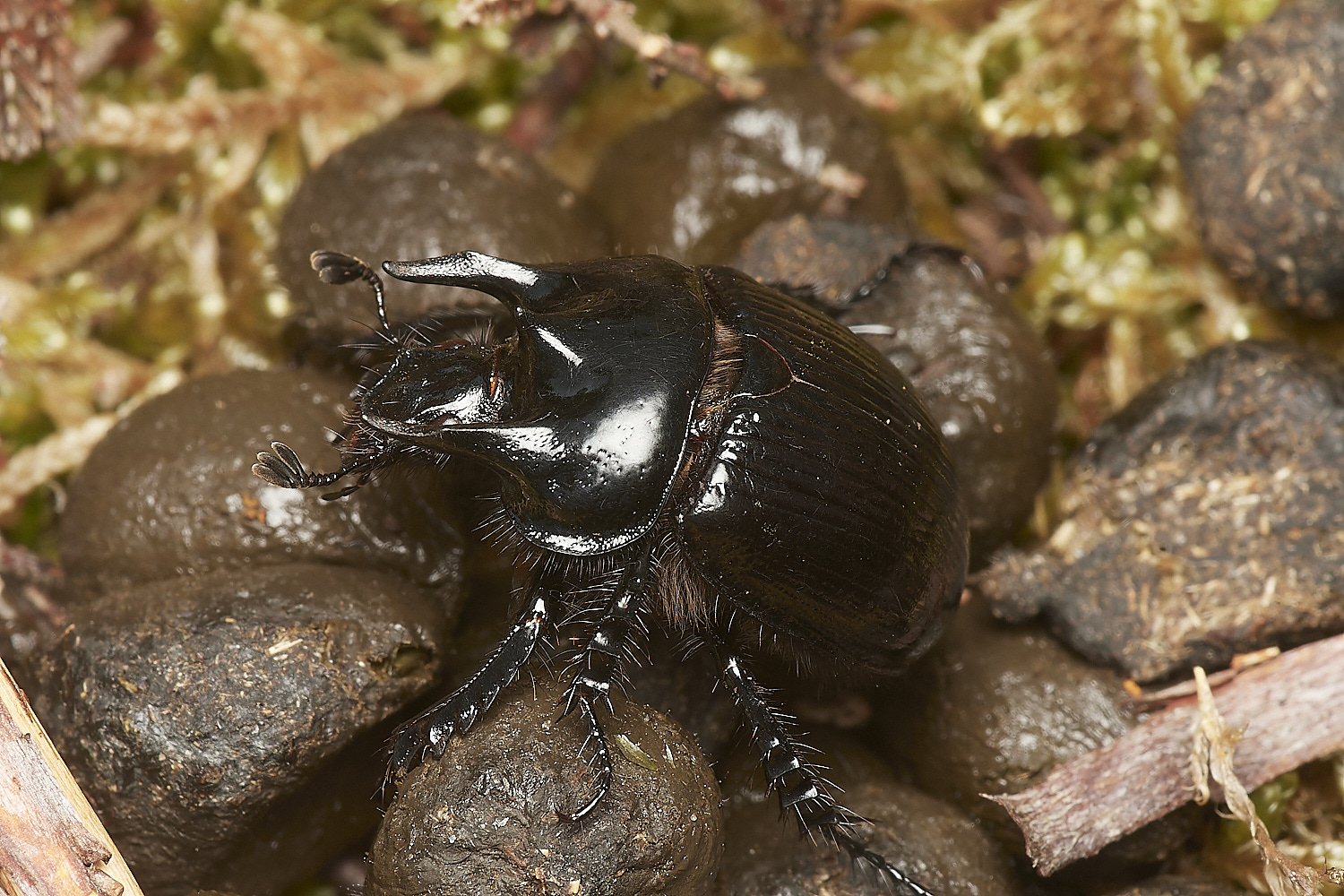
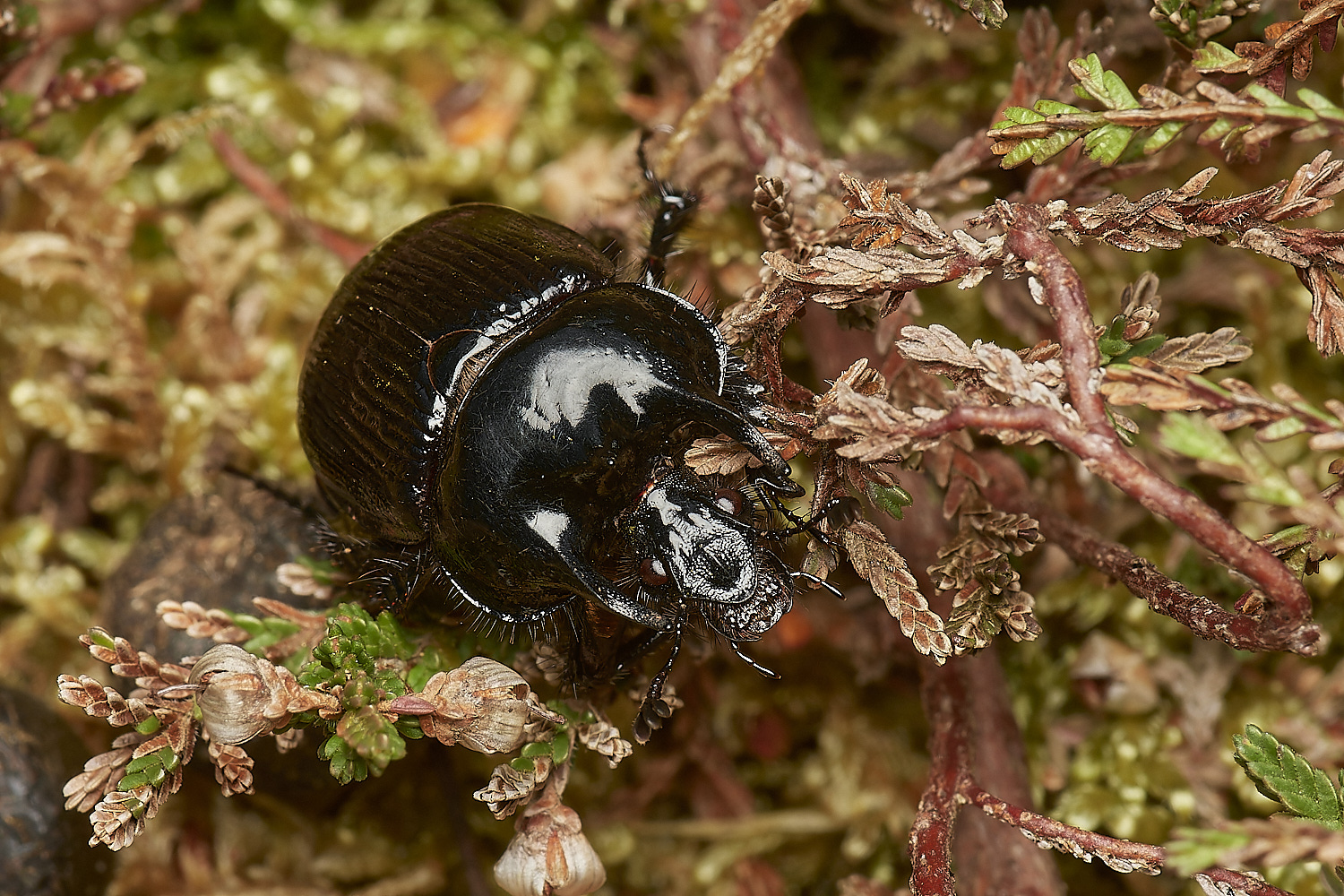
Minotaur Beetle (Typhaeus typhoeus)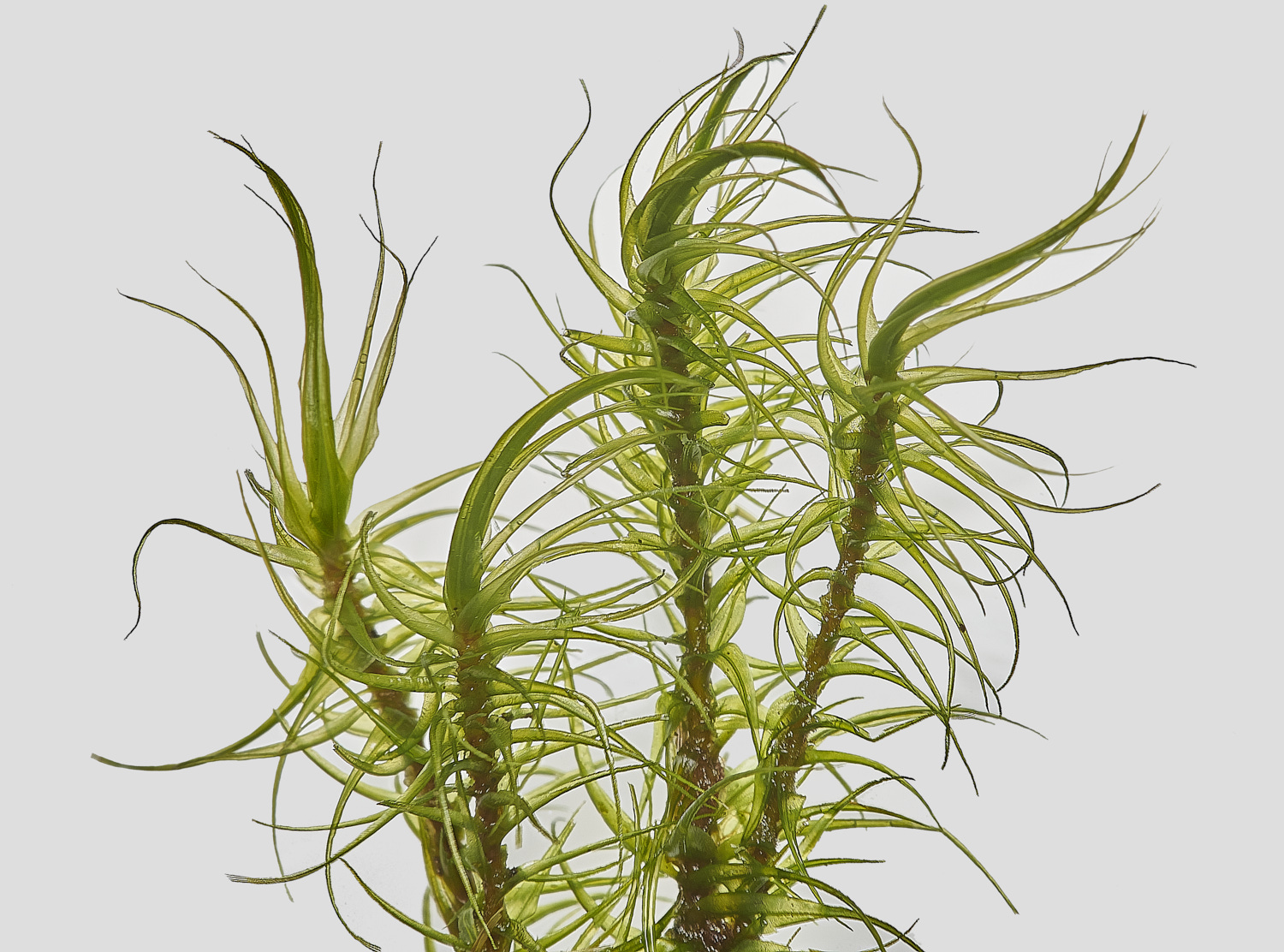
Great ForK Moss (Dicranus majus)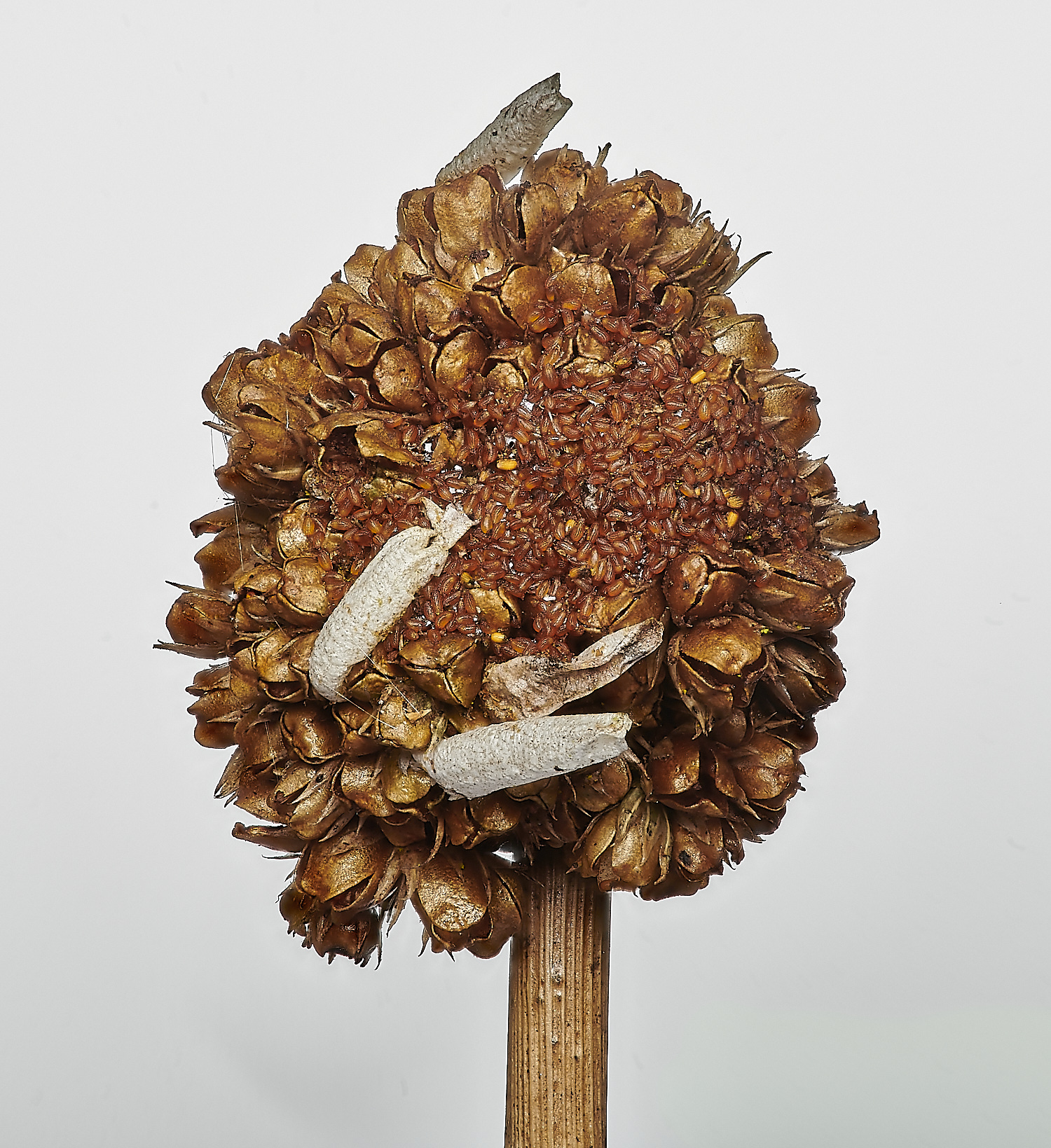
Case Bearer Moth cases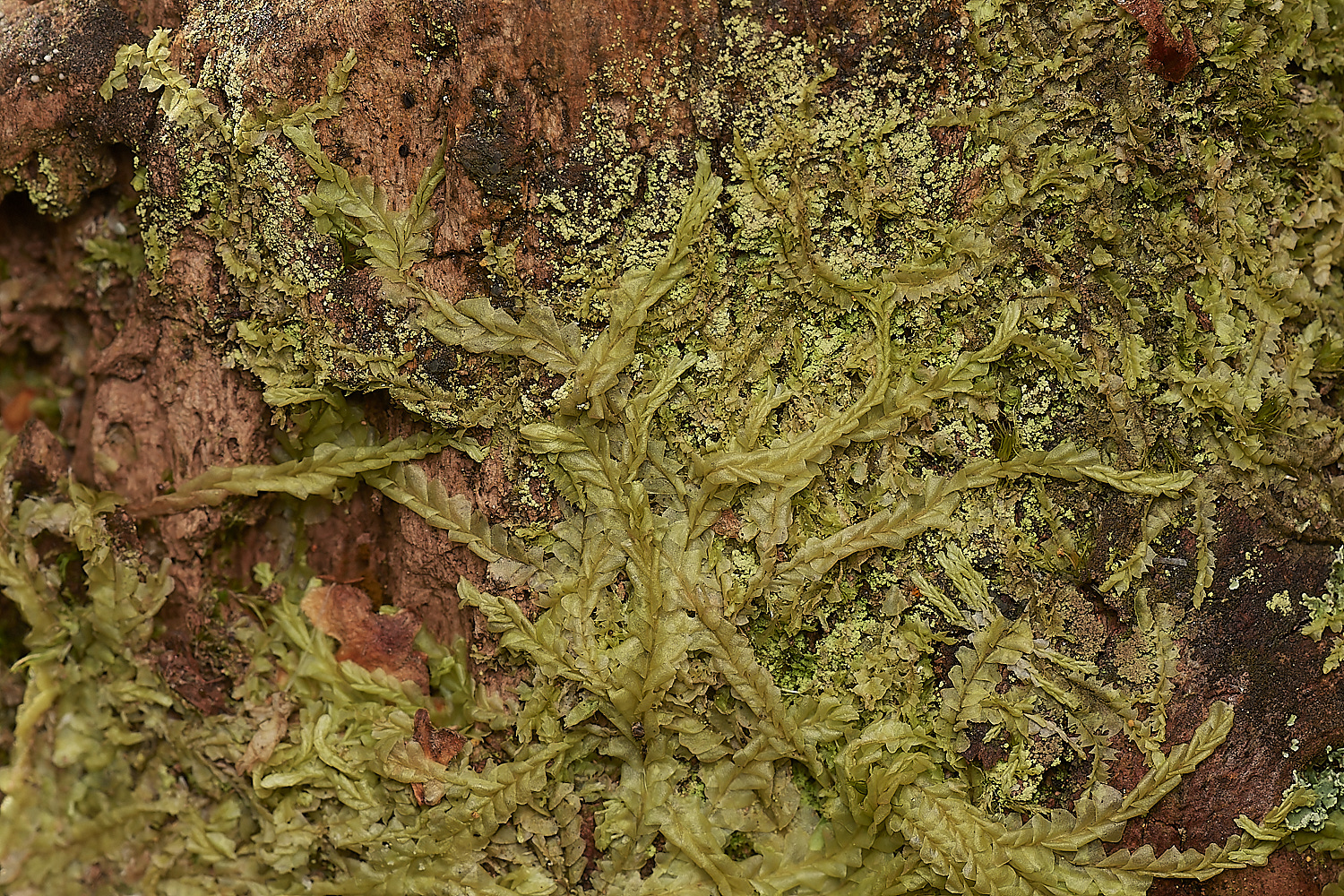
Southern Crestwort (Lophocolea semiteres)
First discovered in the UK in 1955. Introduced via the horticutural trade.
First identified in East Anglia by MO Hill in 1998 from a sample found by RJ Fisk.
It can now be found in many places in Norfolk.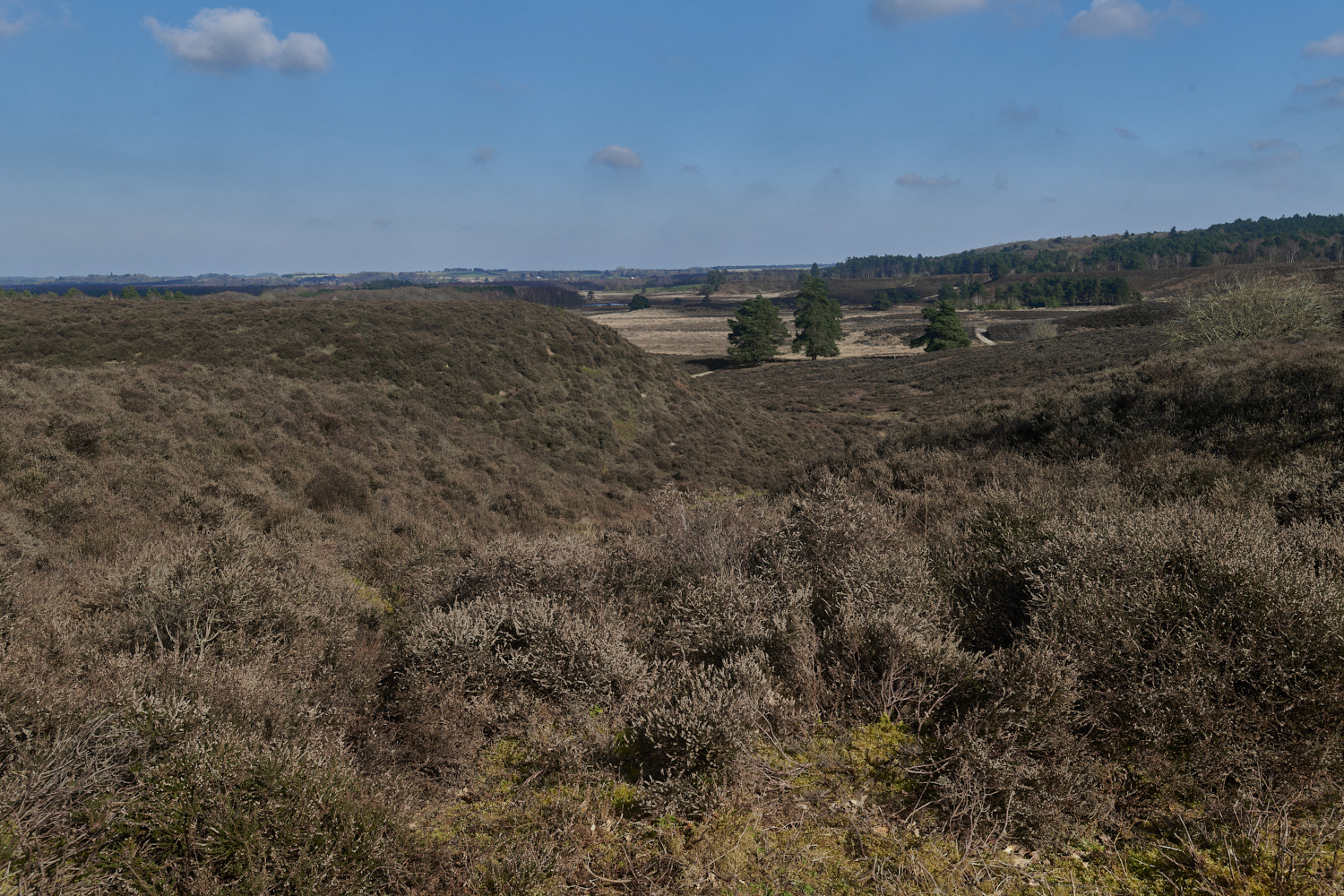
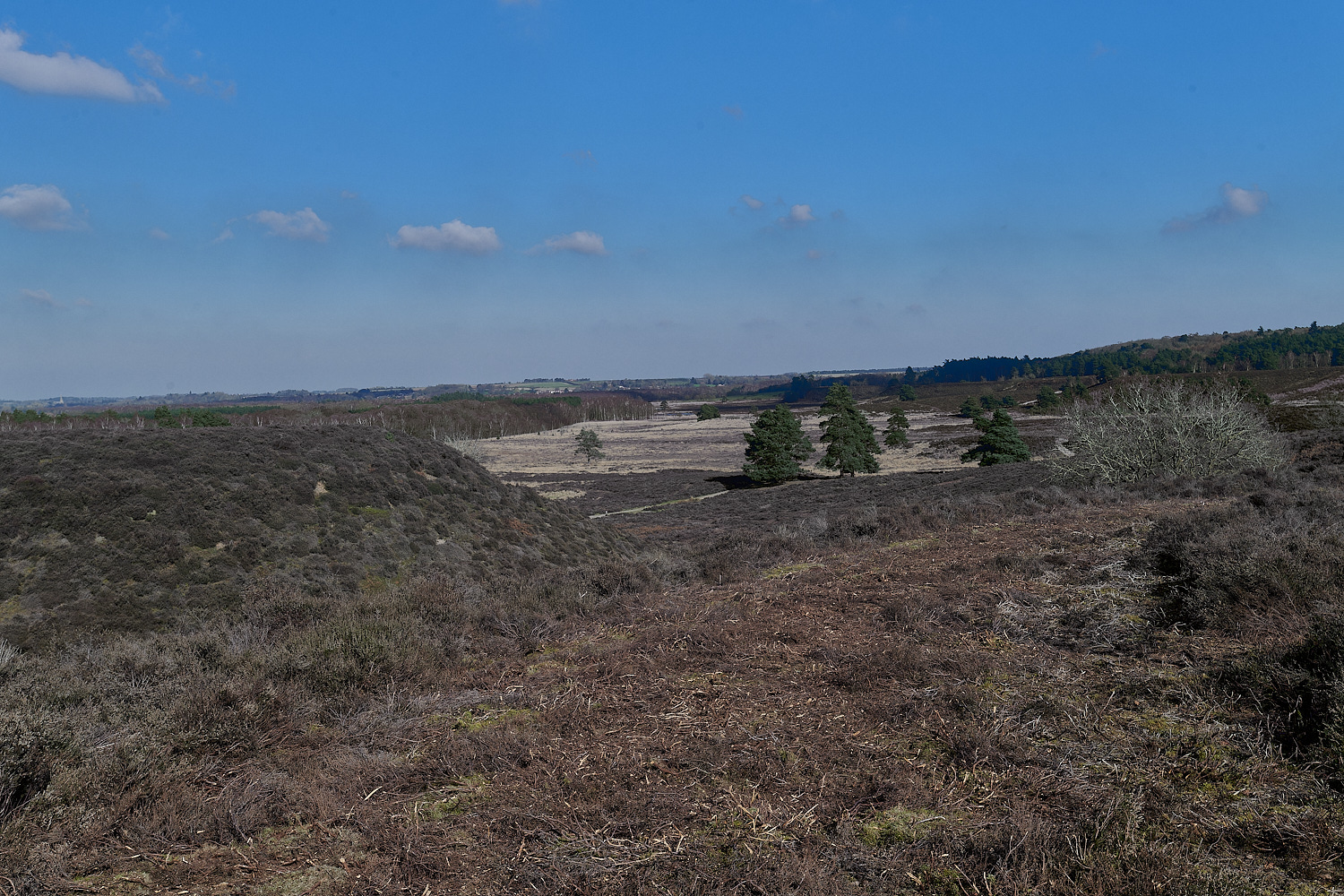
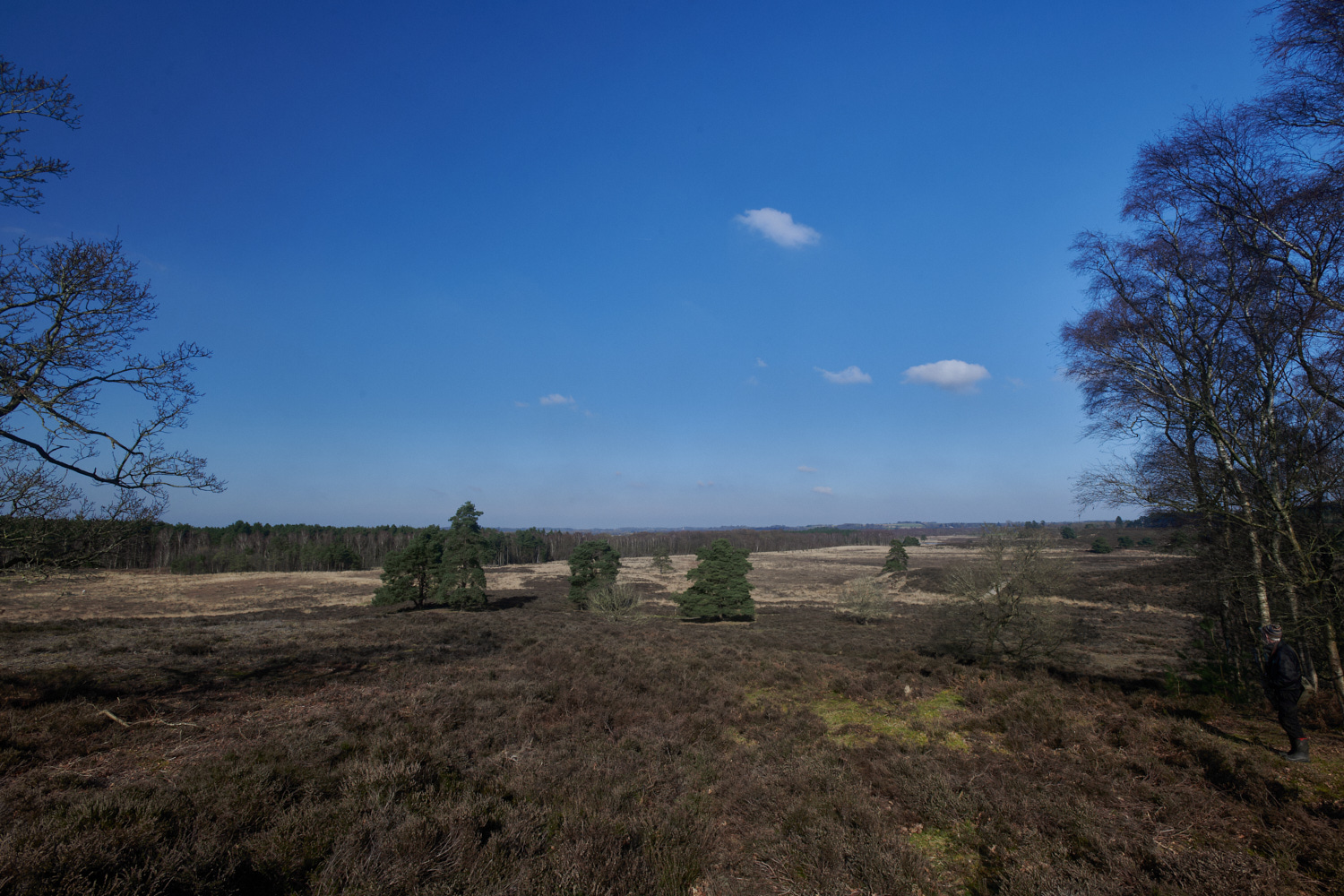

Spots&Dots
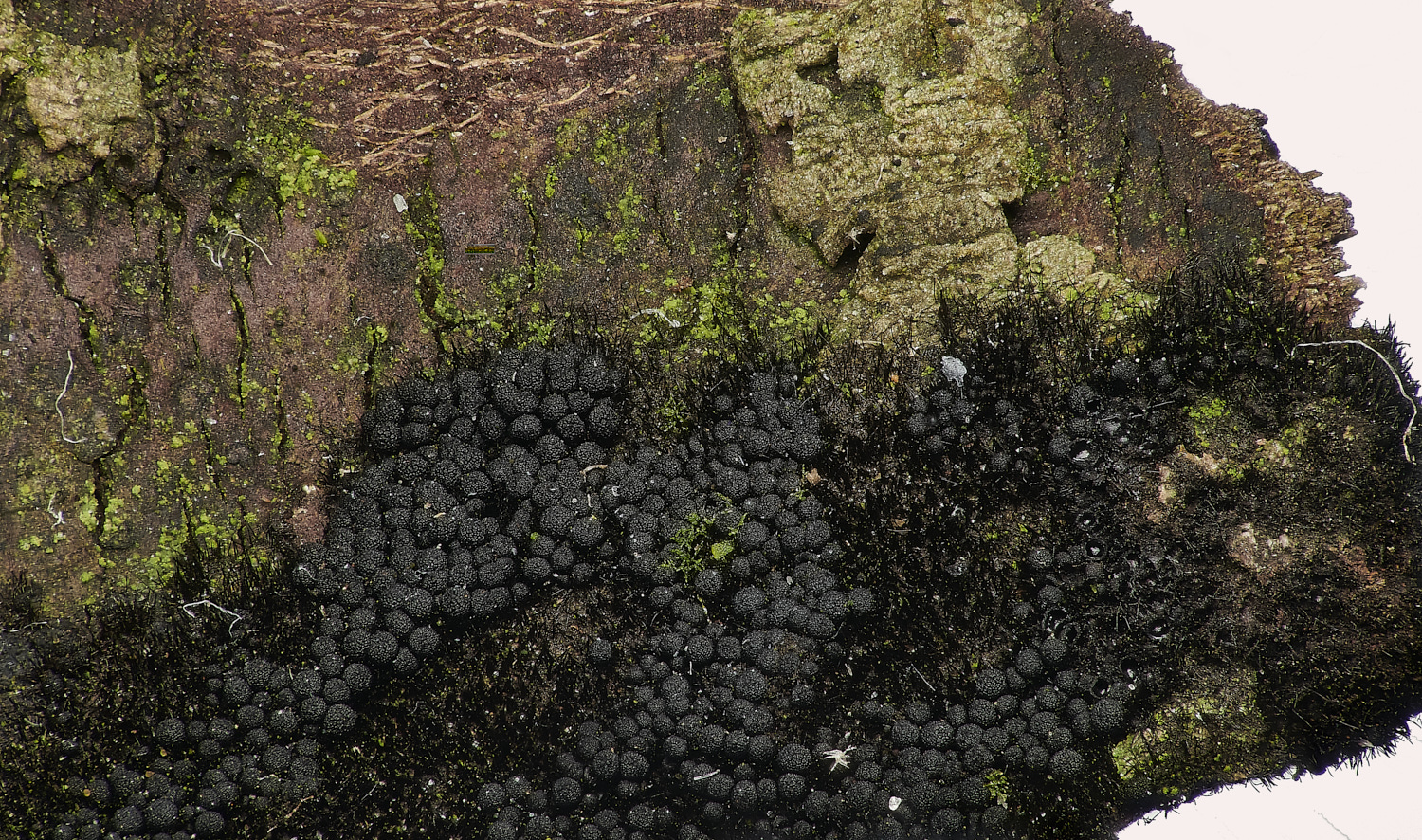
Chaetosphaerella phaestroma
Black fuzzy patches with Dozens of tiny roughtextured dark bluey grey to black spheres nestled in Black fuzzy patches.
From the
Woodland Trust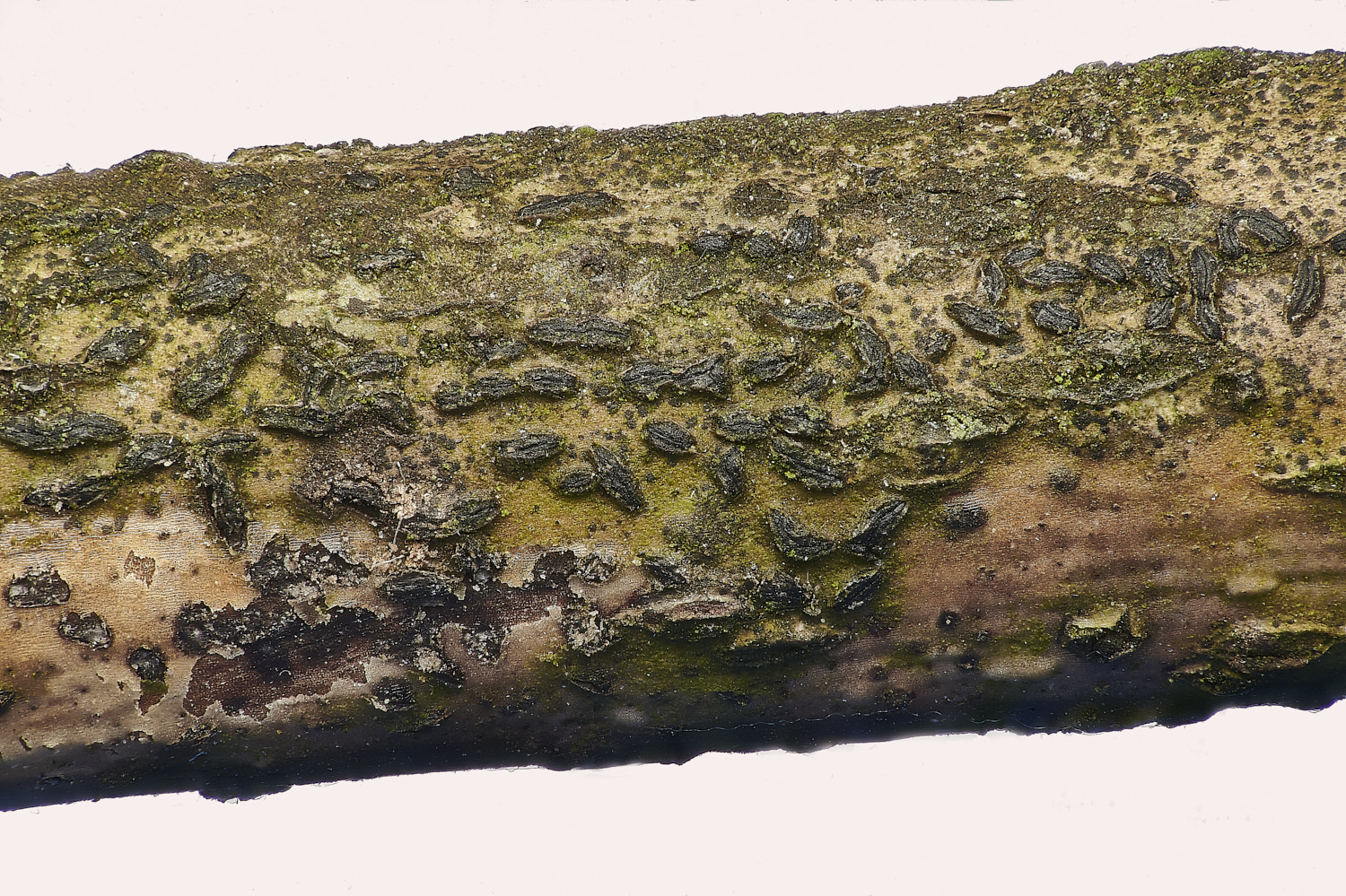
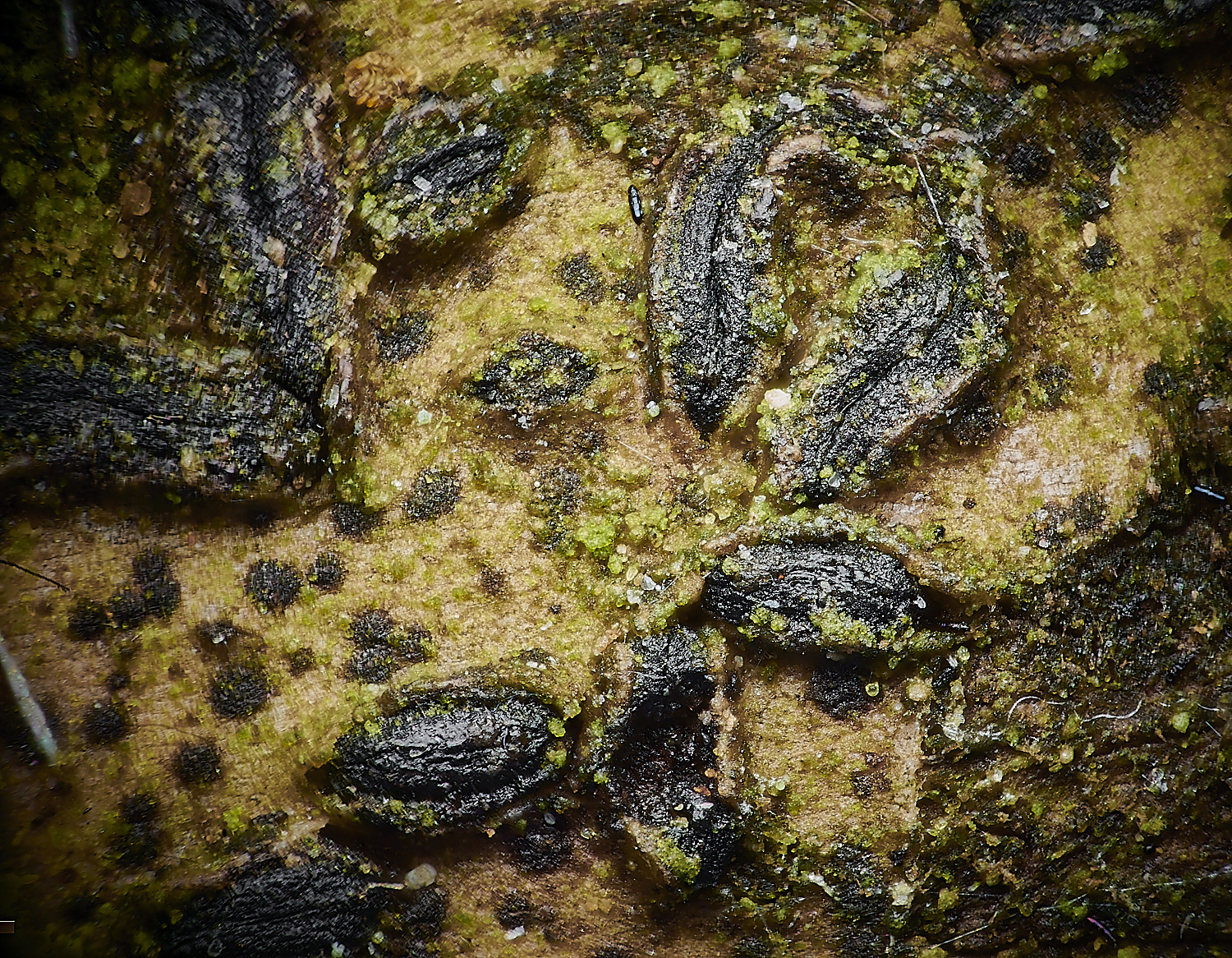
Gloniopsis praelonga
on
Rosa Sp
From
Fungi of Great Britain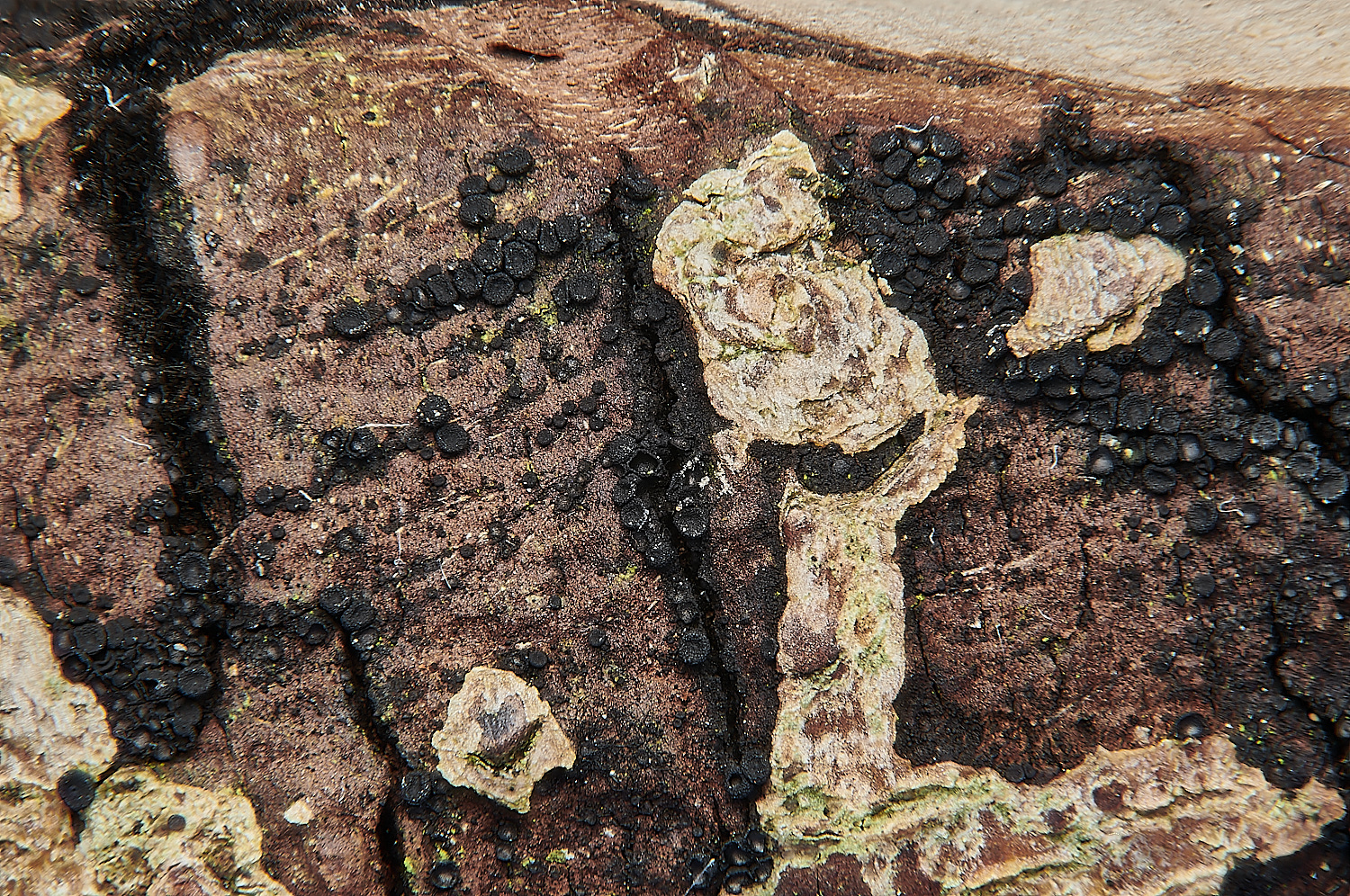

Nitschkia cupularis 

Bartheletia biloba
(A lving fossil being essentially unchanged from earlier times.)
on
Gingko biloba

Ceuthospora feurichii
on
Vinca minor

Ceuthospora mahoniae
on
Mahonia japonica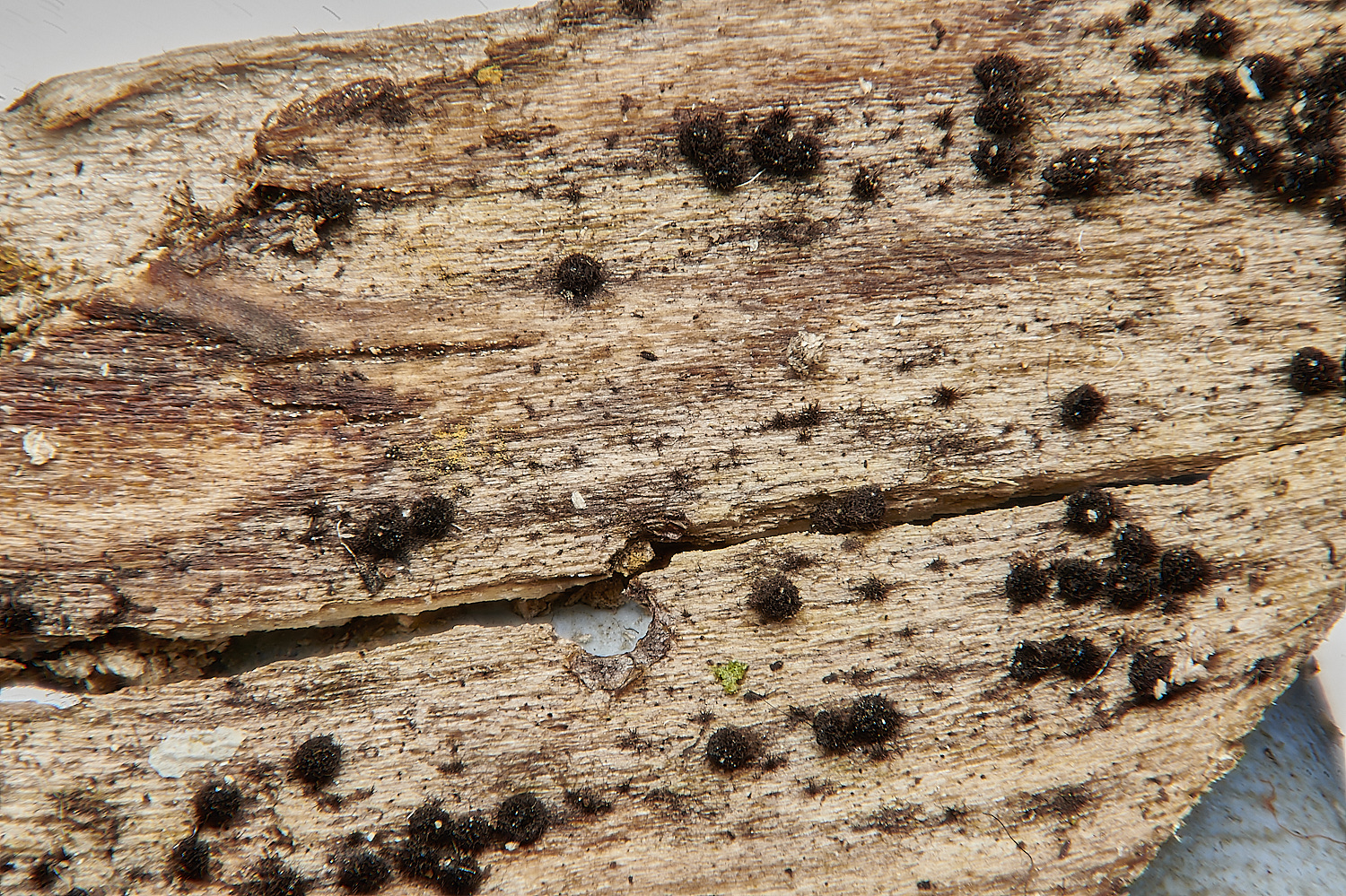
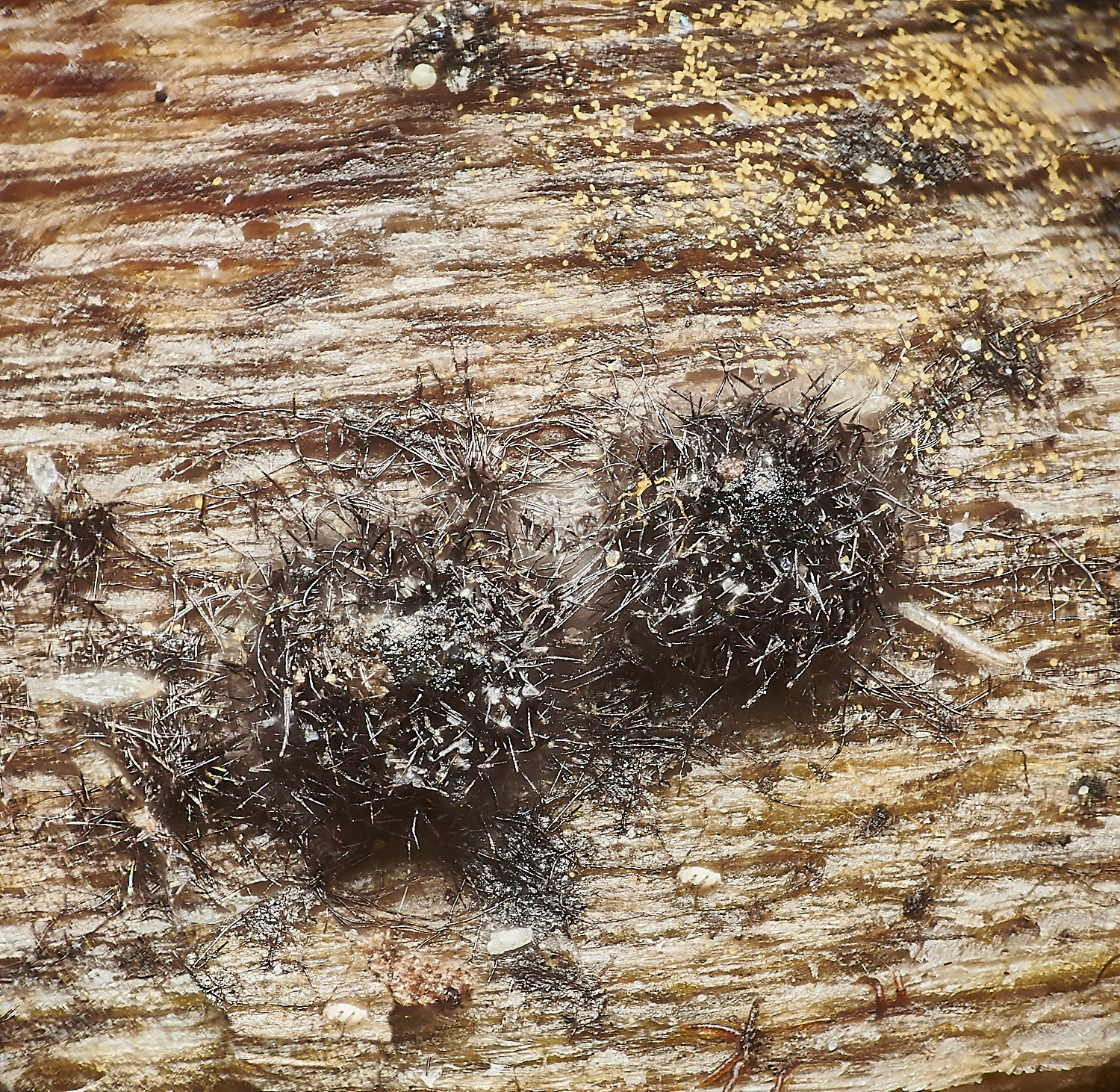
Lasiosphaeris hirsuta

Lichenoconium pyxidata
on
Cladonia rangiformis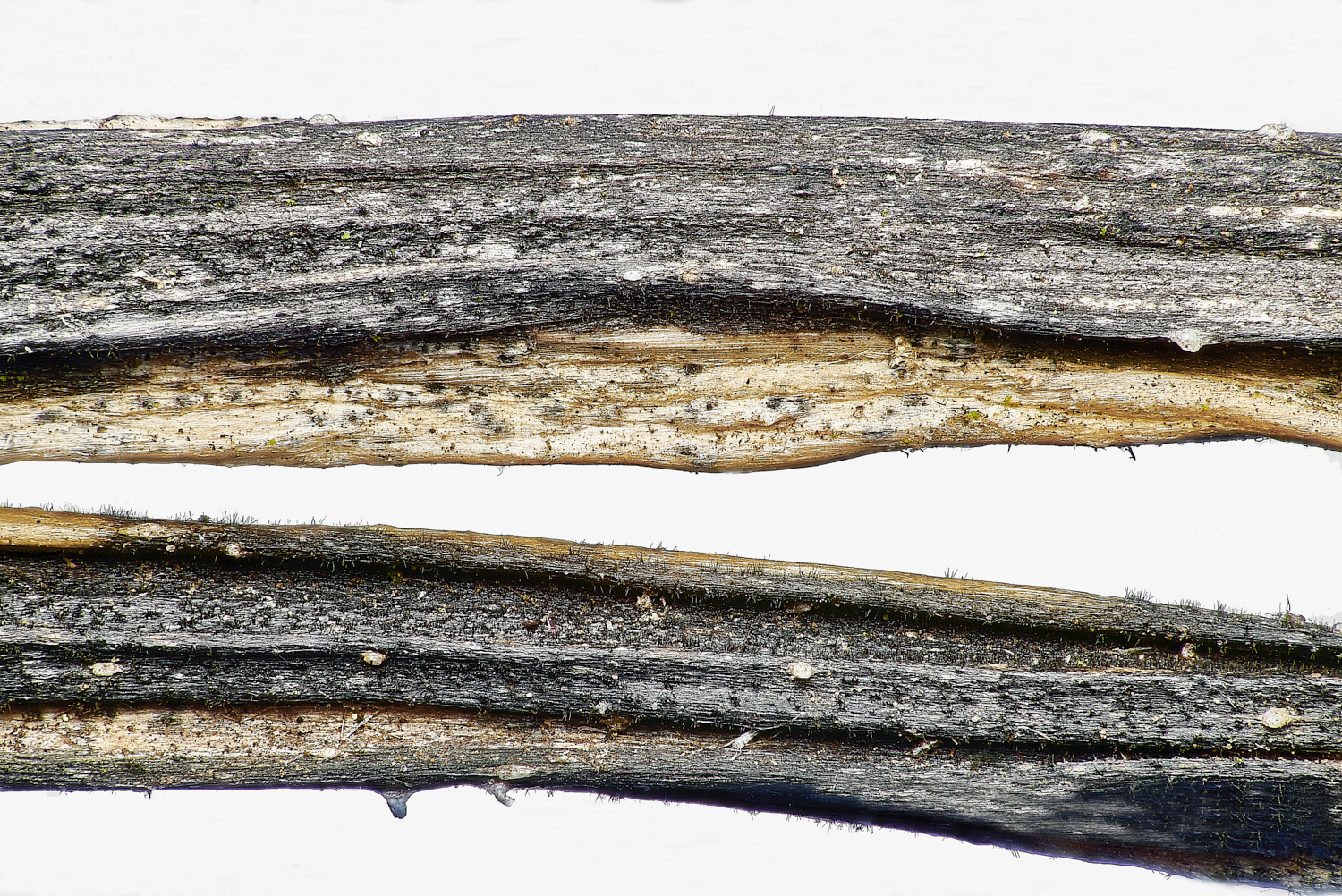
Didymella bryoniae
on
White Bryony (Bryonia alba)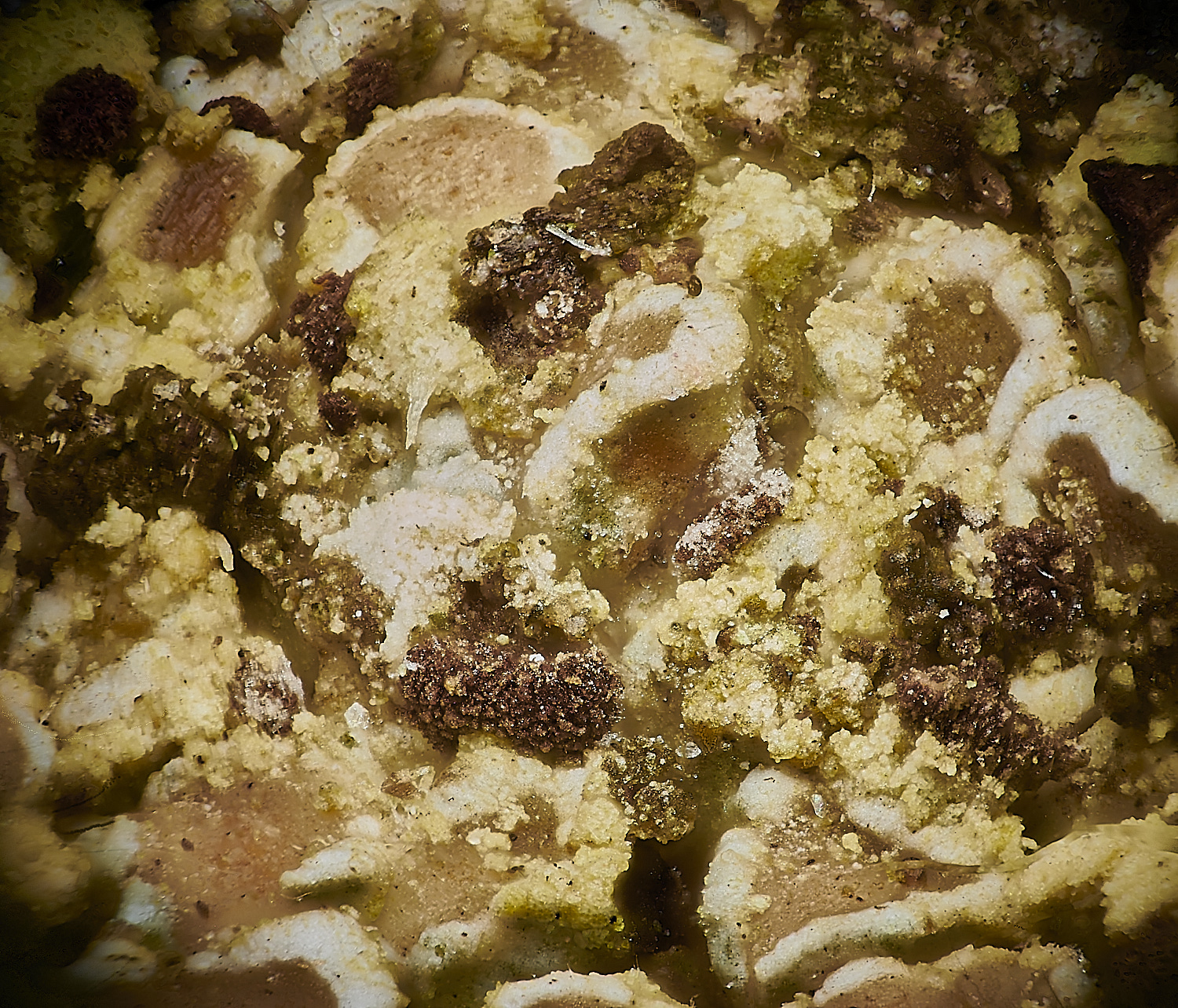
Unguiculariopsis thallophilla
on
Leconora Sp
Marchandiomyces corallinus
Intwood


Vaulted Earthstar (Geastrum brittanicum)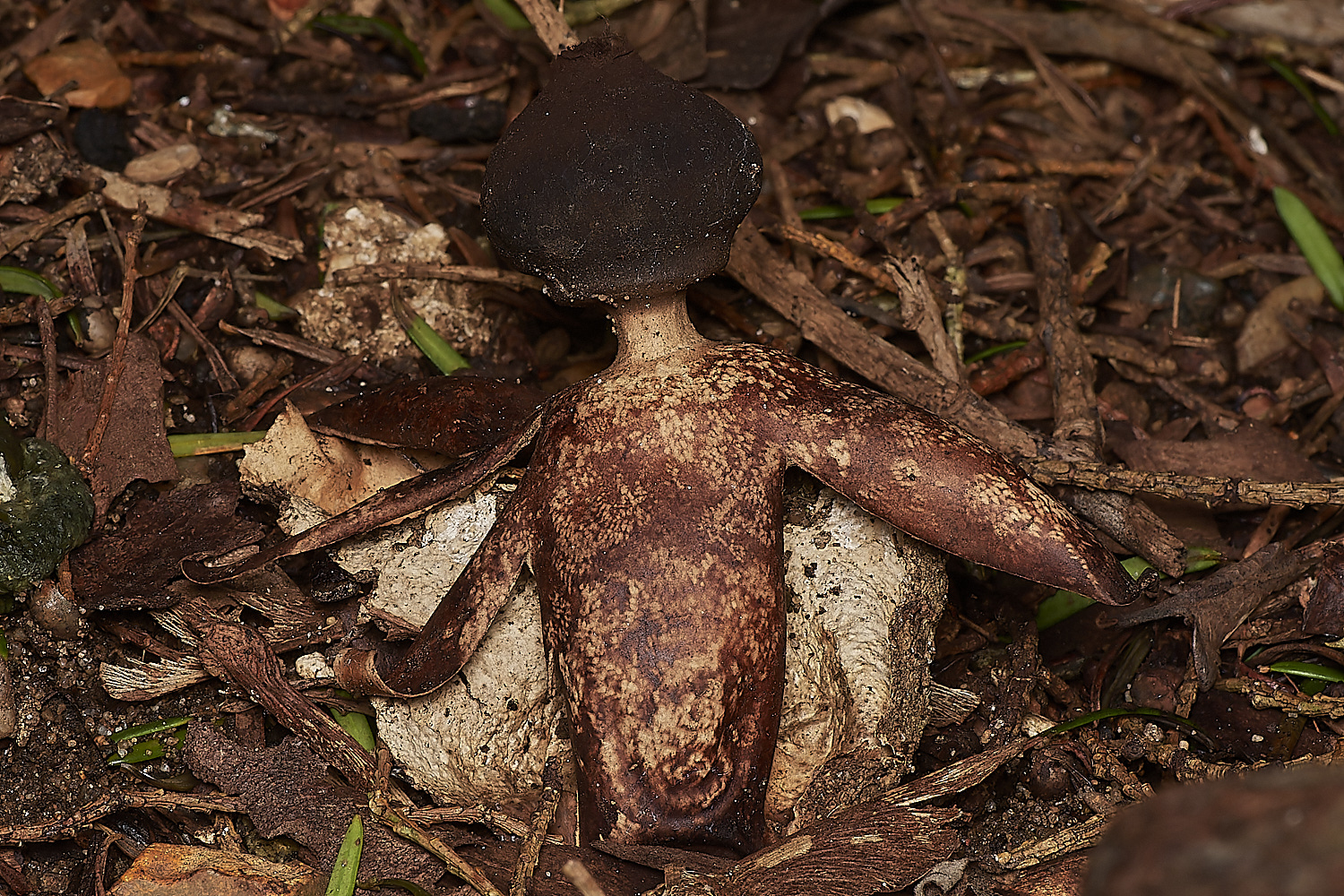
Arched Earthstar (Geastrum fornicatum)
Theford


Common Whitlow Grass (Erophila verna)




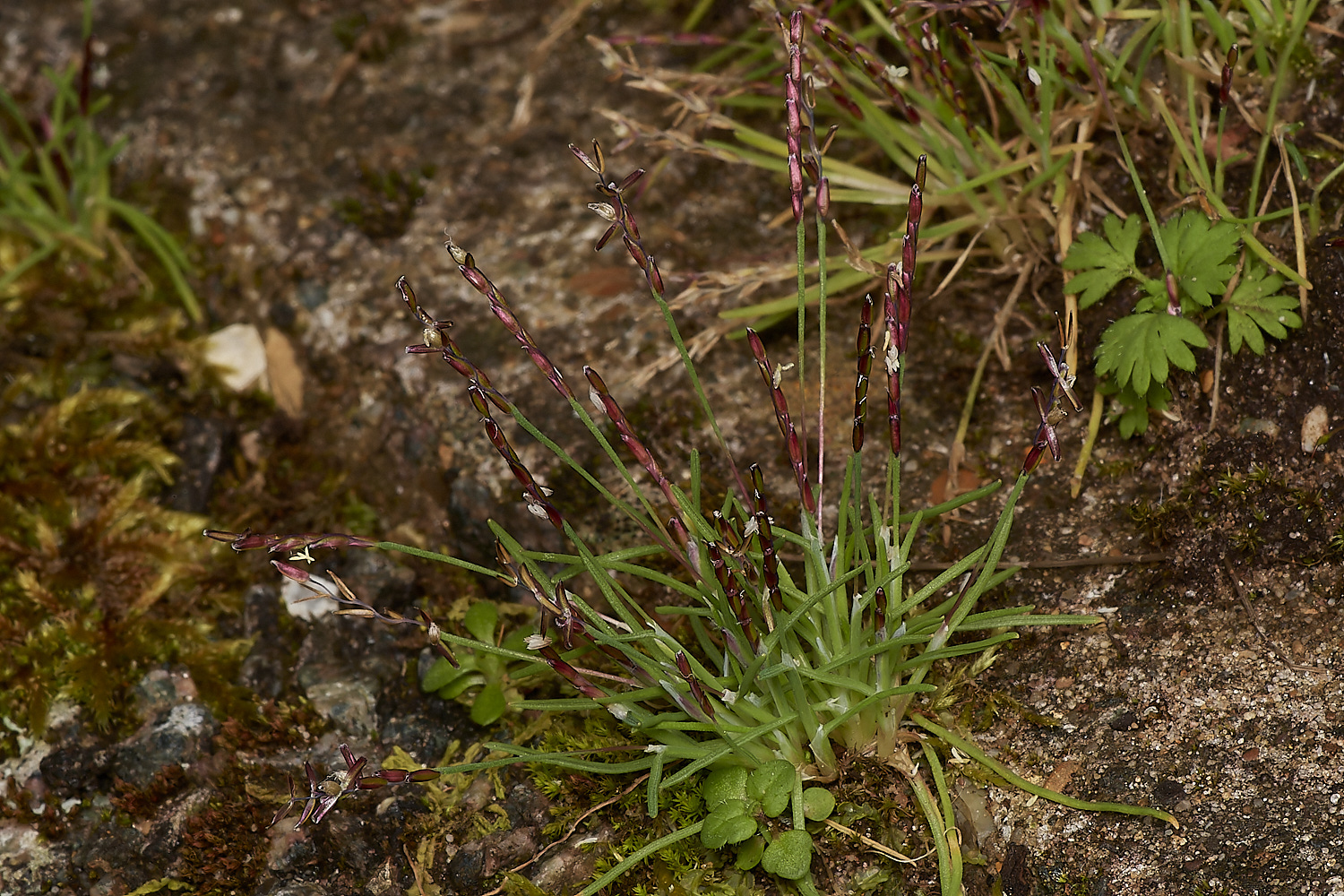

Early Sand Grass (Mibora minima)
Frost's Common
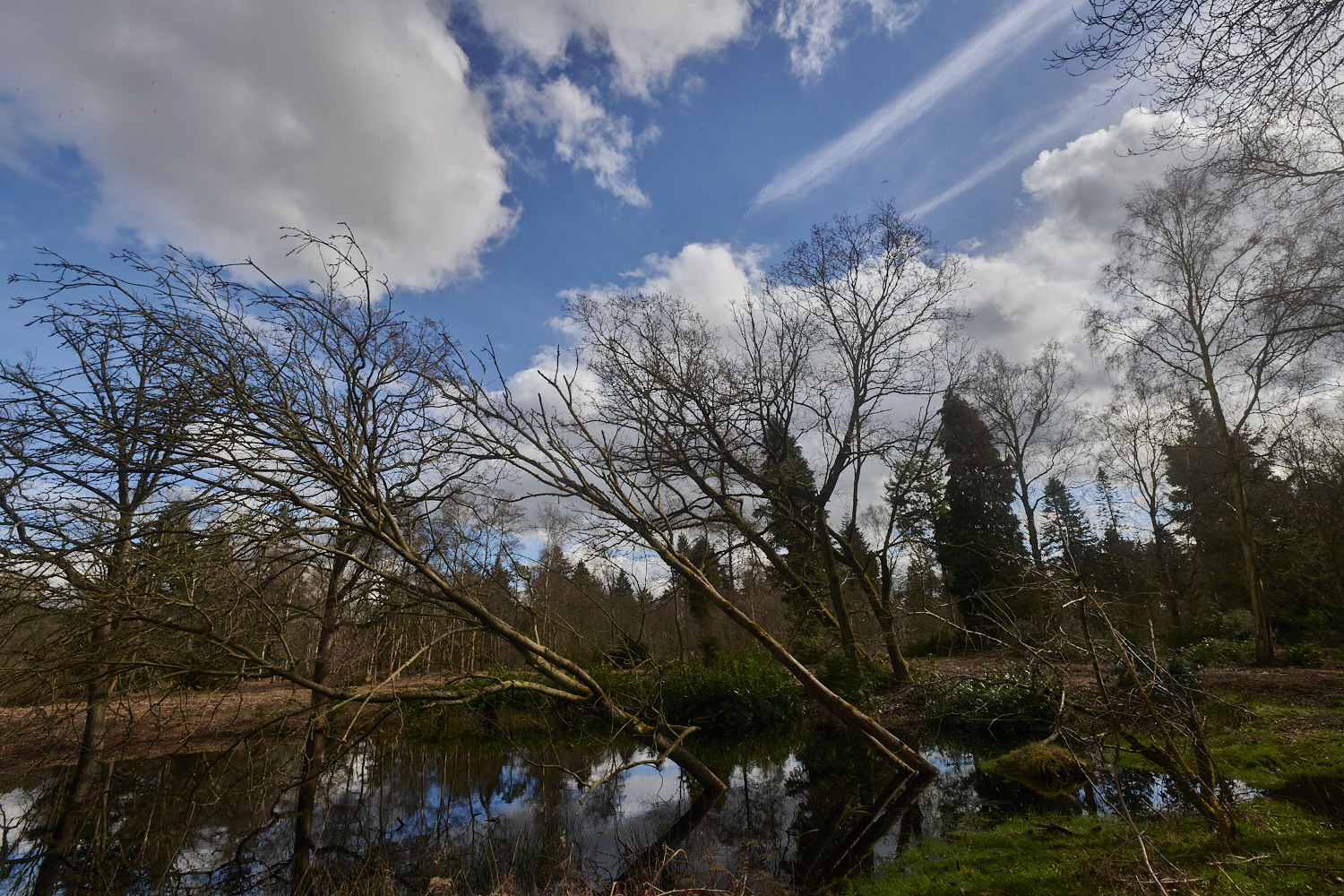
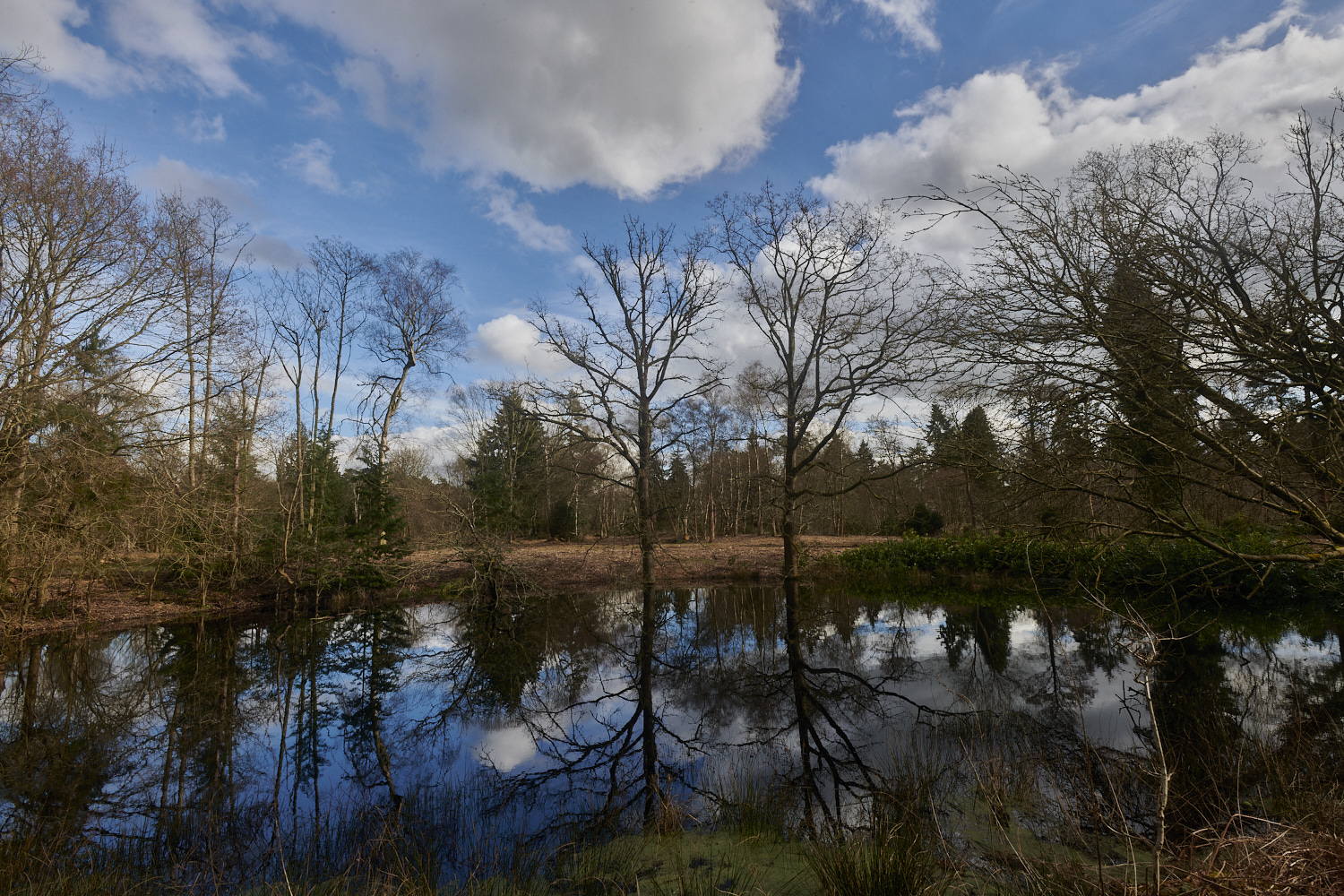

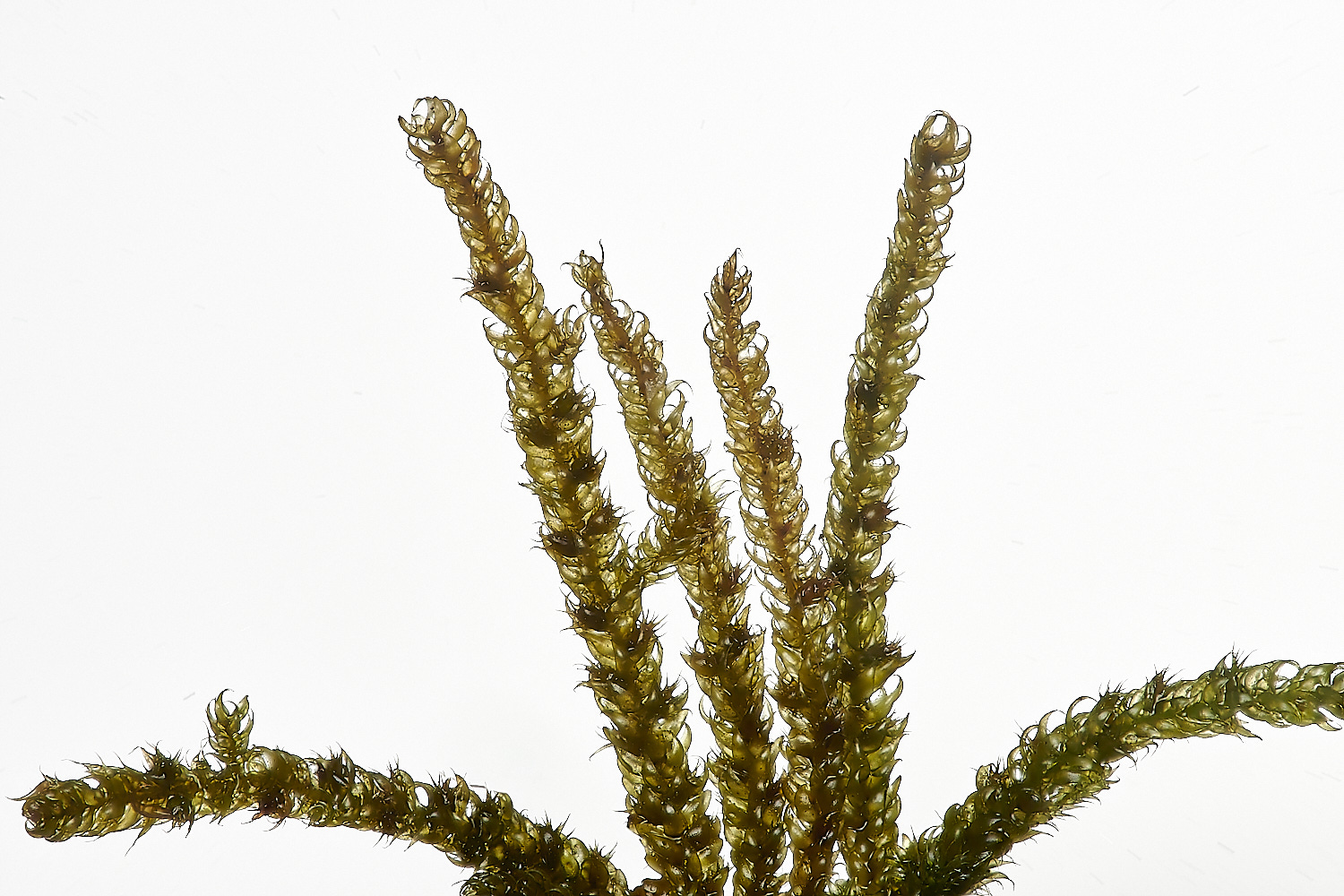
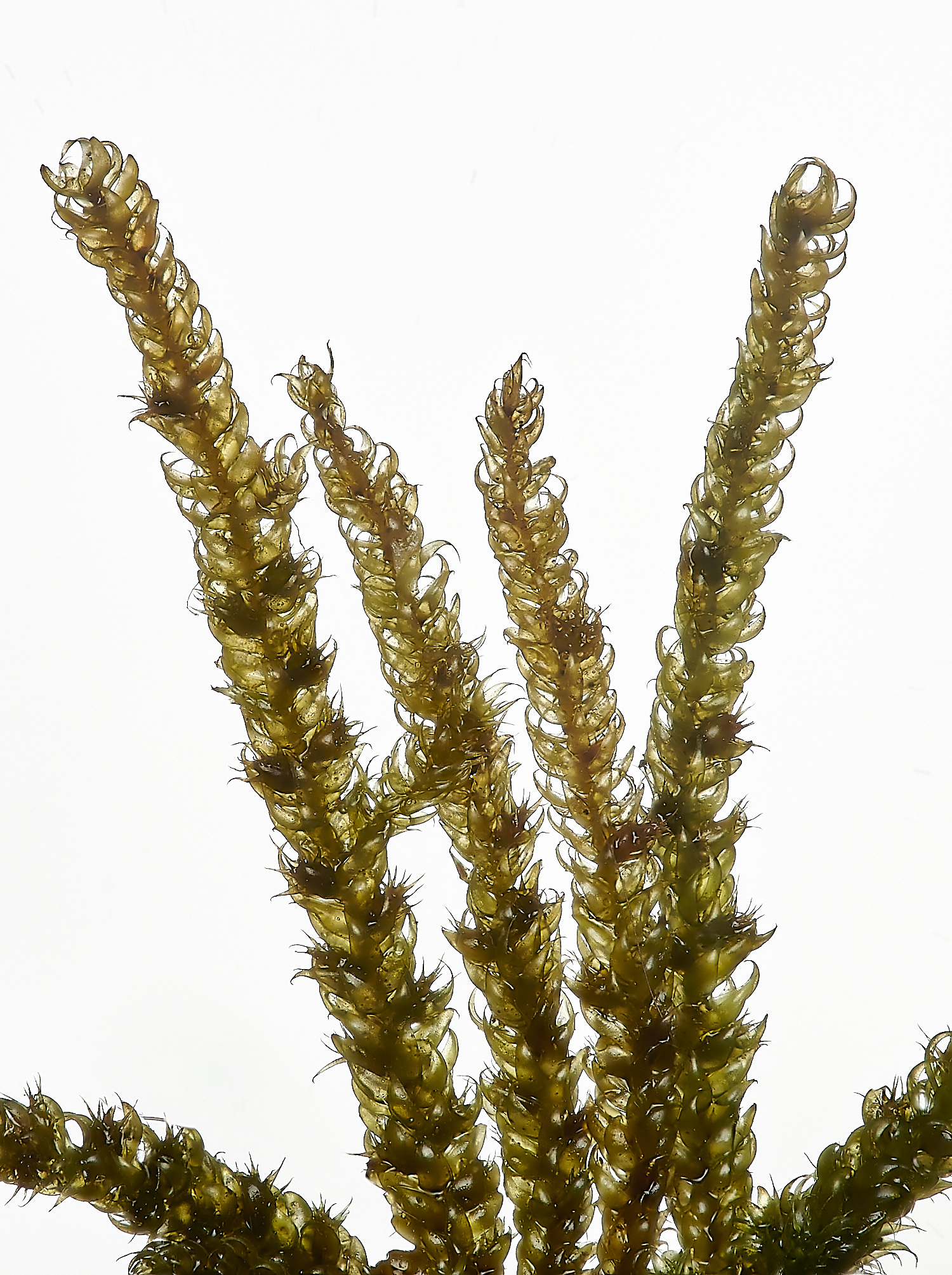
Silesian Feather-moss (Herzogiella seligeri)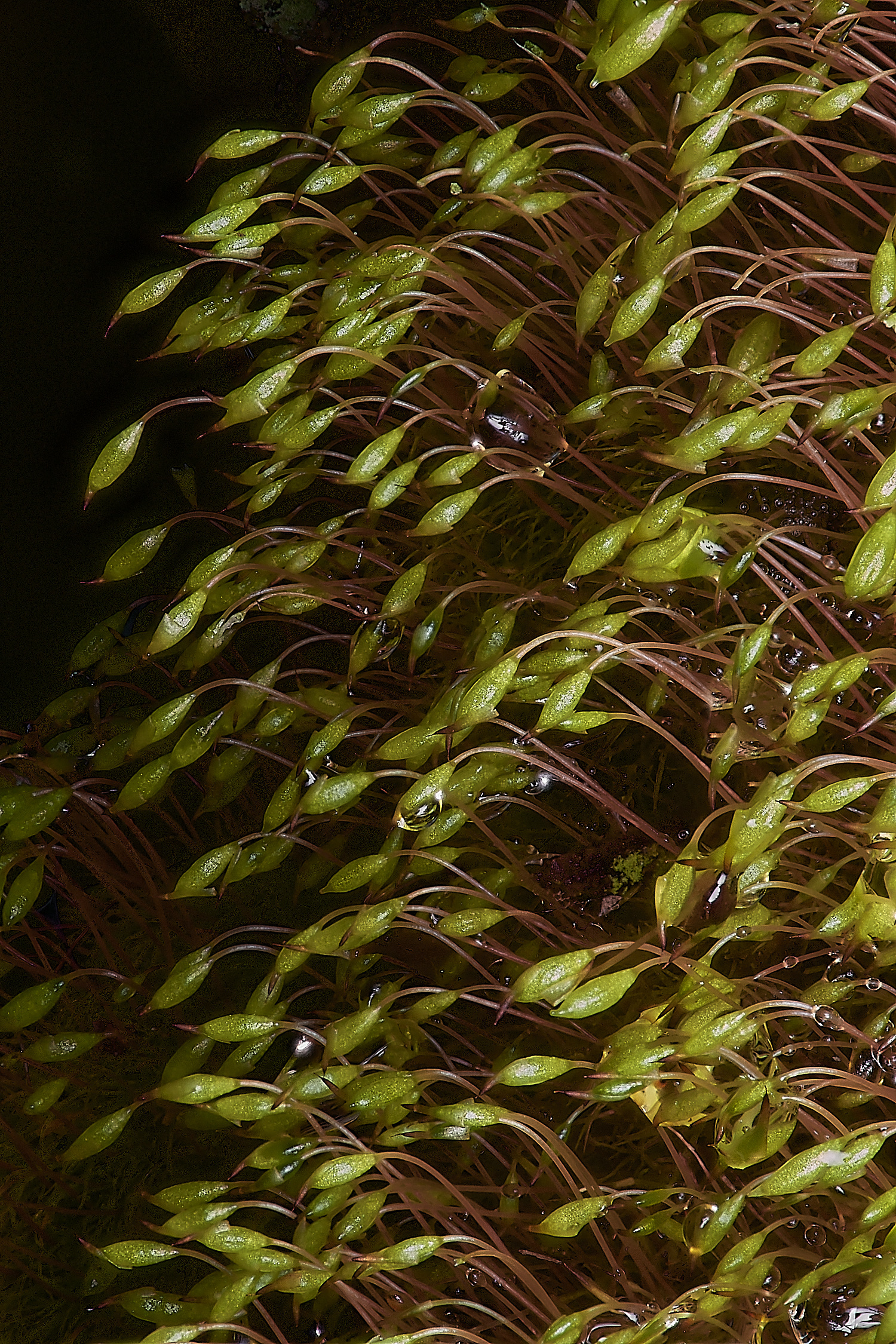
Cape Thread-moss (Orthodontium lineare)
Sheringham Seafront
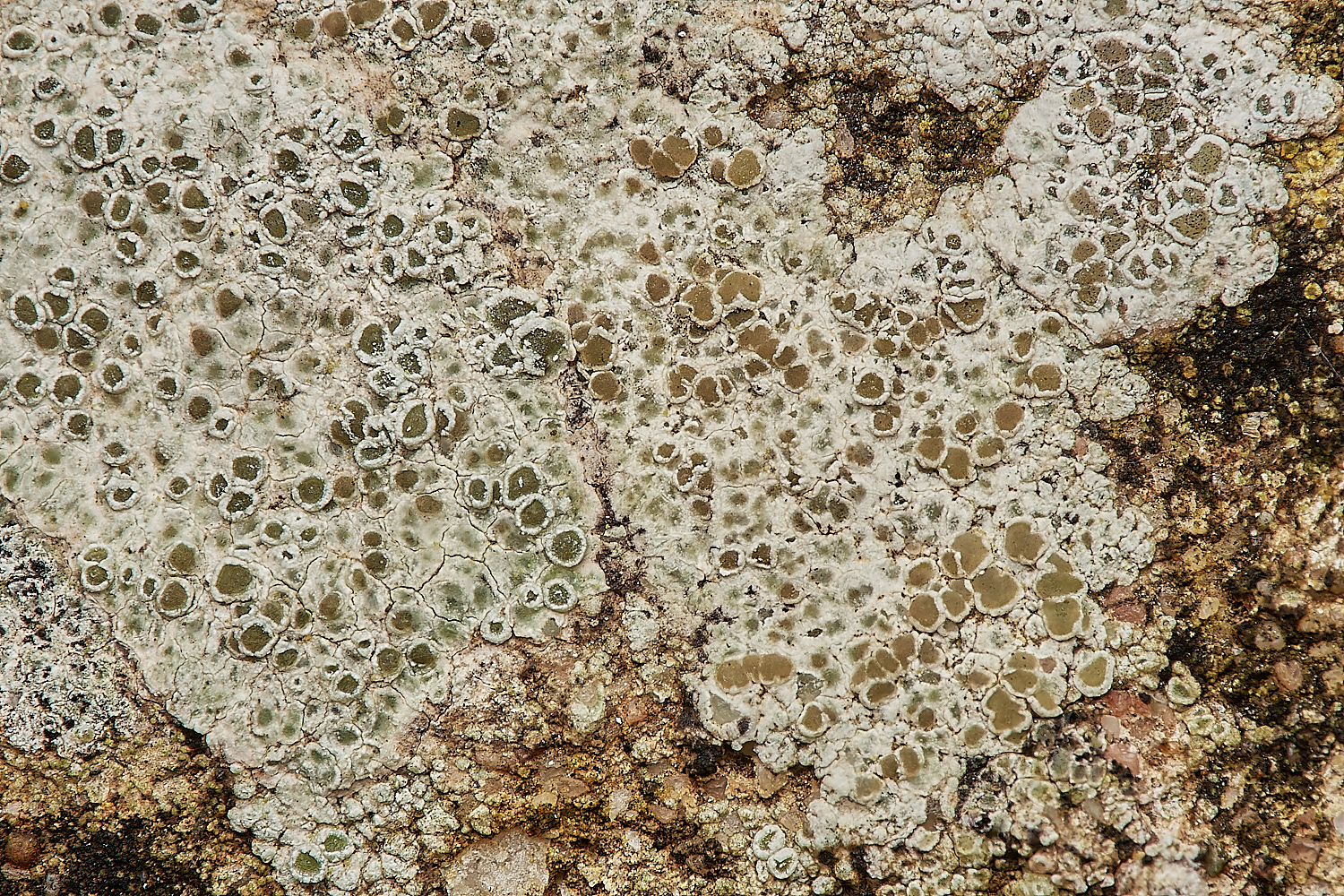
Myriolecis albescens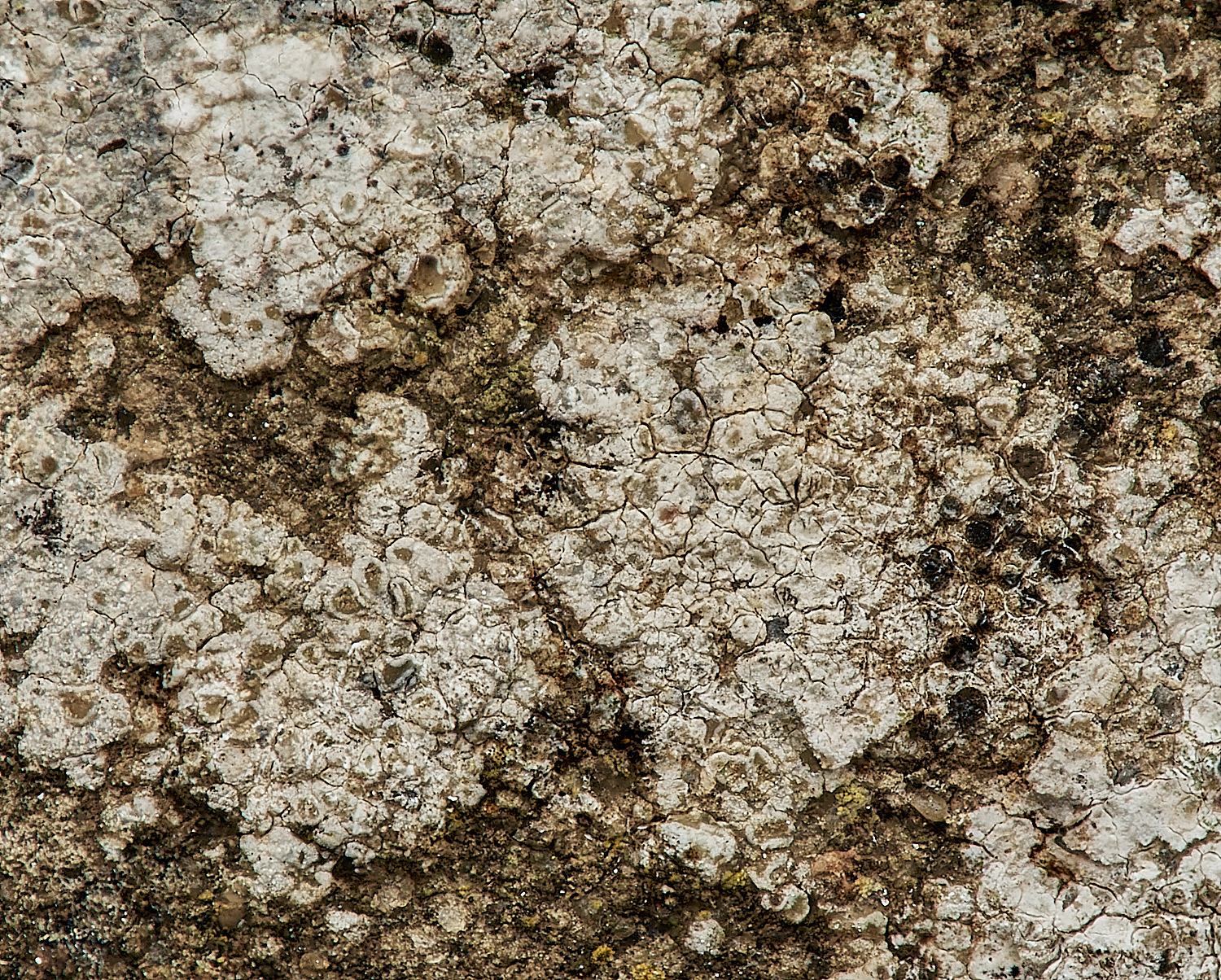
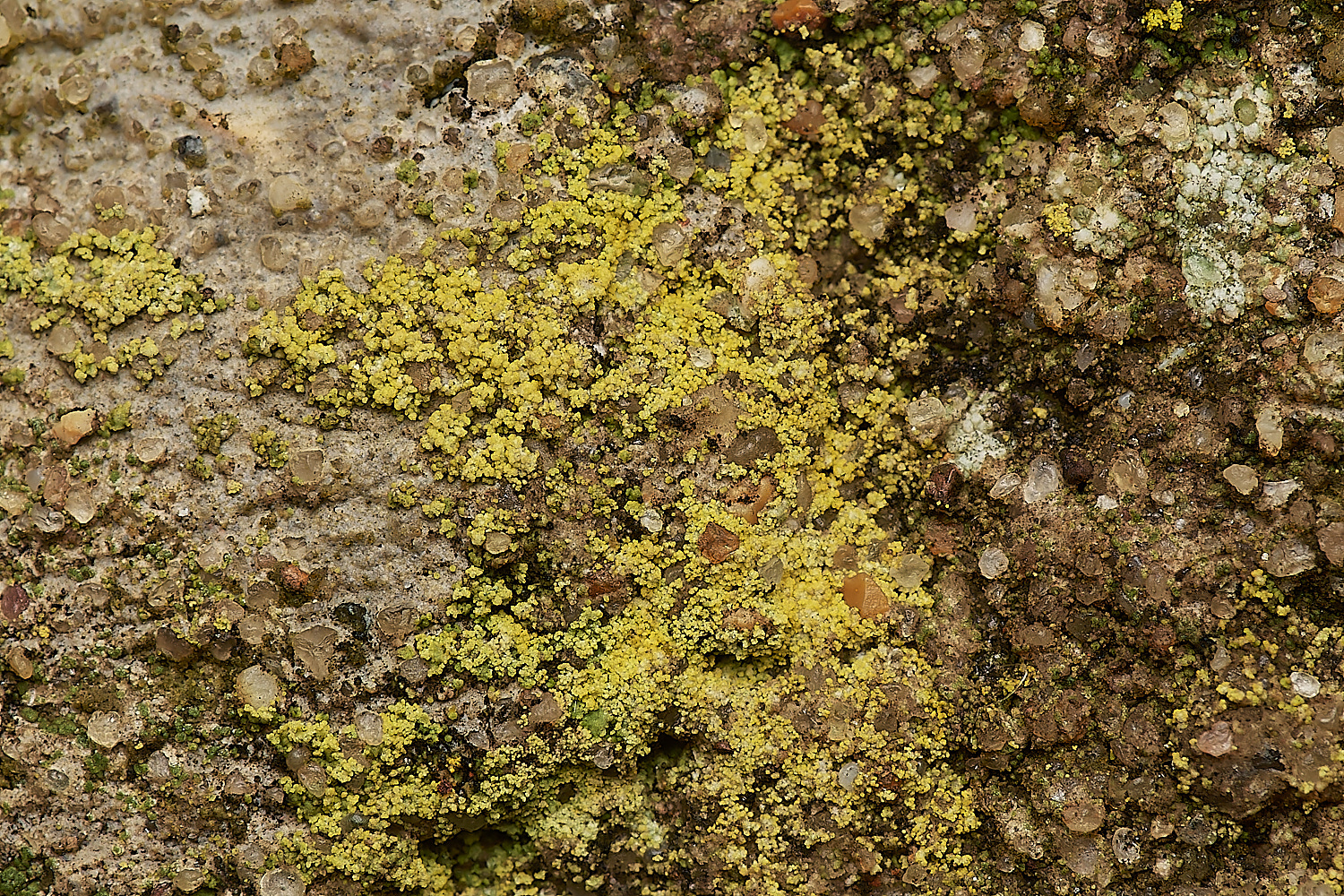
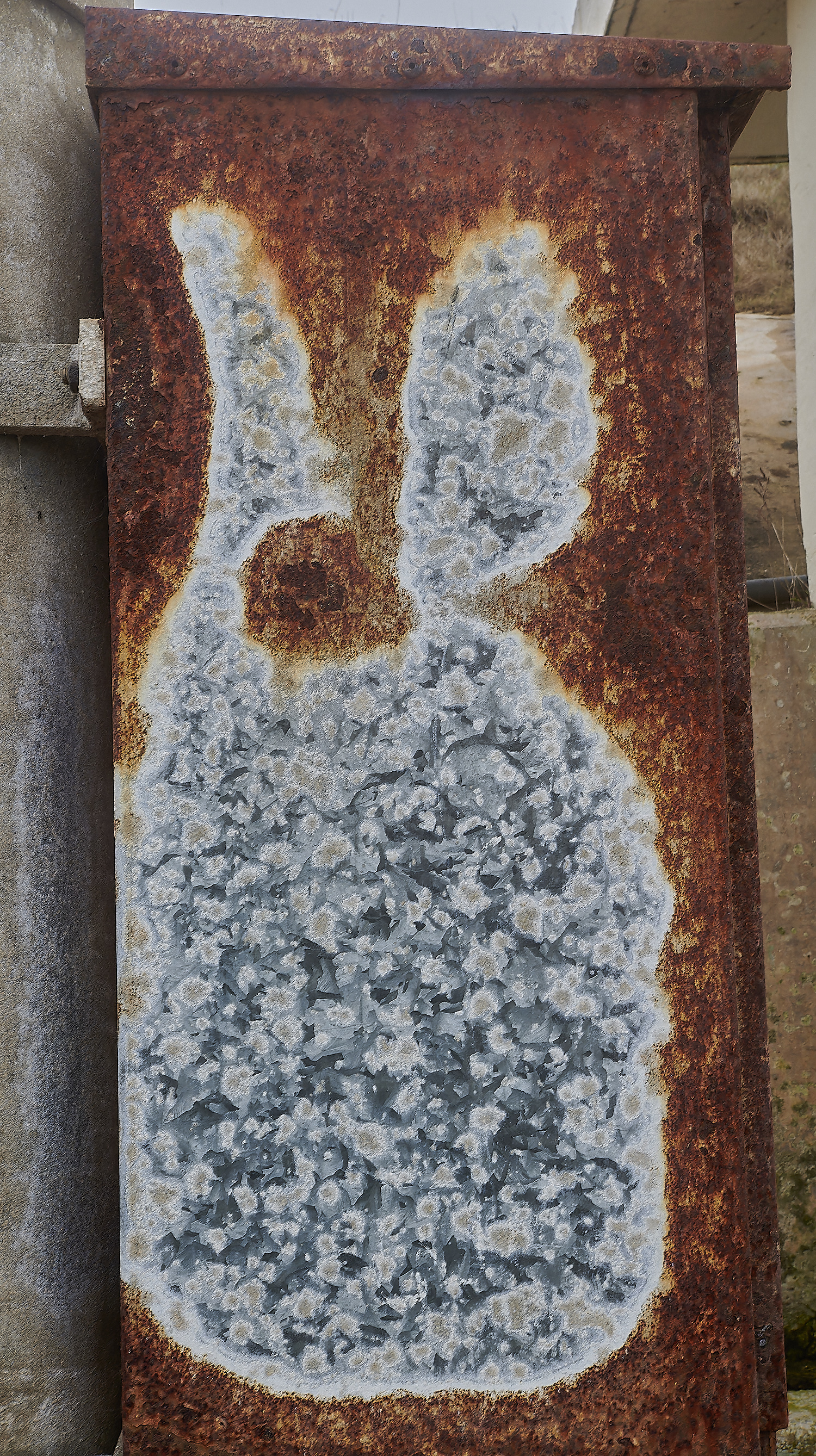
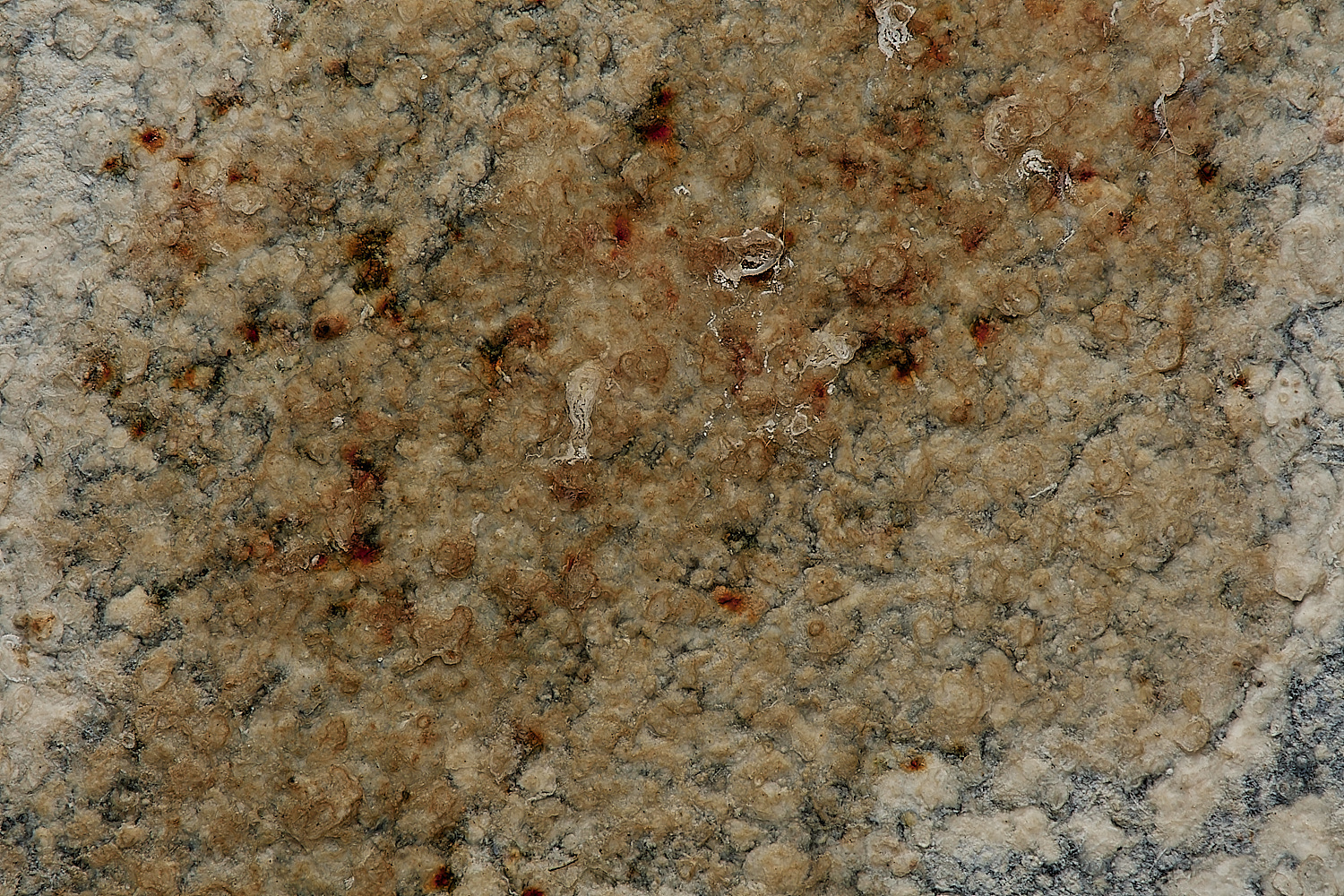
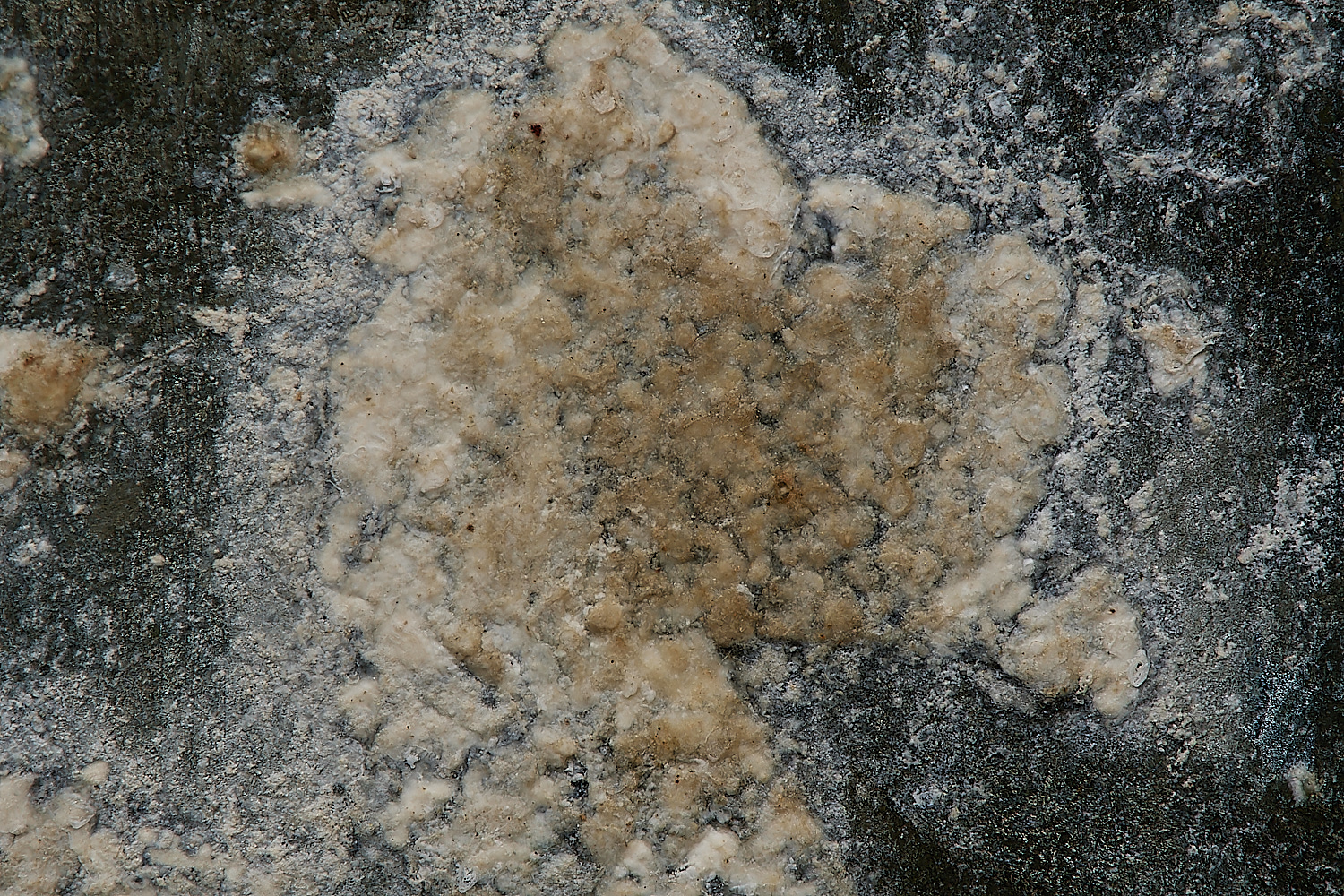
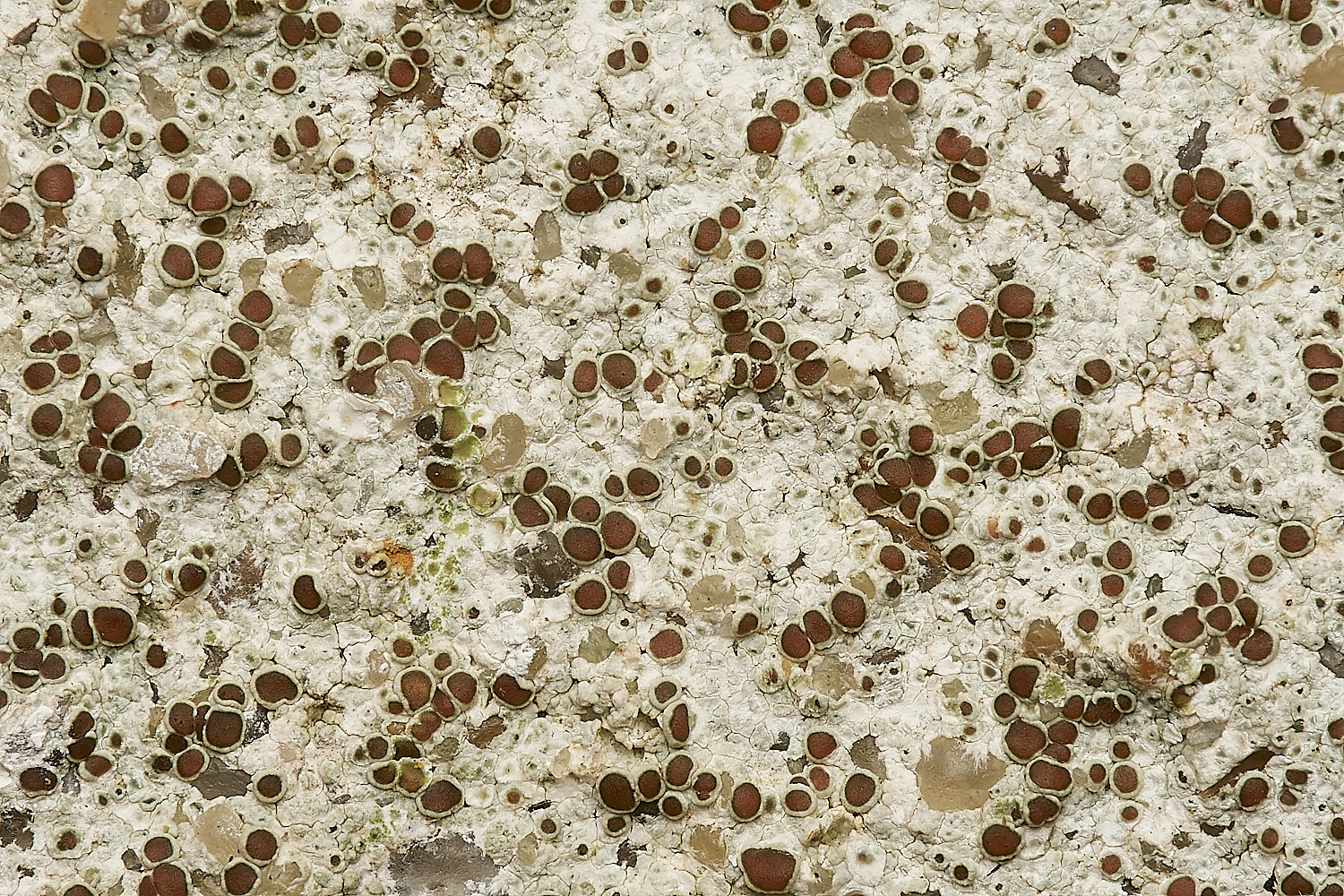
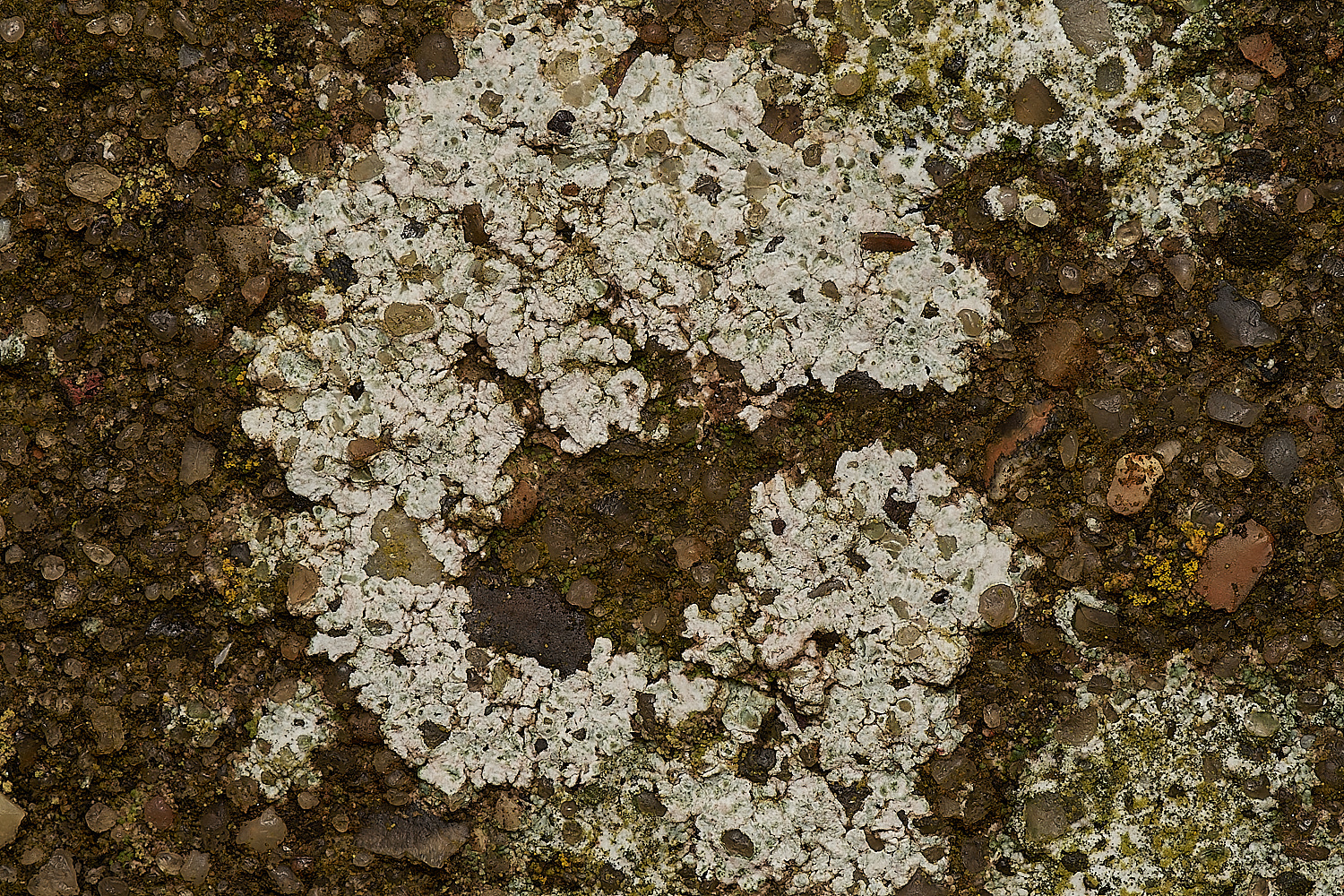
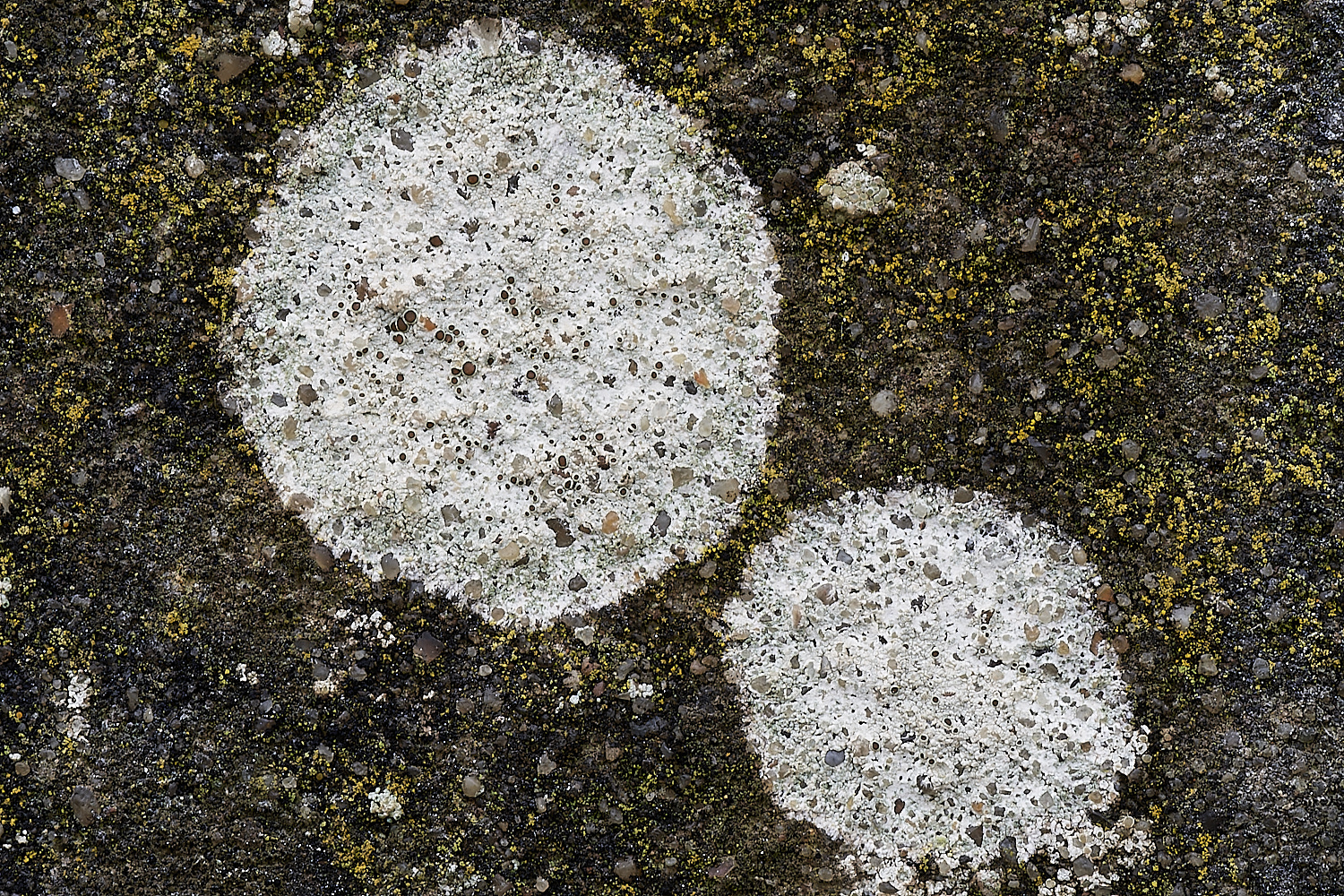

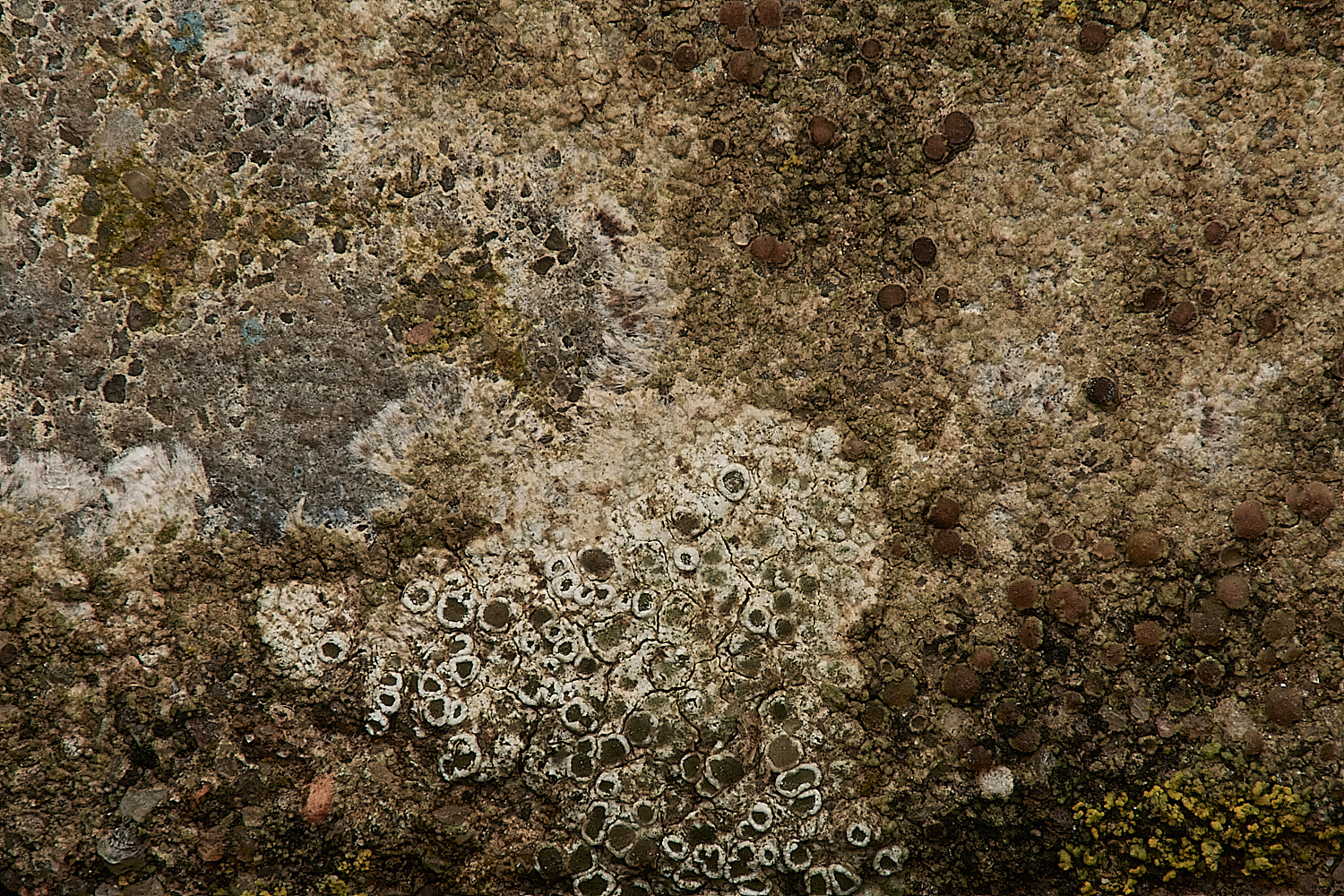
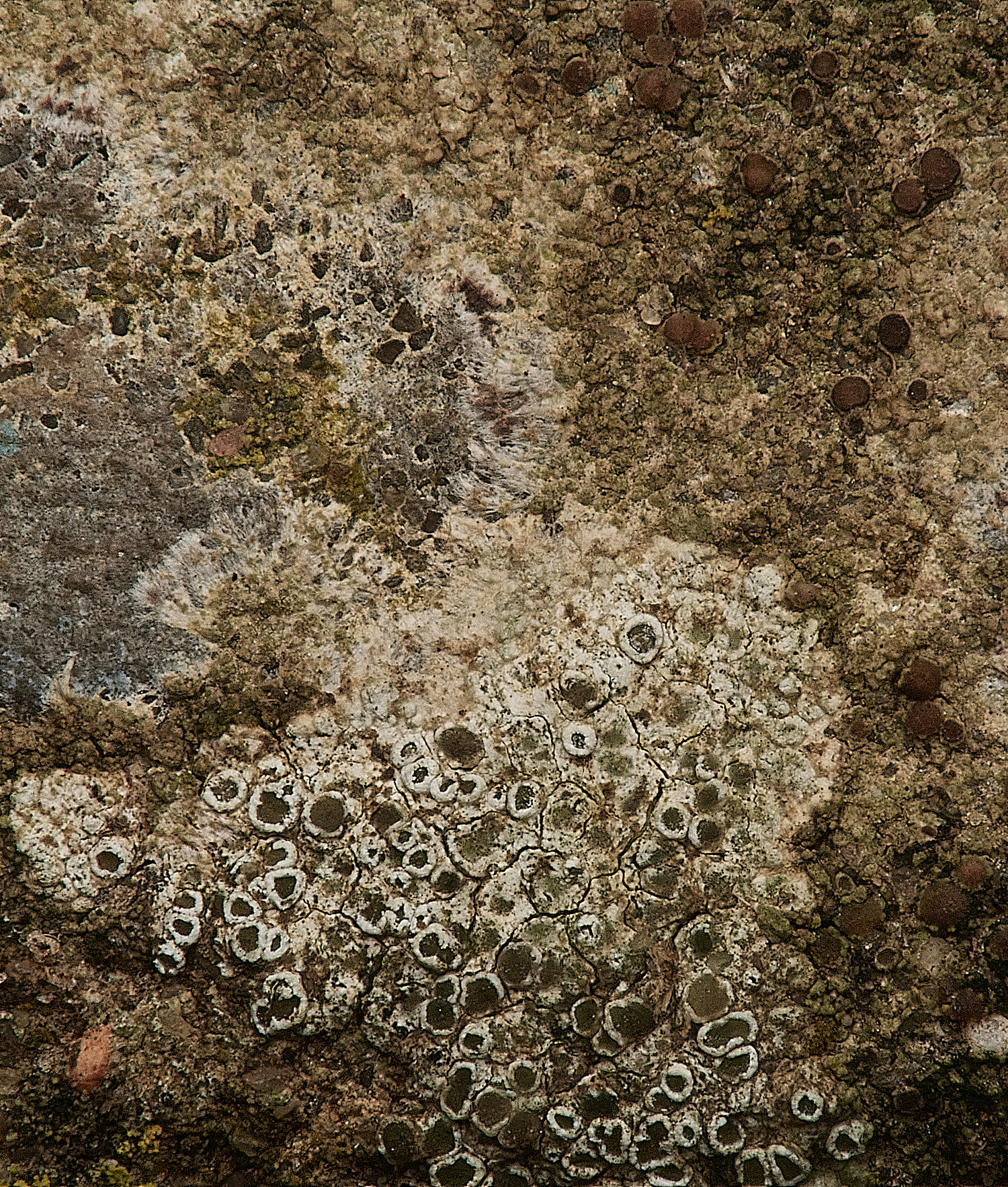

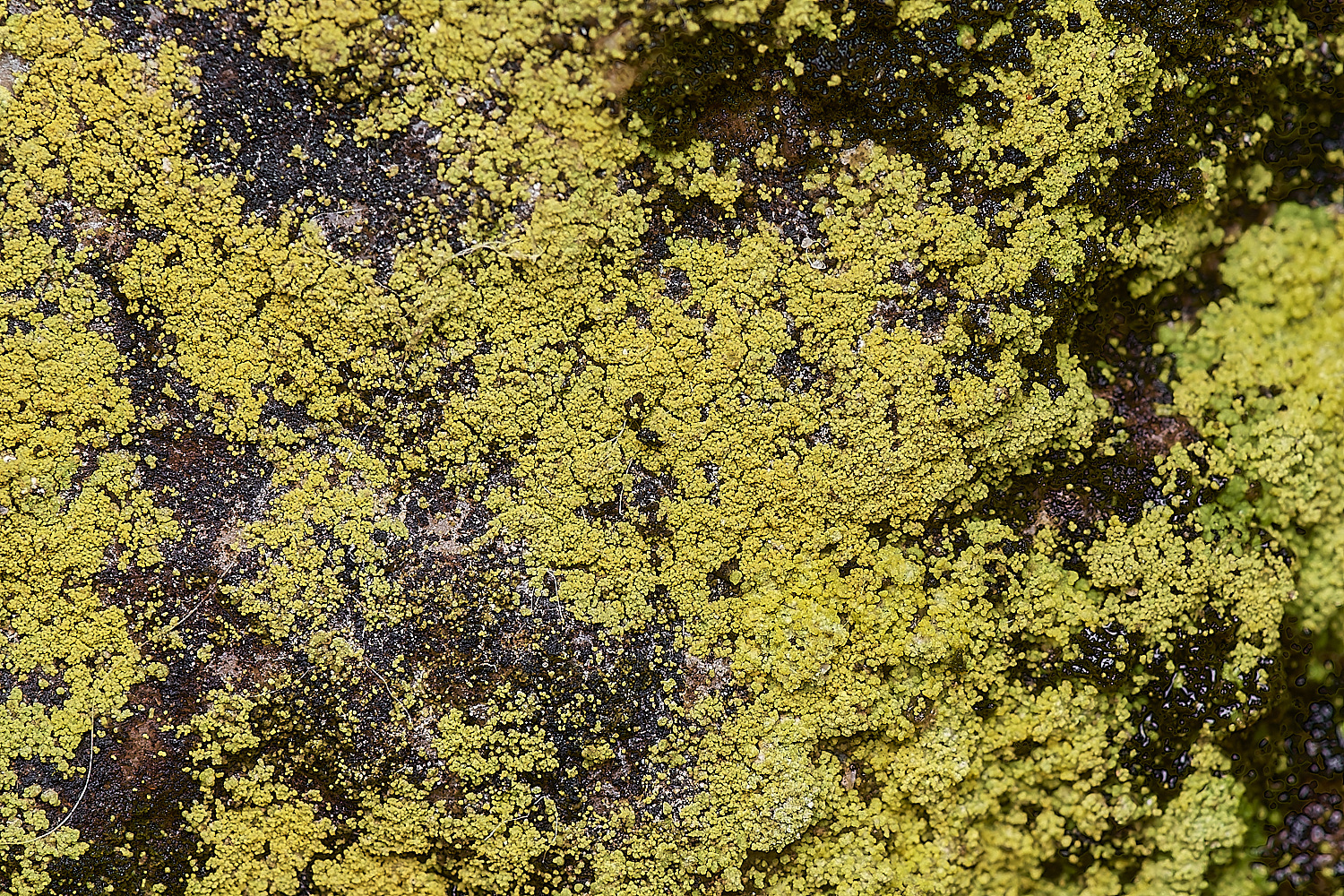
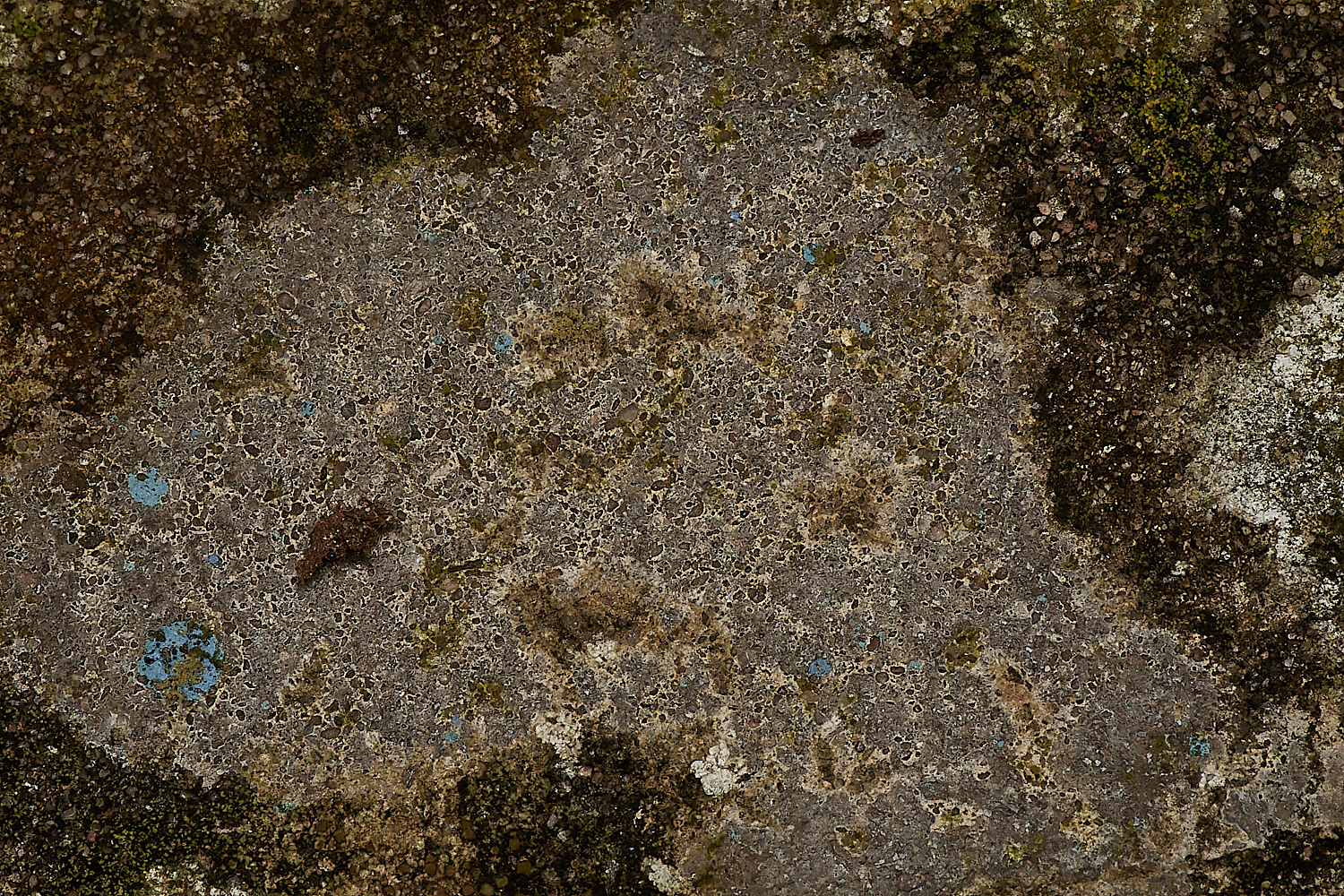
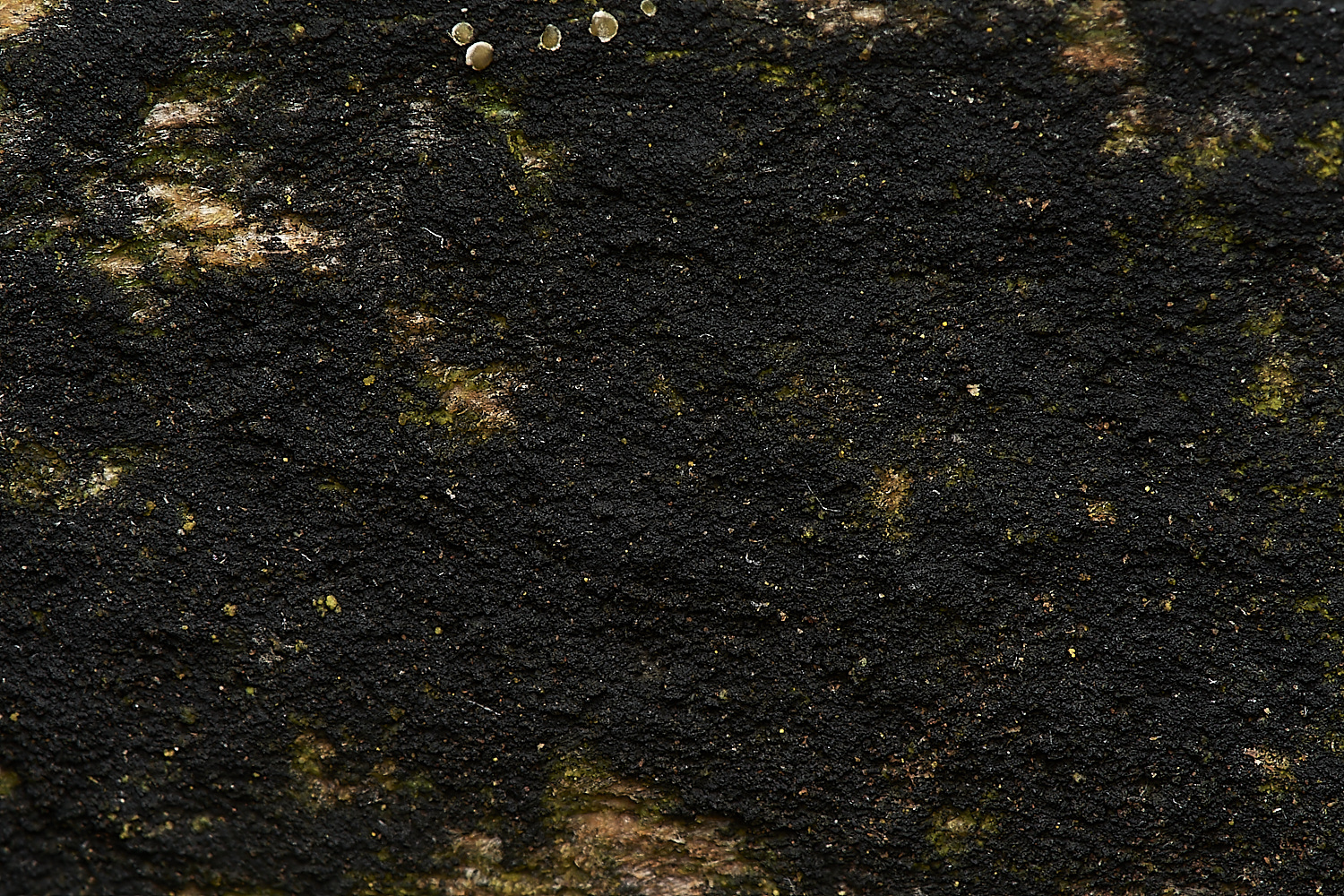
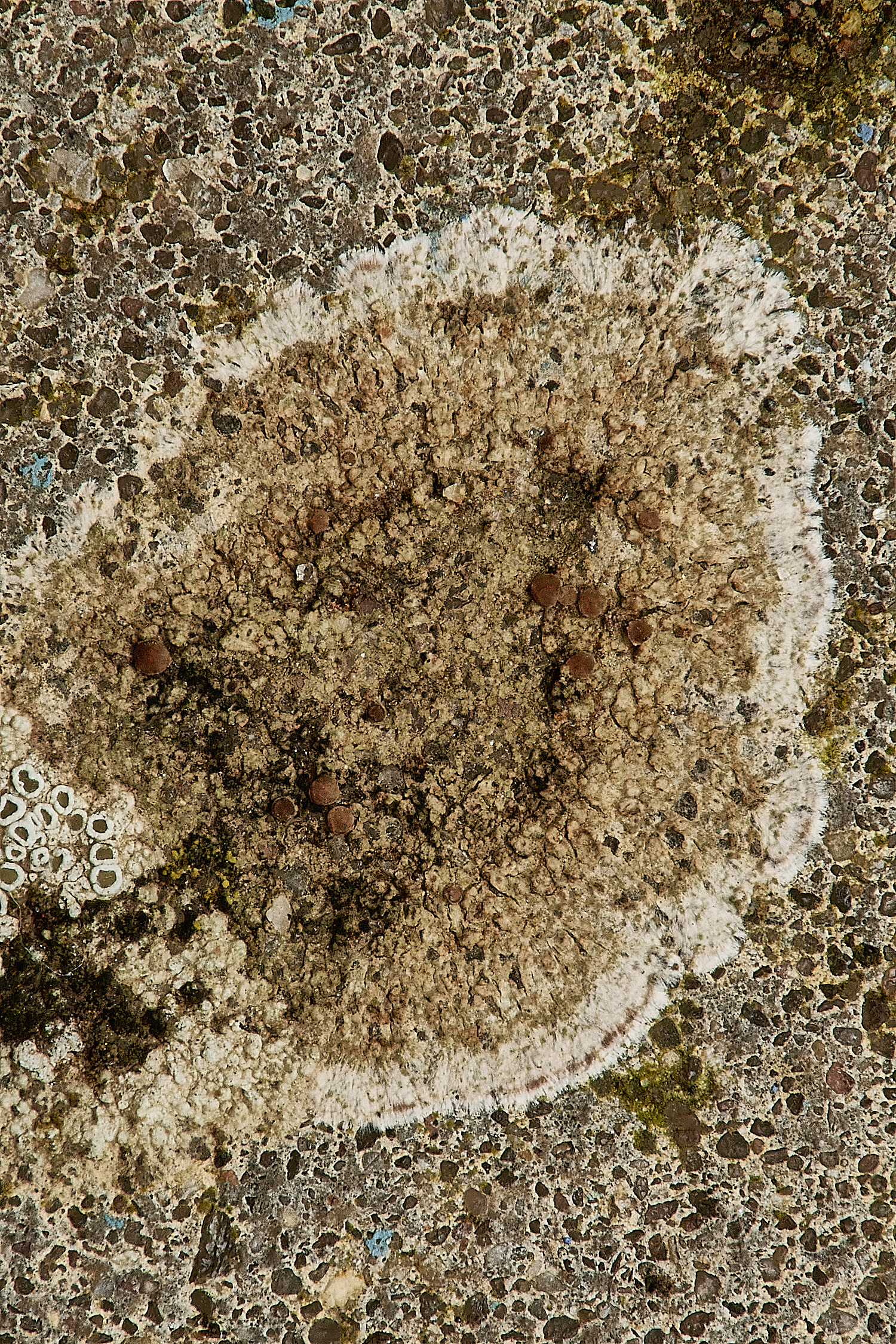
The pale, fimbriate prothallus suggests Lecanora campestris.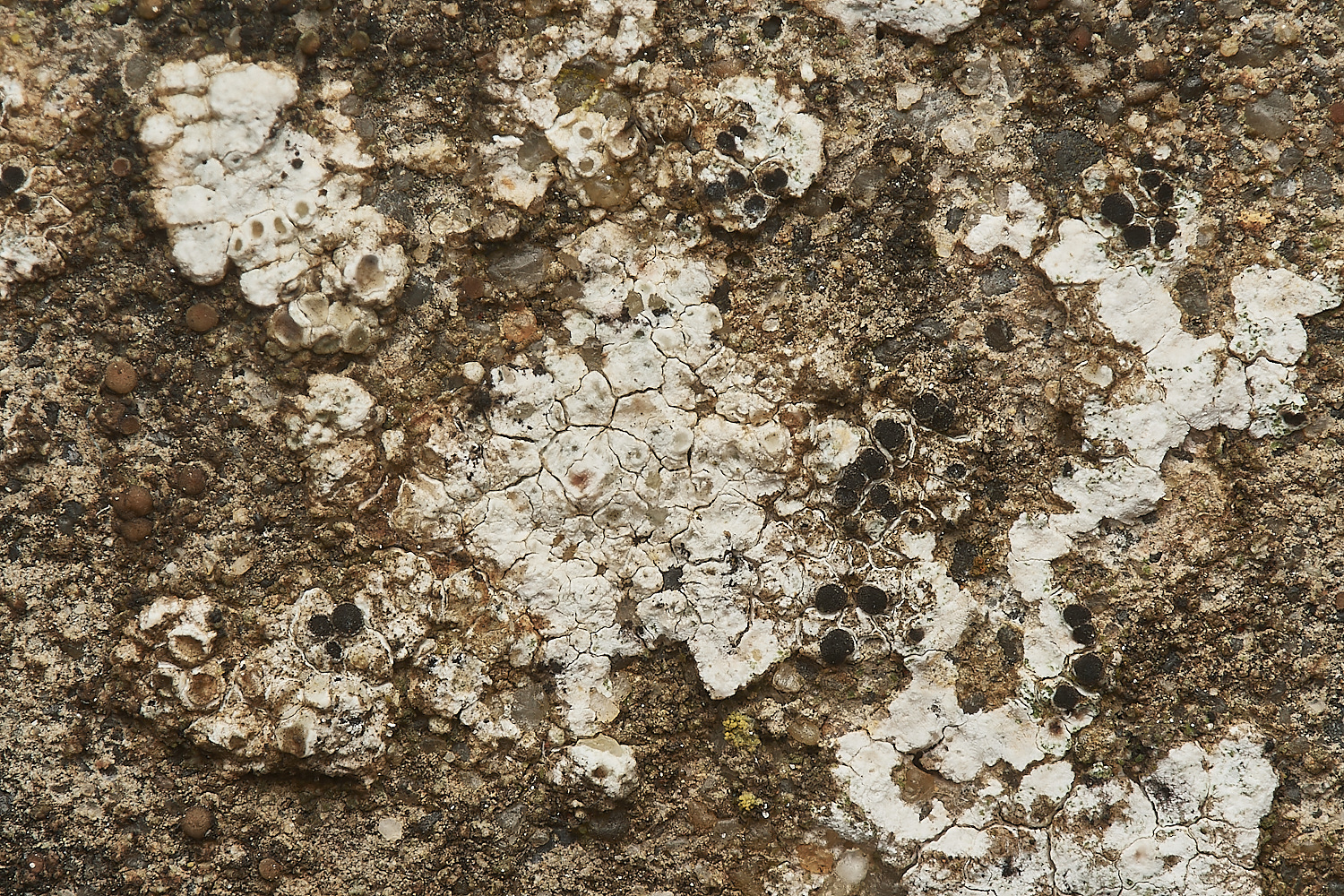
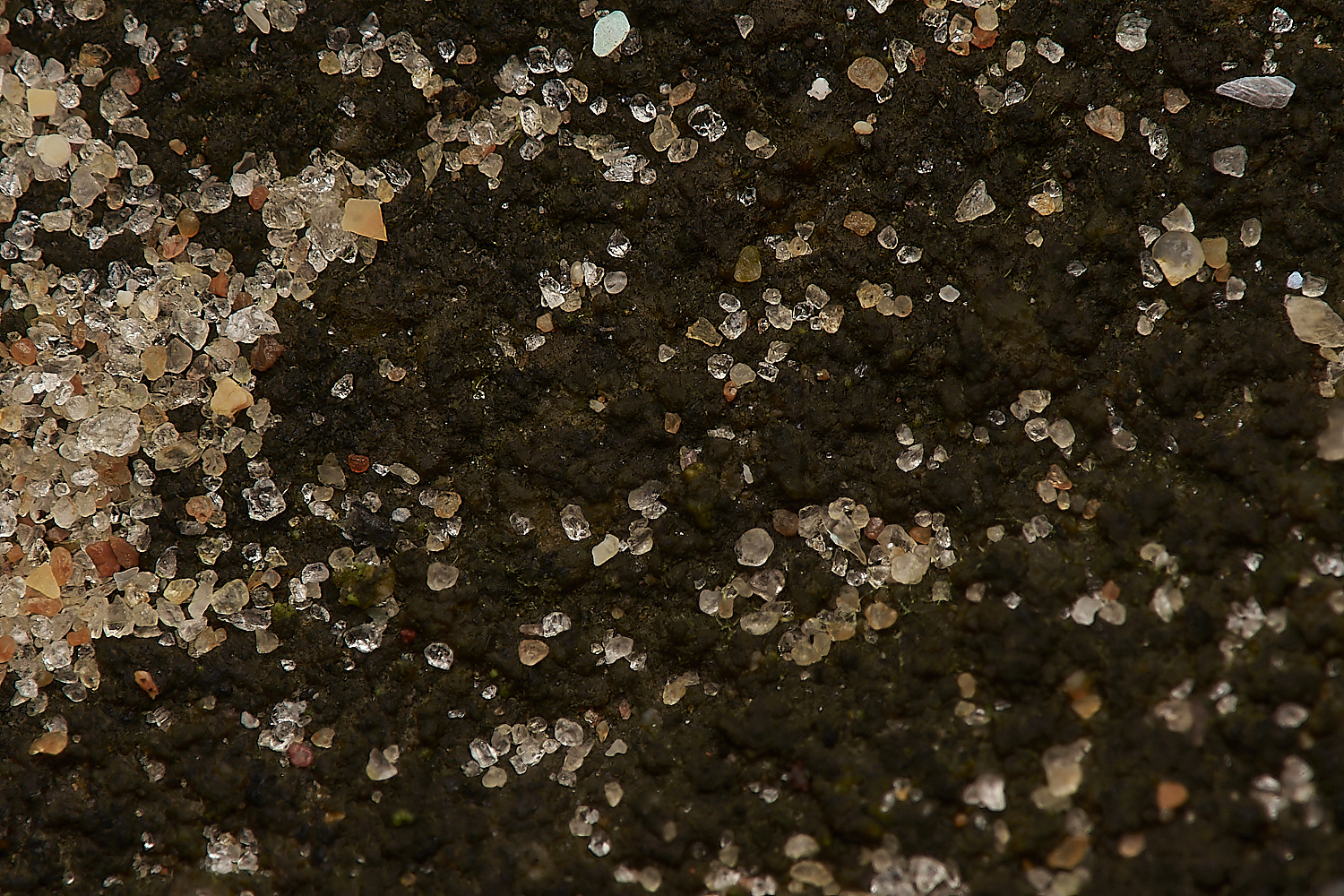


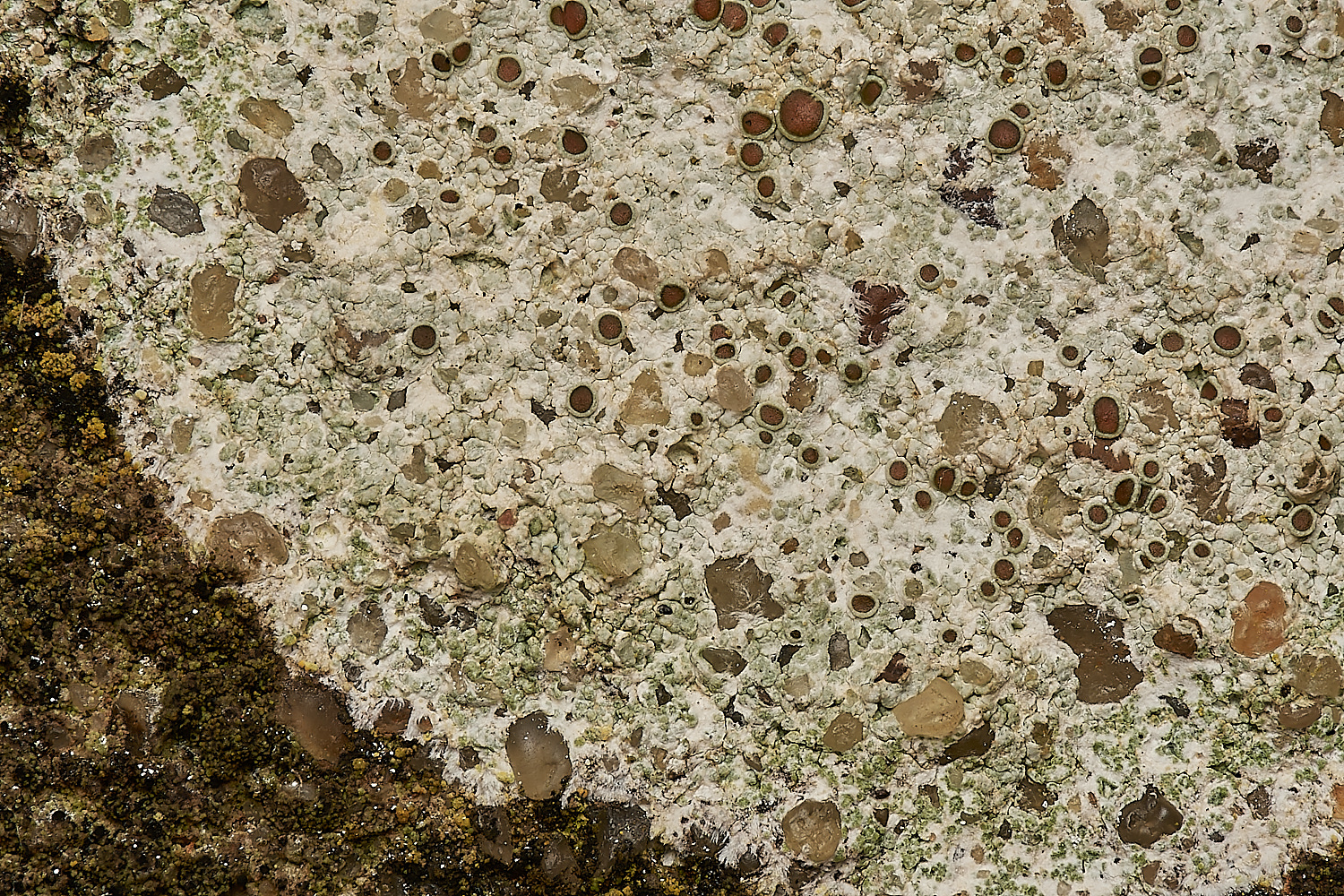
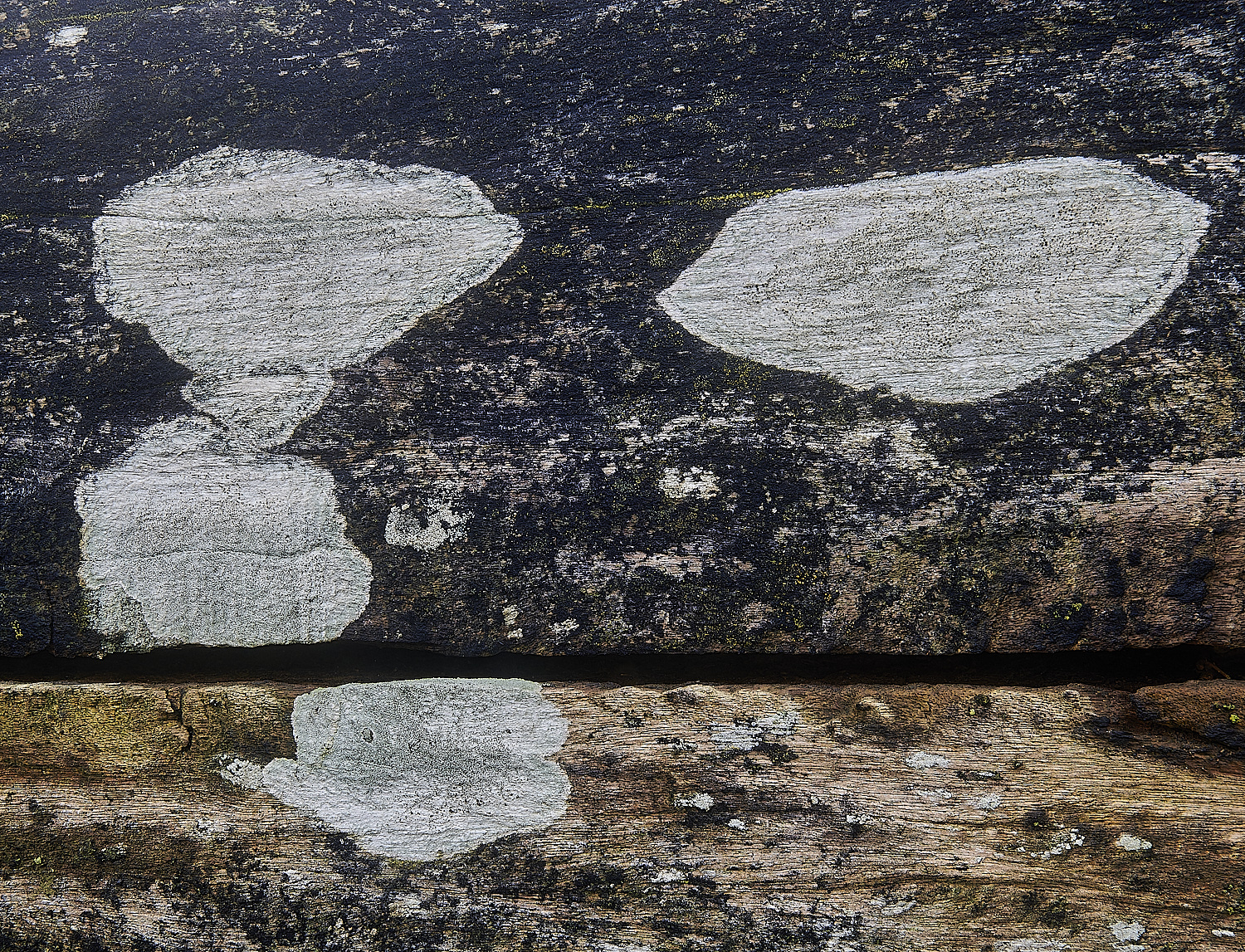
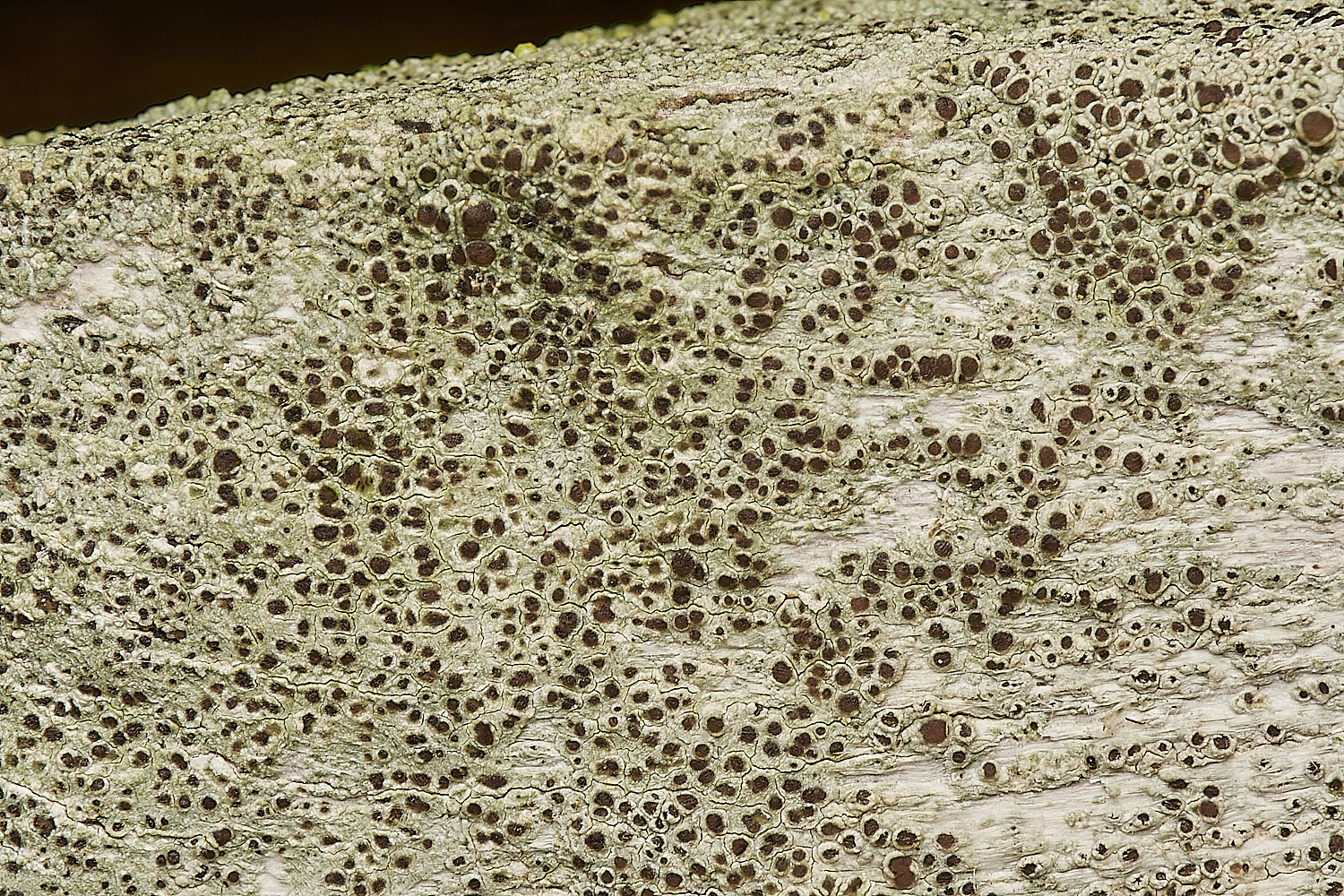
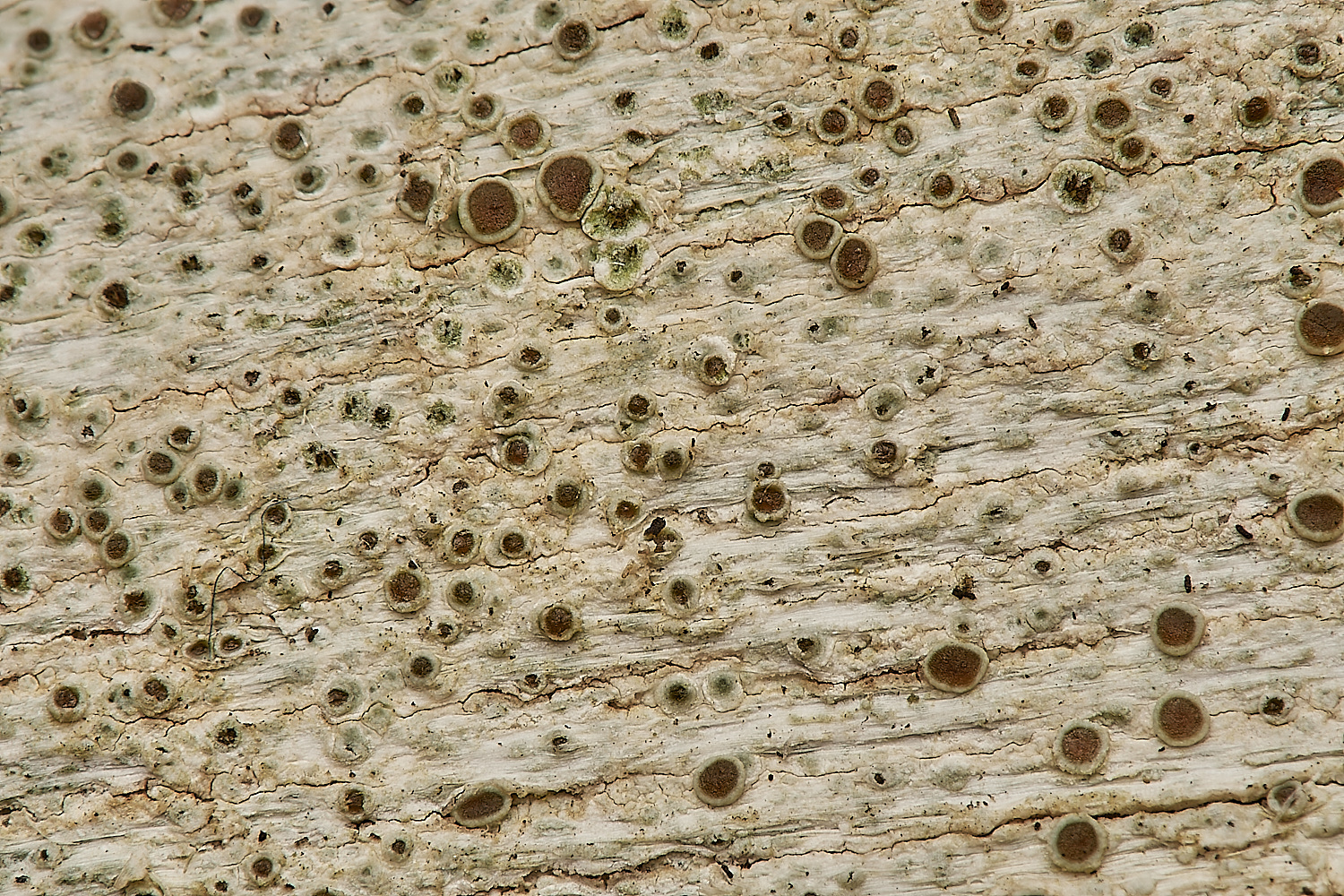
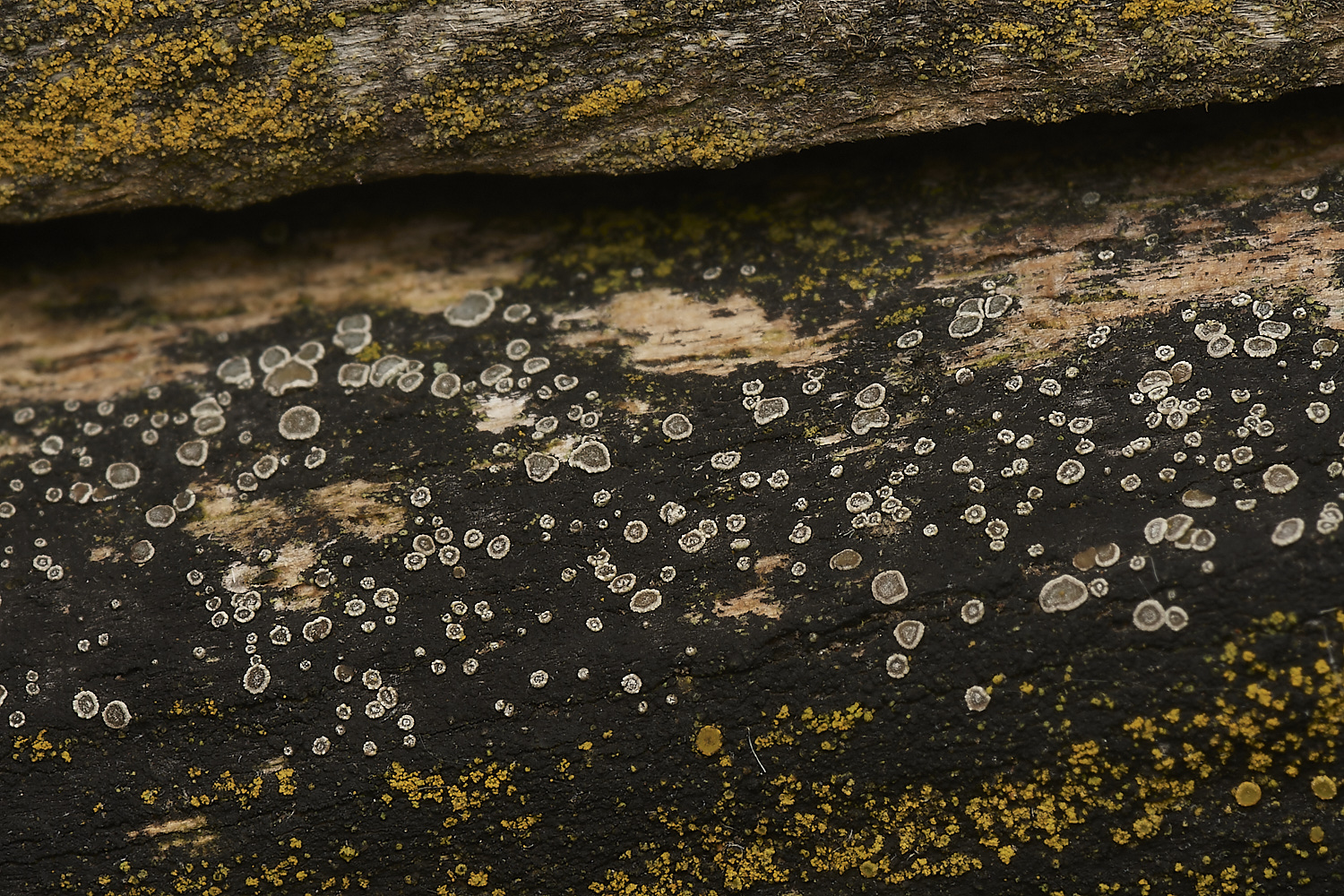
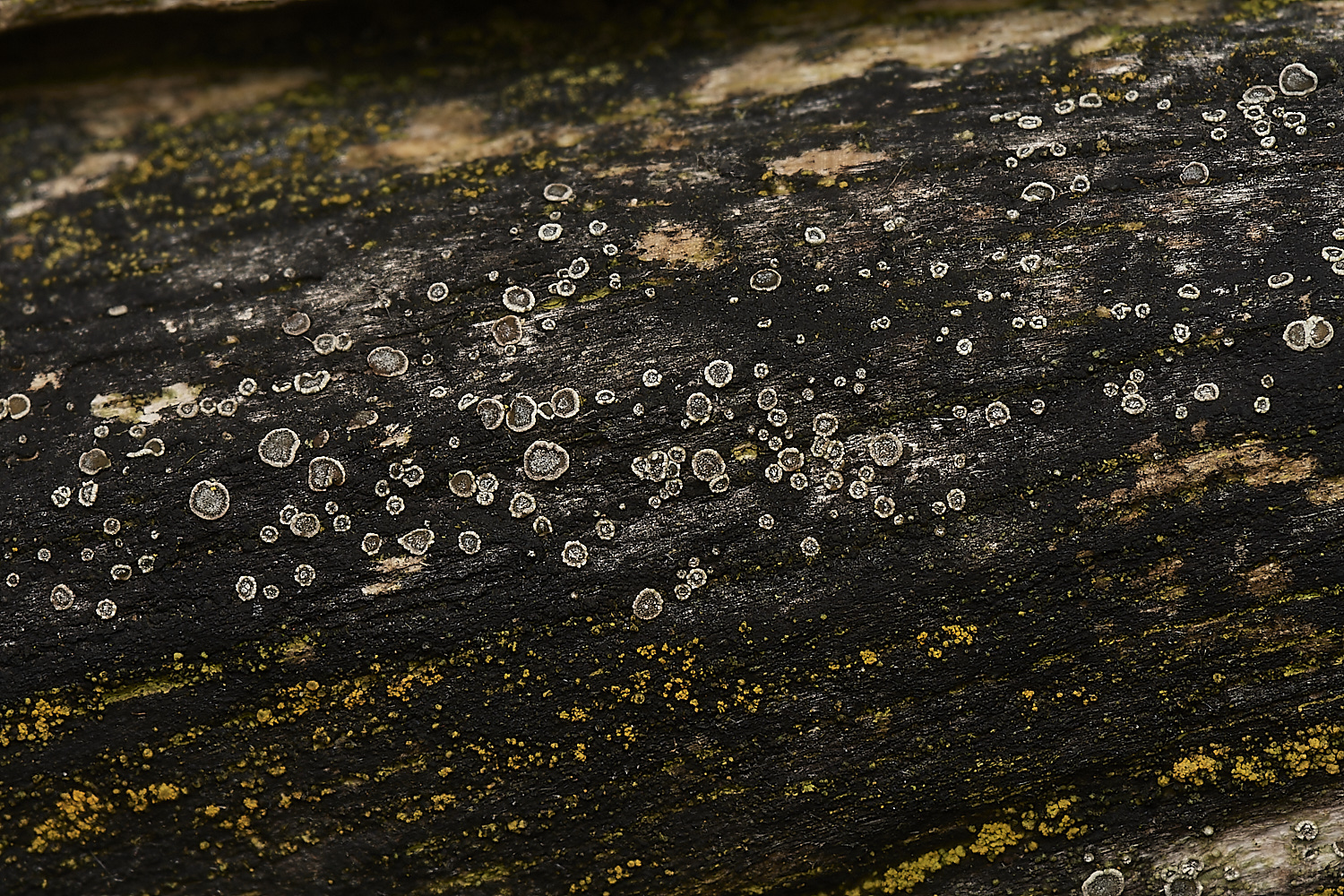
Buckenham Woods

7 Spot Ladybird (Coccinella septempunctata)


Alexander Rust (Puccinia smyrnii)
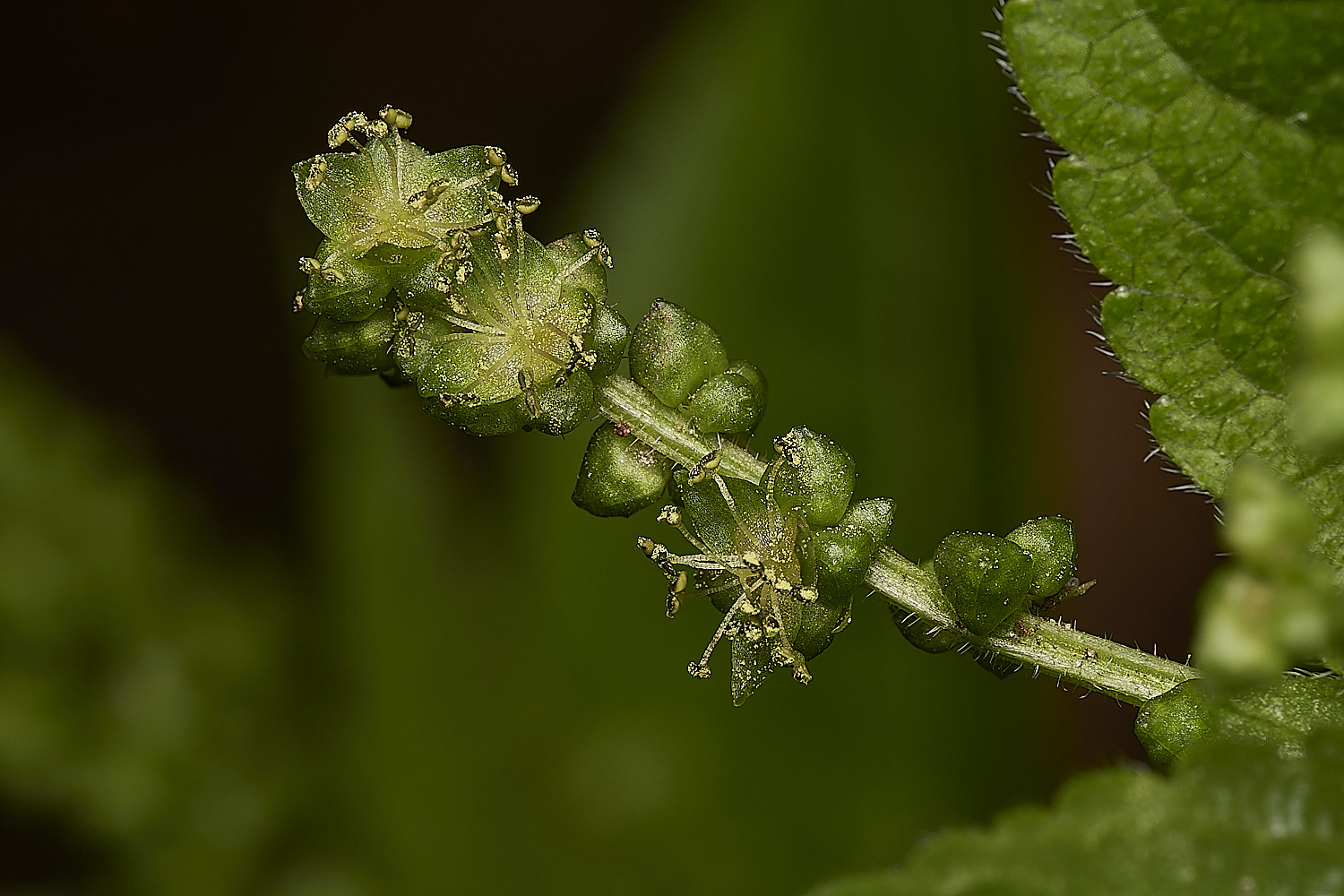
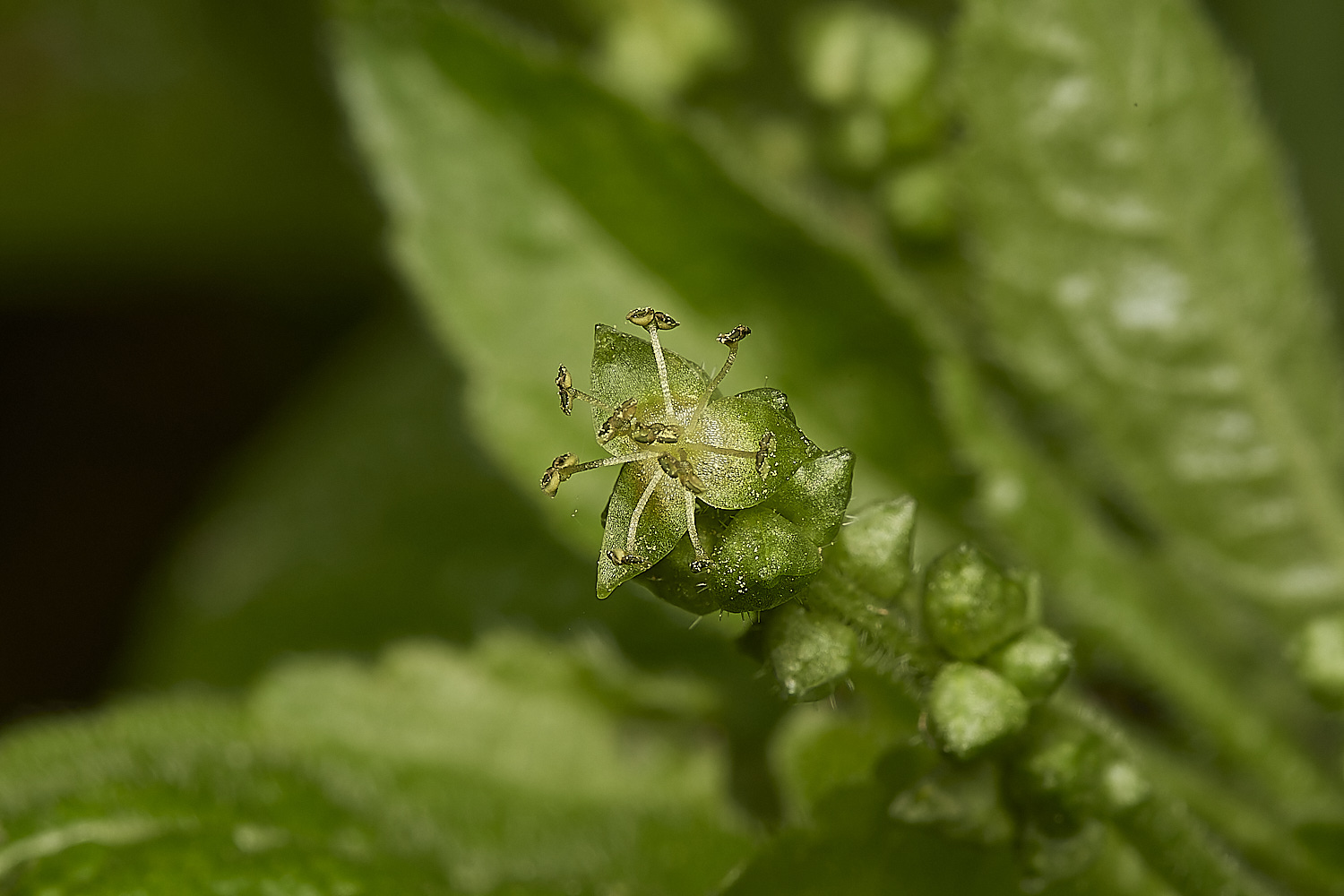
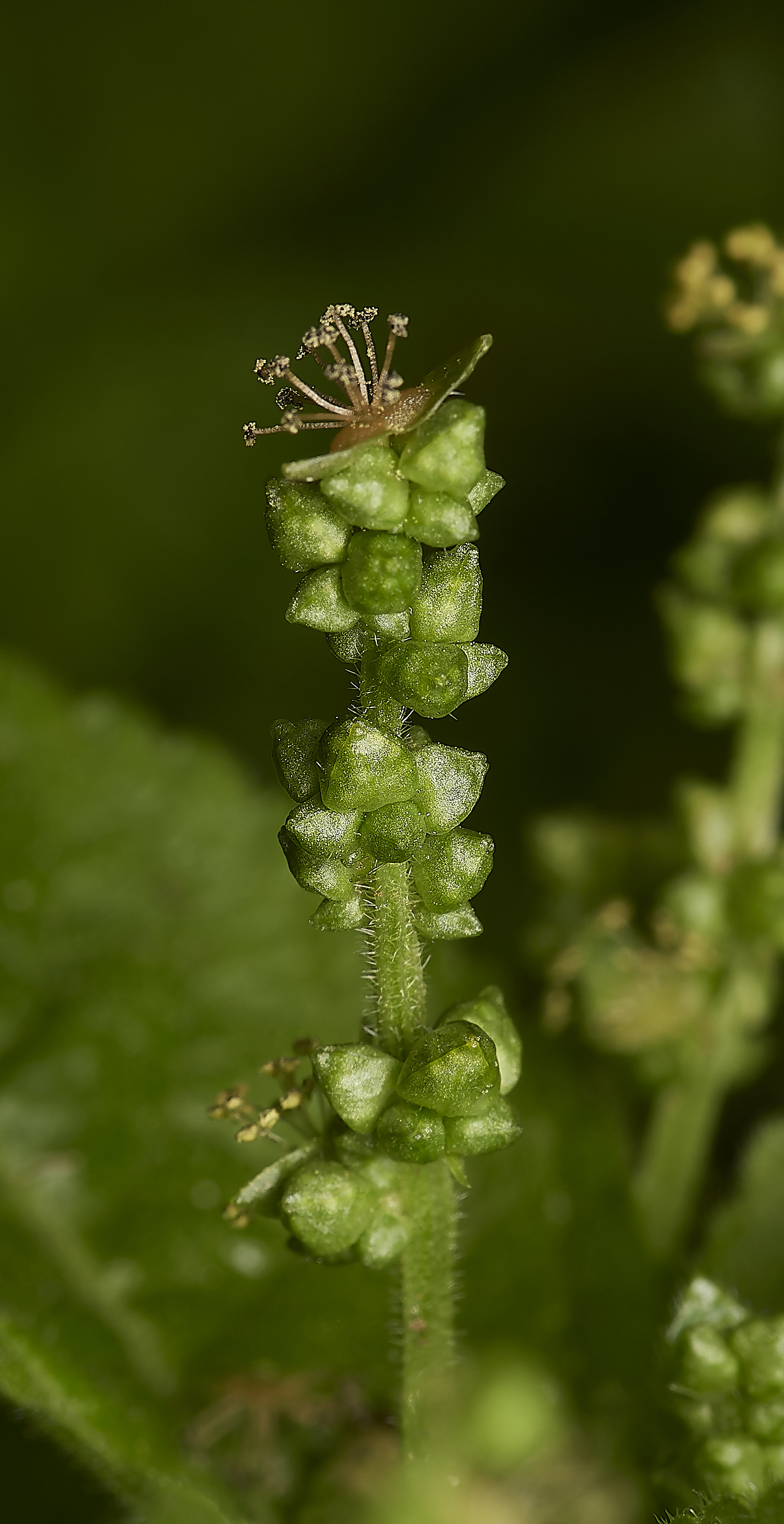
Dog's Mercury (Mercurialis perennis) 
Fungus Sp?
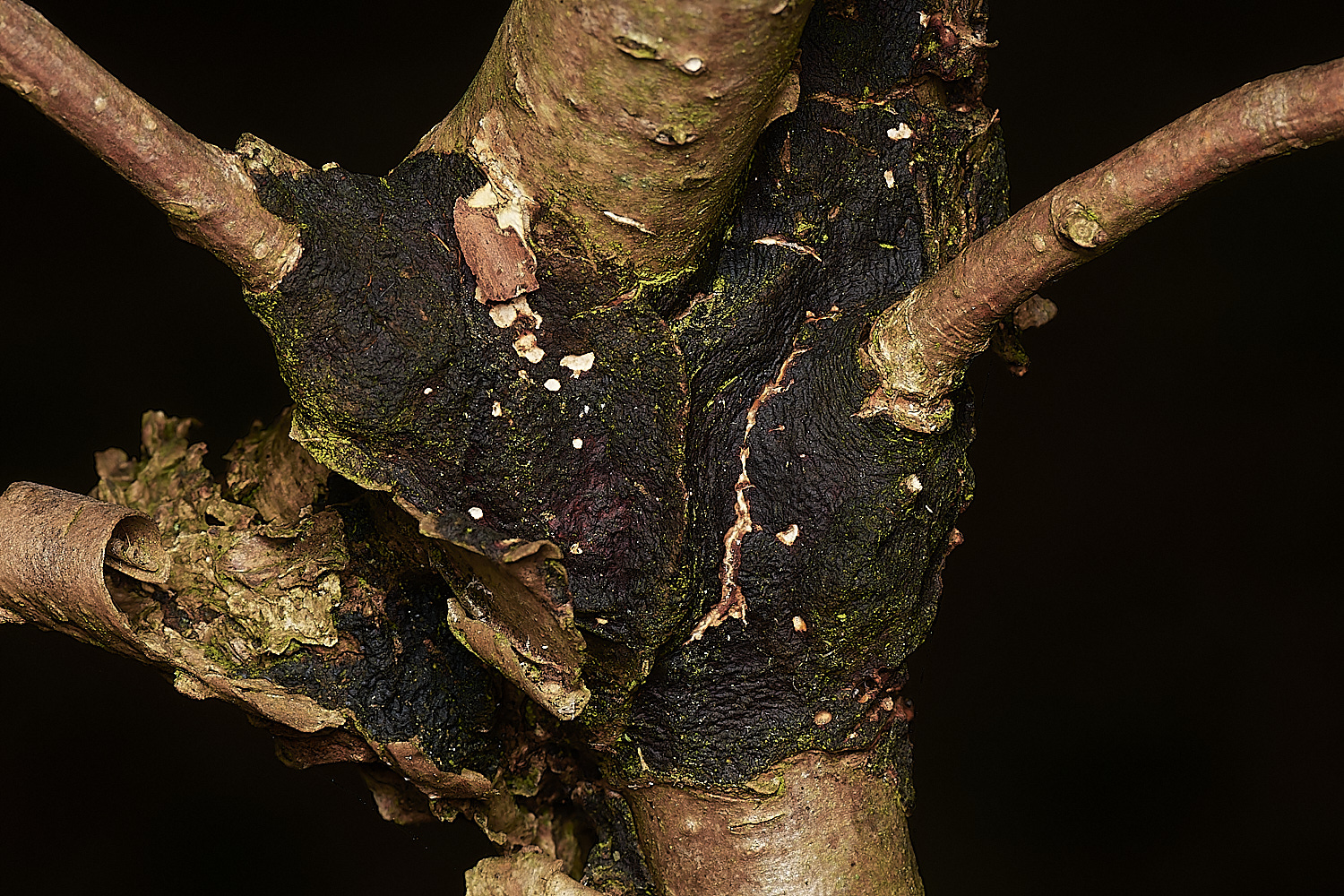
Glue Crust (Hymenochaete corrugata)
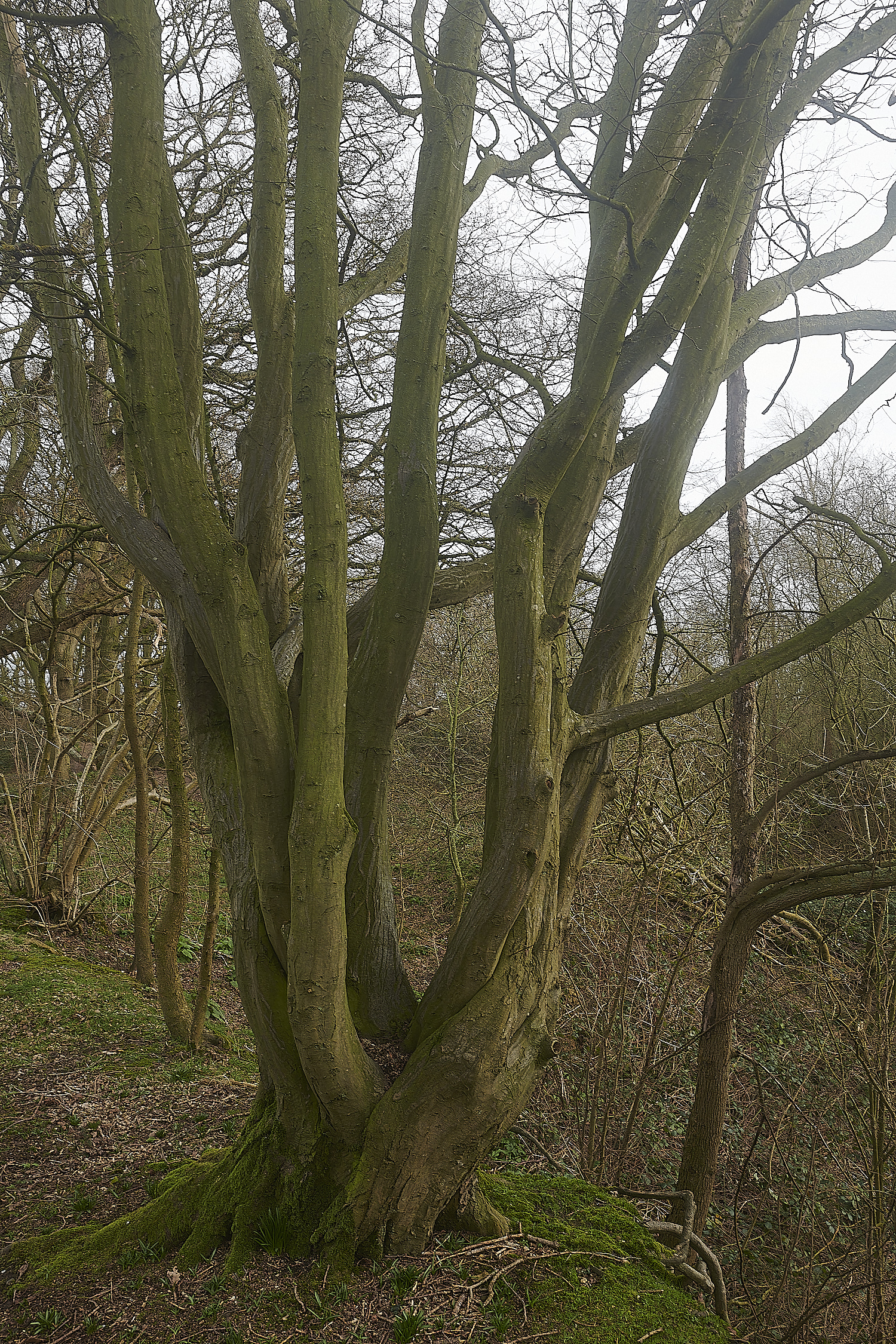
Hornbeam (Carpinus betulus)
Peniophora Sp?
Oak Crust (Peniophora quercina)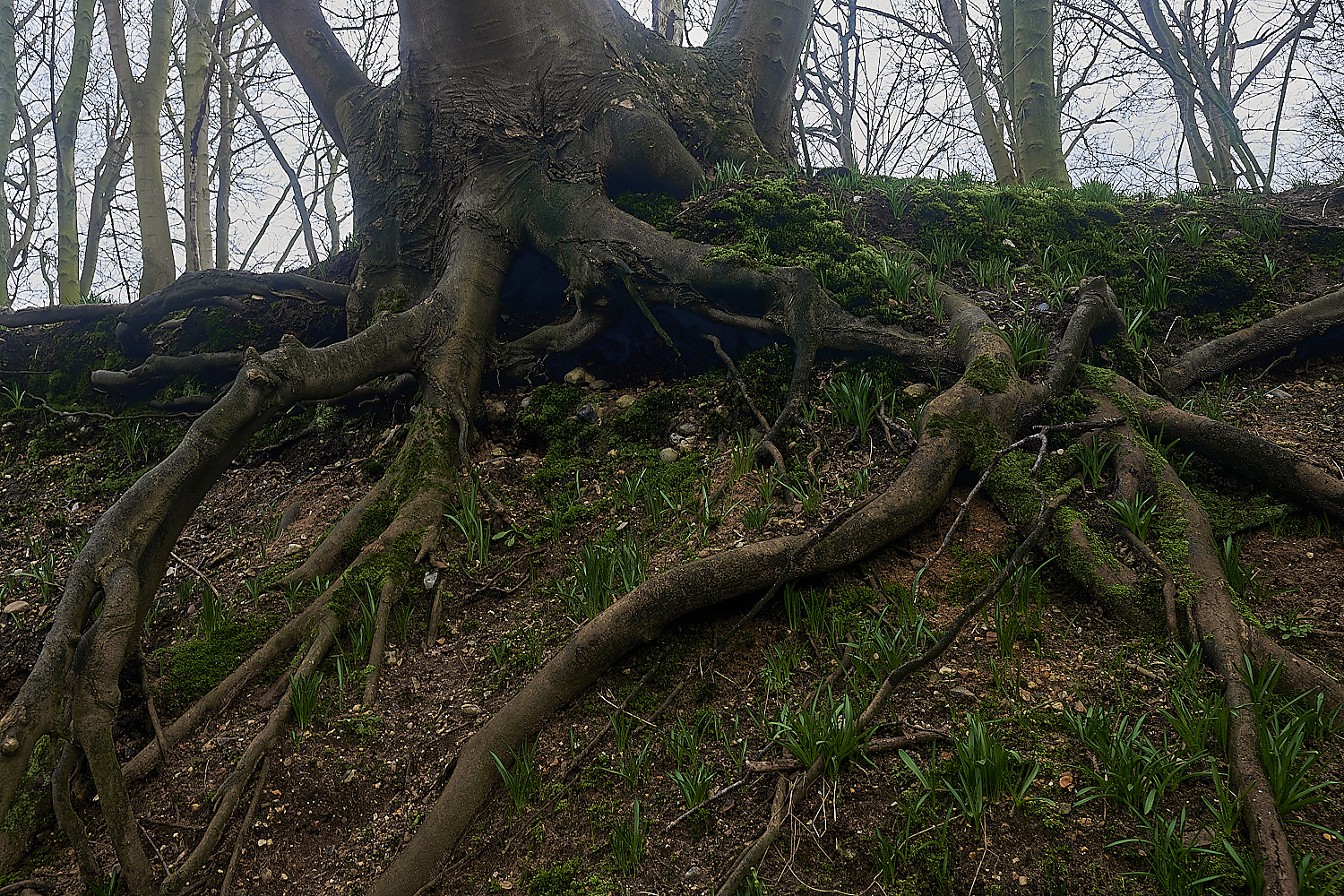

Sycamore (Acer pseudoplatanus) roots exposed down a bank.

Sweet Violet (Viola odorata)

Almost recognisable

Old & dry
Tripe Fungus (Auricularia mesenterica)
Gall Wasp

Waxy Crust (Vuilleminia comedens)
Black Witches Butter (Exidia glandulosa)
A young fungus?
Beetle galleries reminscent of a spider outline.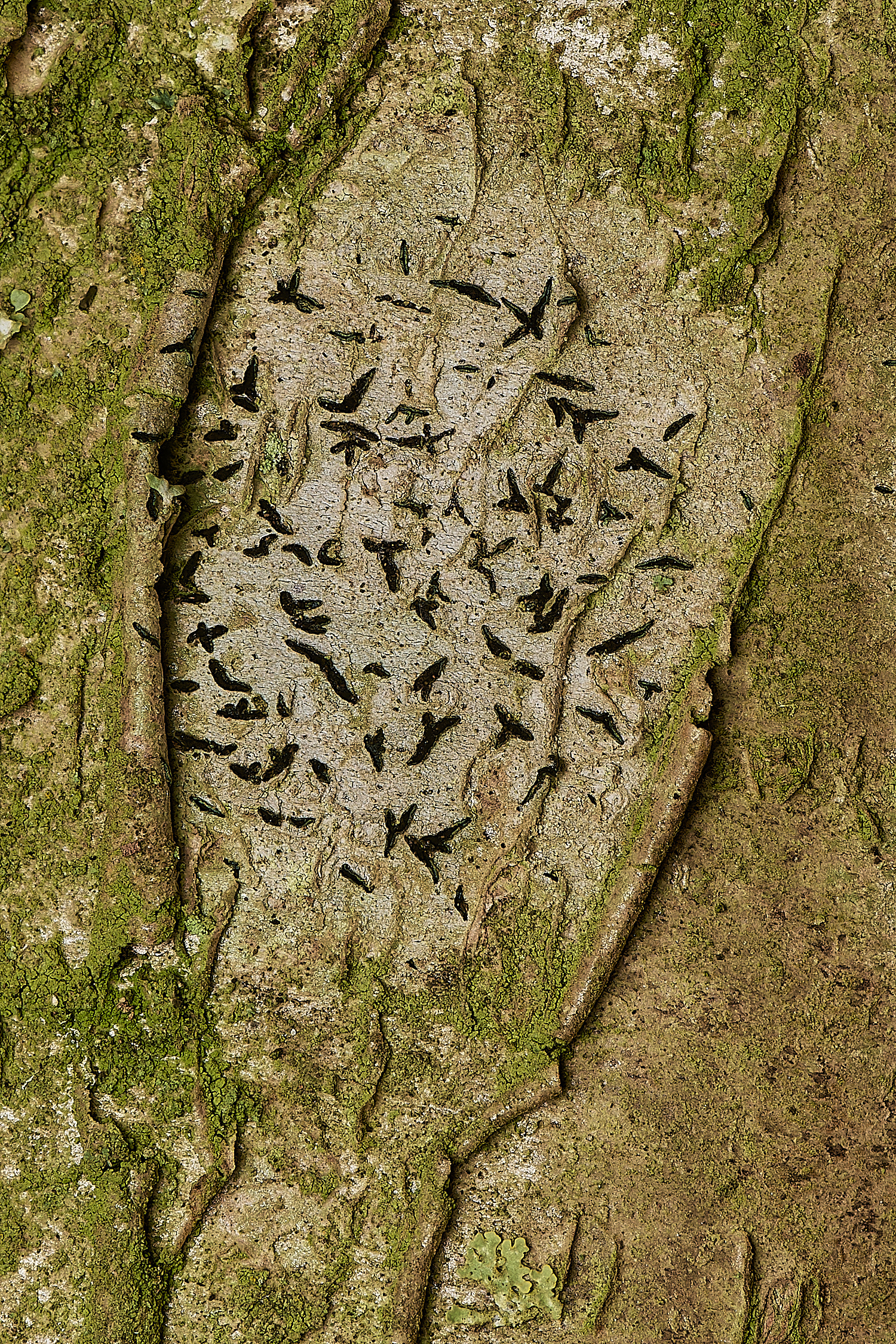
Script Lichen (Graphis scripta) perhaps
Interesting hairy black fungus with perhaps something else growing on it. The small yellow dots!
Strumpshaw Fen

Clarke's Mining Bee (Andrena clarkella }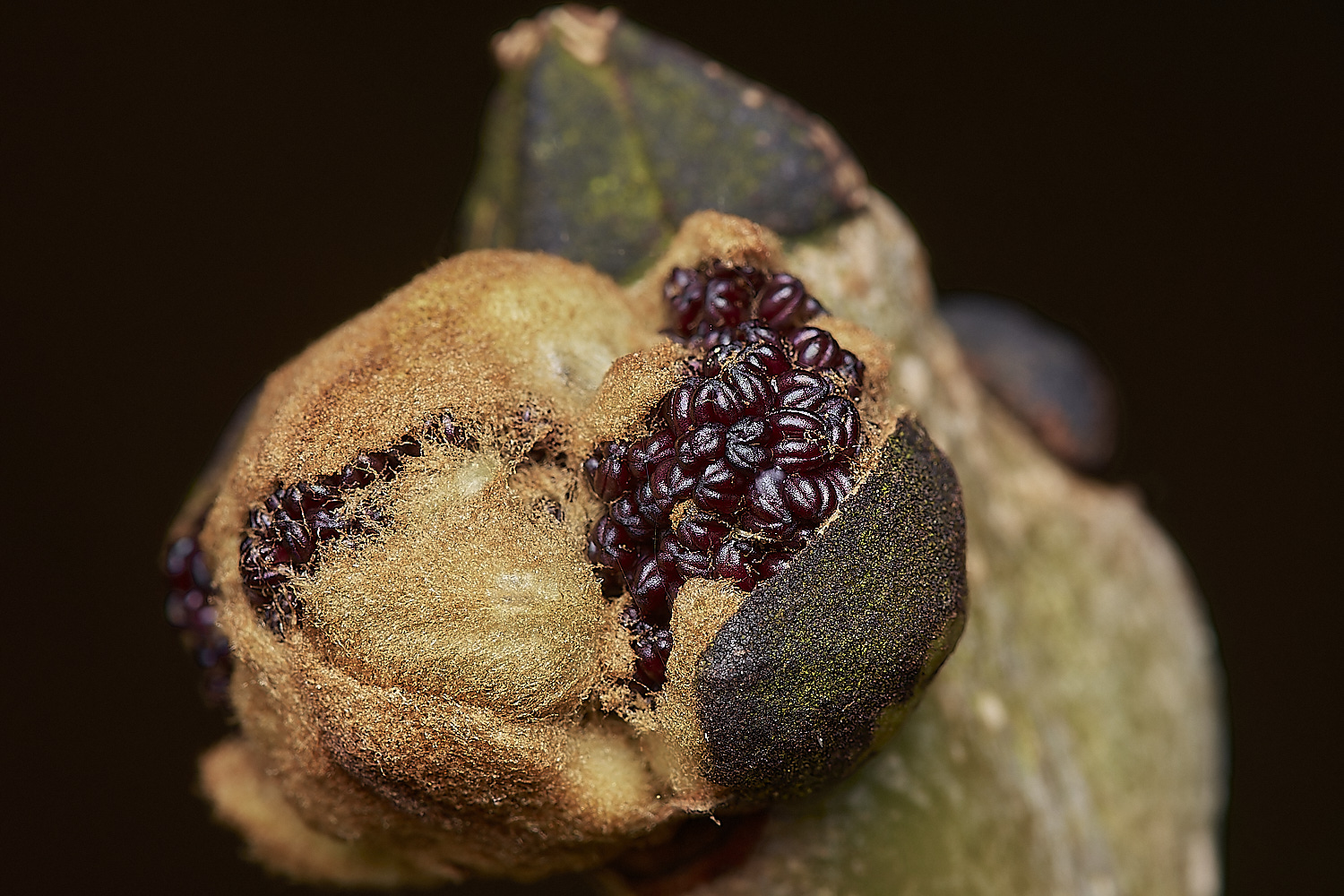
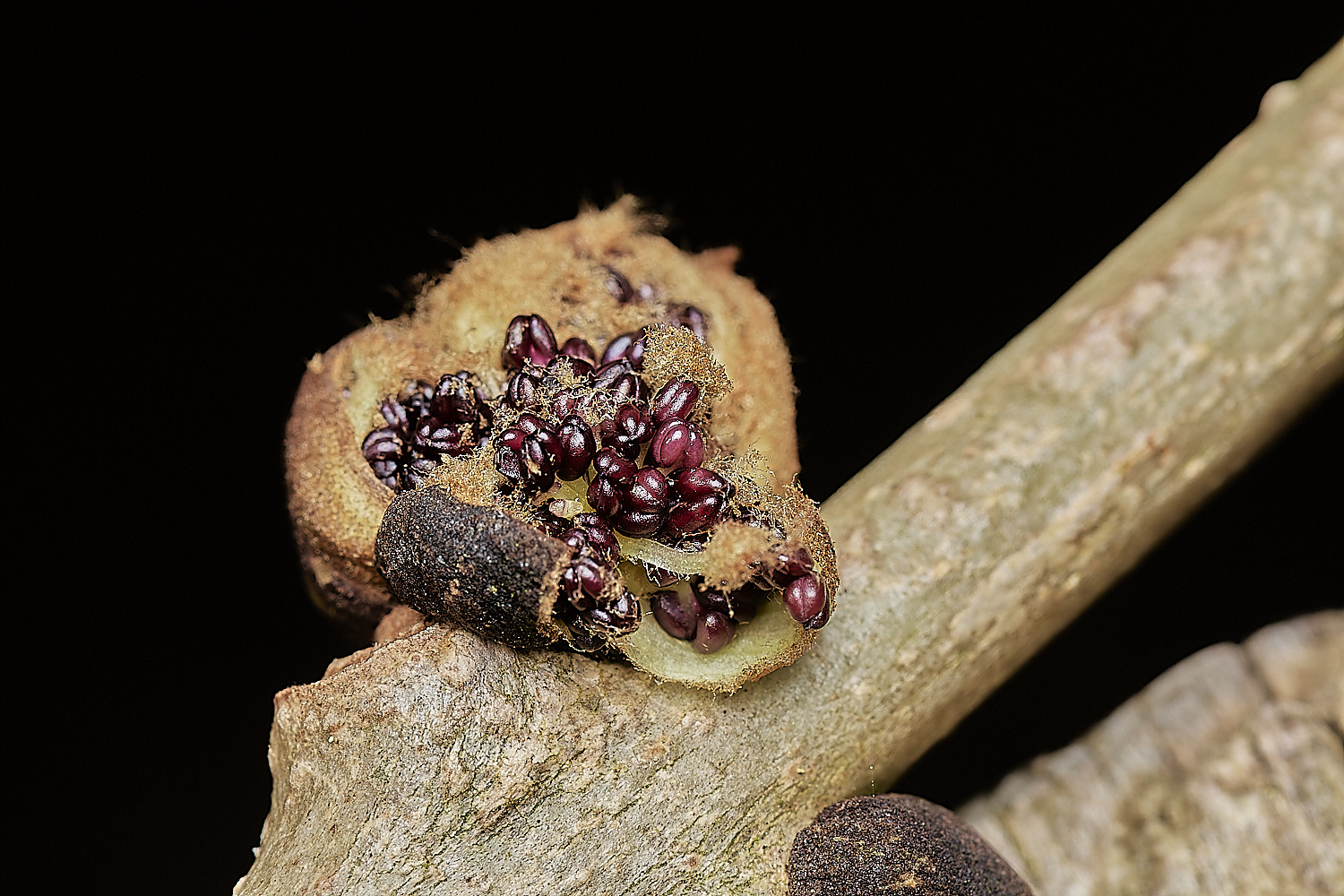
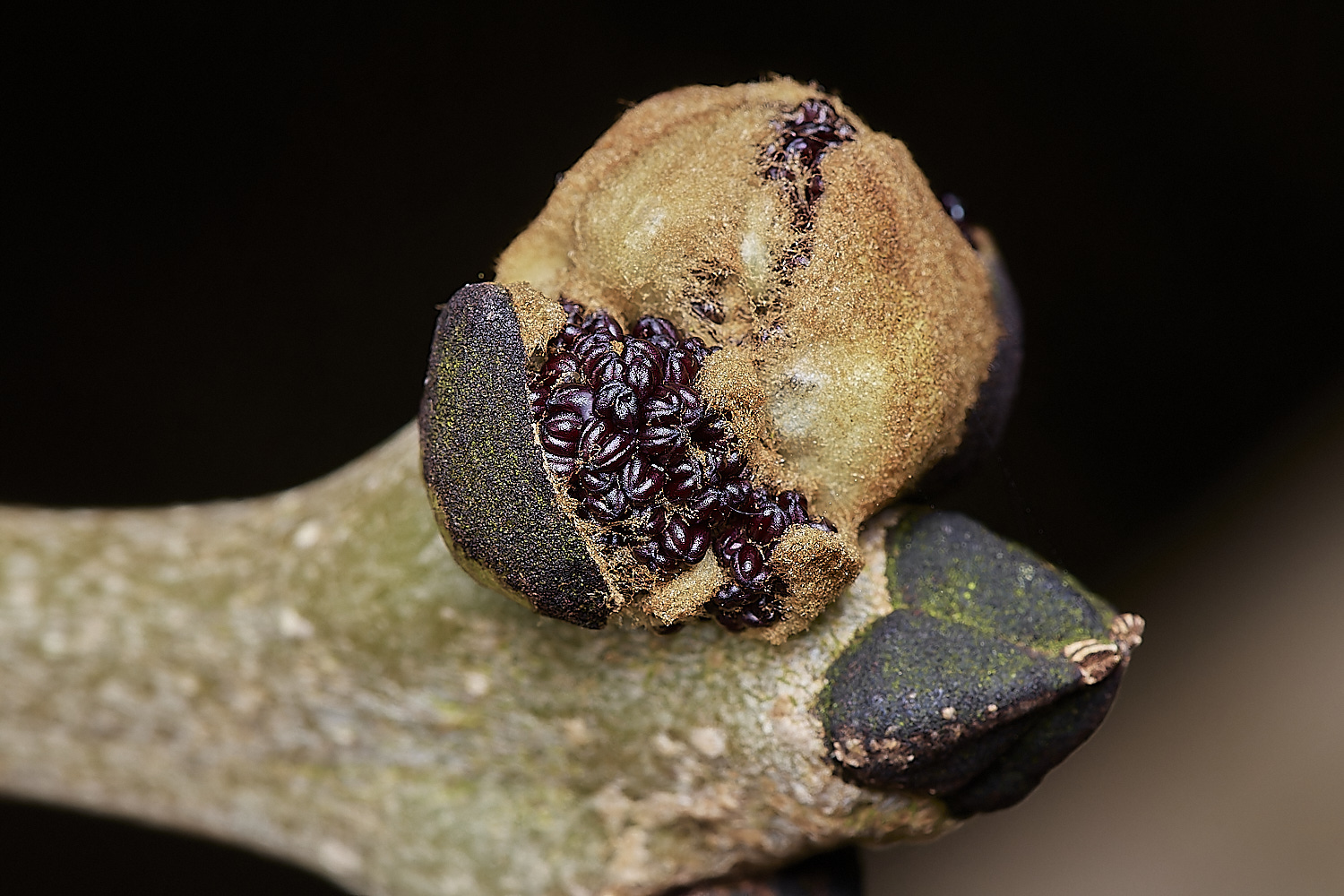
Ash Buds (Fraxinus excelsior)
Hairy Curtain Crust (Stereum hirsutum)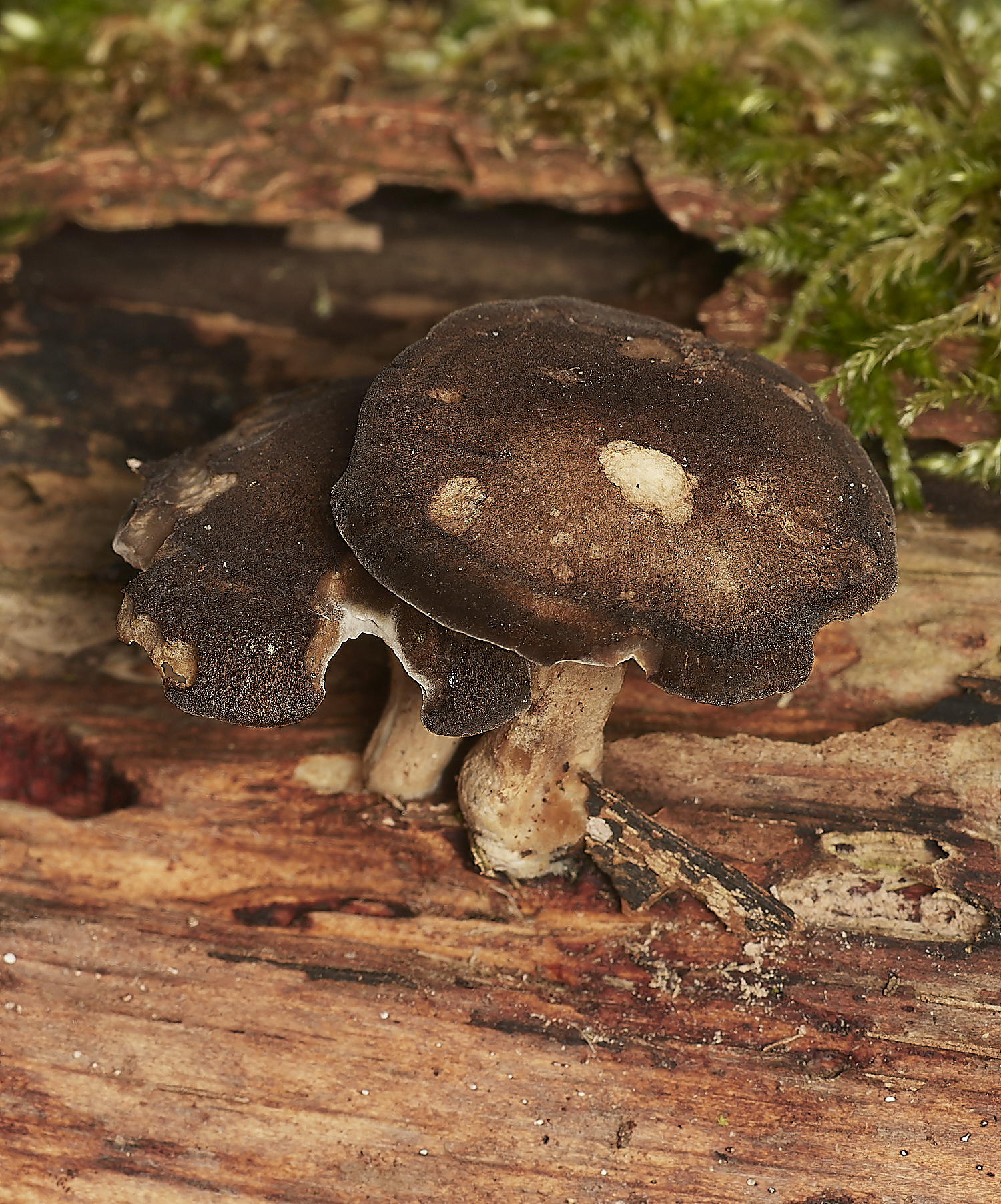
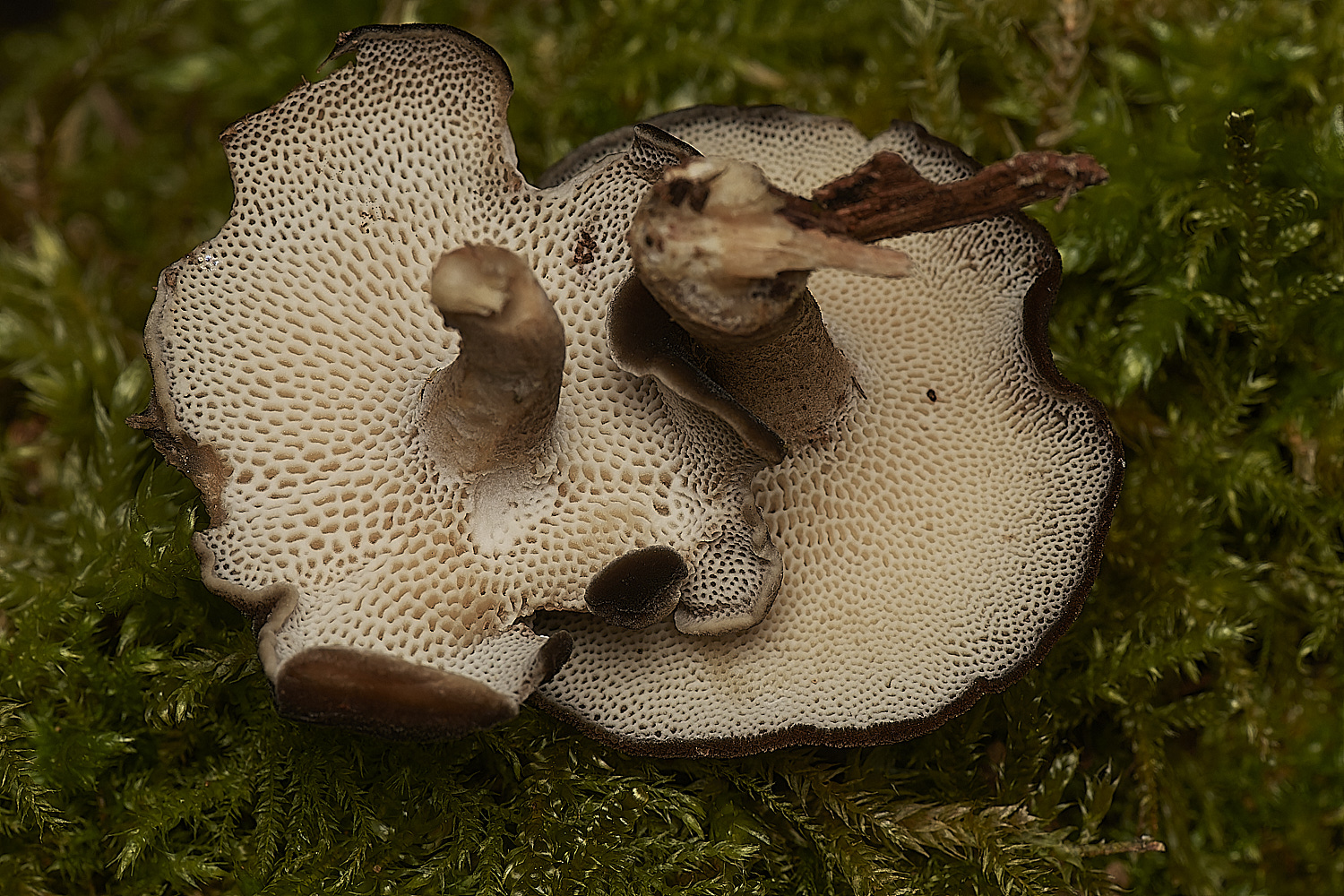
Polypore Sp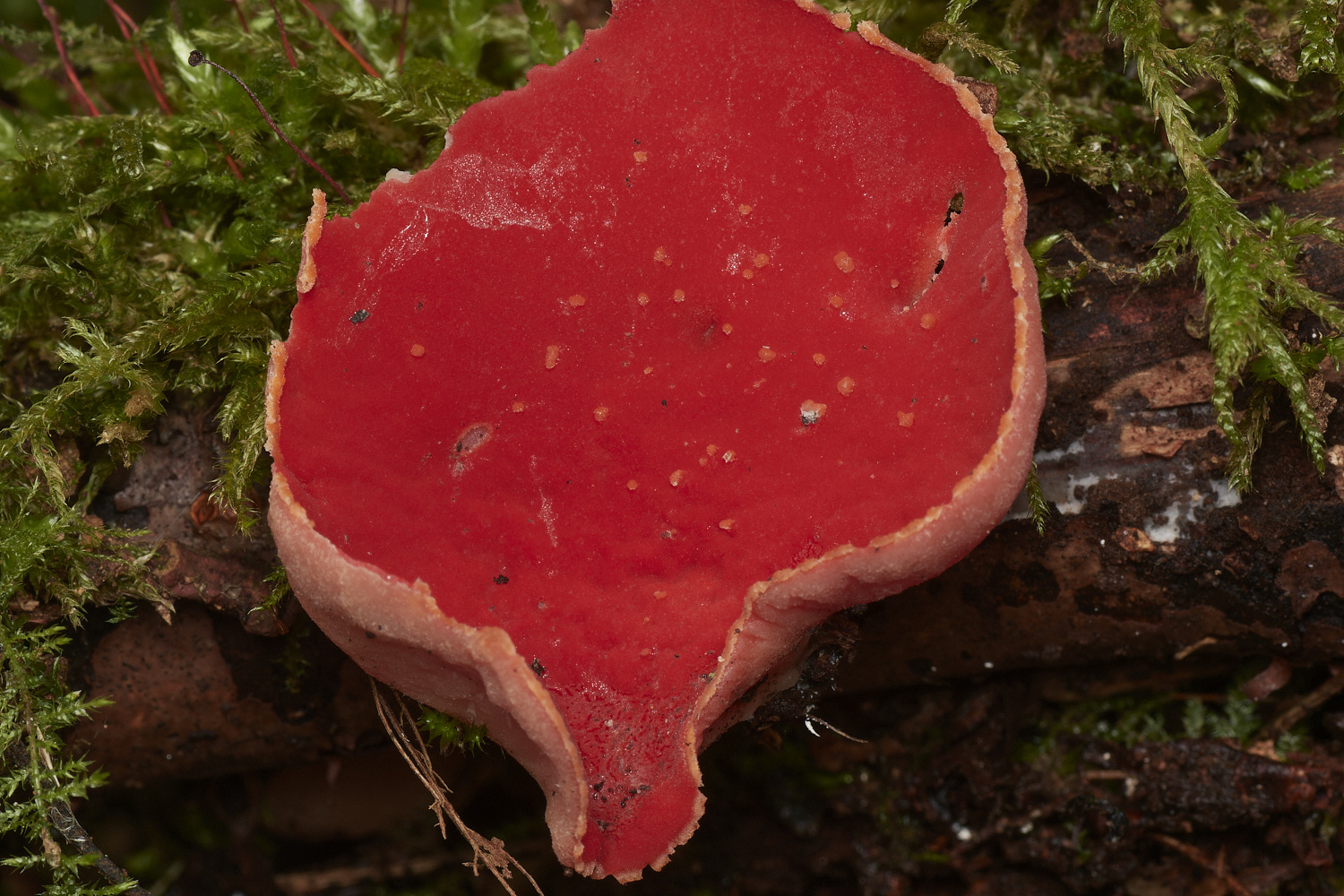
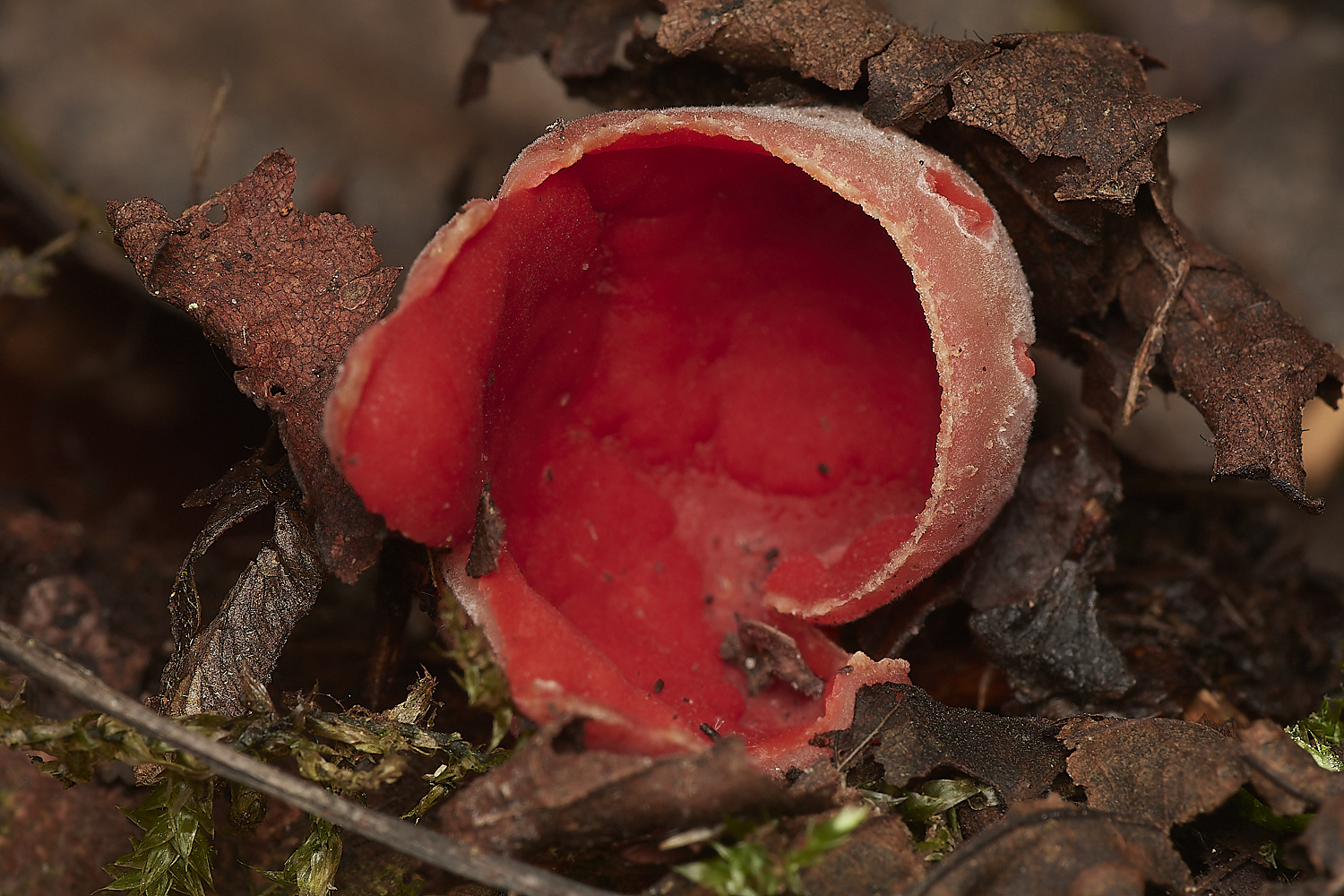
Elf Cup Sp (Sarcoscypha Sp)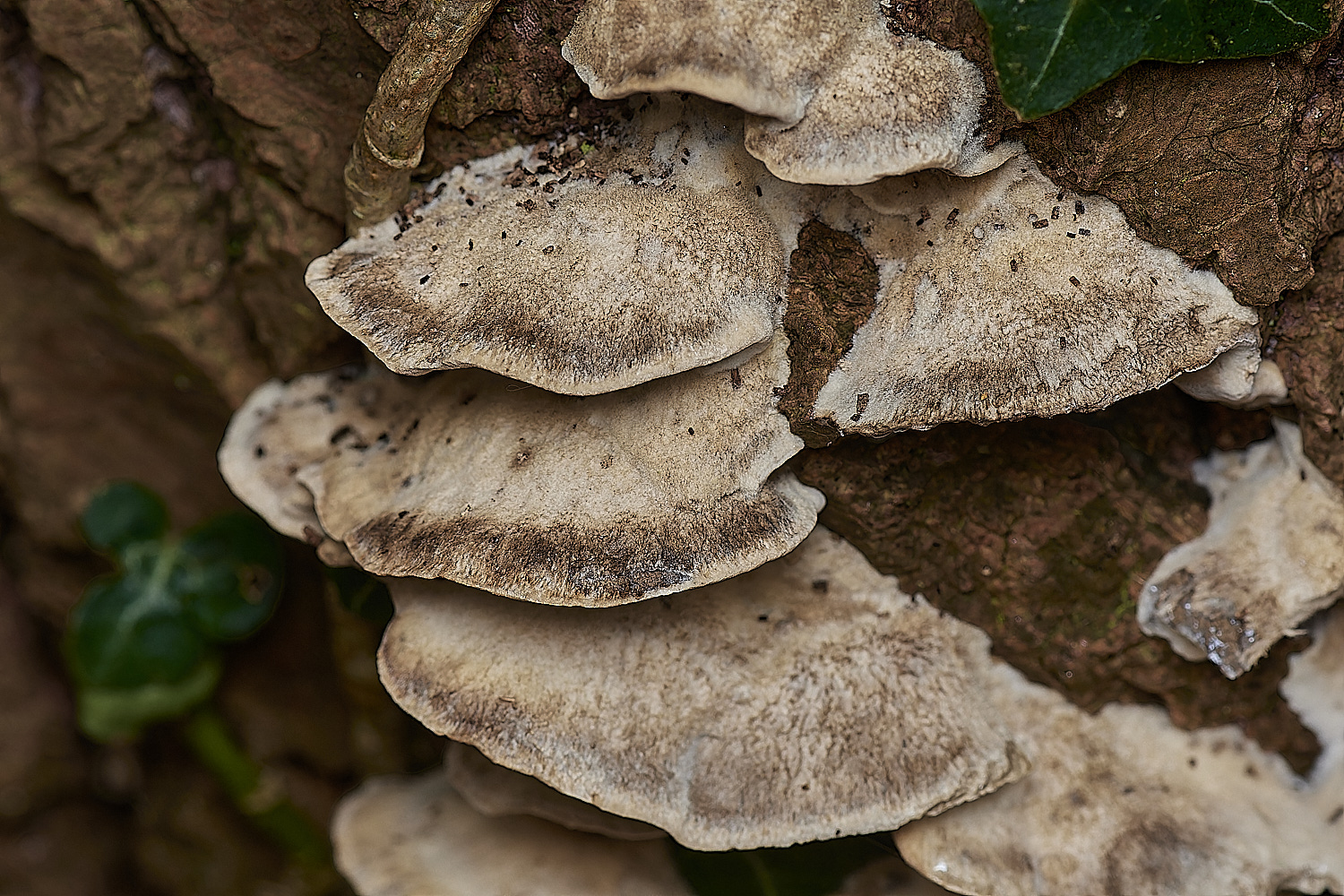
Smokey Bracket (Bjerkandera adusta)
Thompson Common

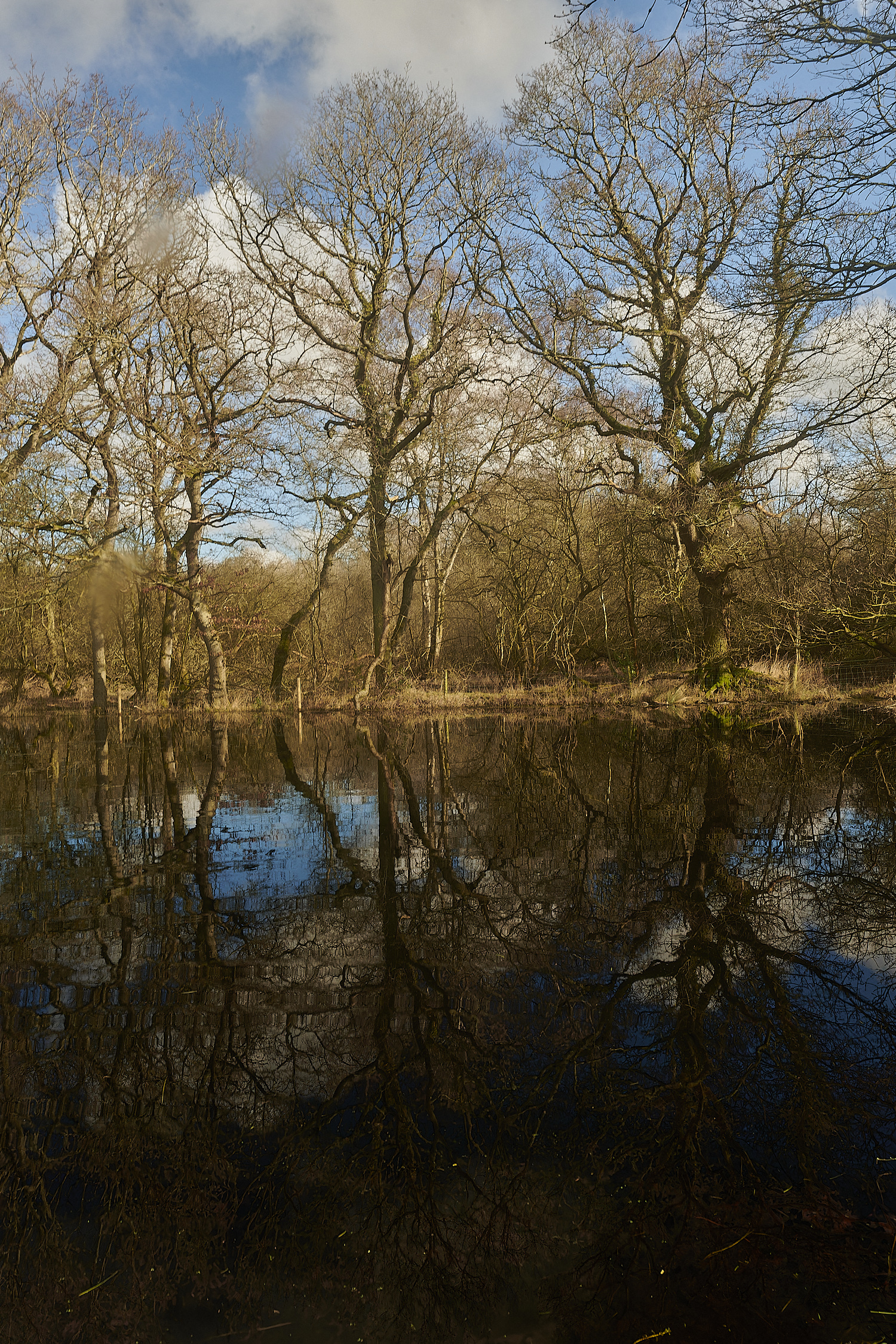
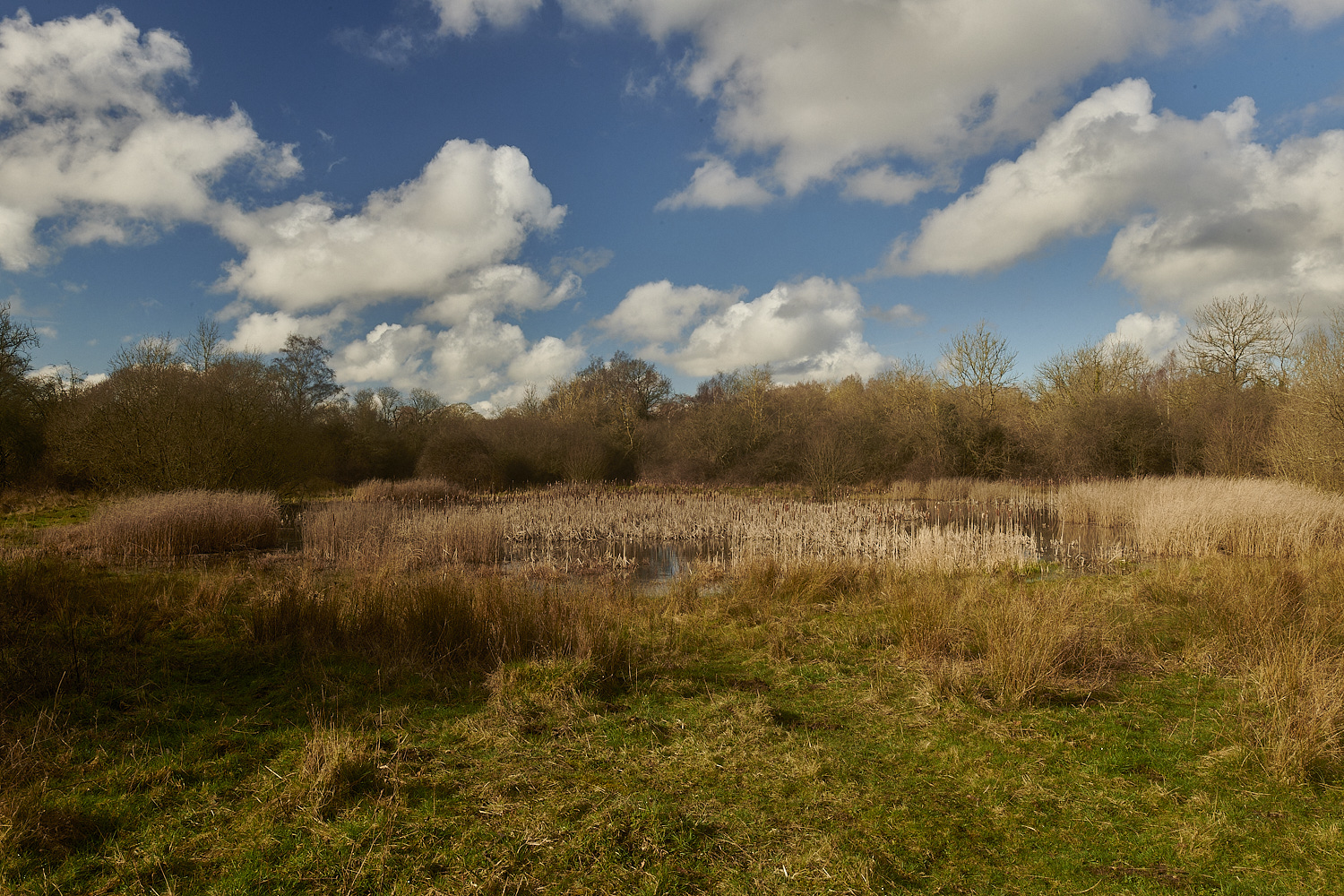
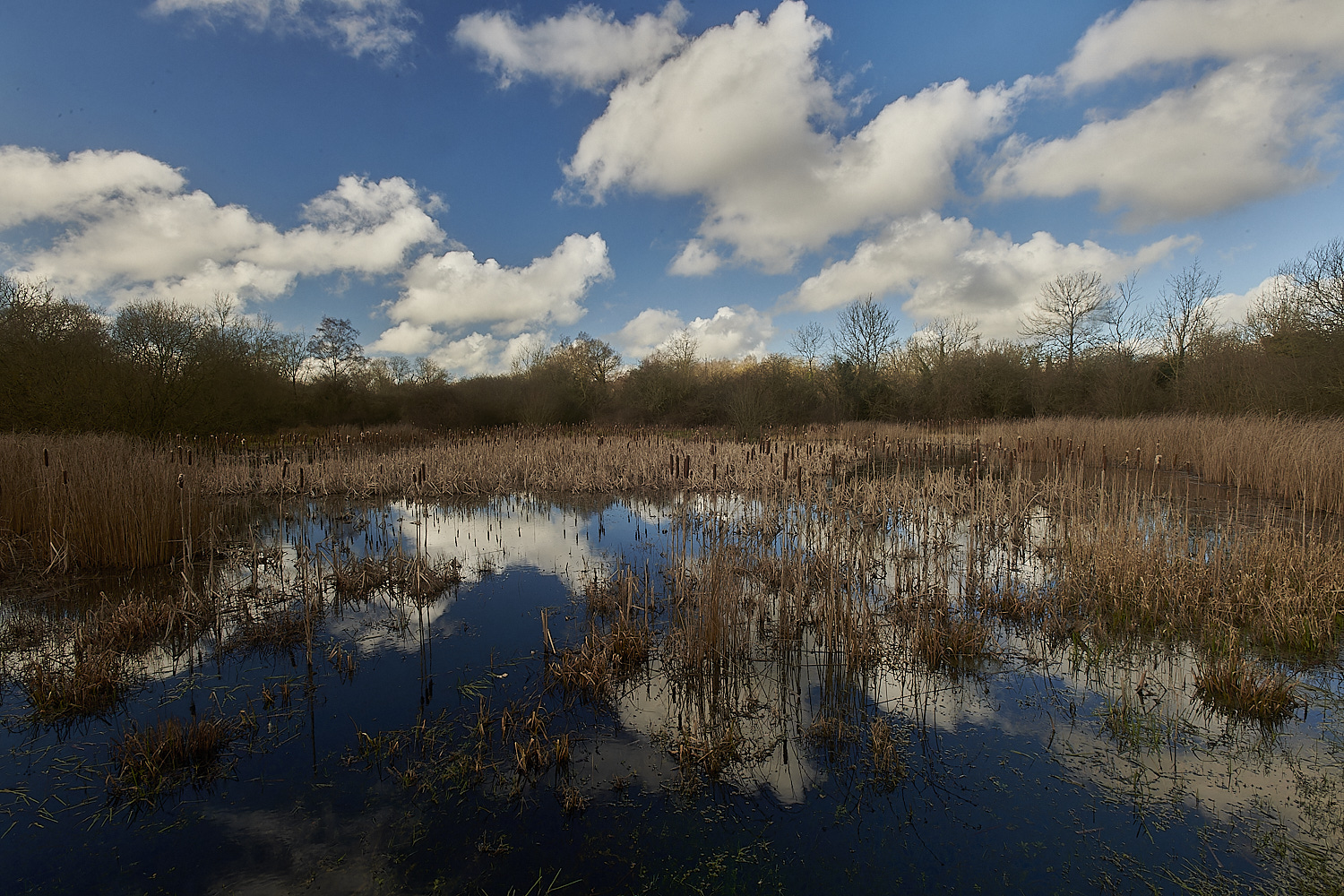








Fringed Heartwort (Ricciarpos natans) just surfaced from the winter underwater world.
Tiny hearts spreading across the surface of the pingo.
A complete lack of the purple ventral scales seen in the images below from last June. Clear new out growths seen on the floating bodies, which can be seen in the above image.
Slightly more clearly in the enlarged images here.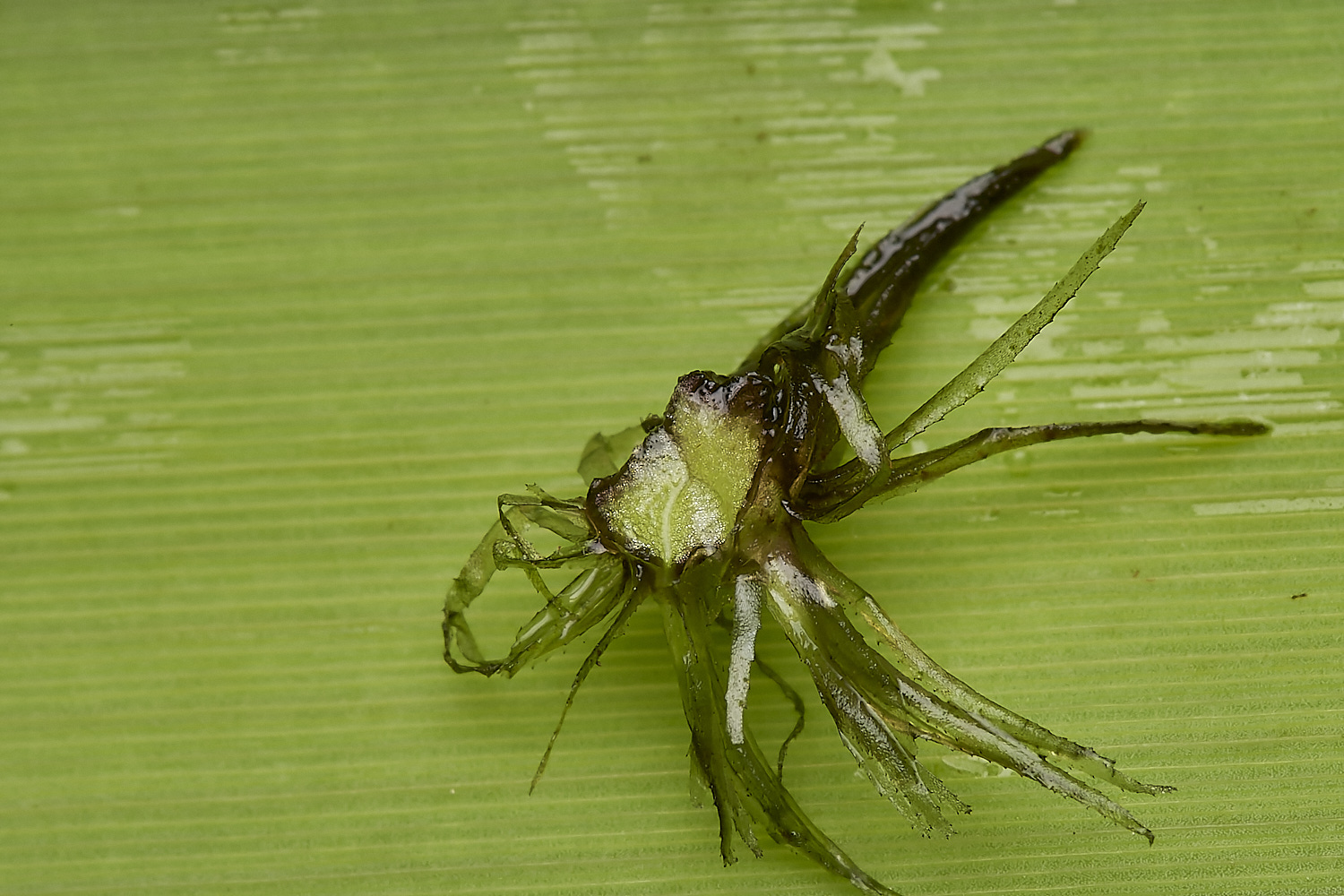
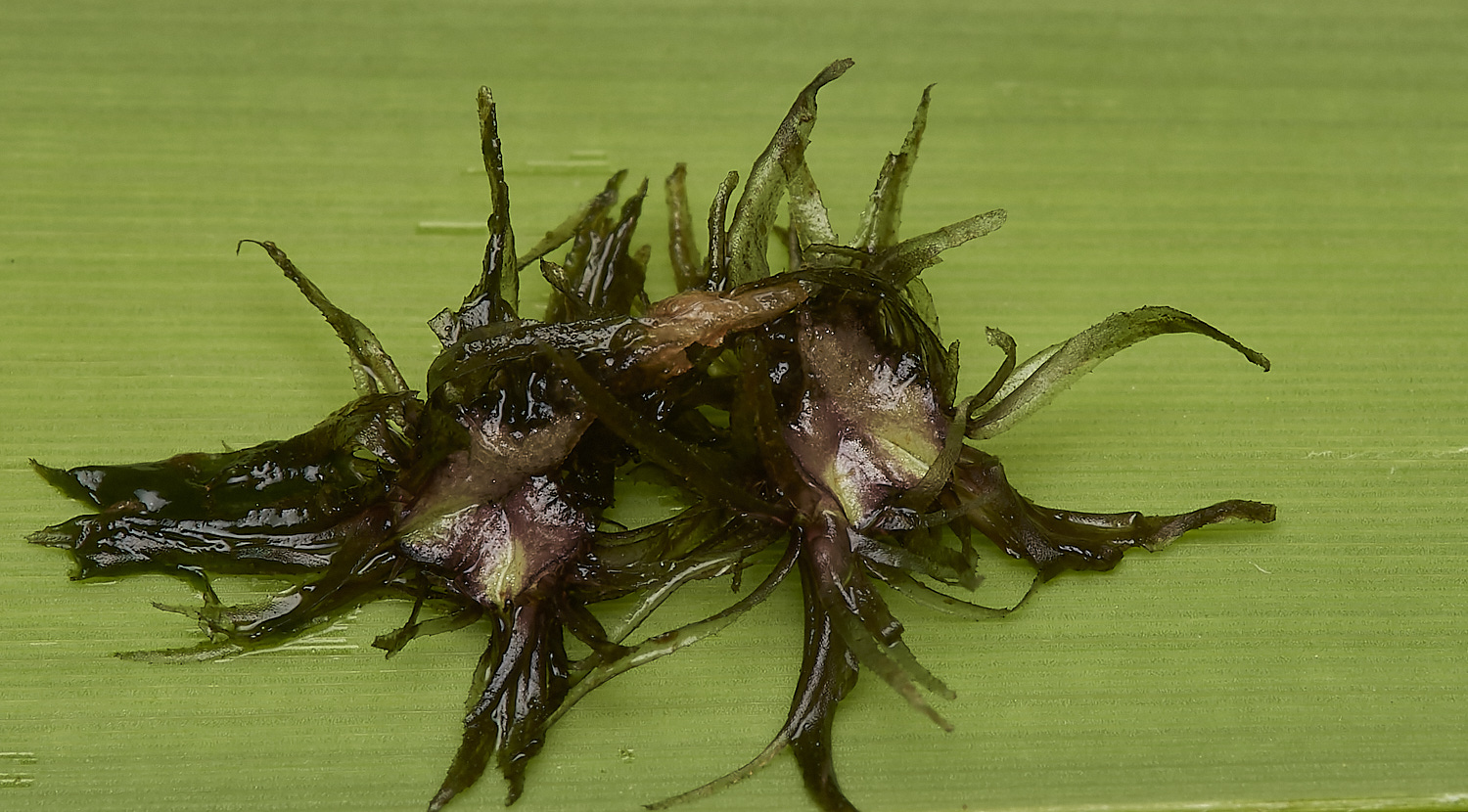
Fringed Heartwort (Ricciocarpos natans) June 23


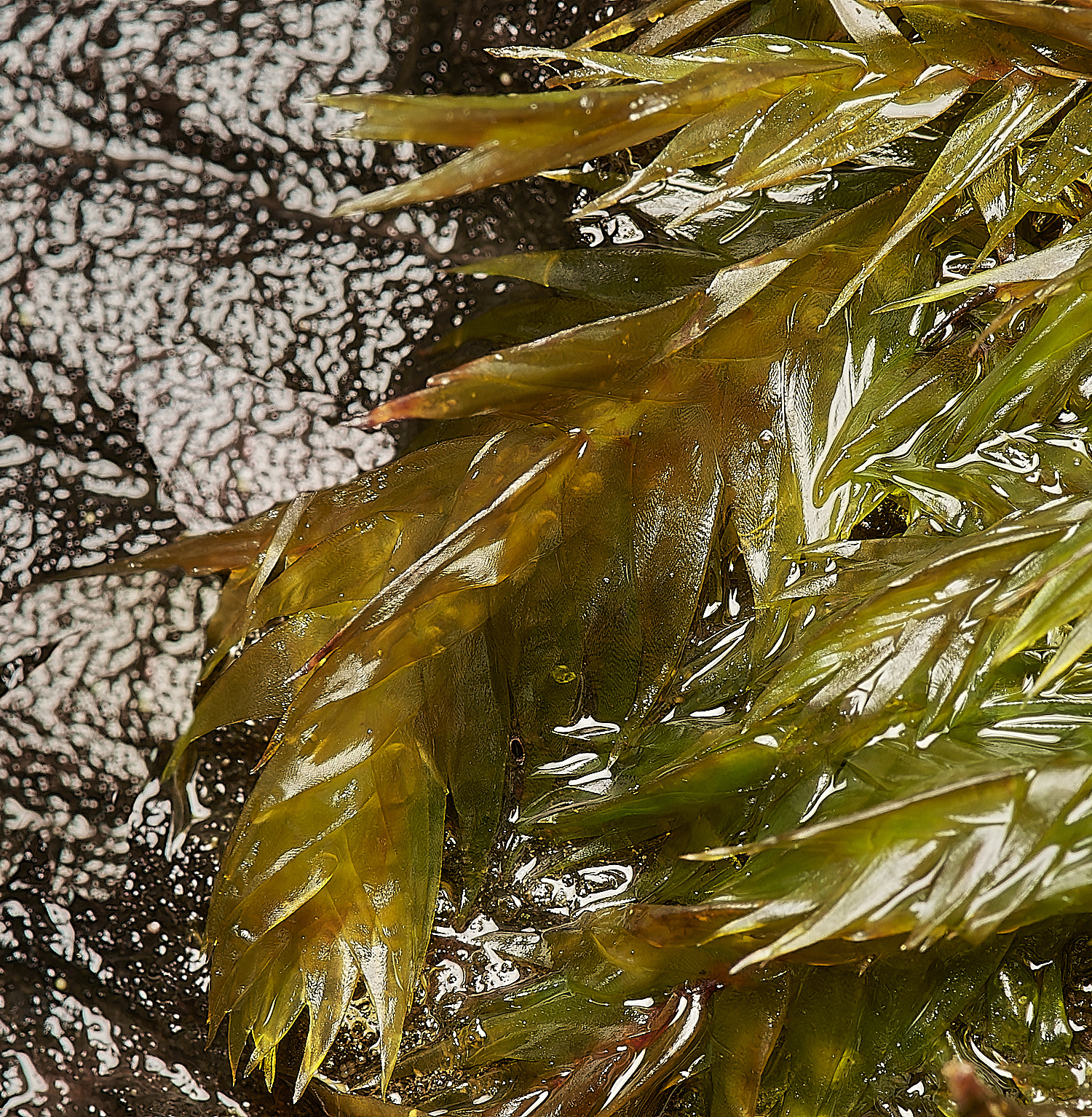
Willow-moss (Fotanalis antipyretica)

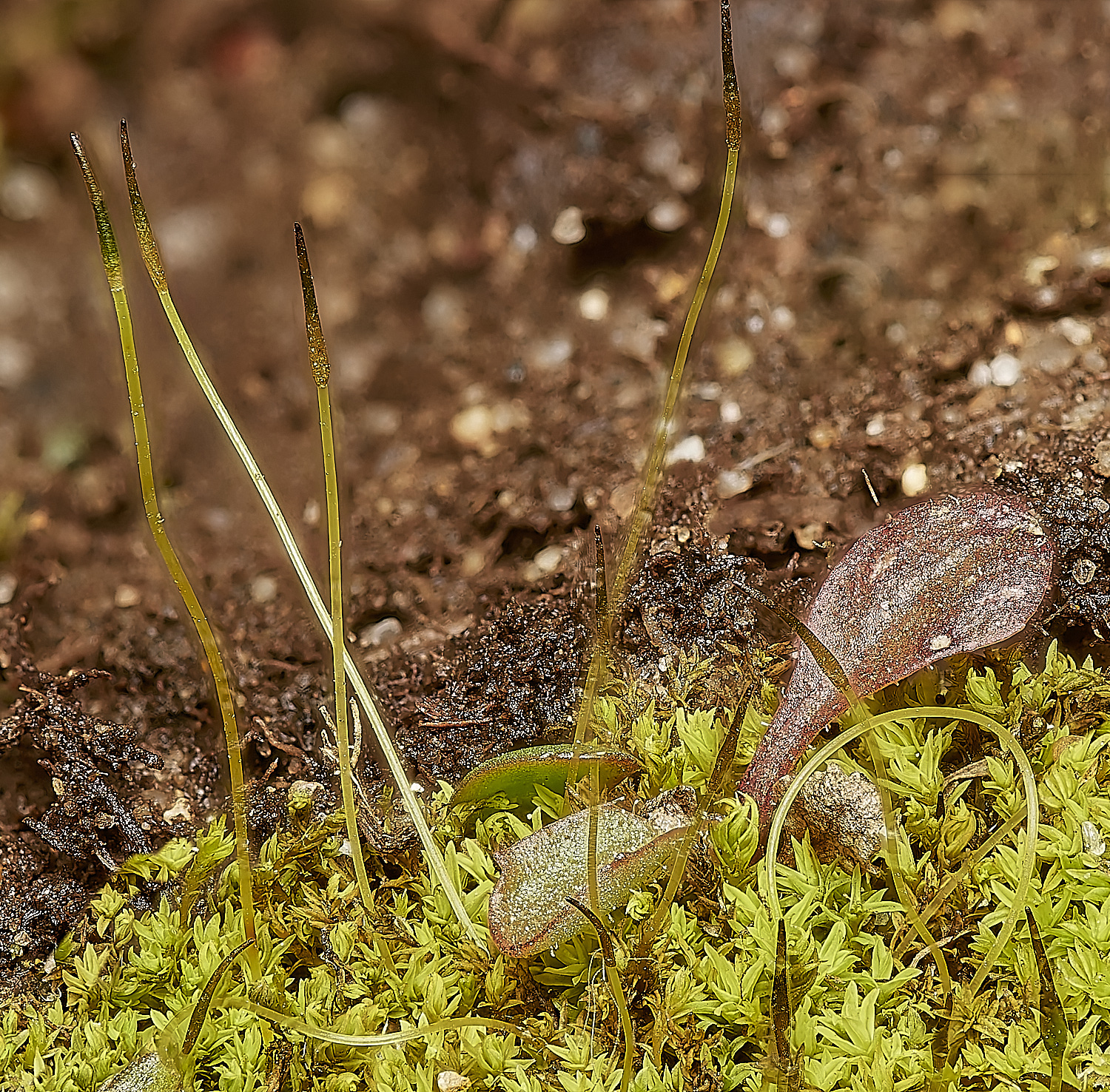
Fruiting Hornshuch's Beard-moss (Pseudocrossidium hornschuchianum)


Bog Groove-moss (Aulucomnium palustre)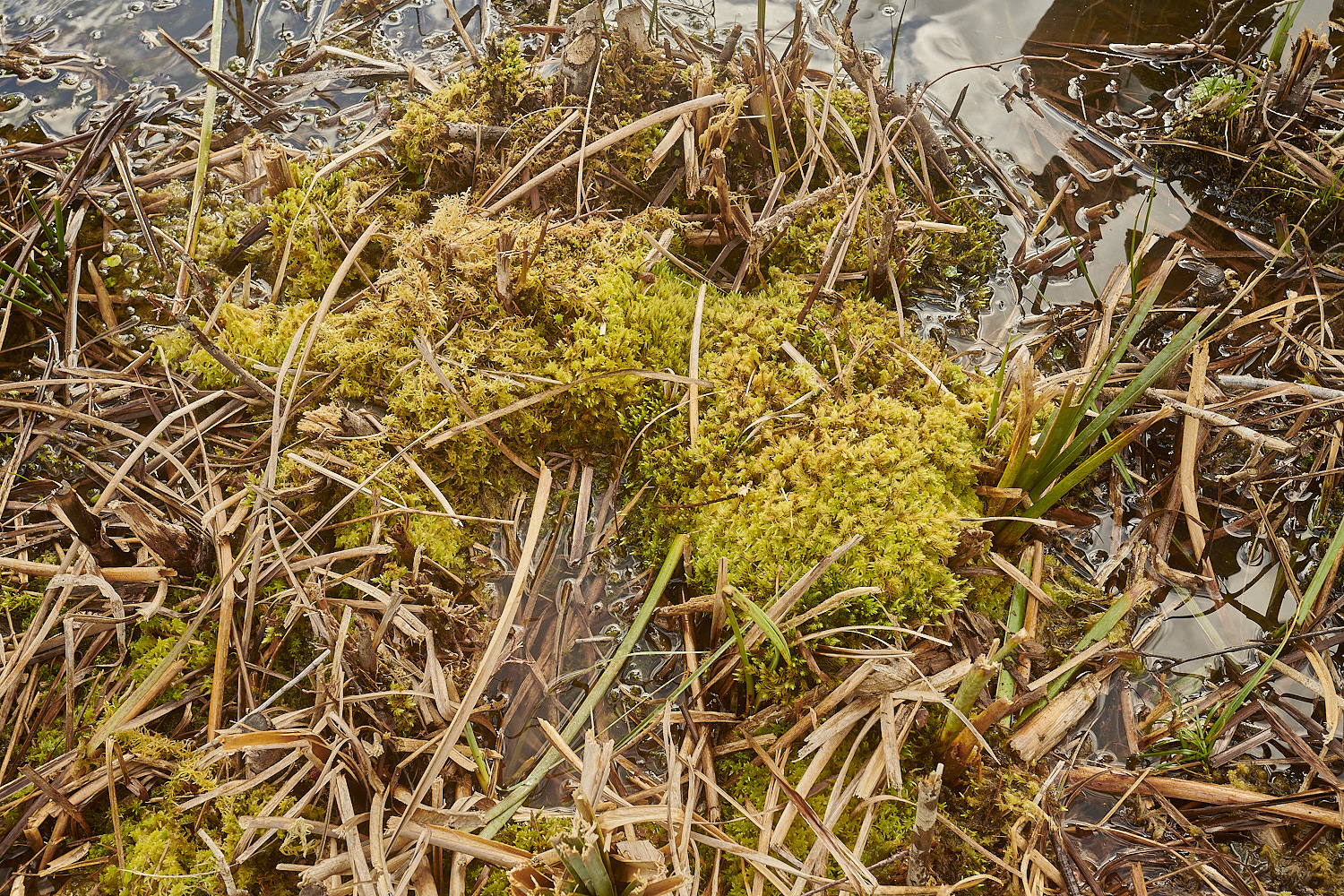
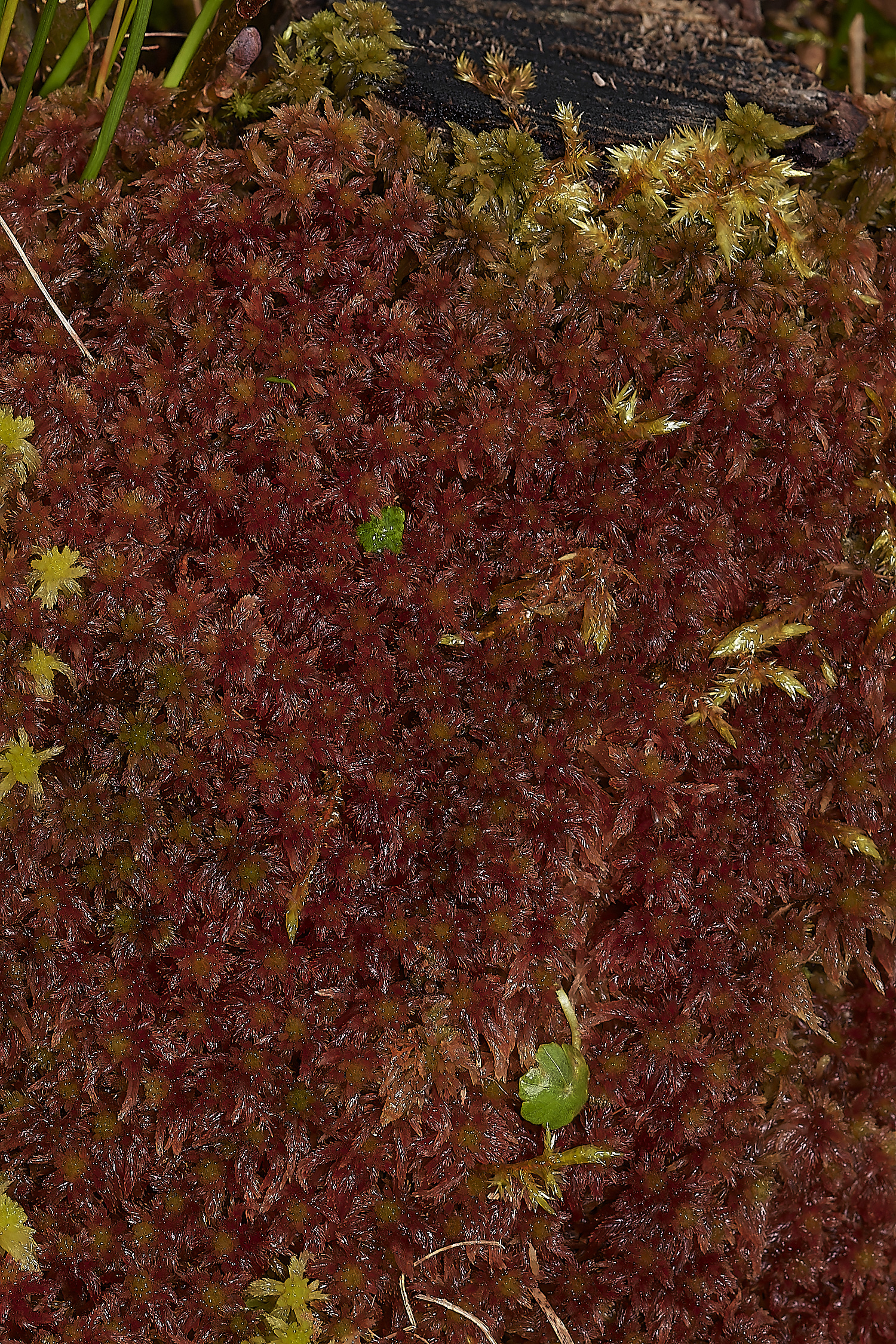
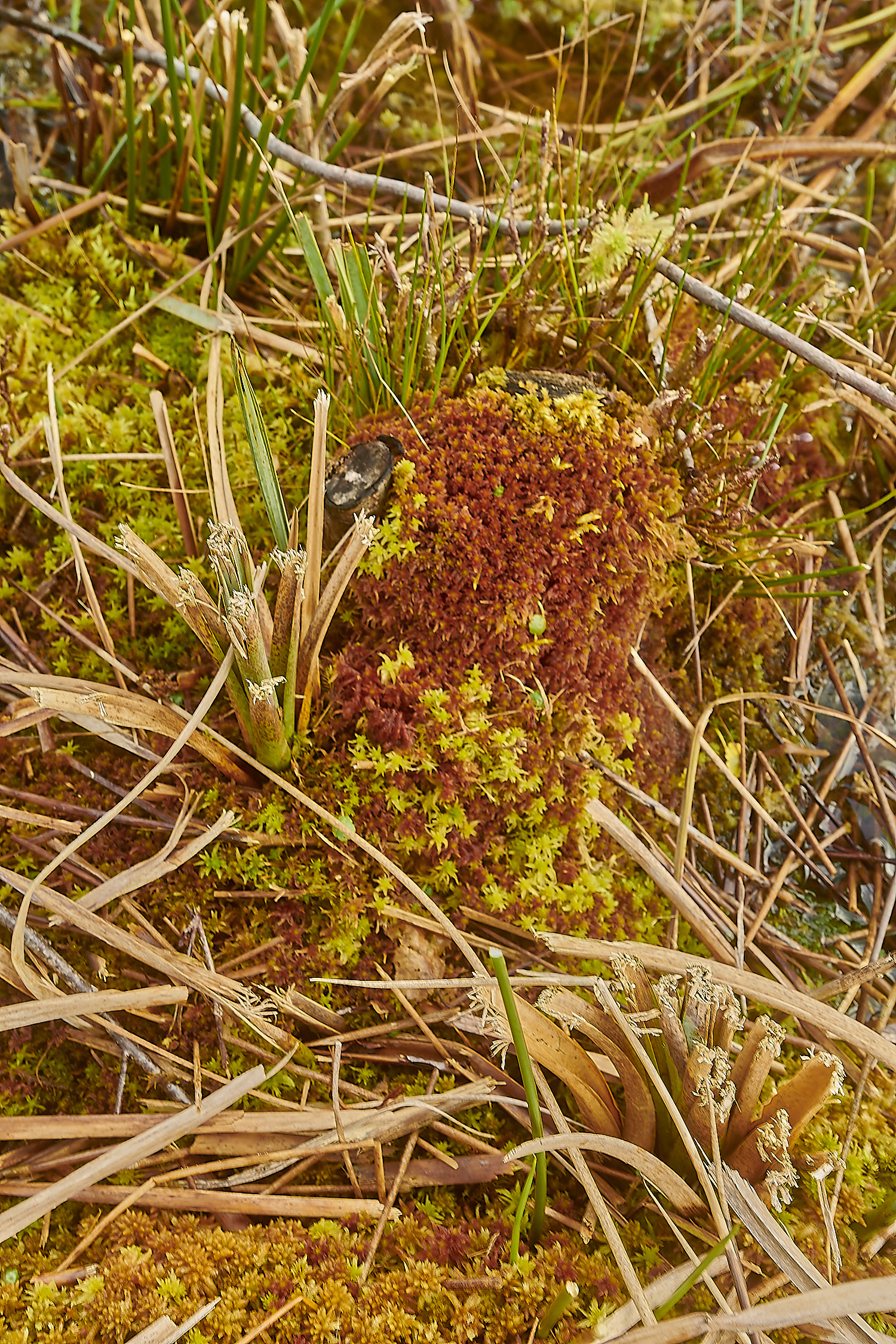
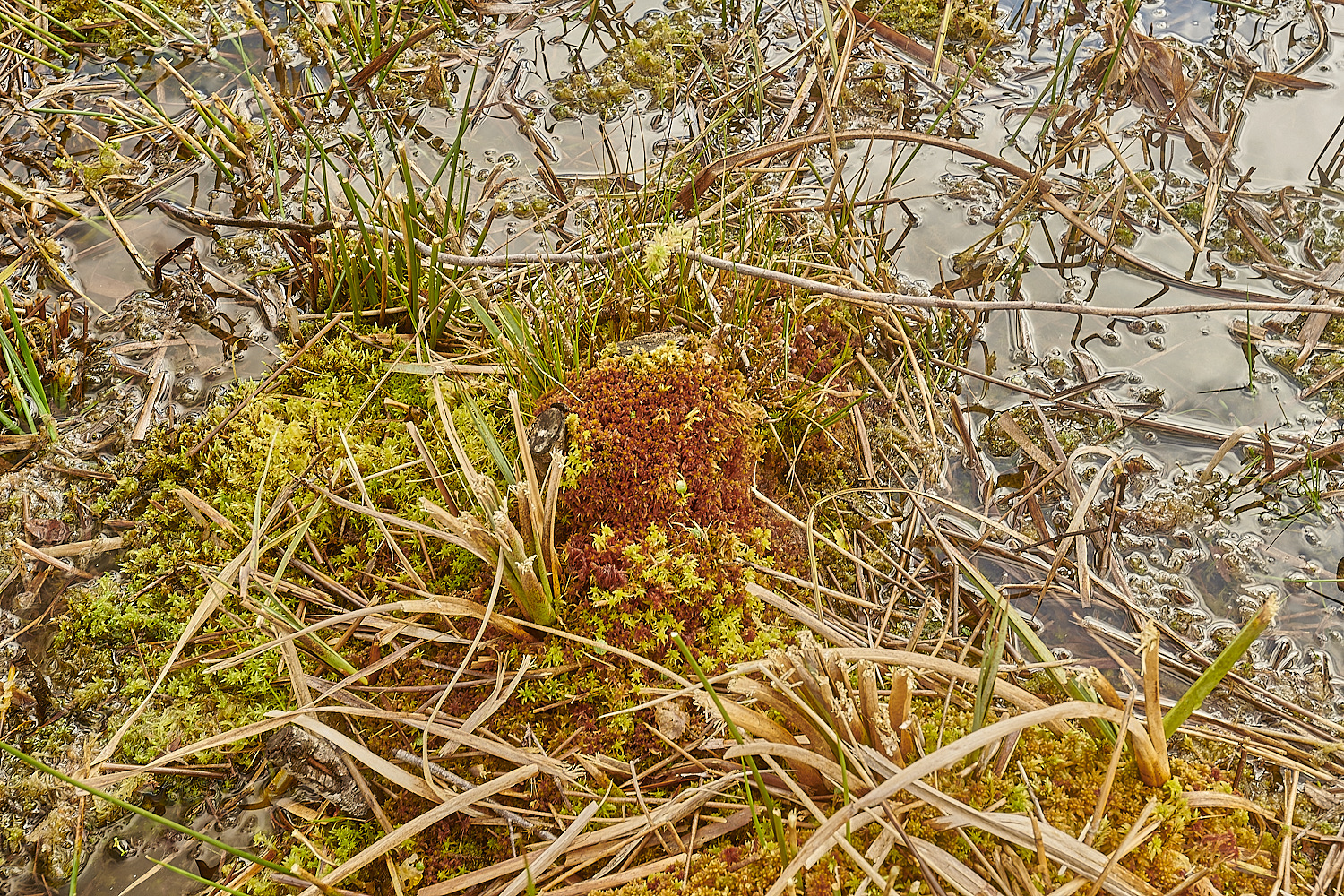
Lustrous Bog-moss (Sphagnum subnitens)_

A small liverwort tucked away in amongst the Sphagnum.
X100
X 200
Liverwort Sp
After much dissection & measuring this was determined to be
Common Pouchwort (Calypogeia fissa)


Great Scented Liverwort/Snakewort (Conocephalum Sp) with new growth.
Fissidens Sp growing on stone.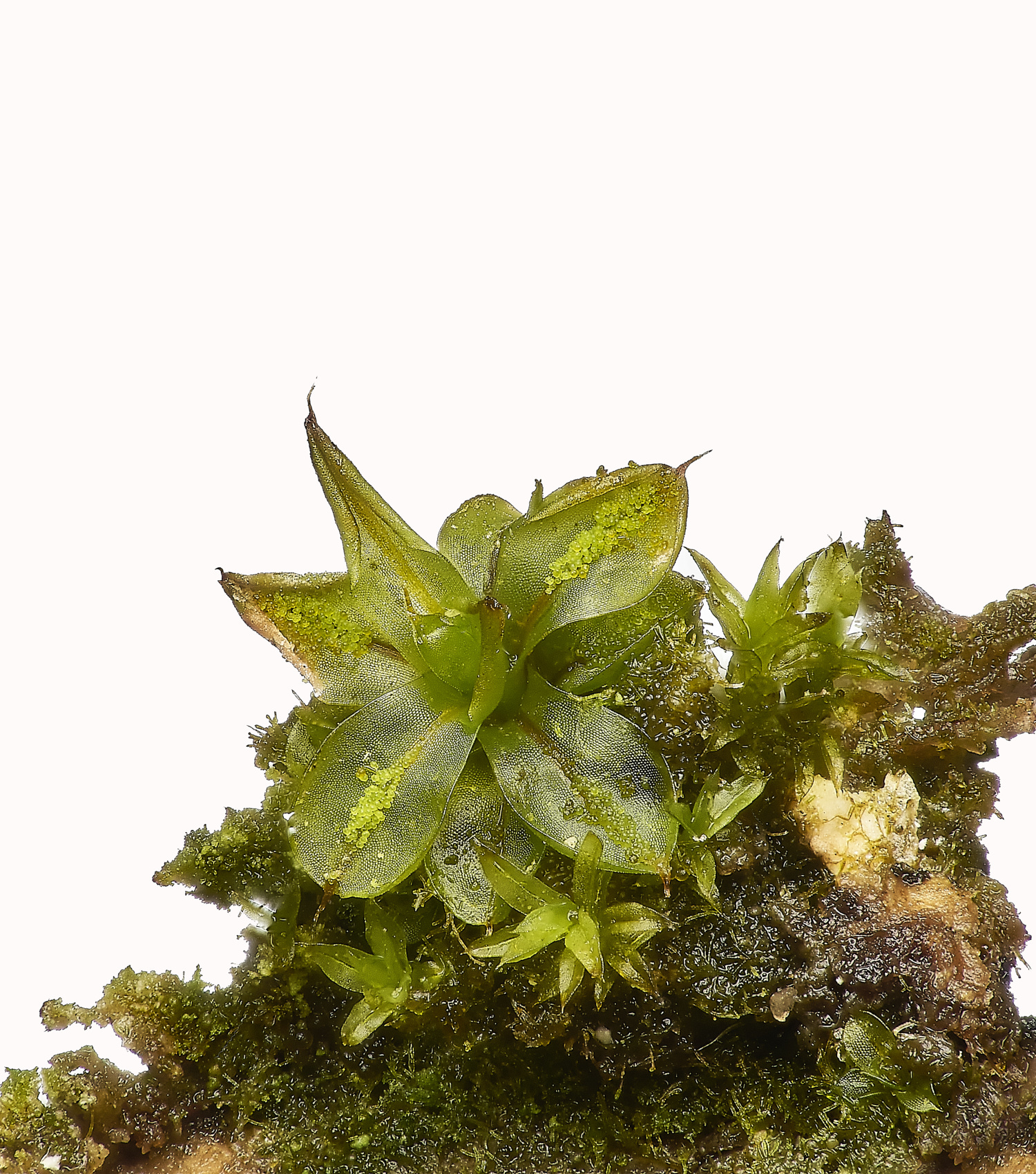
Marble Screw-moss (Syntrichia papillosa)
Aldborough
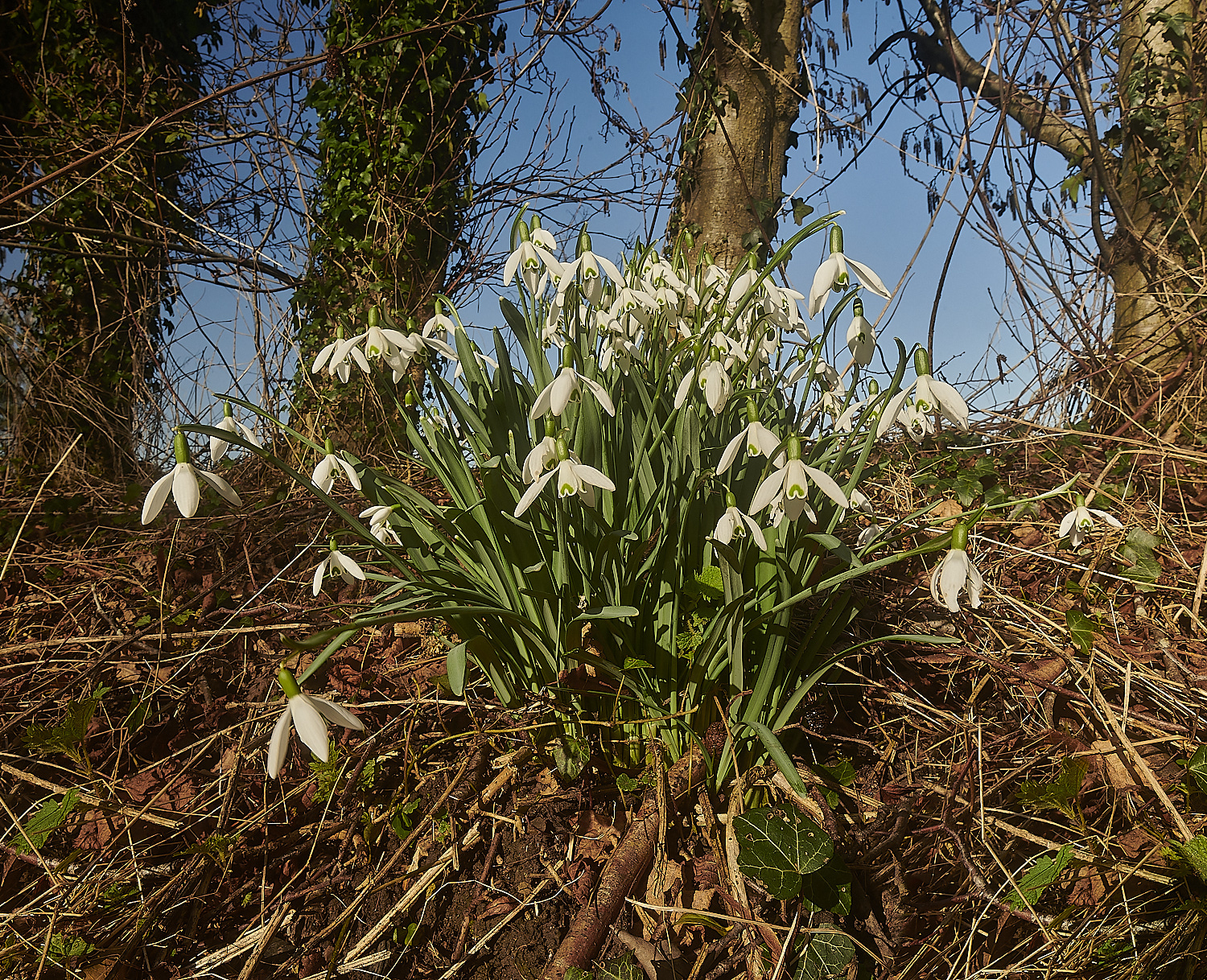
Snowdrop (Galanthus nivalis)
Spring Turf-moss (Rhytidiadelphus squarrosus)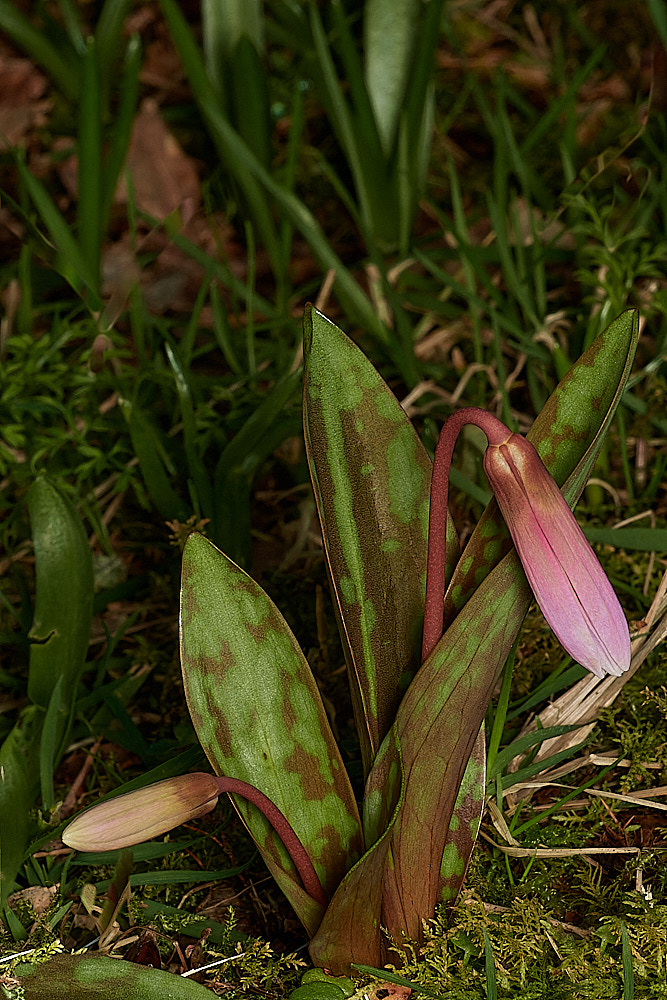
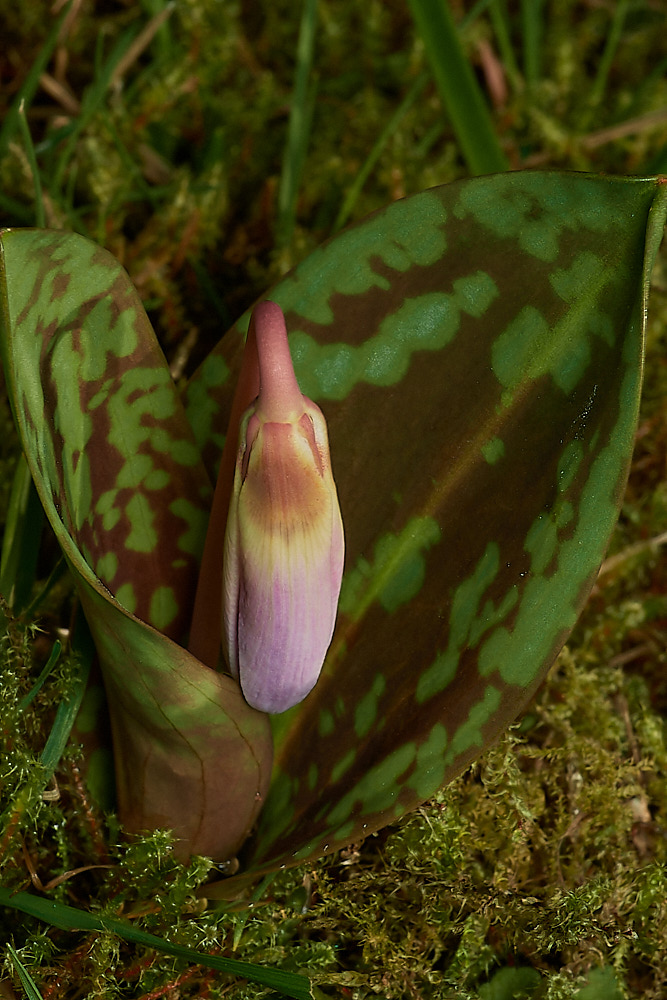


Dog's Tooth Violet (Erythronium dens-canis)

